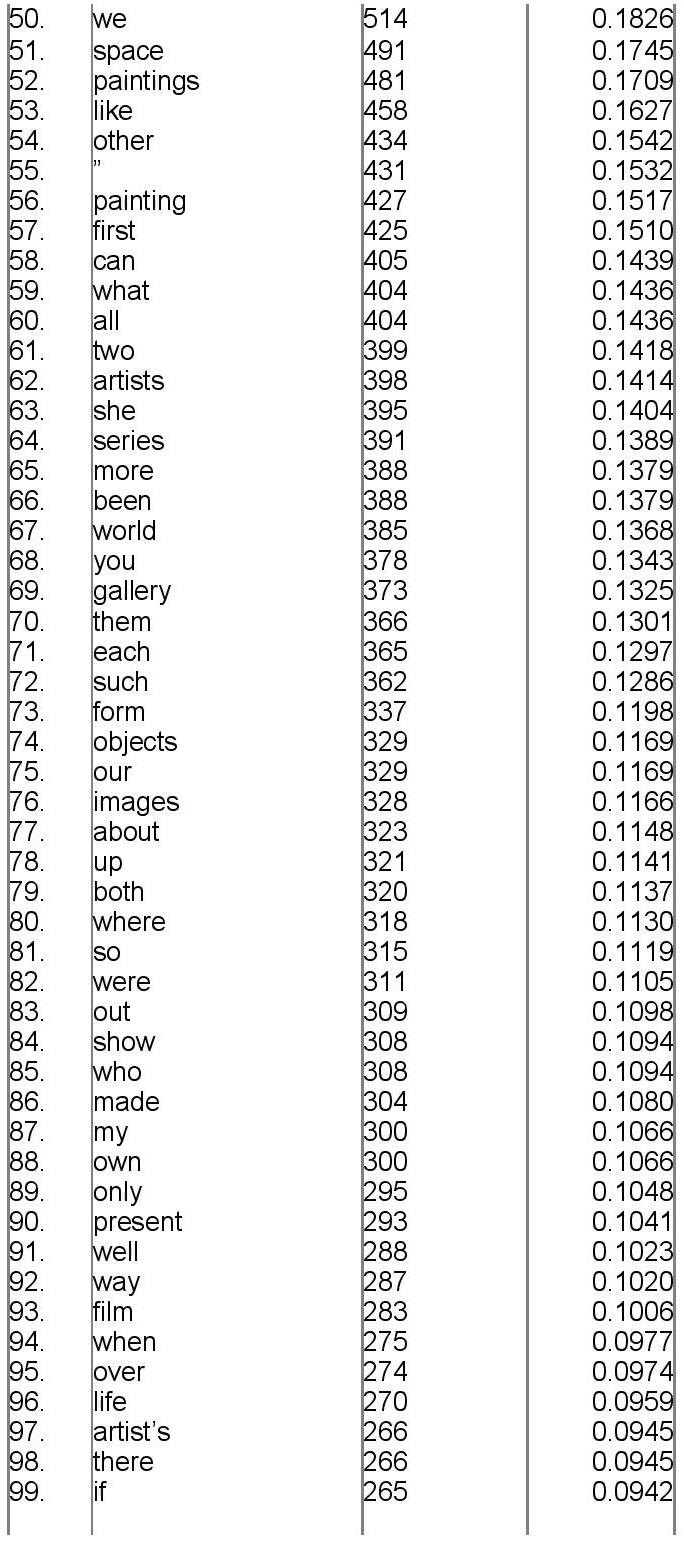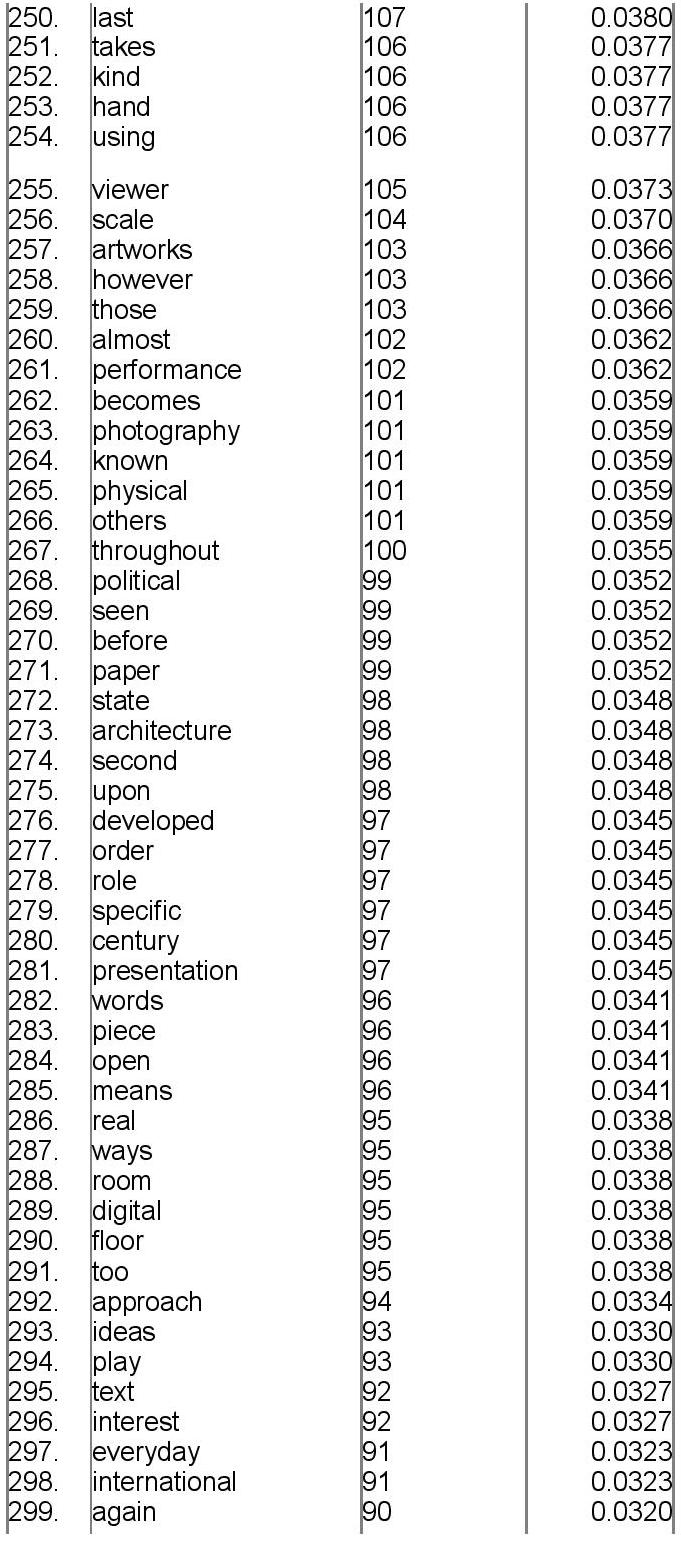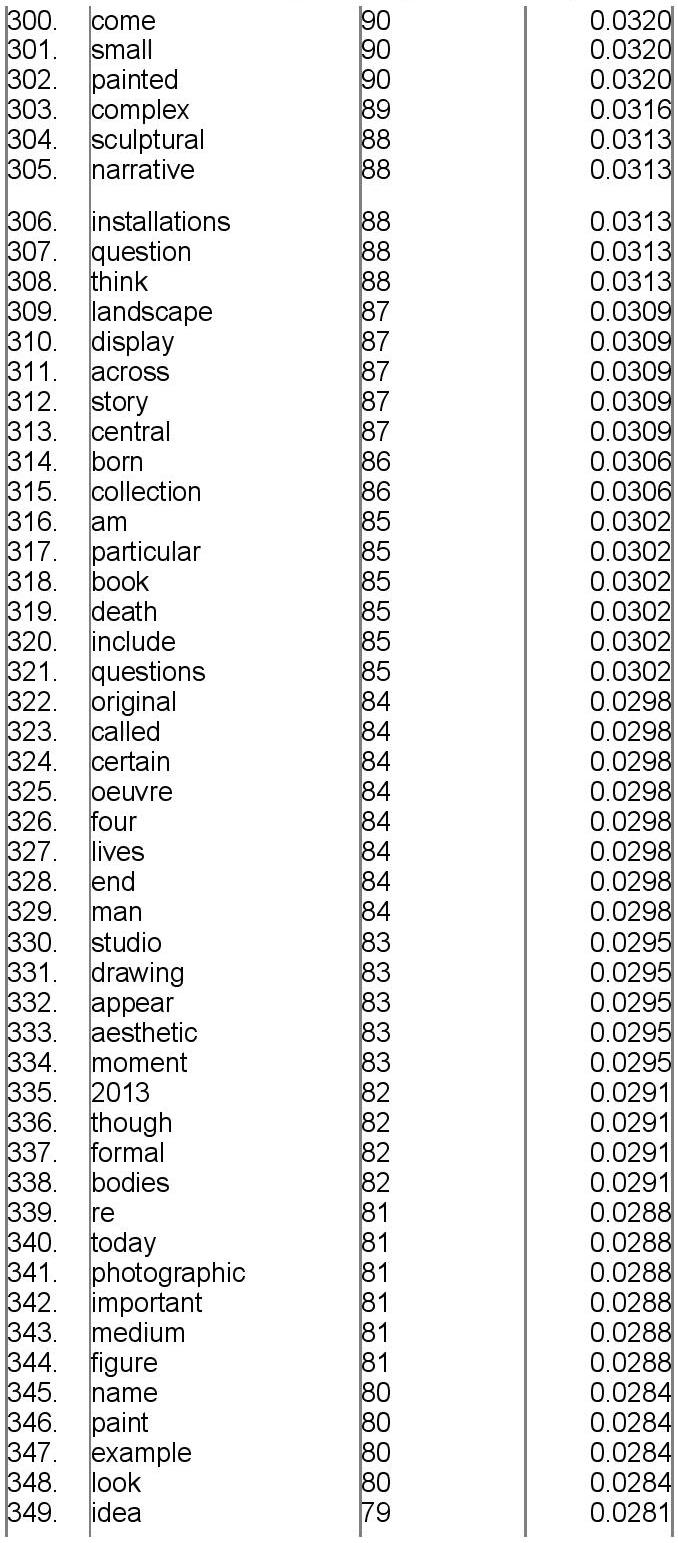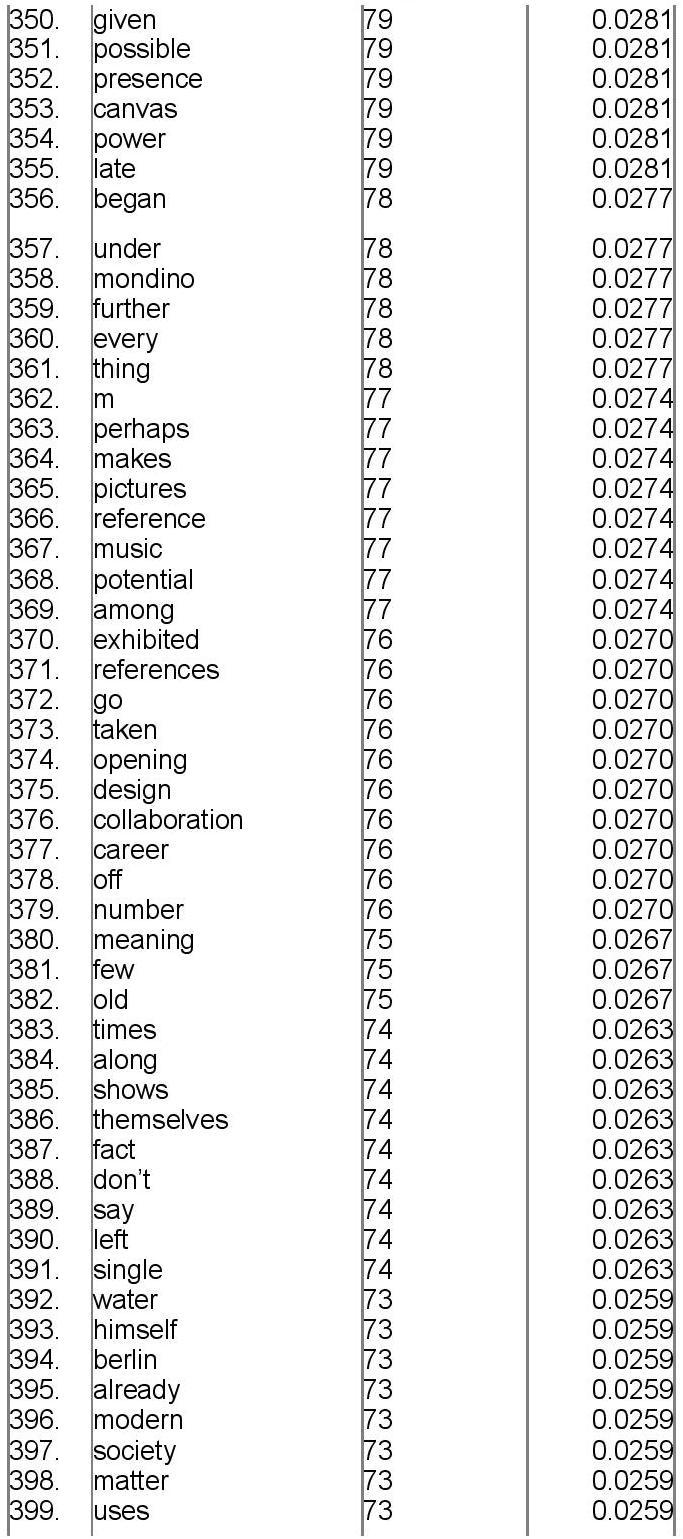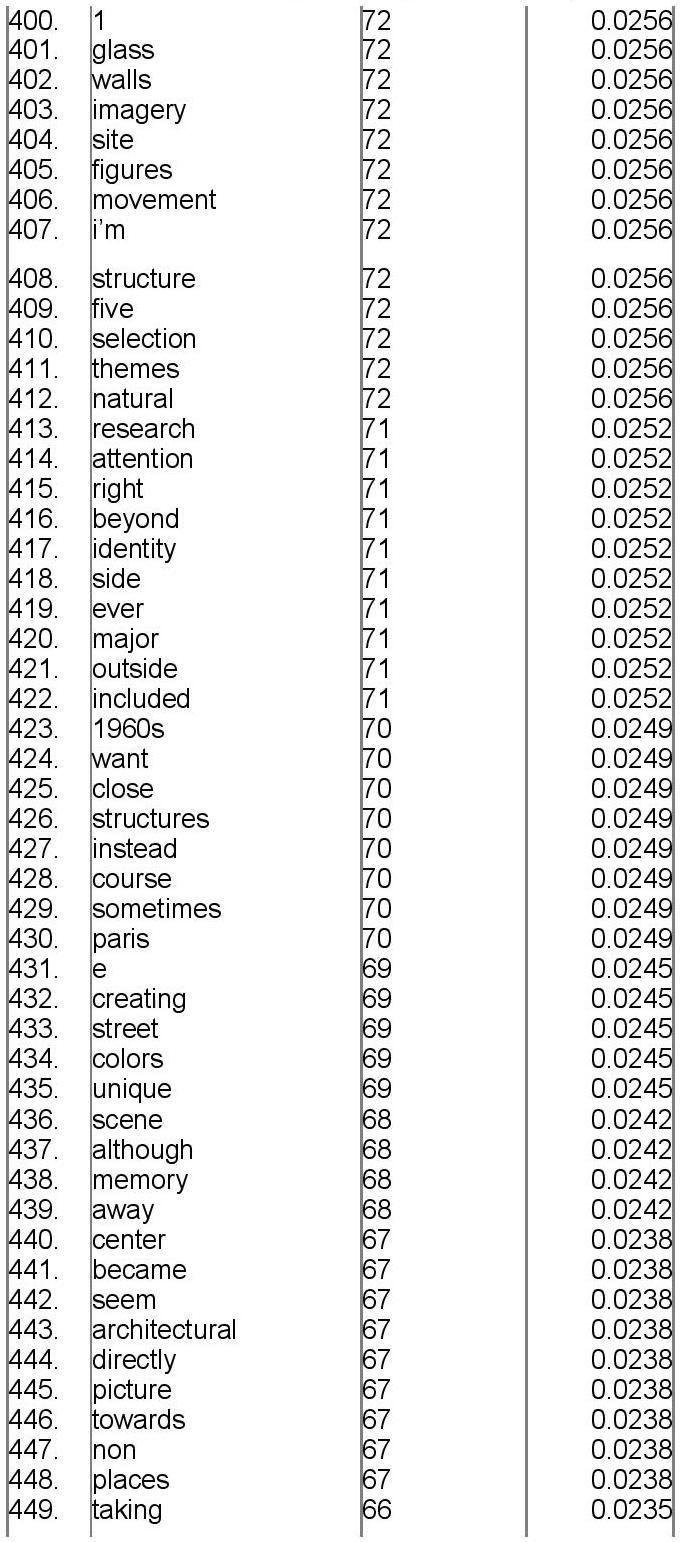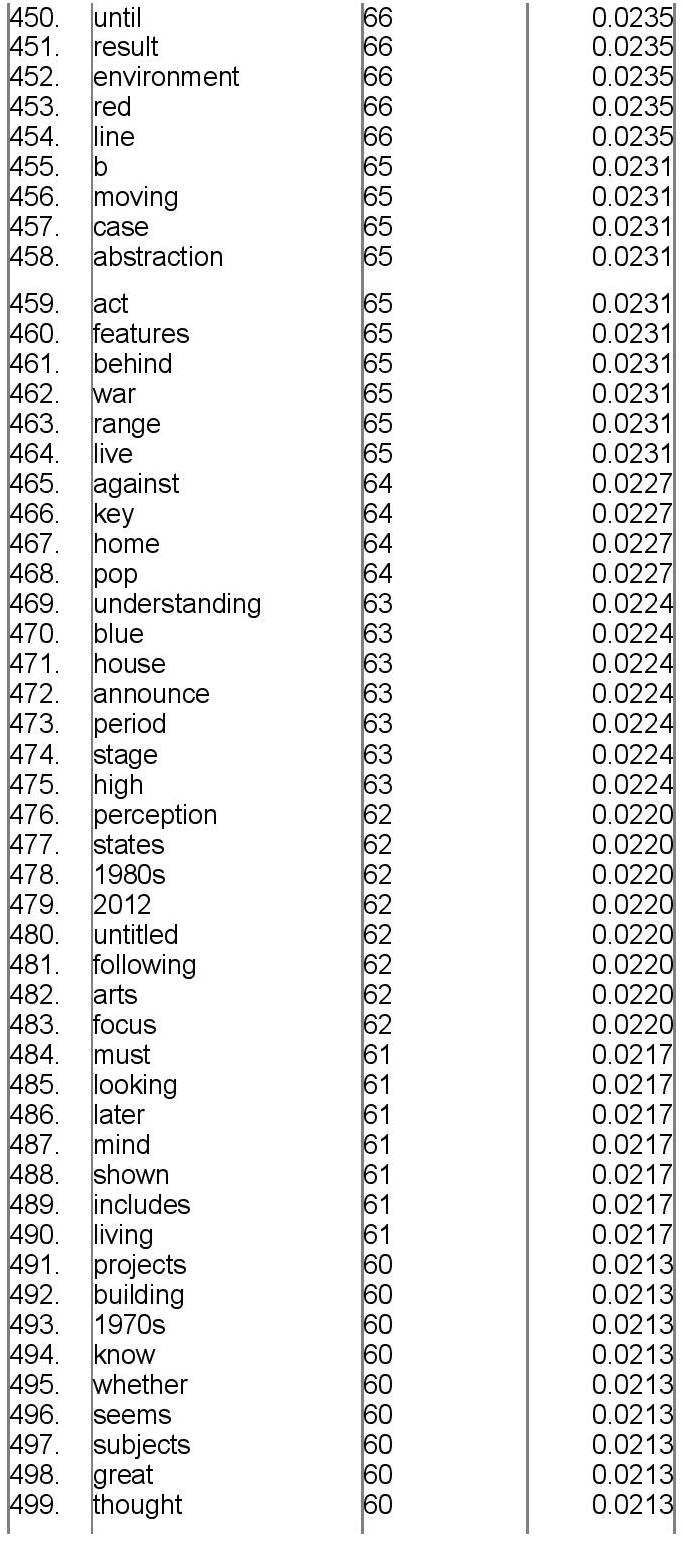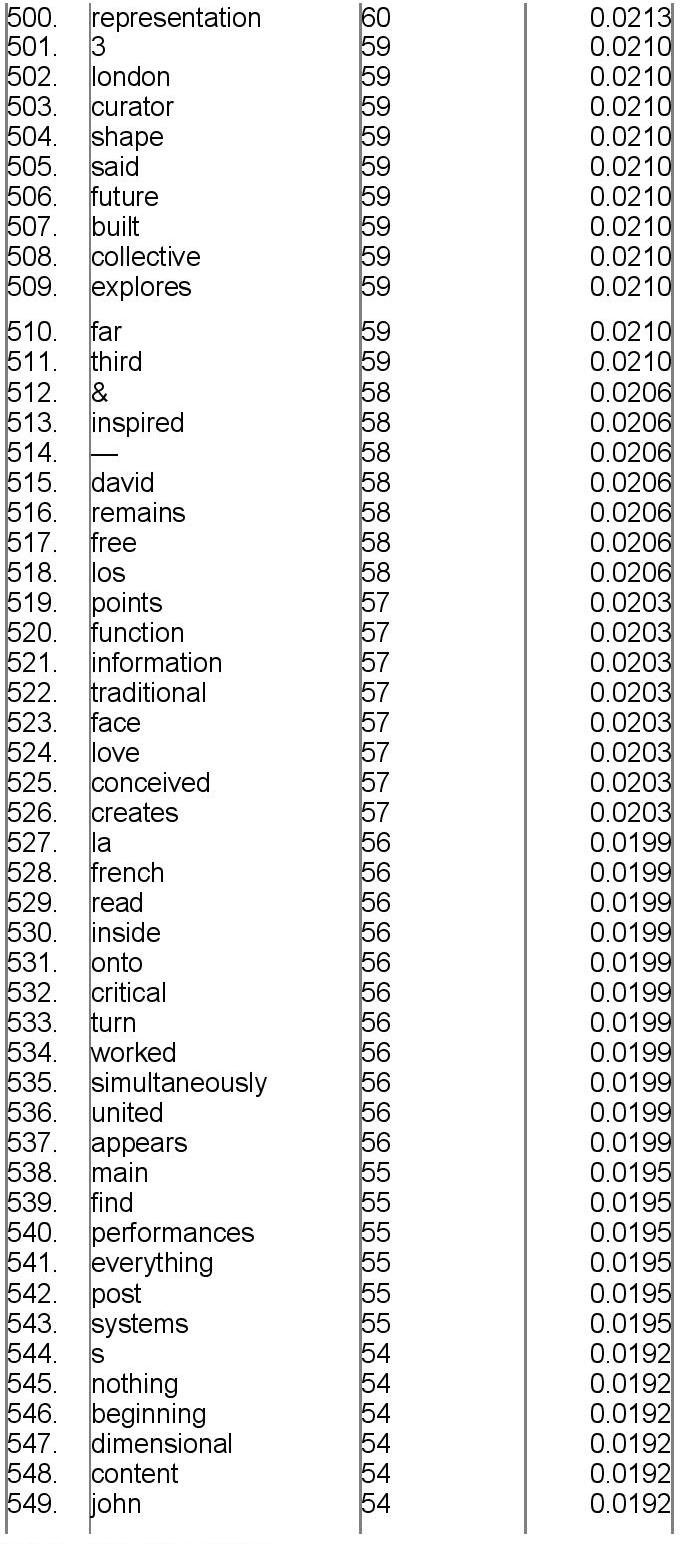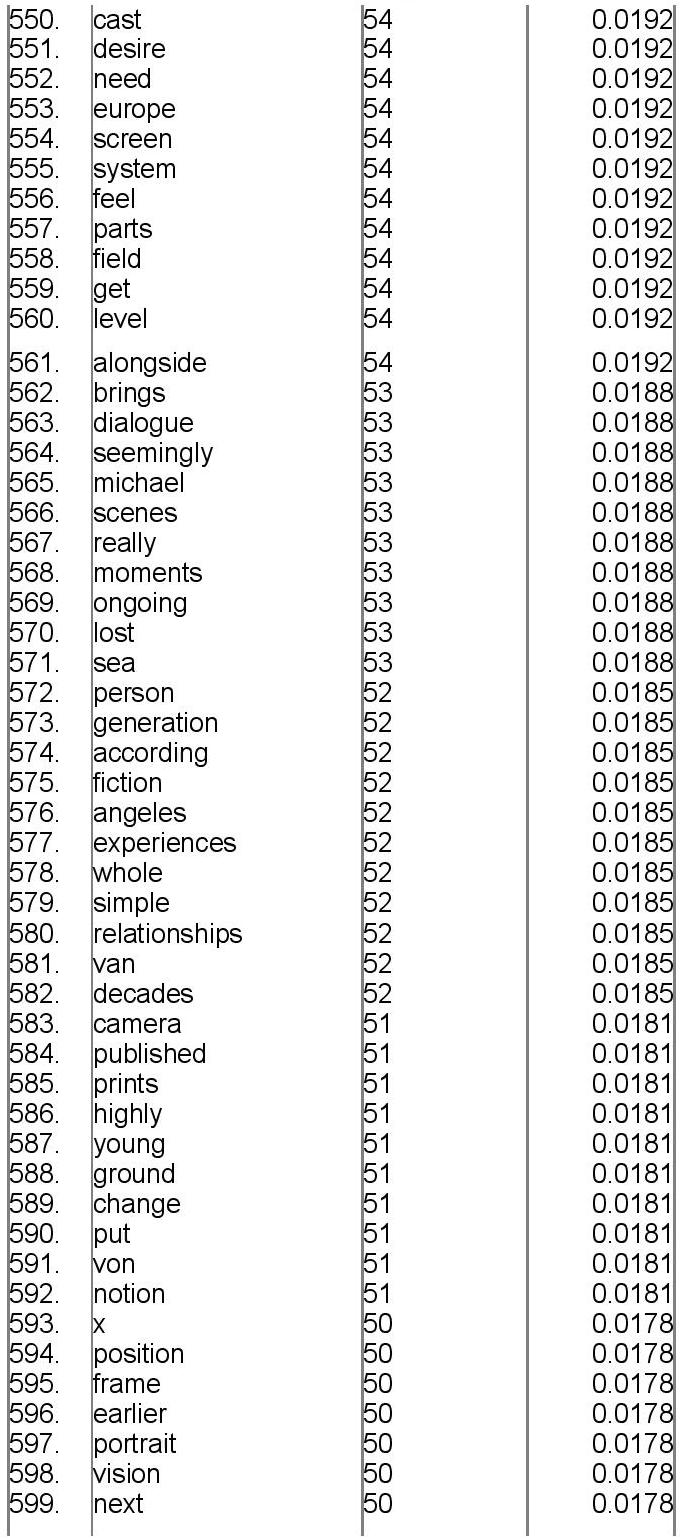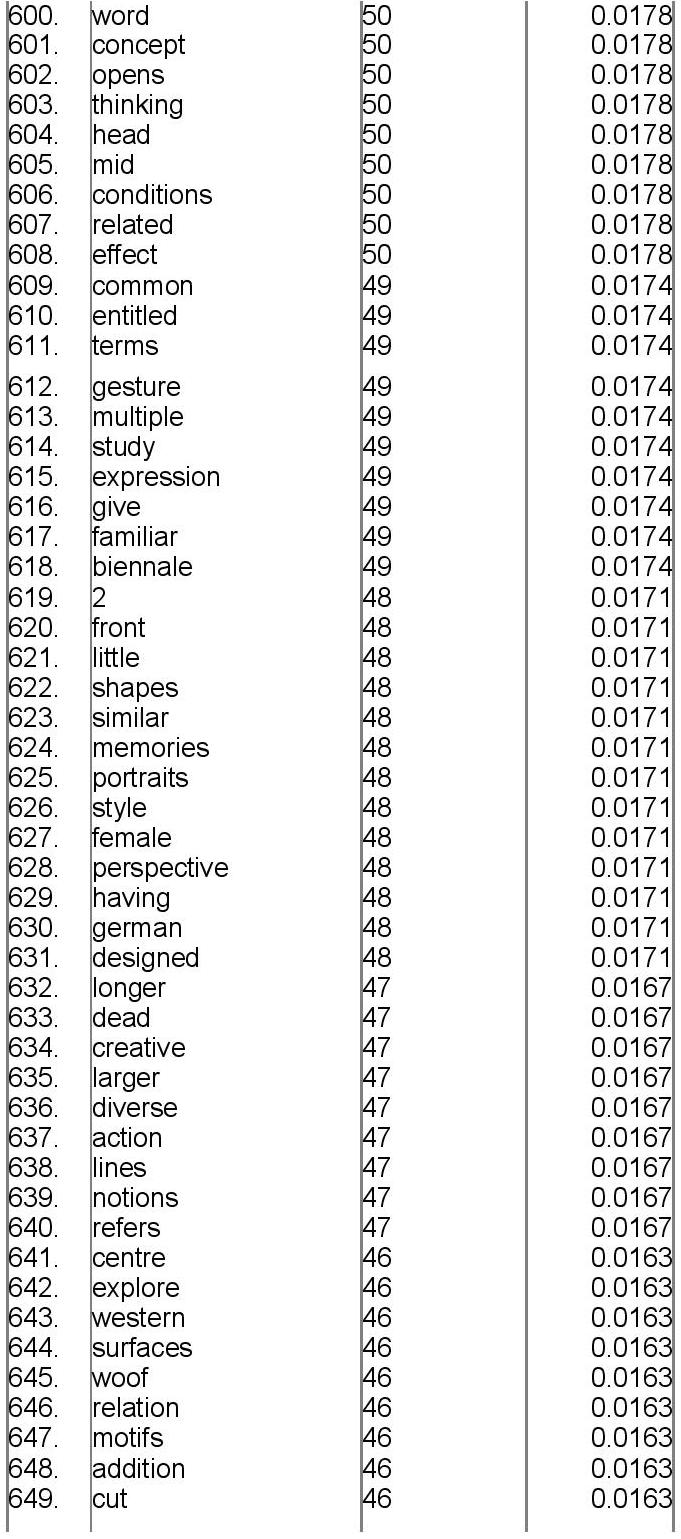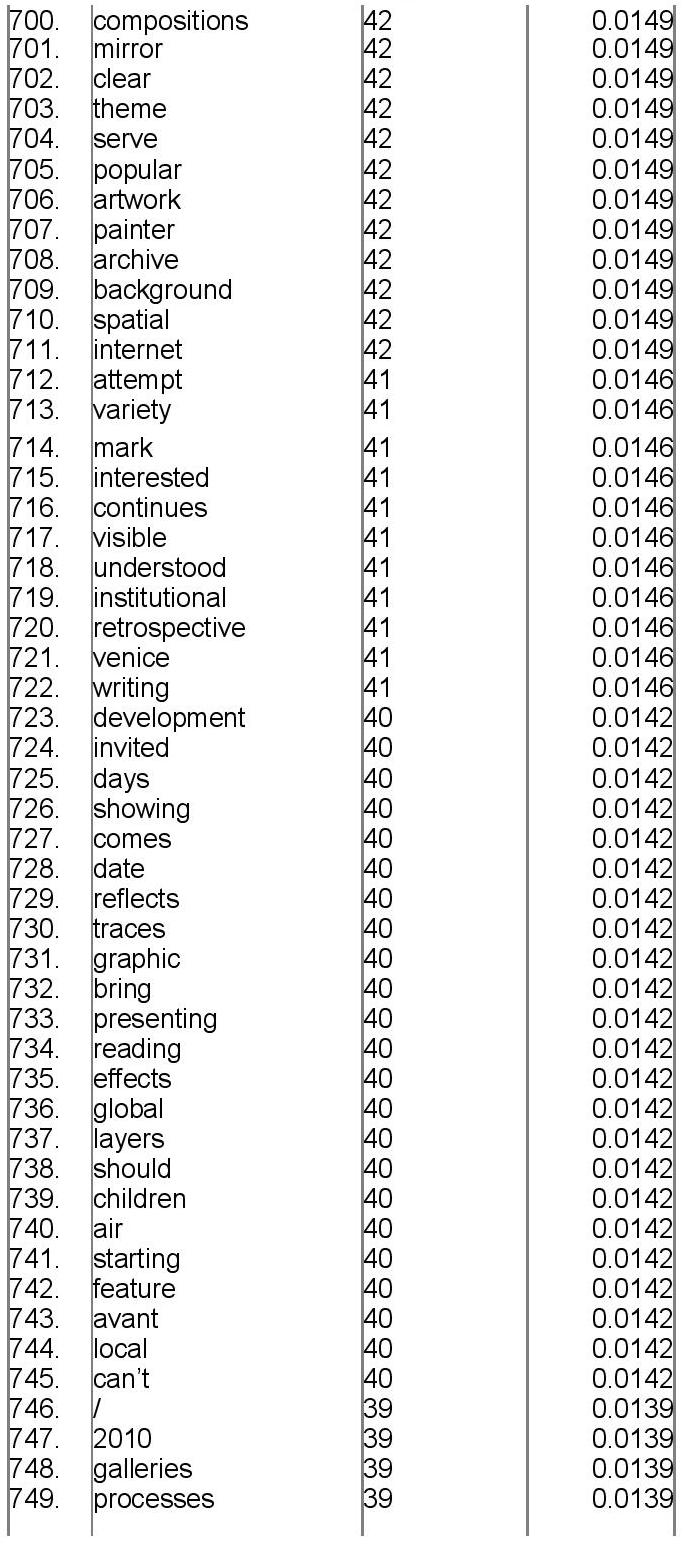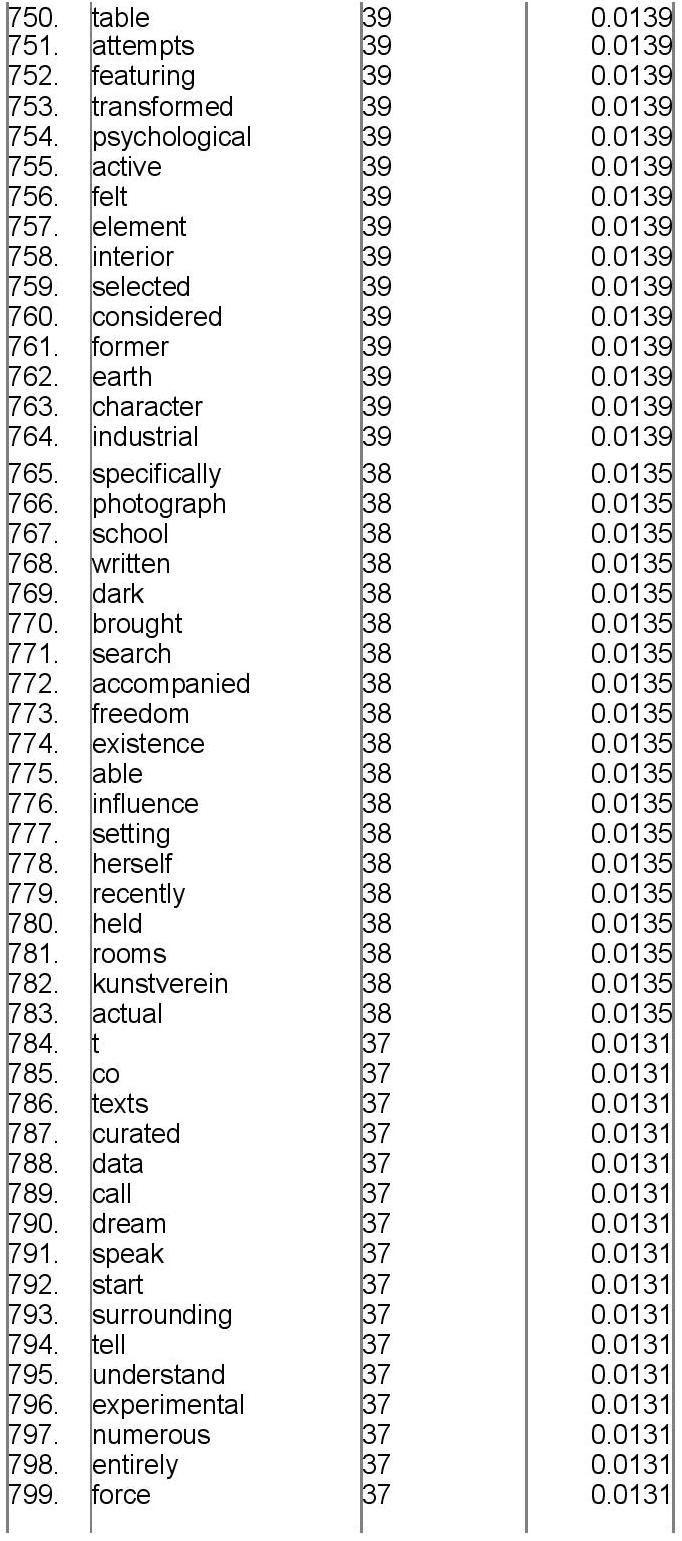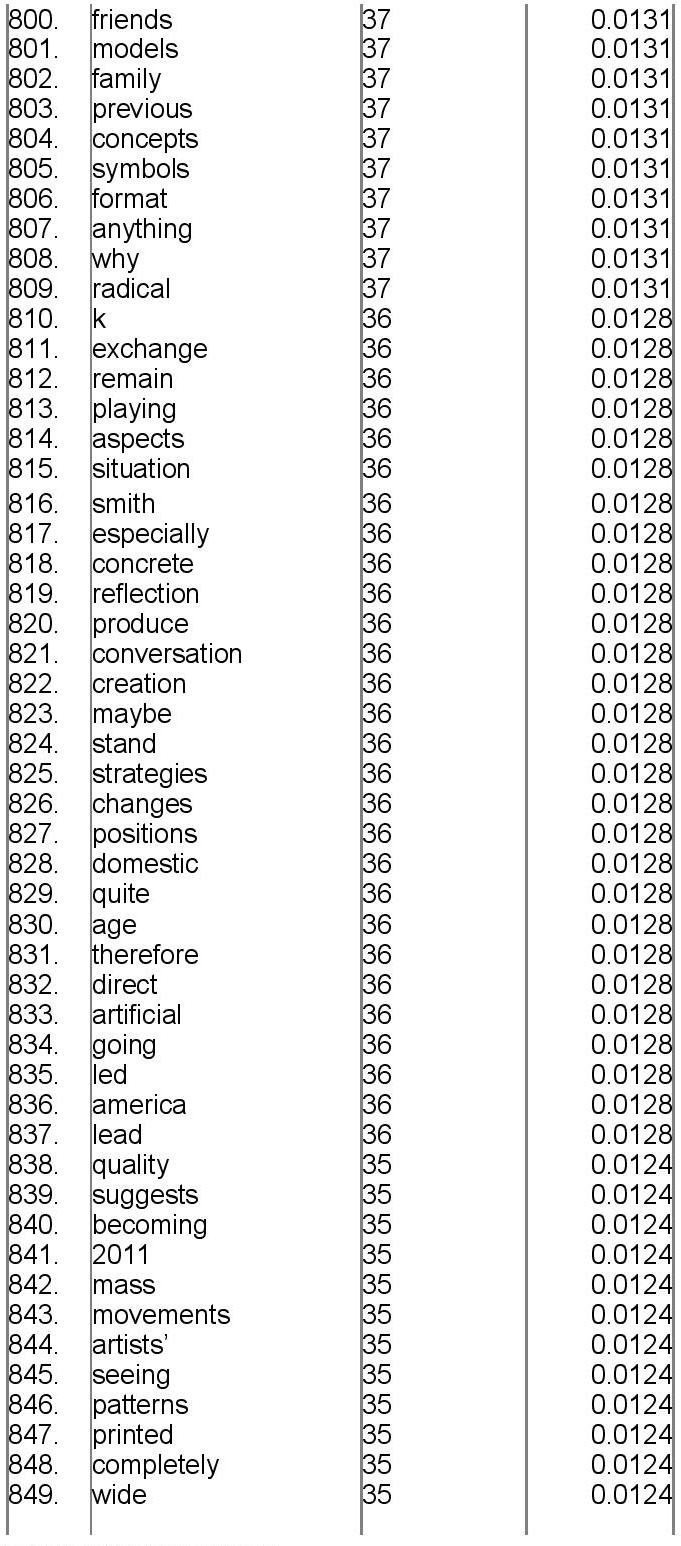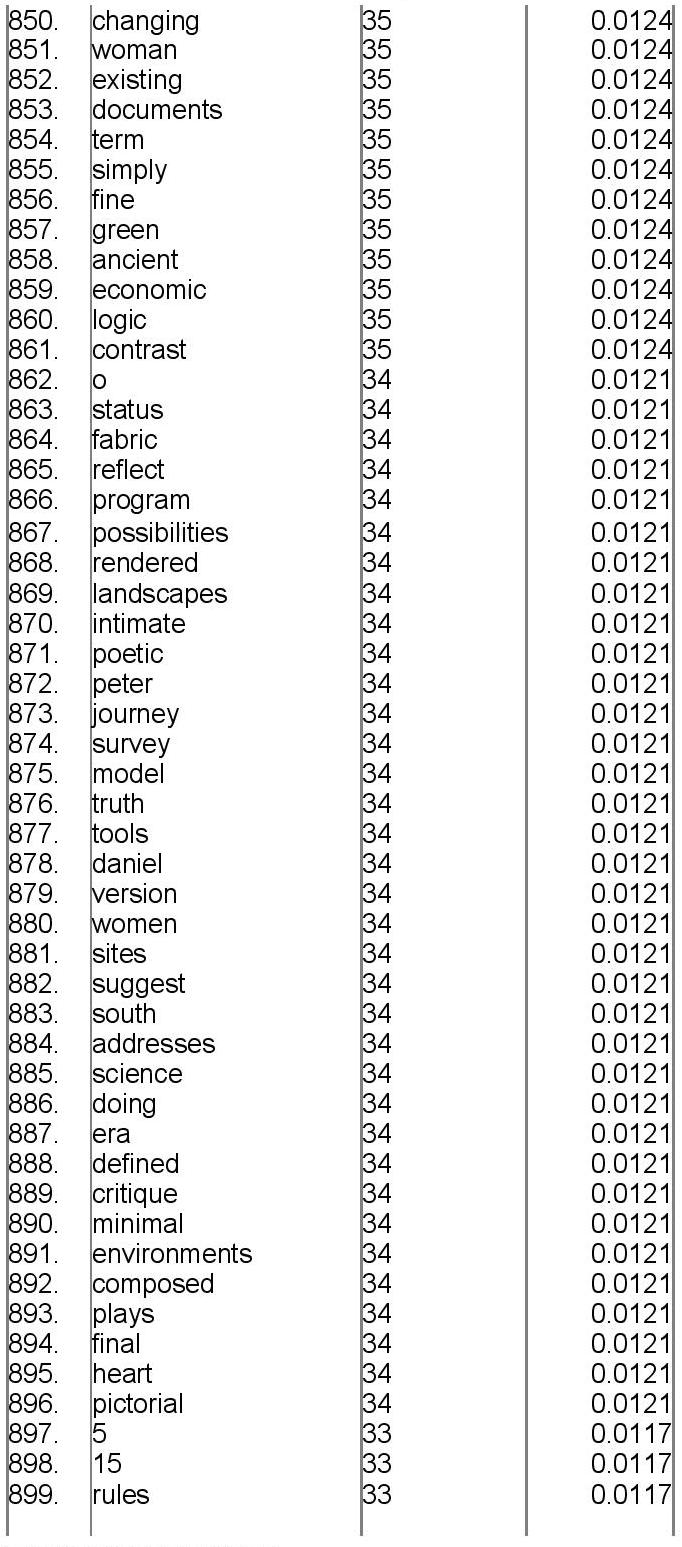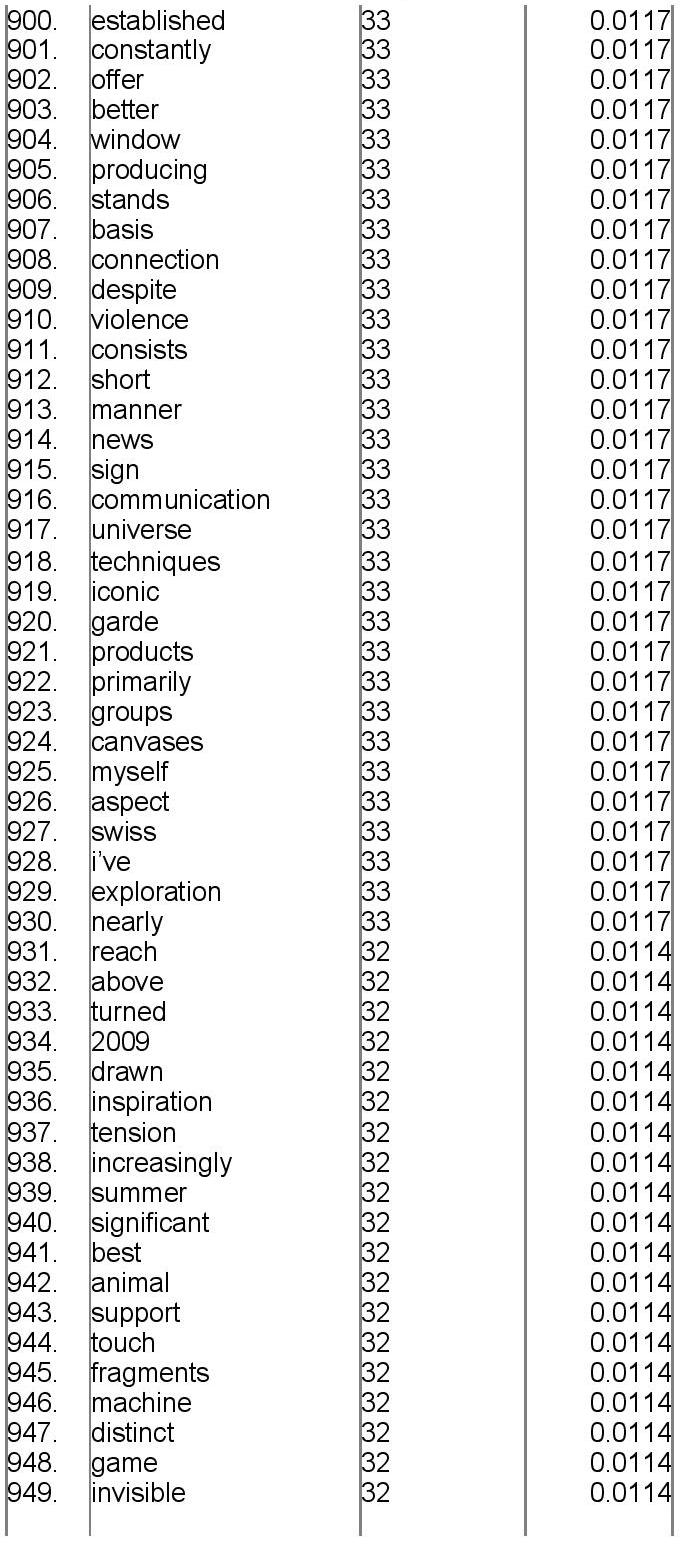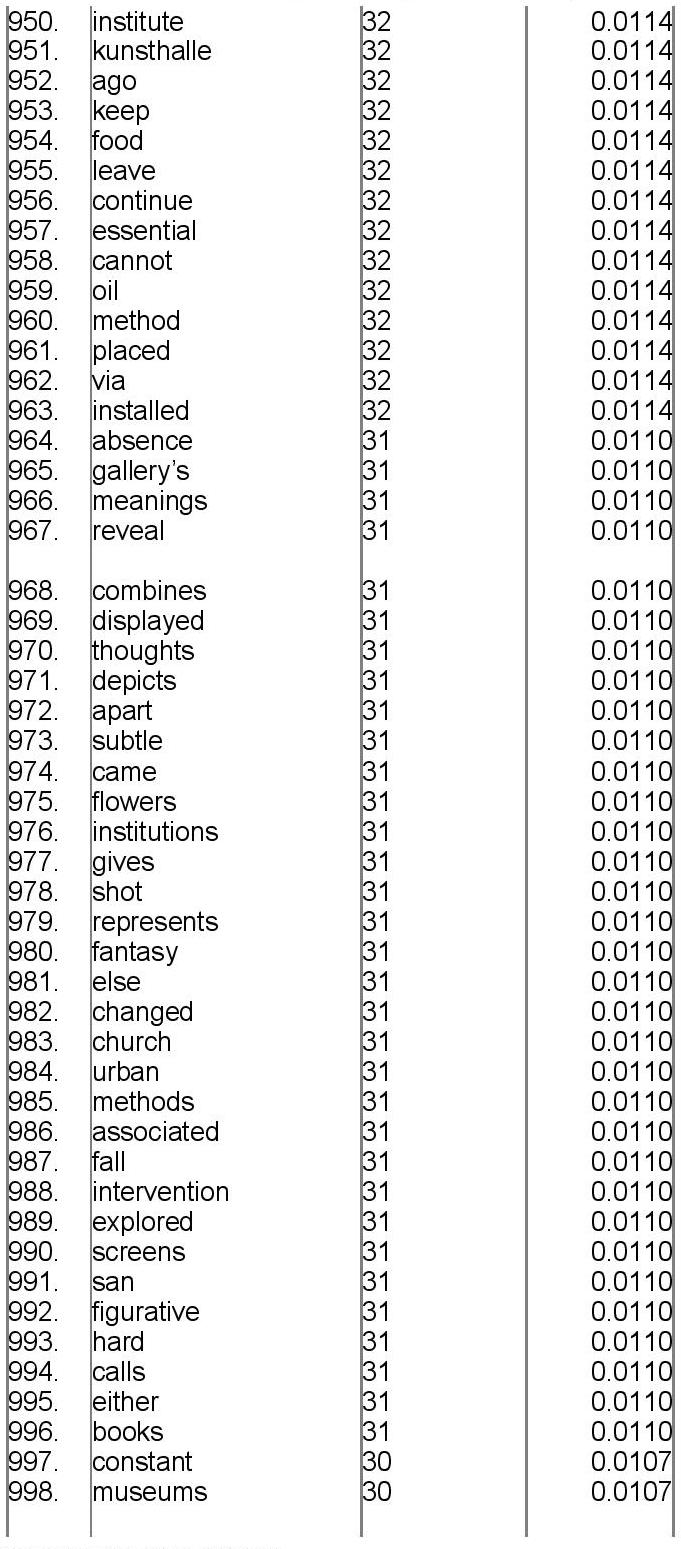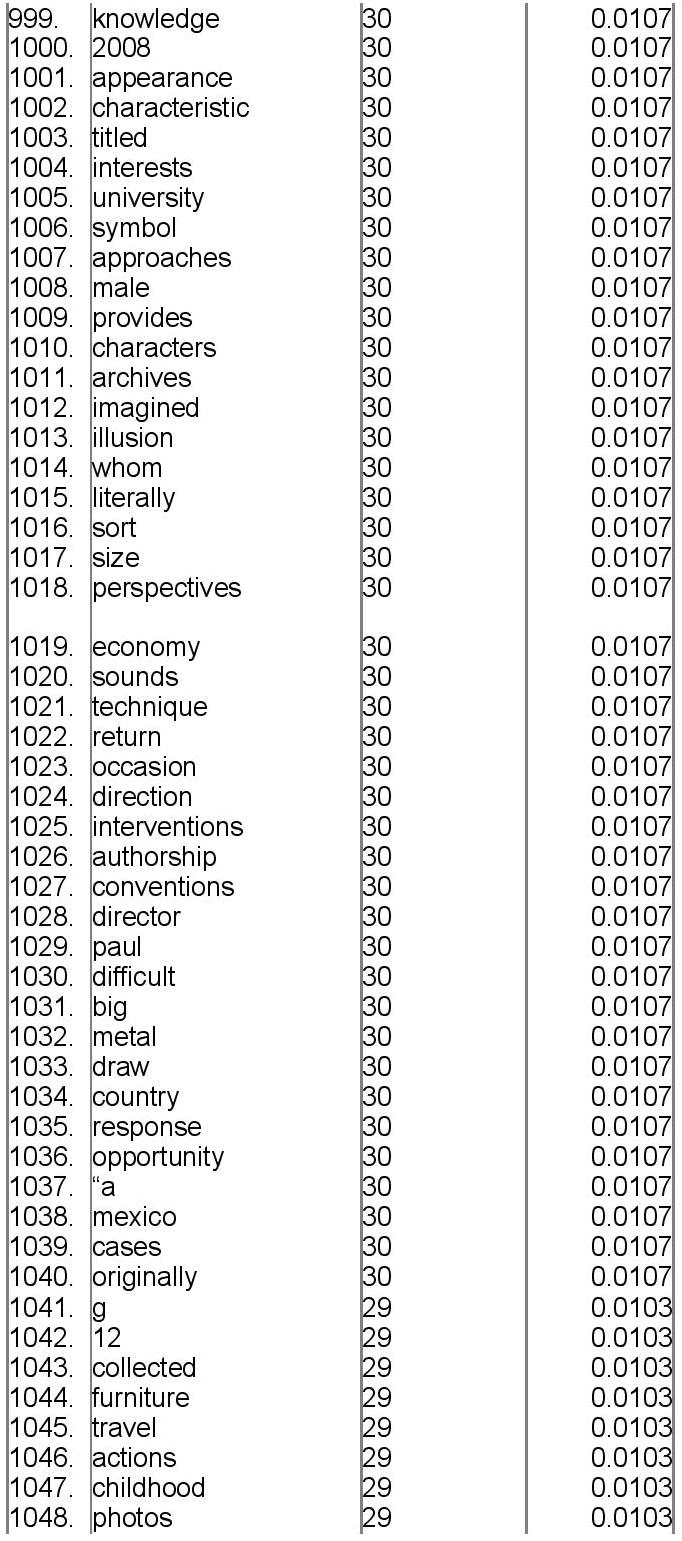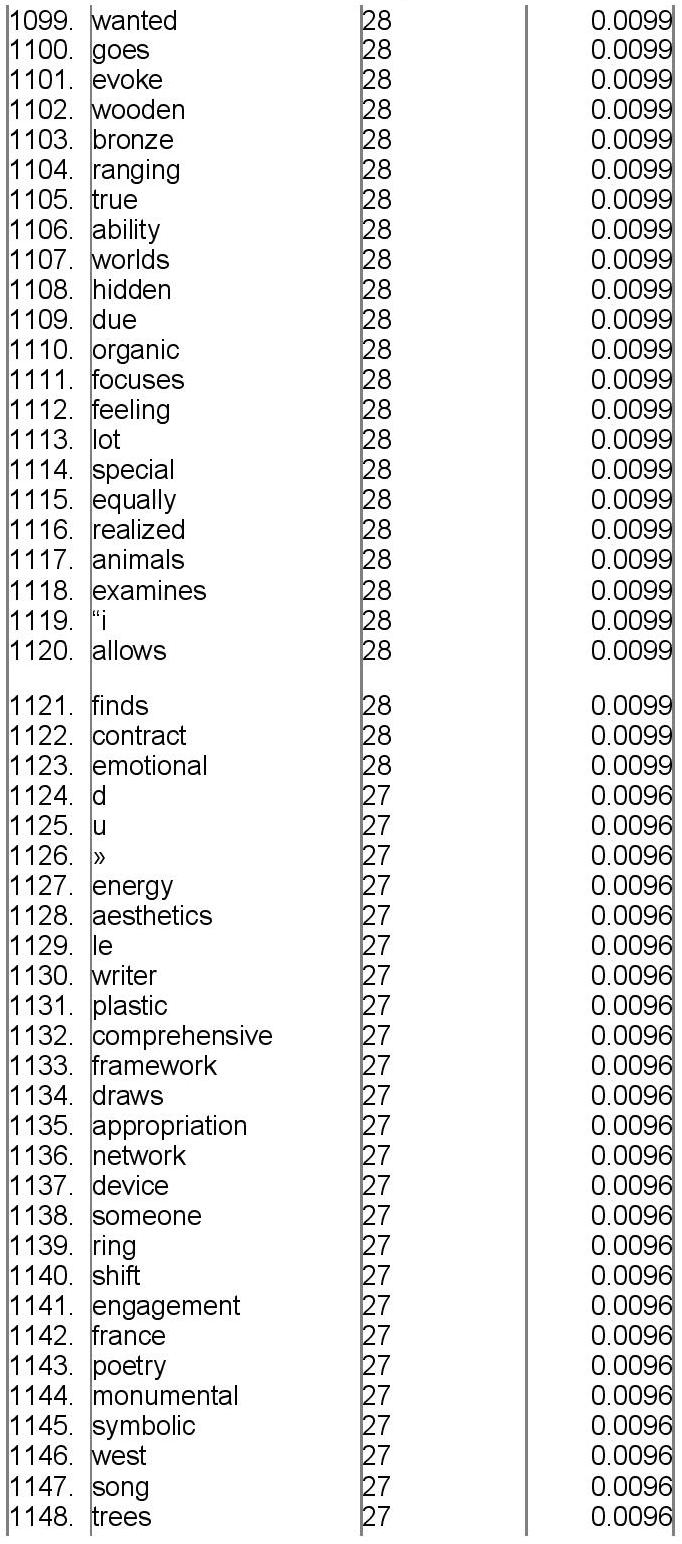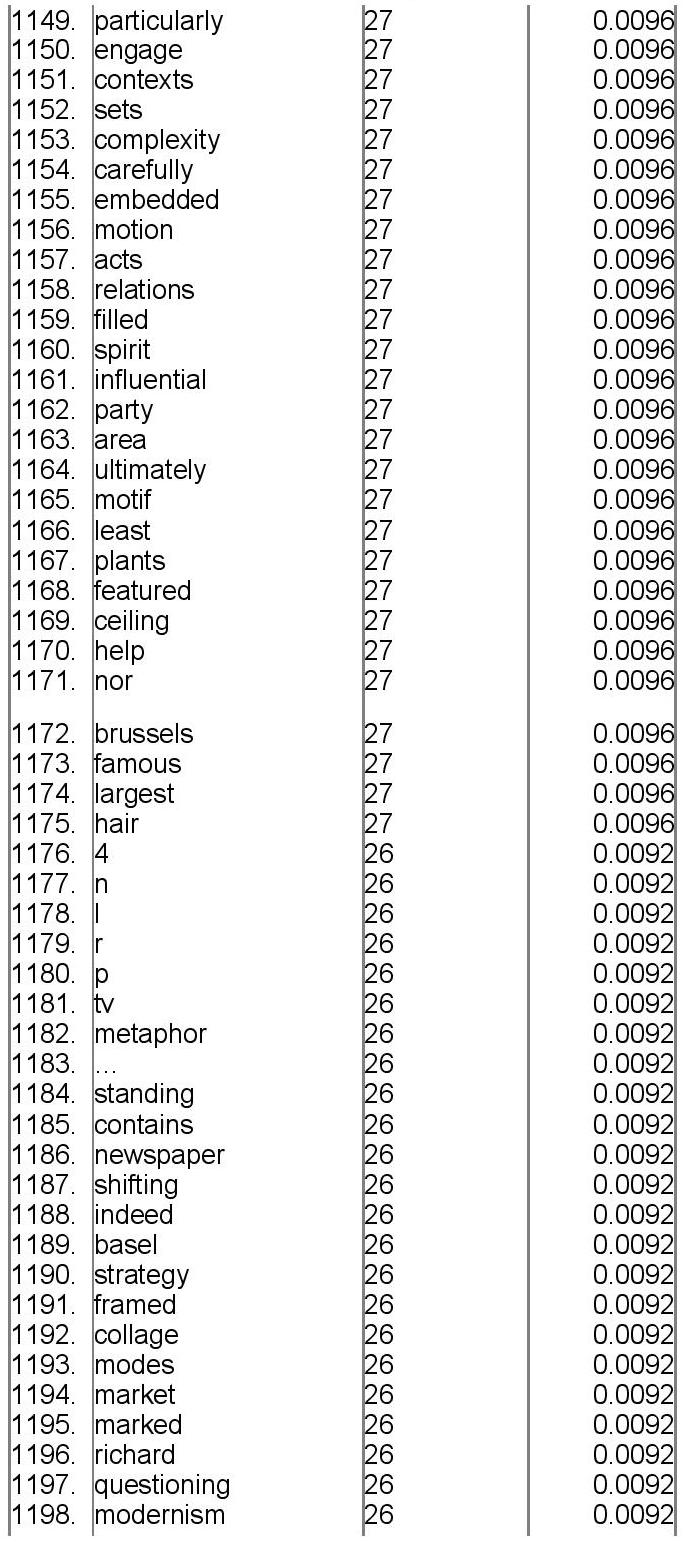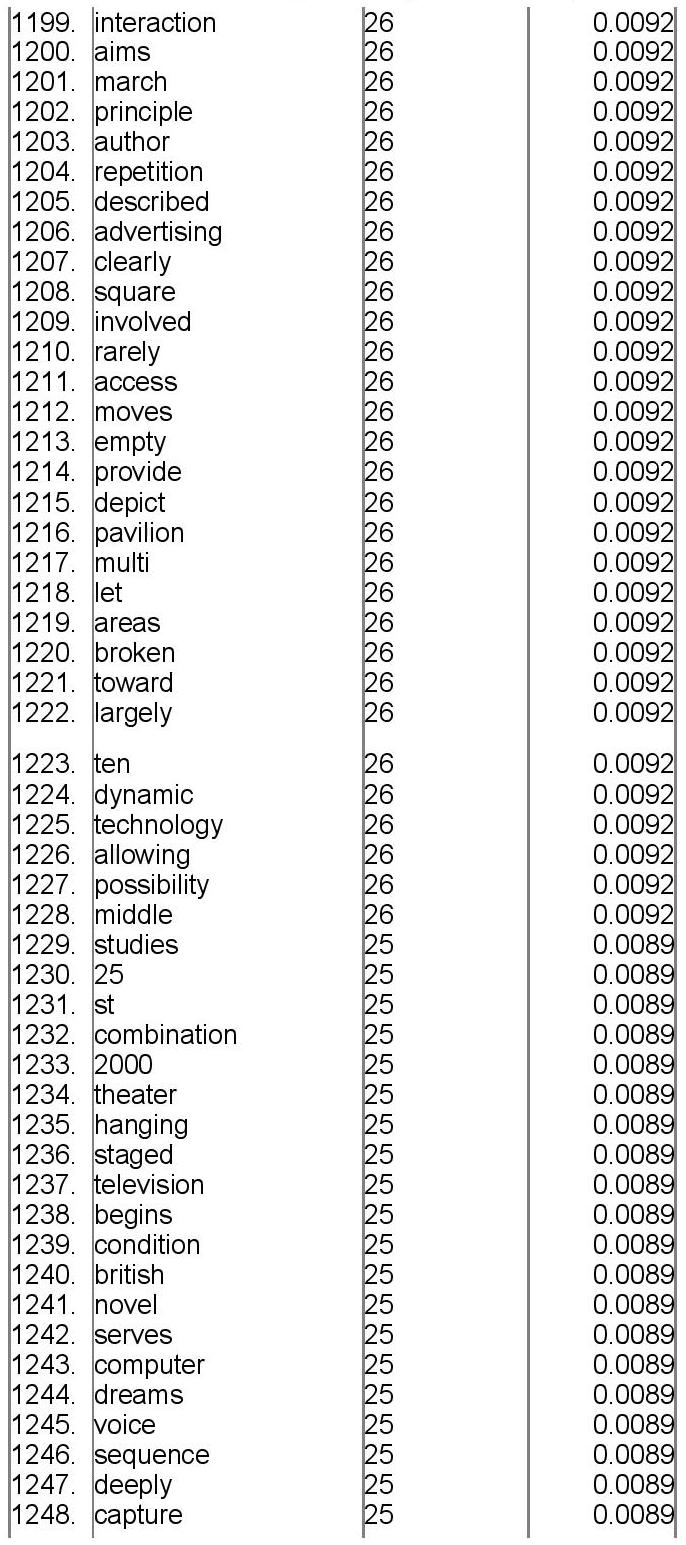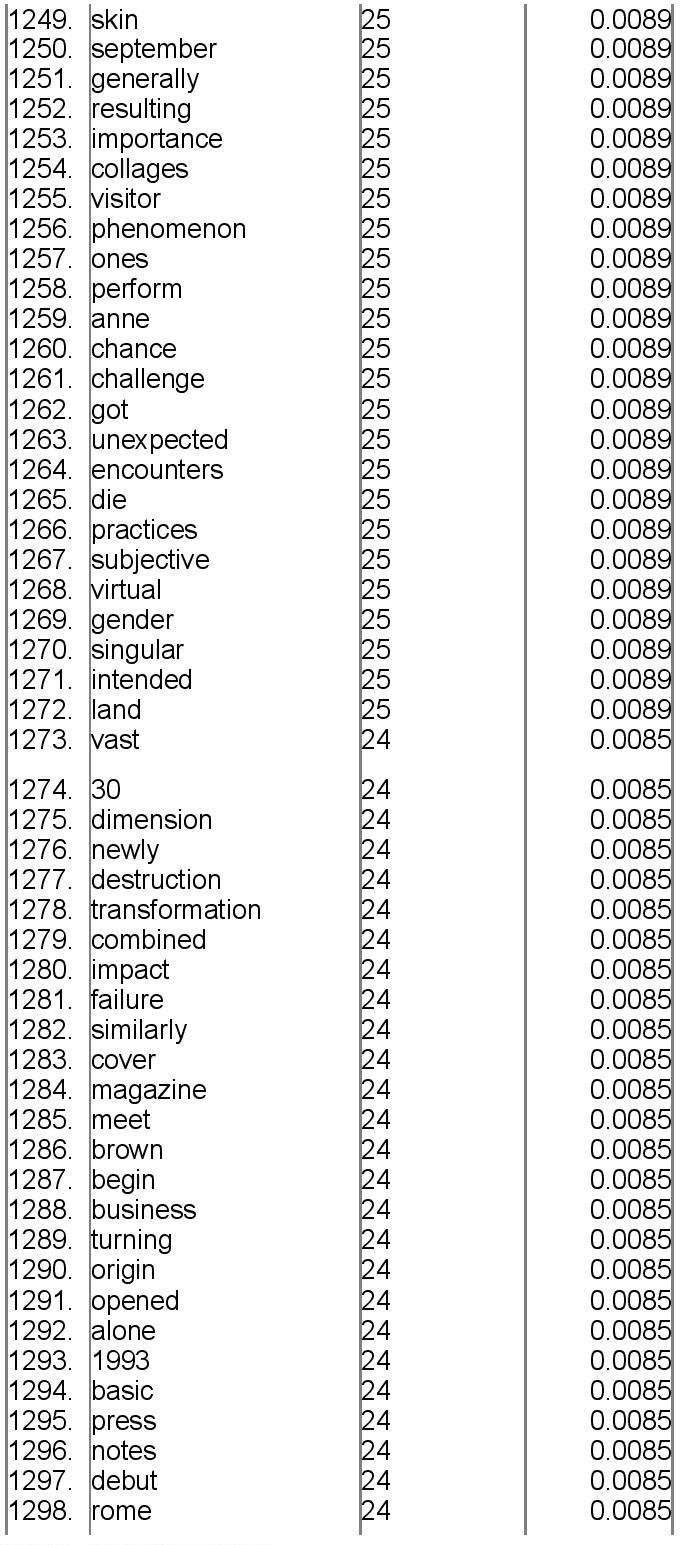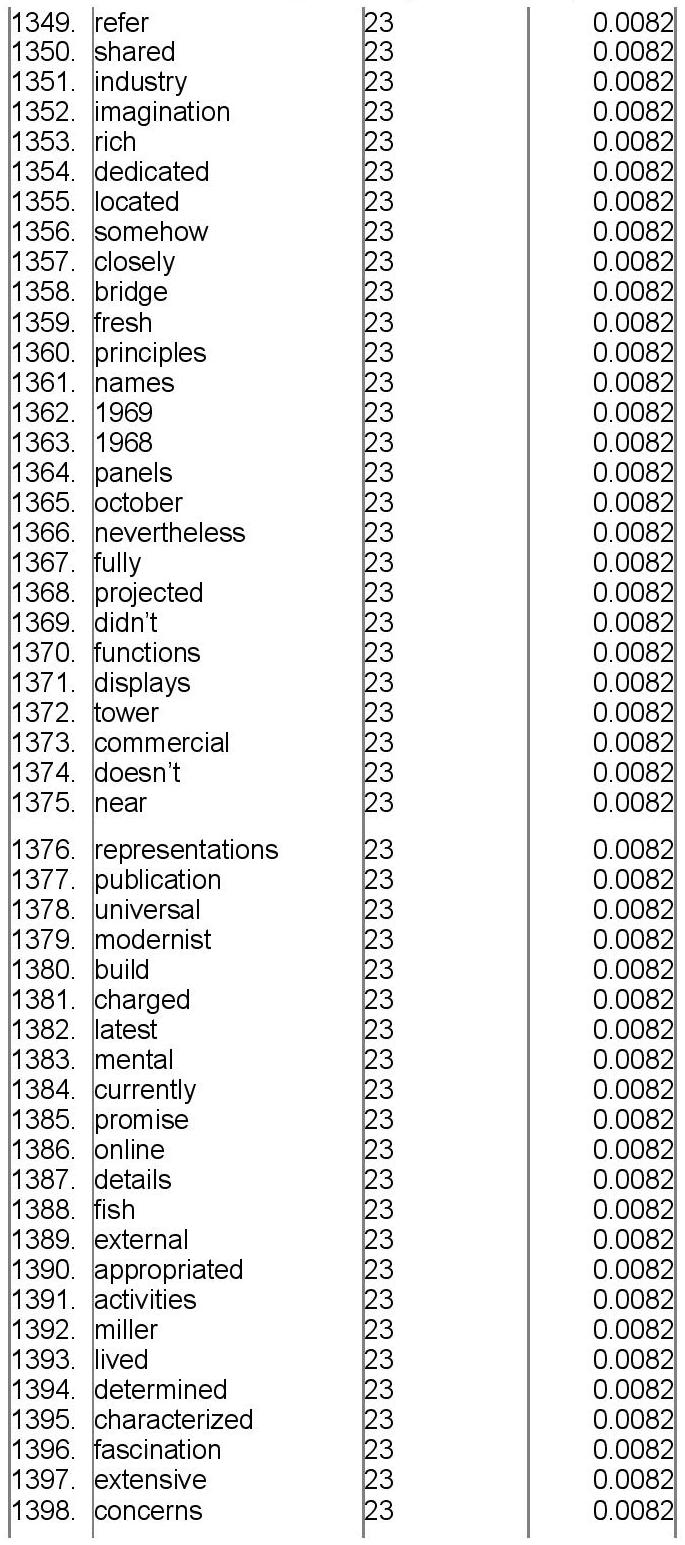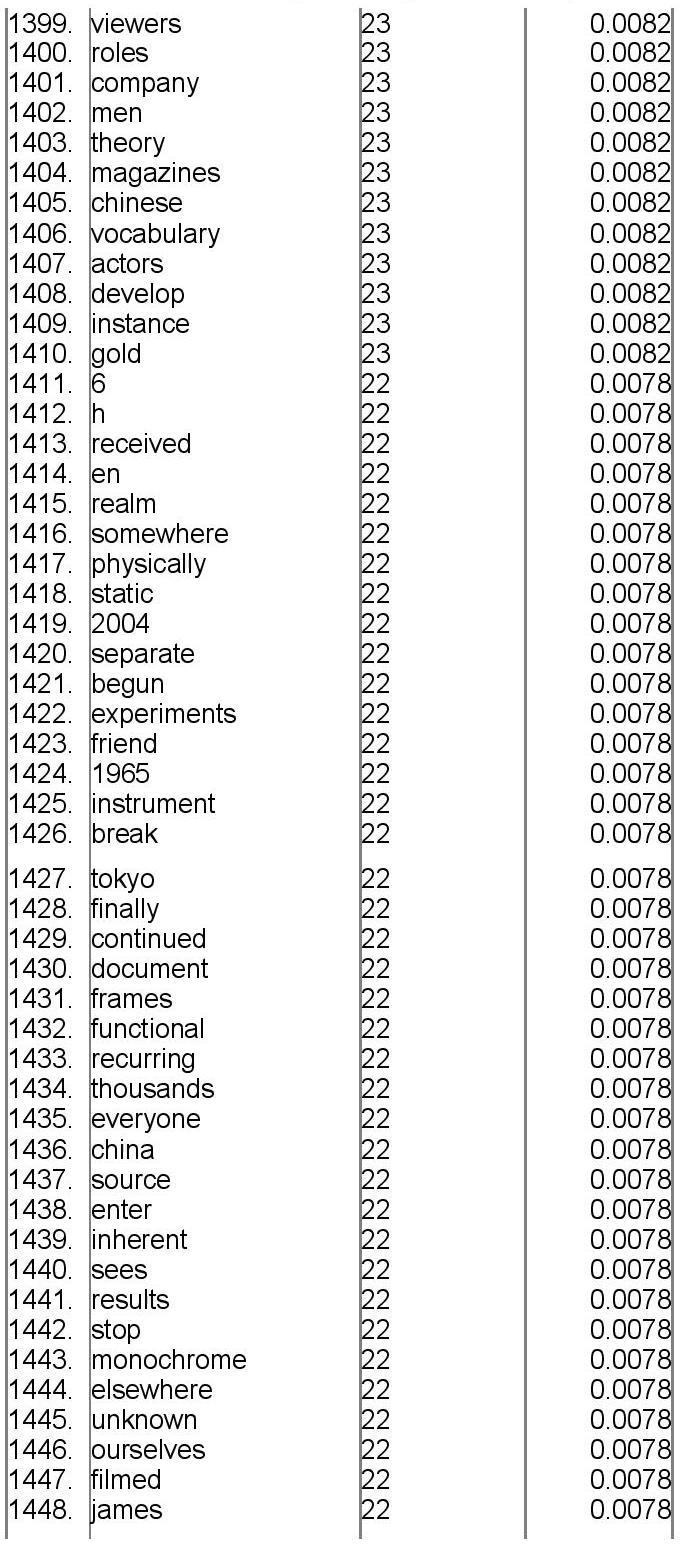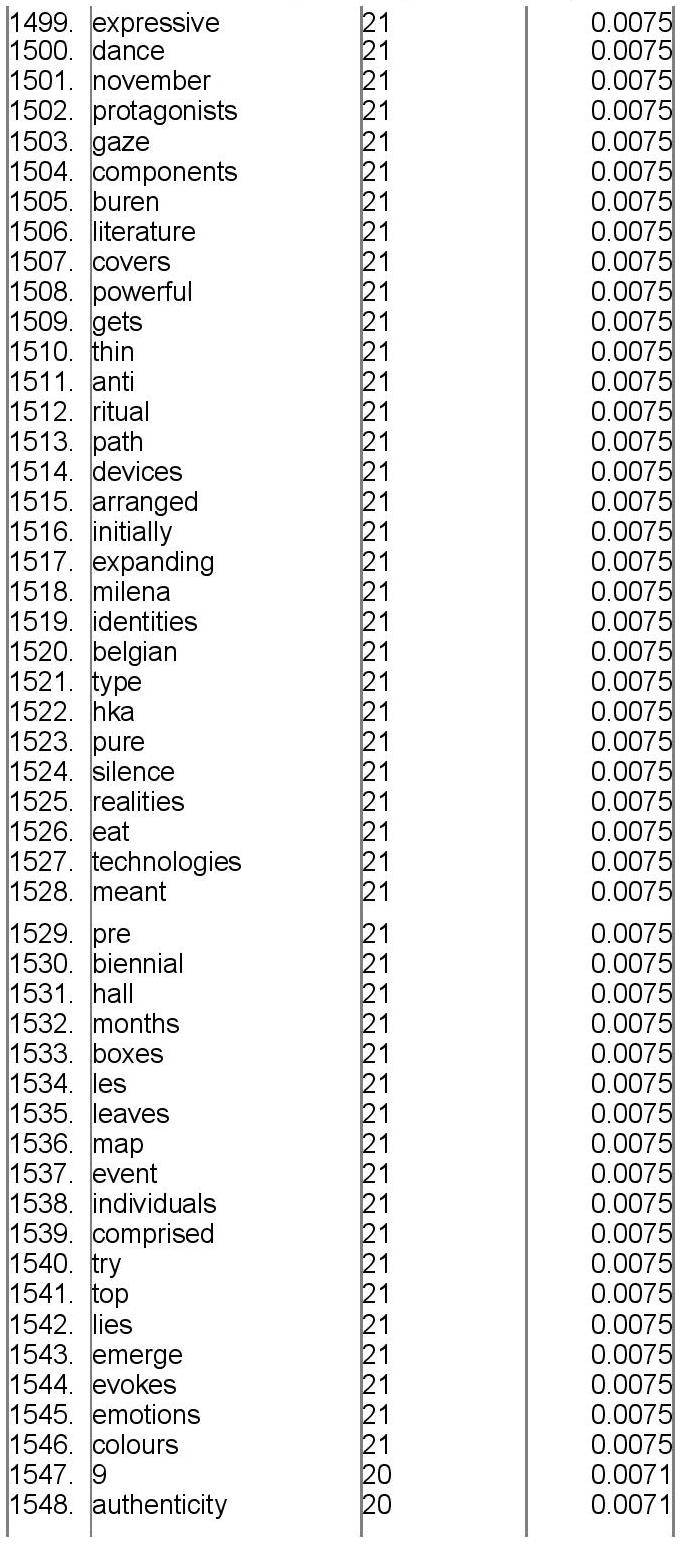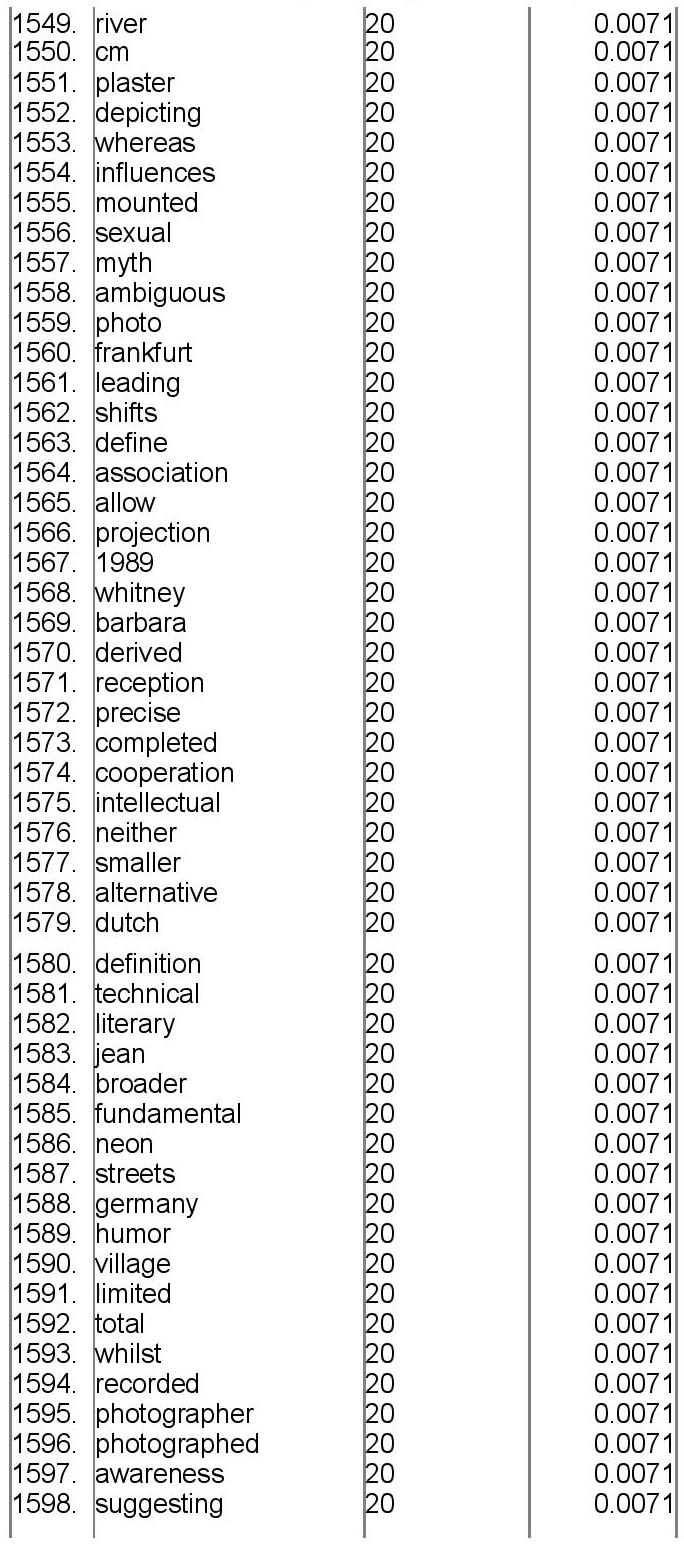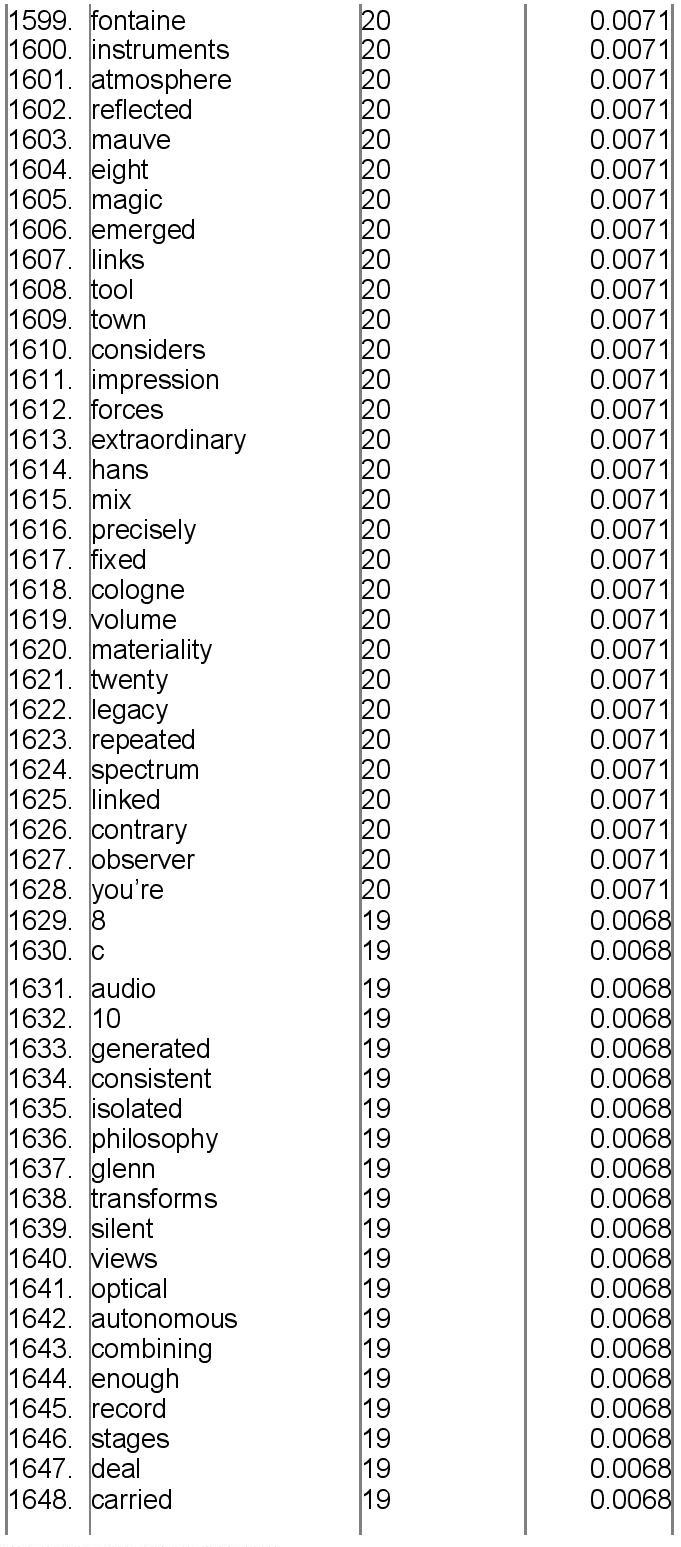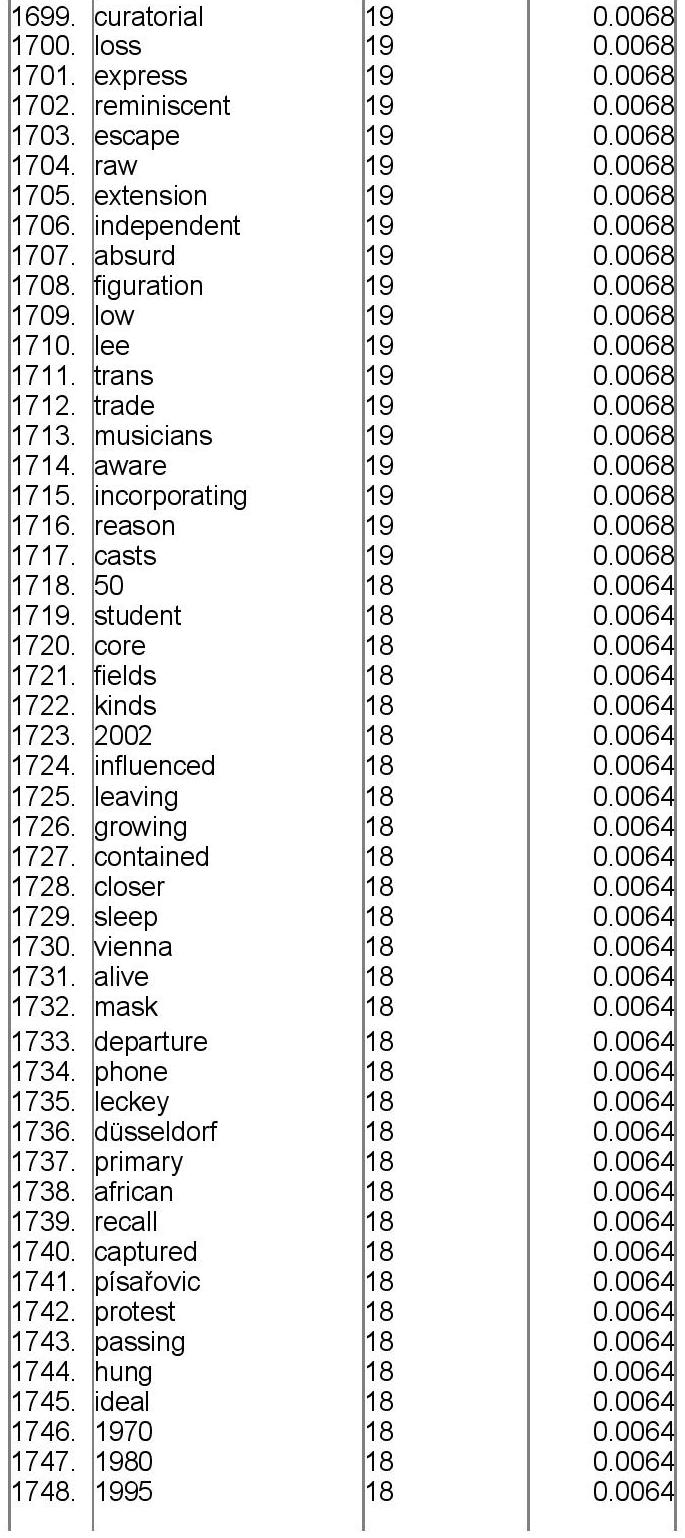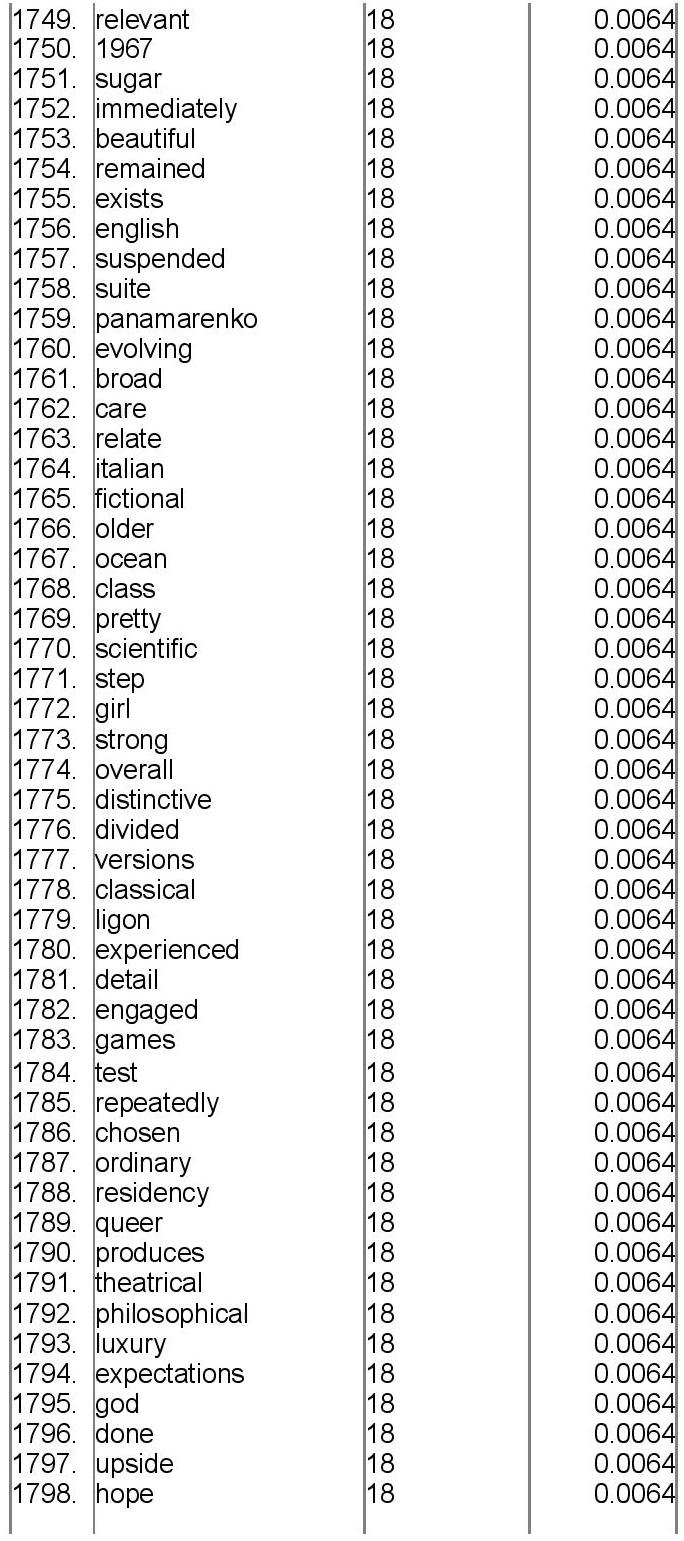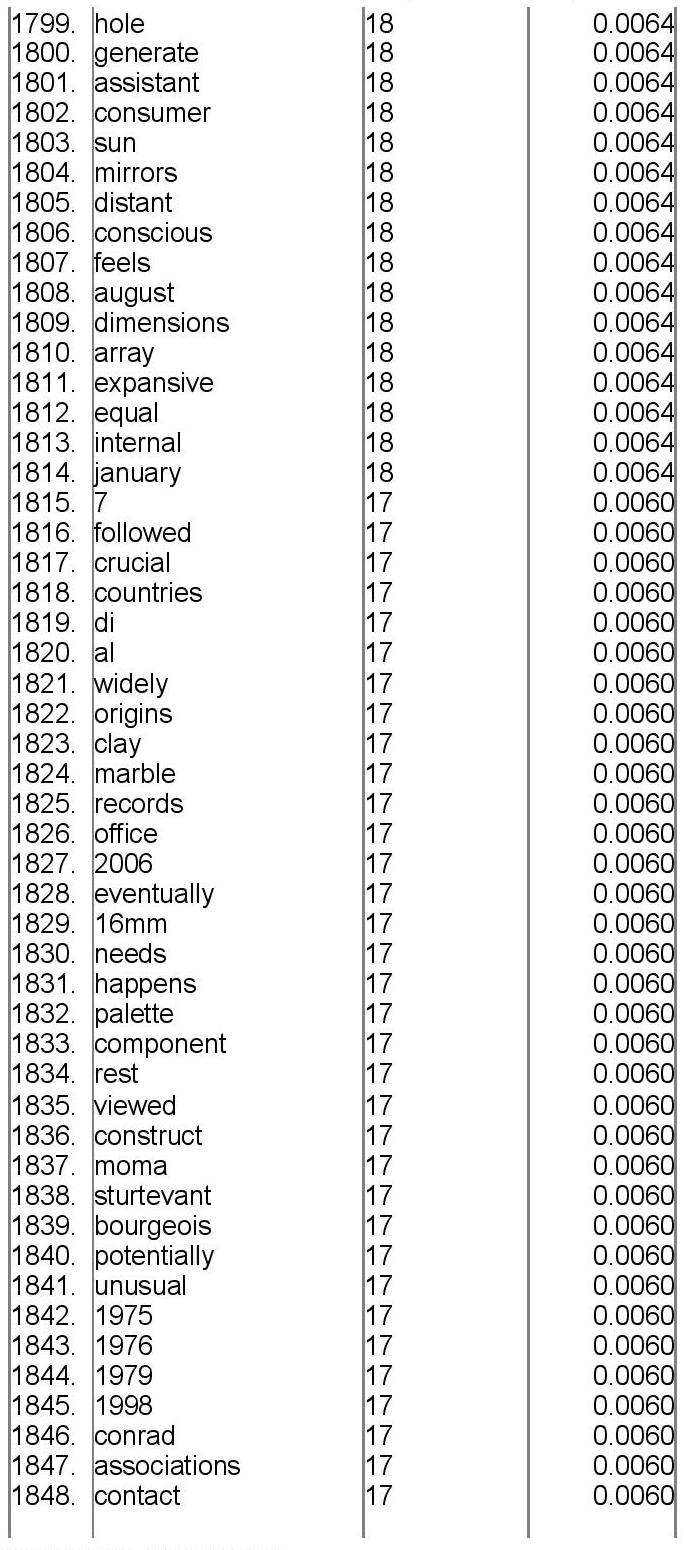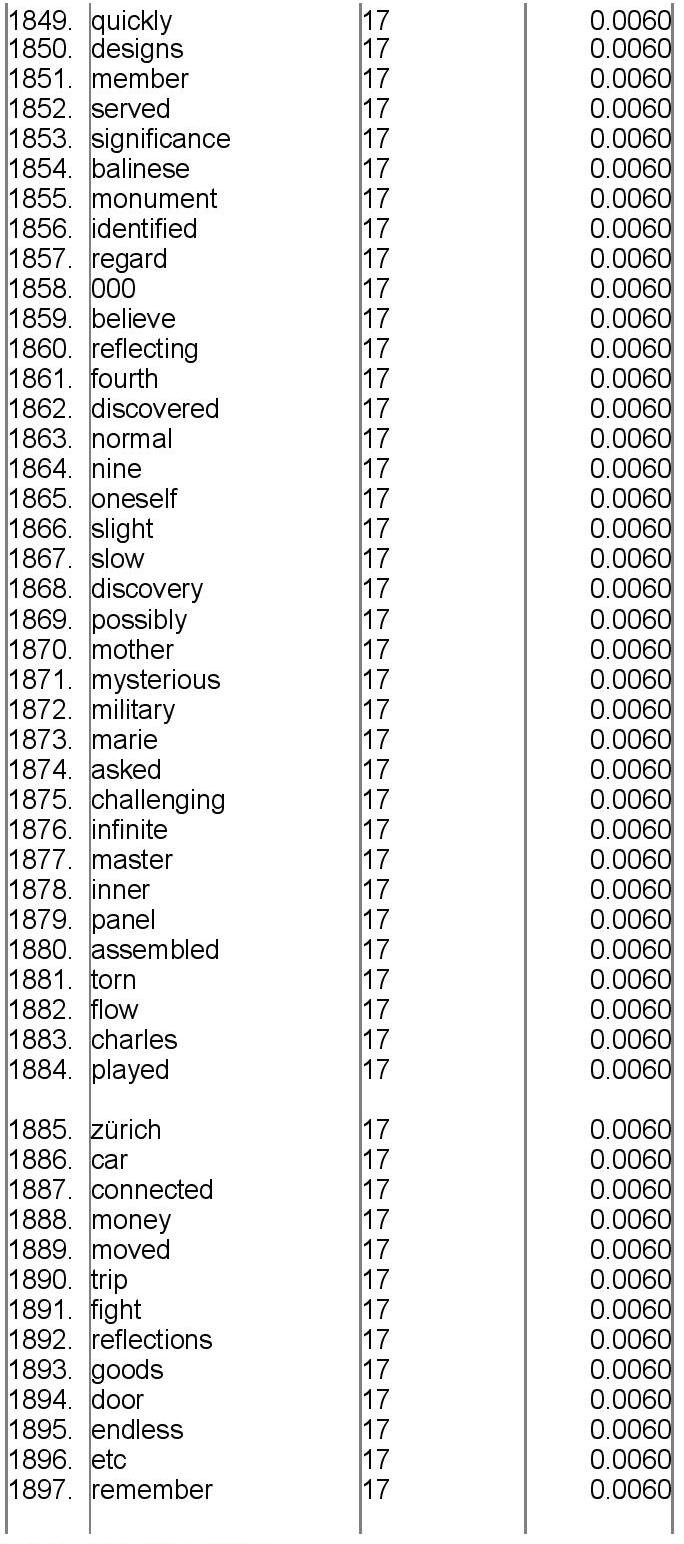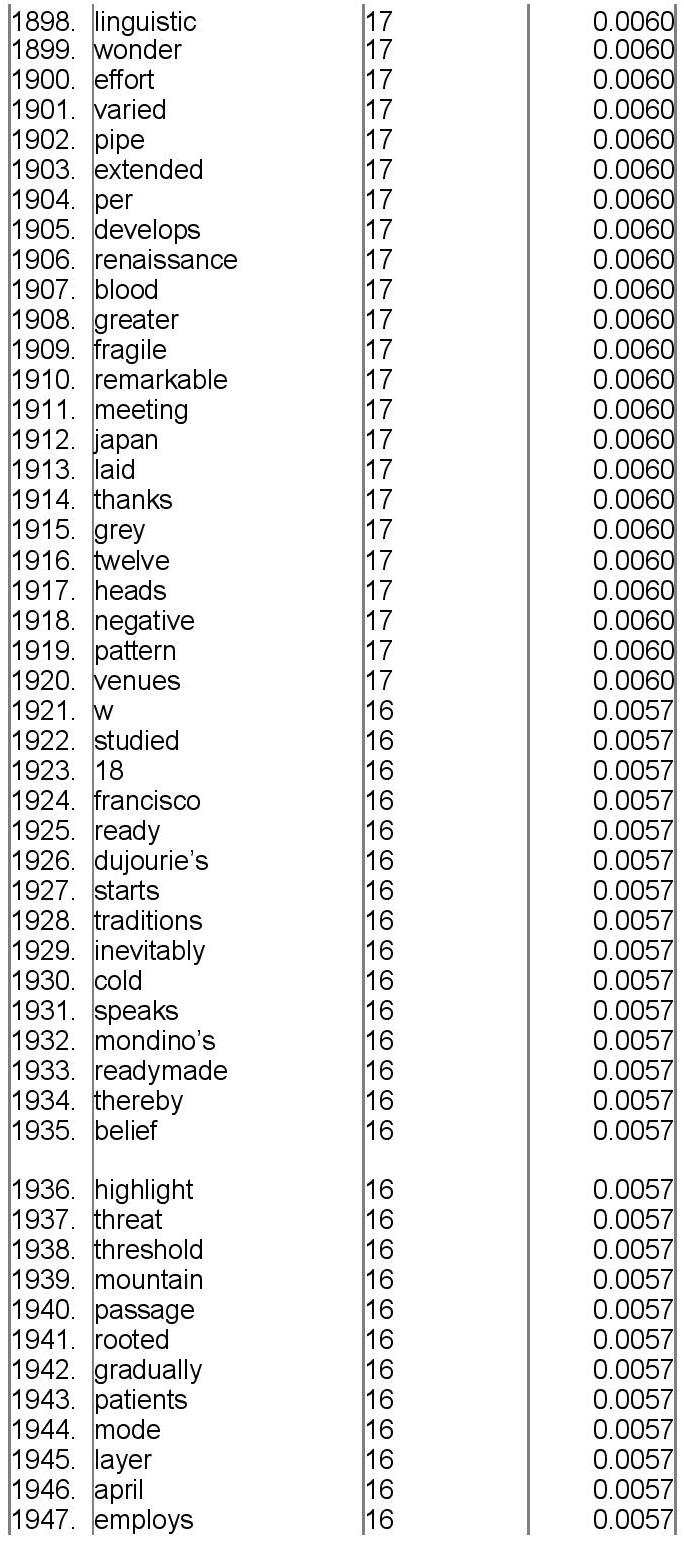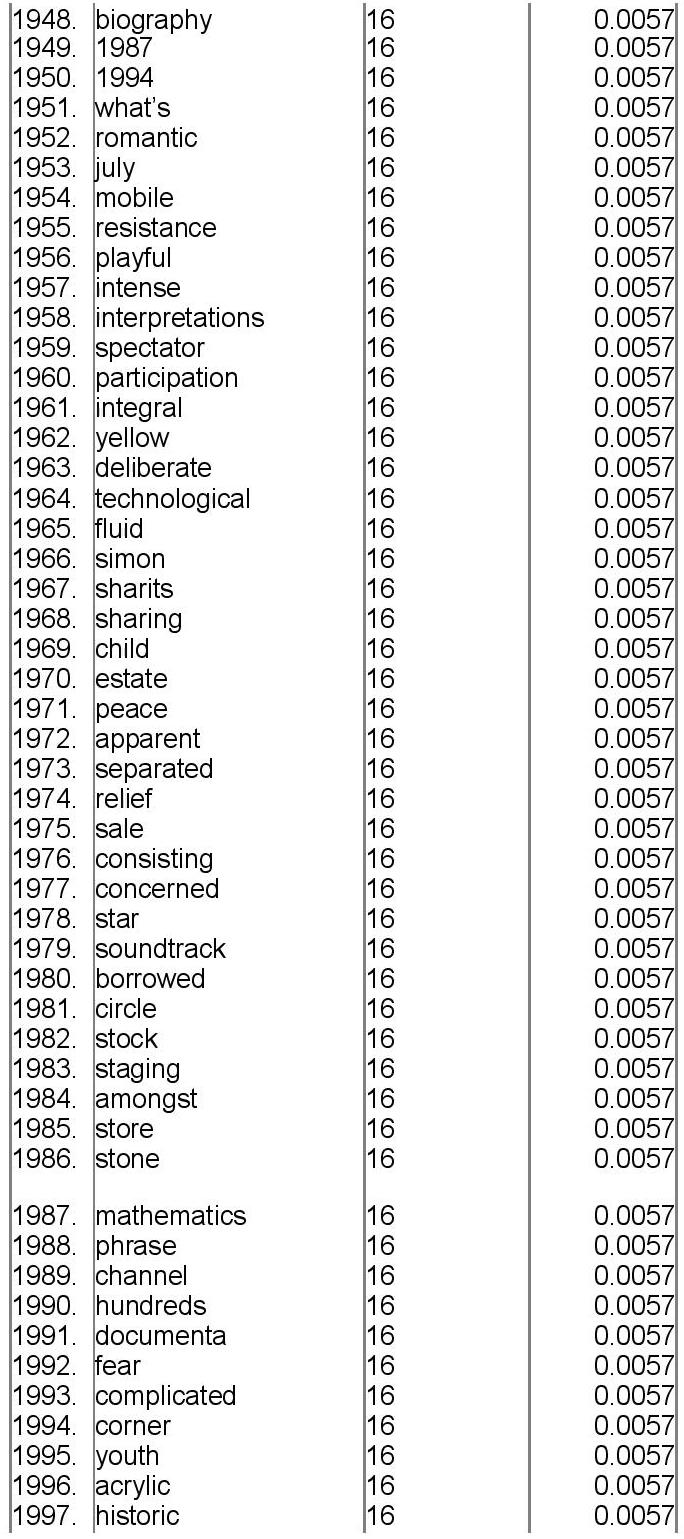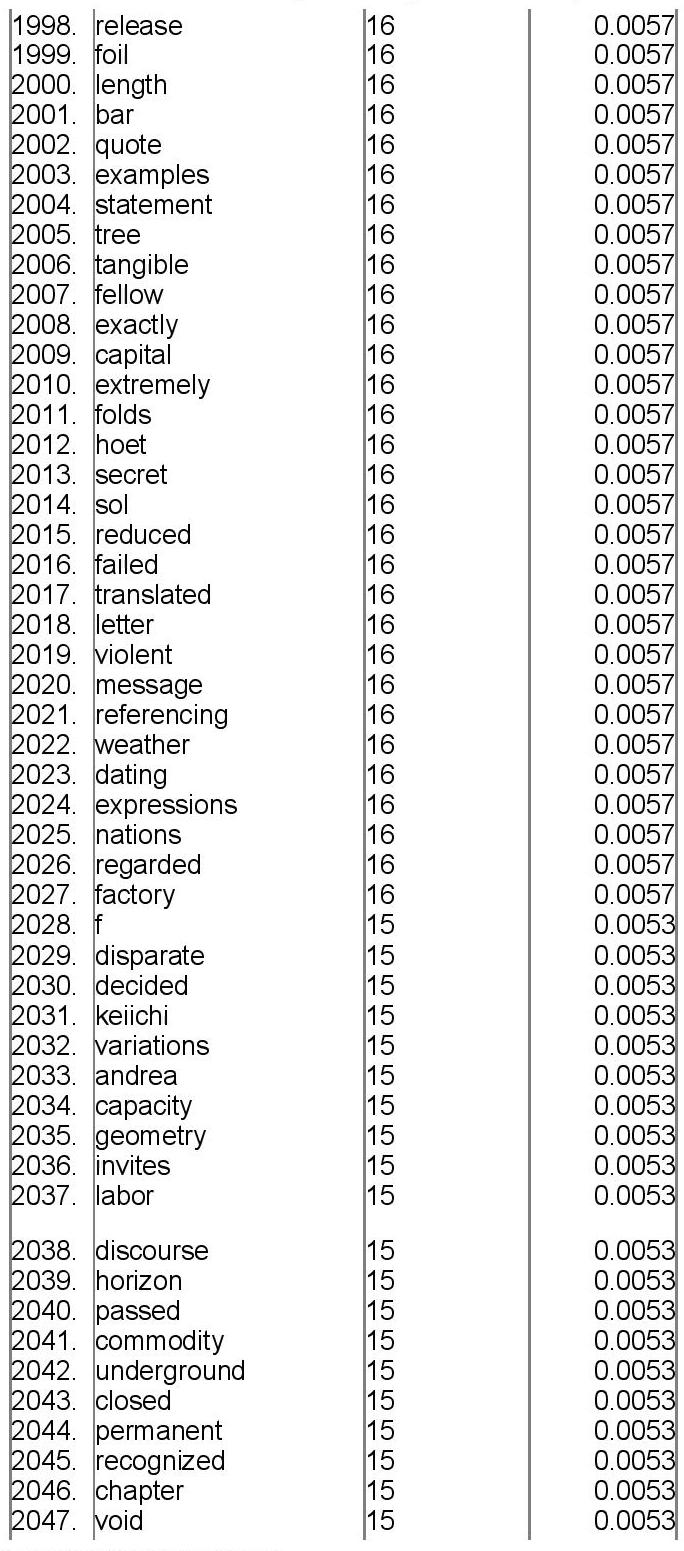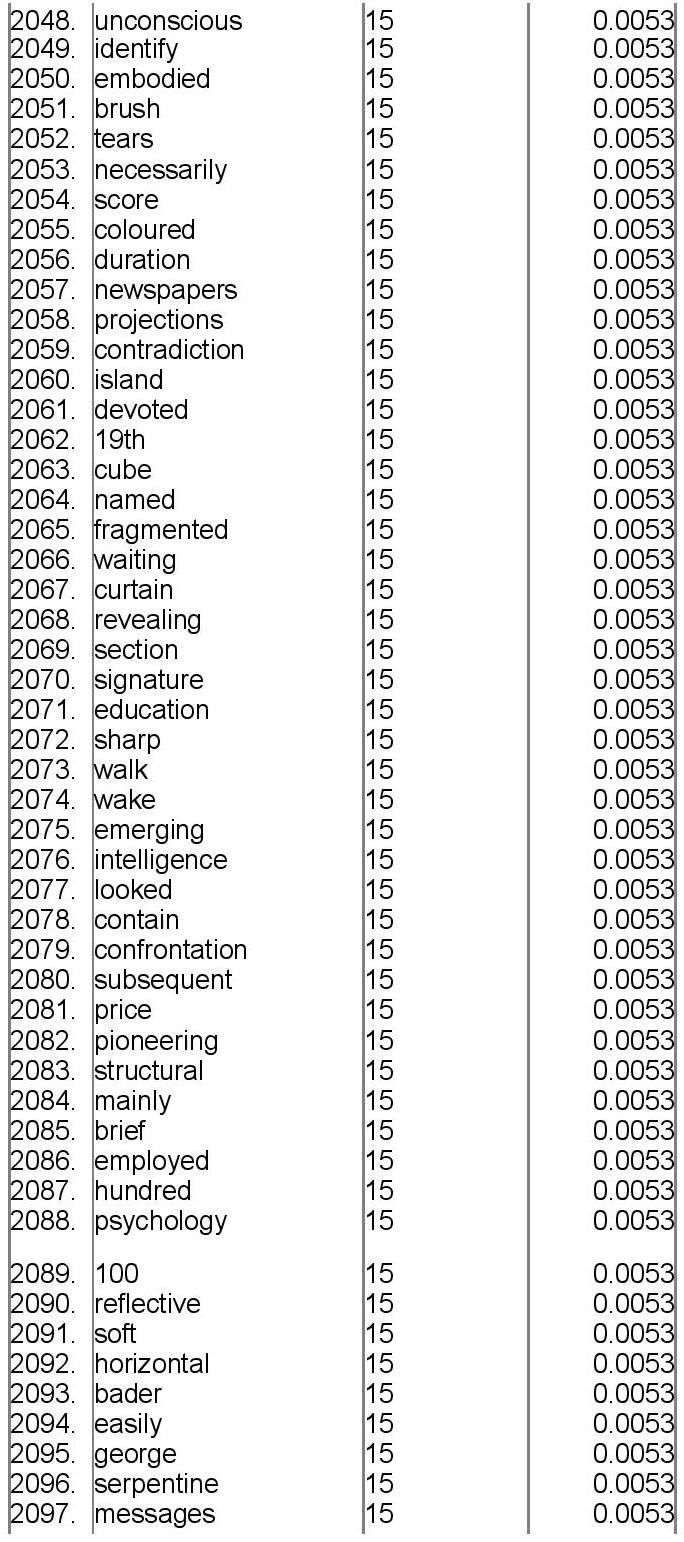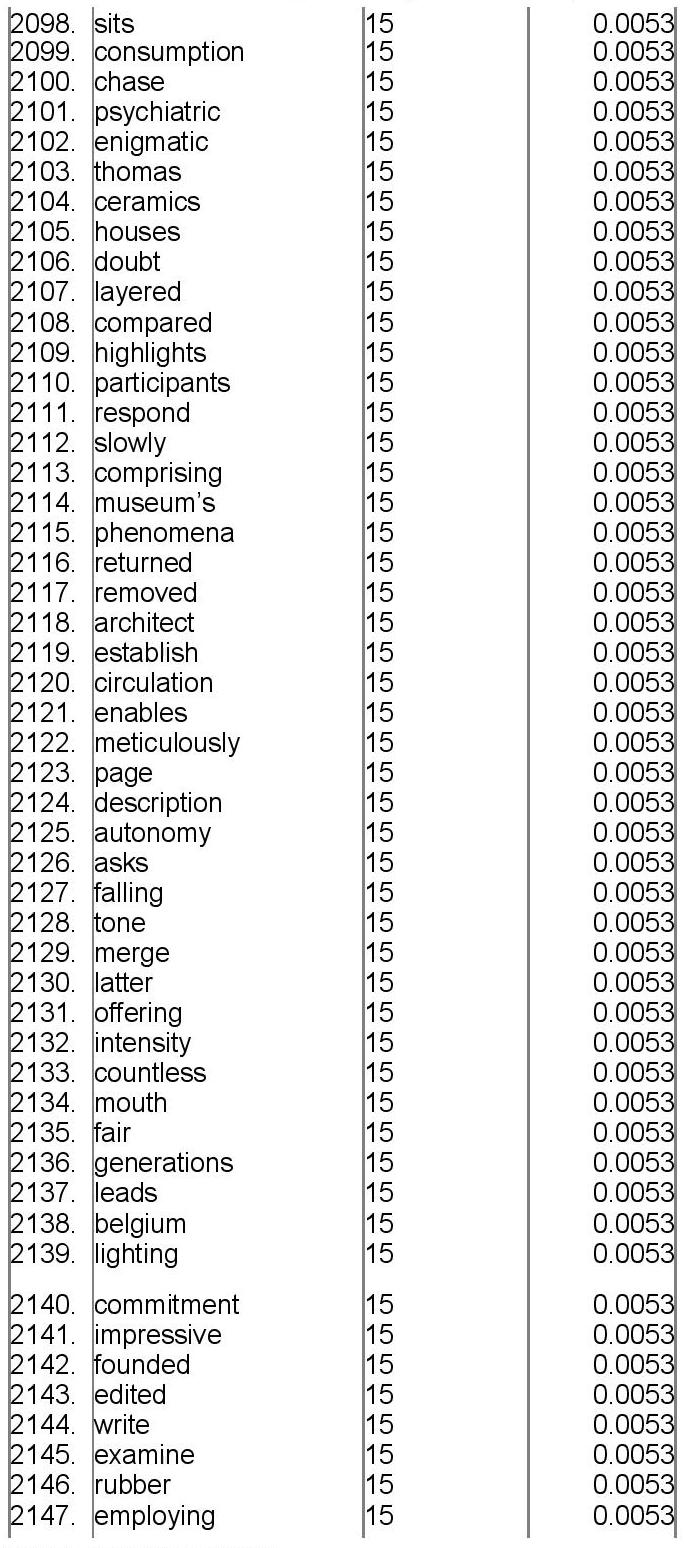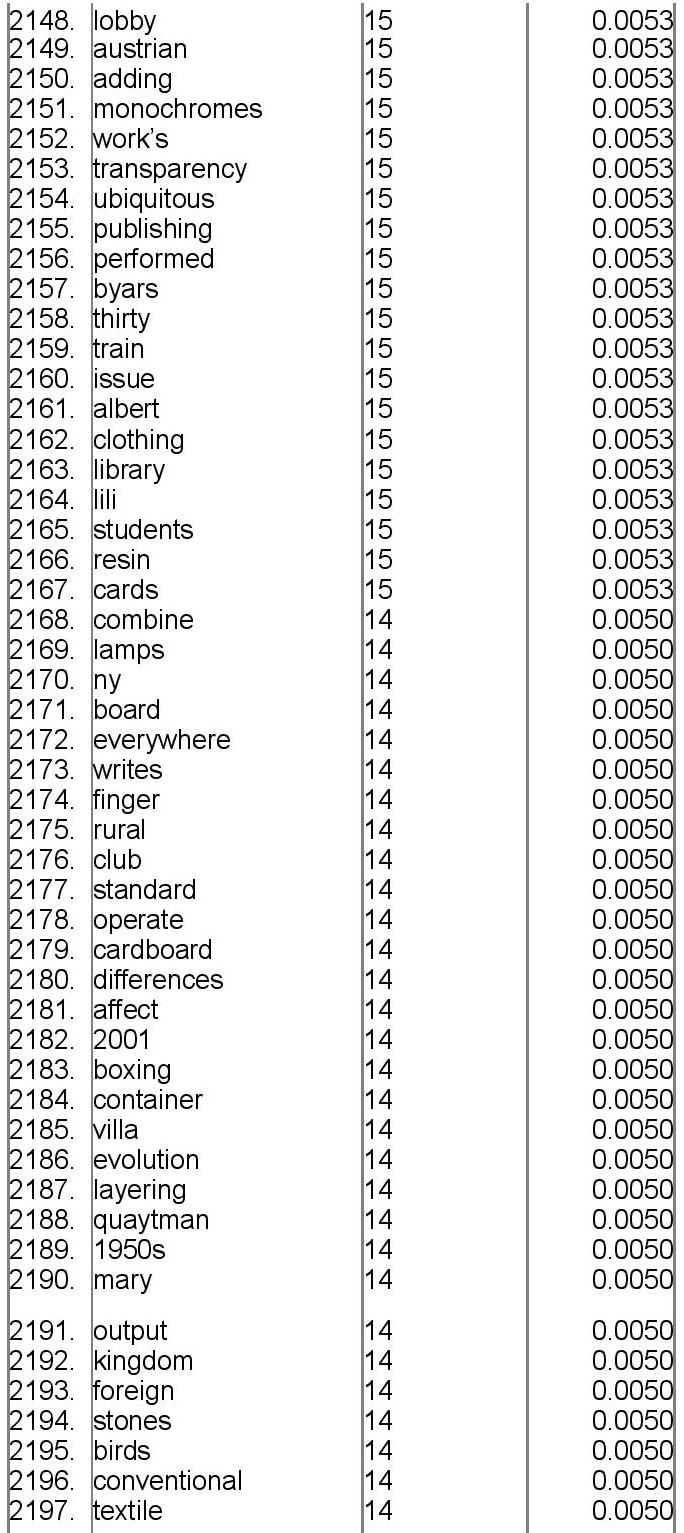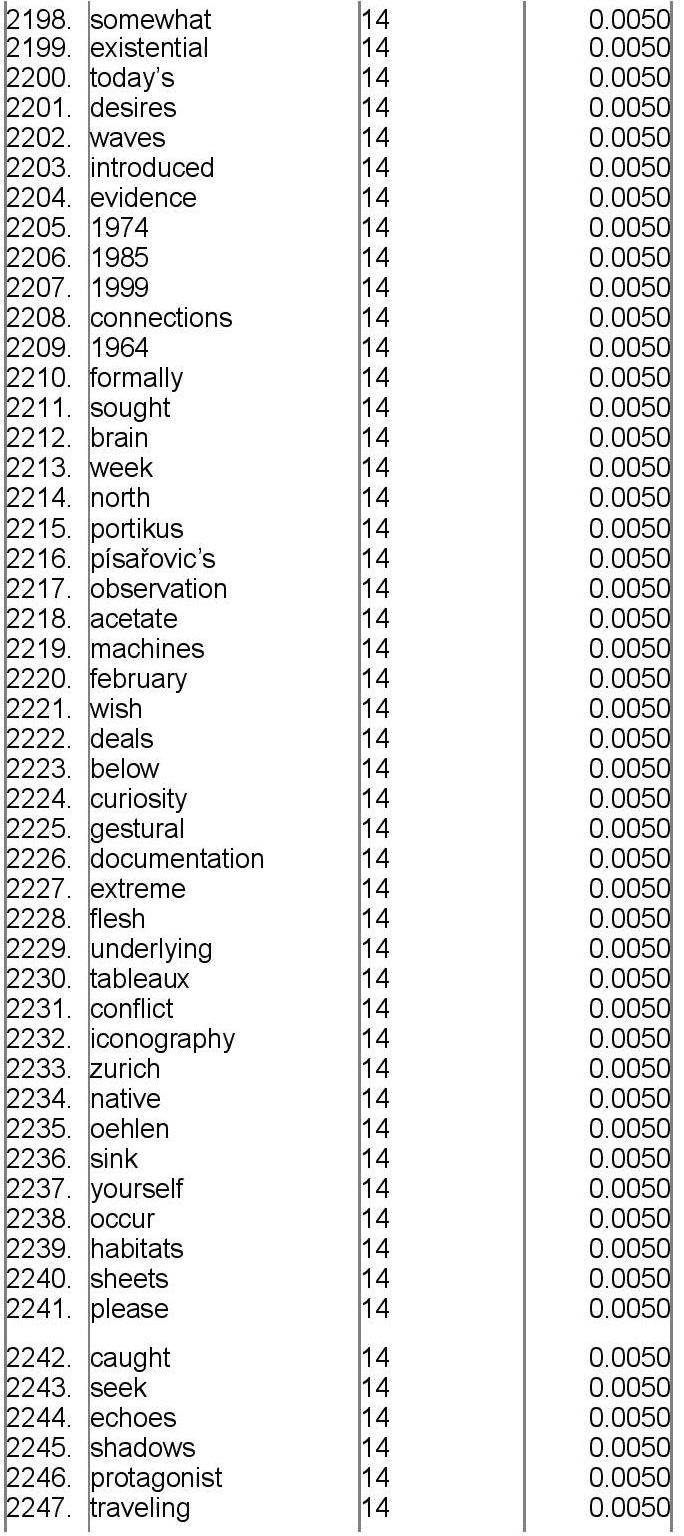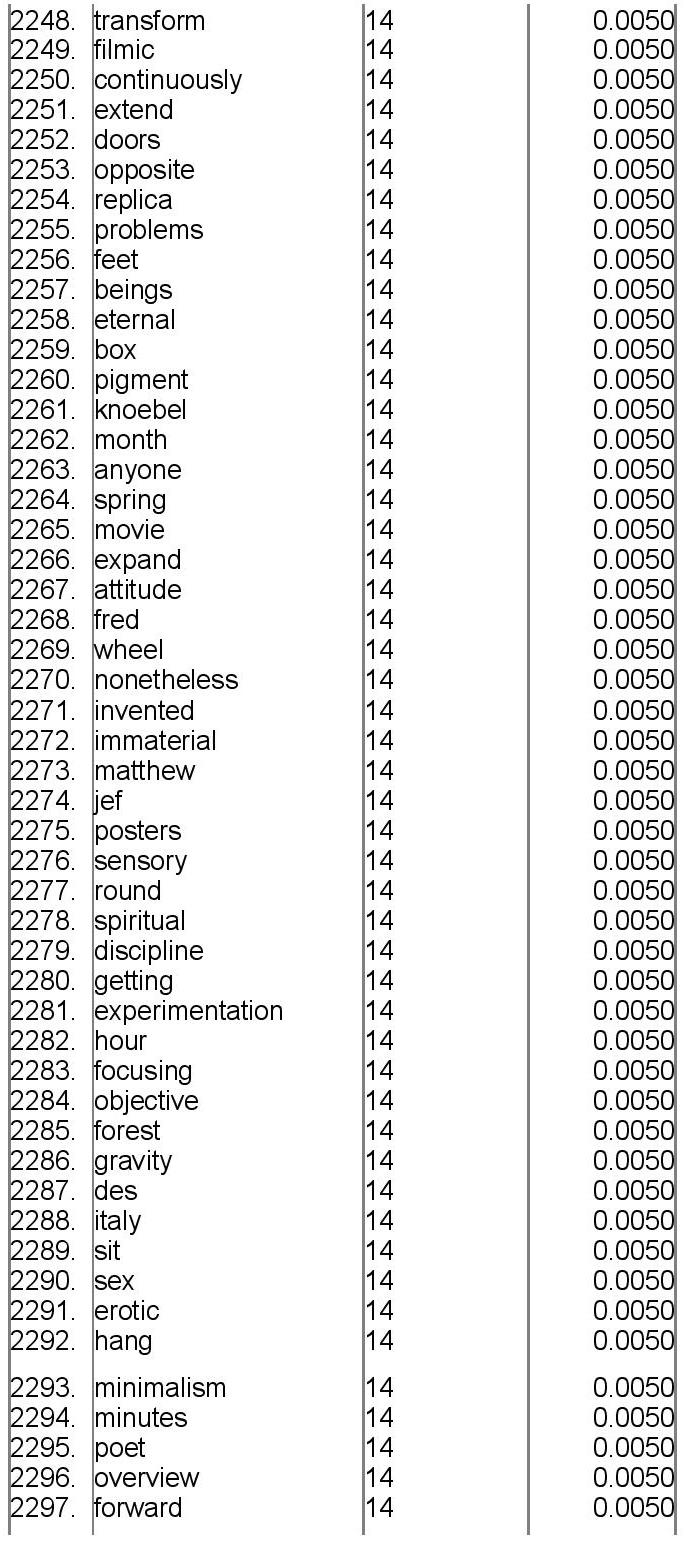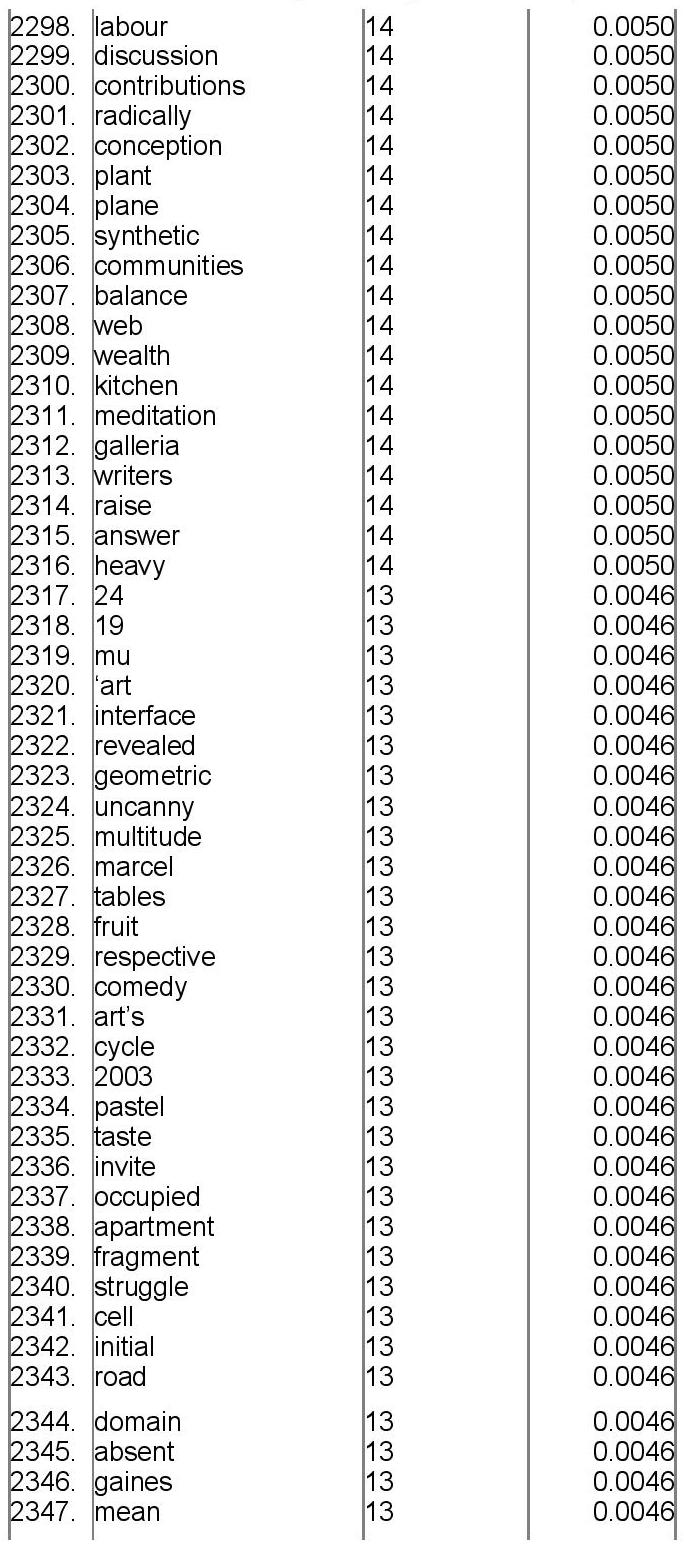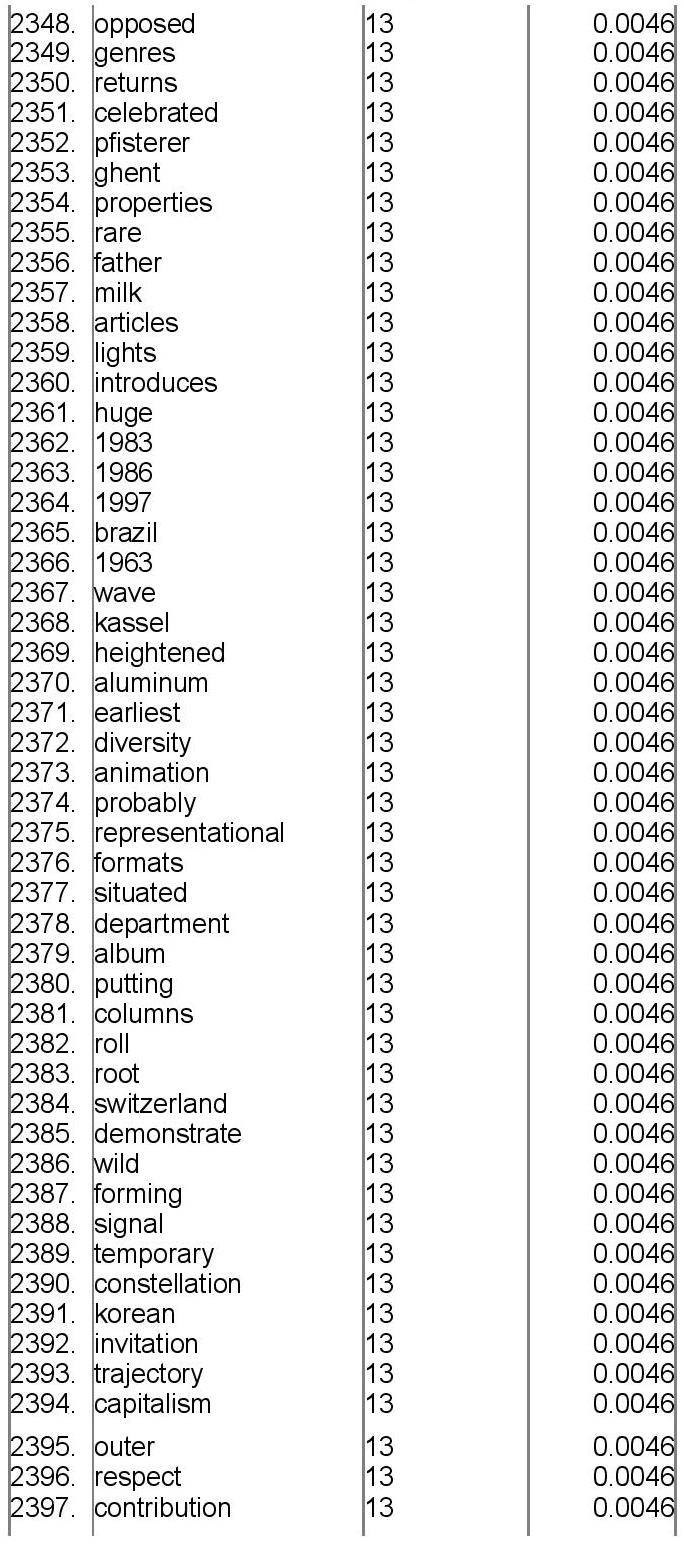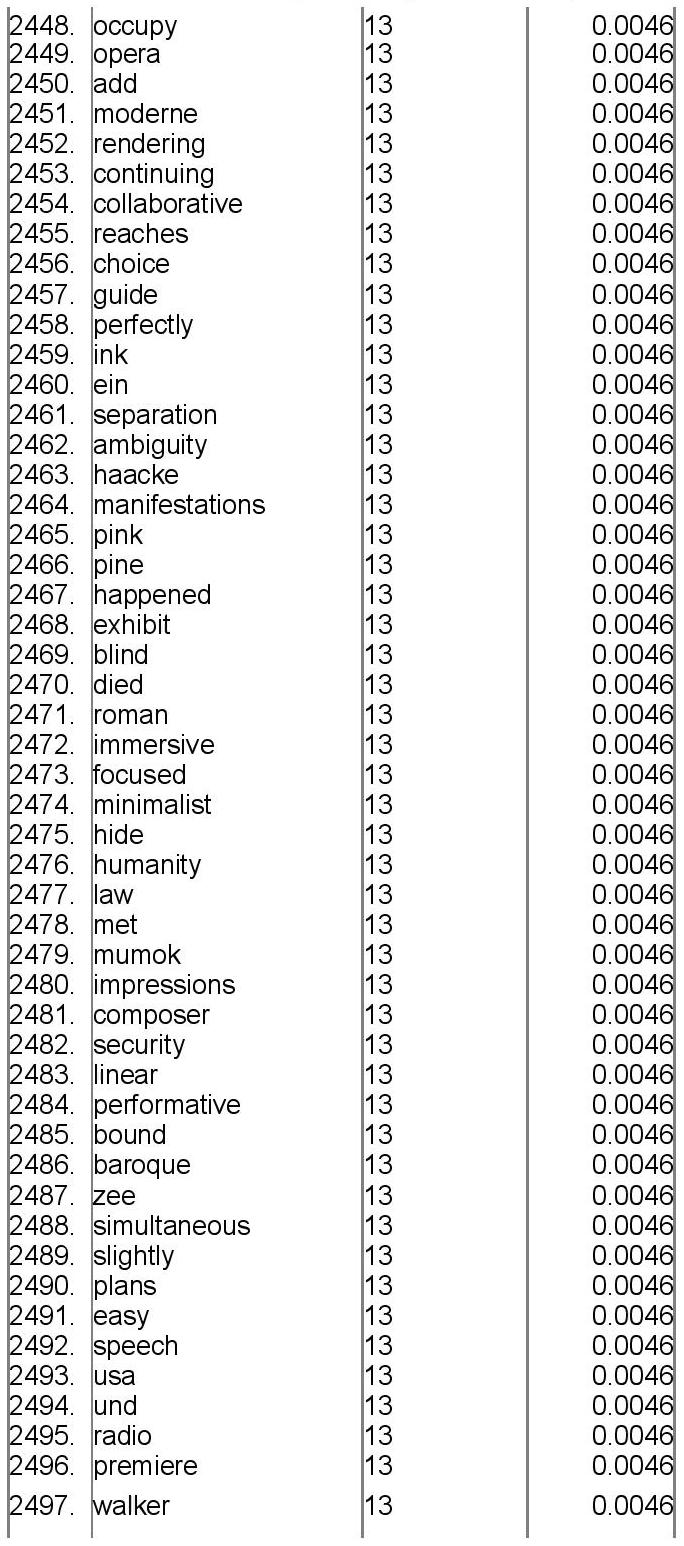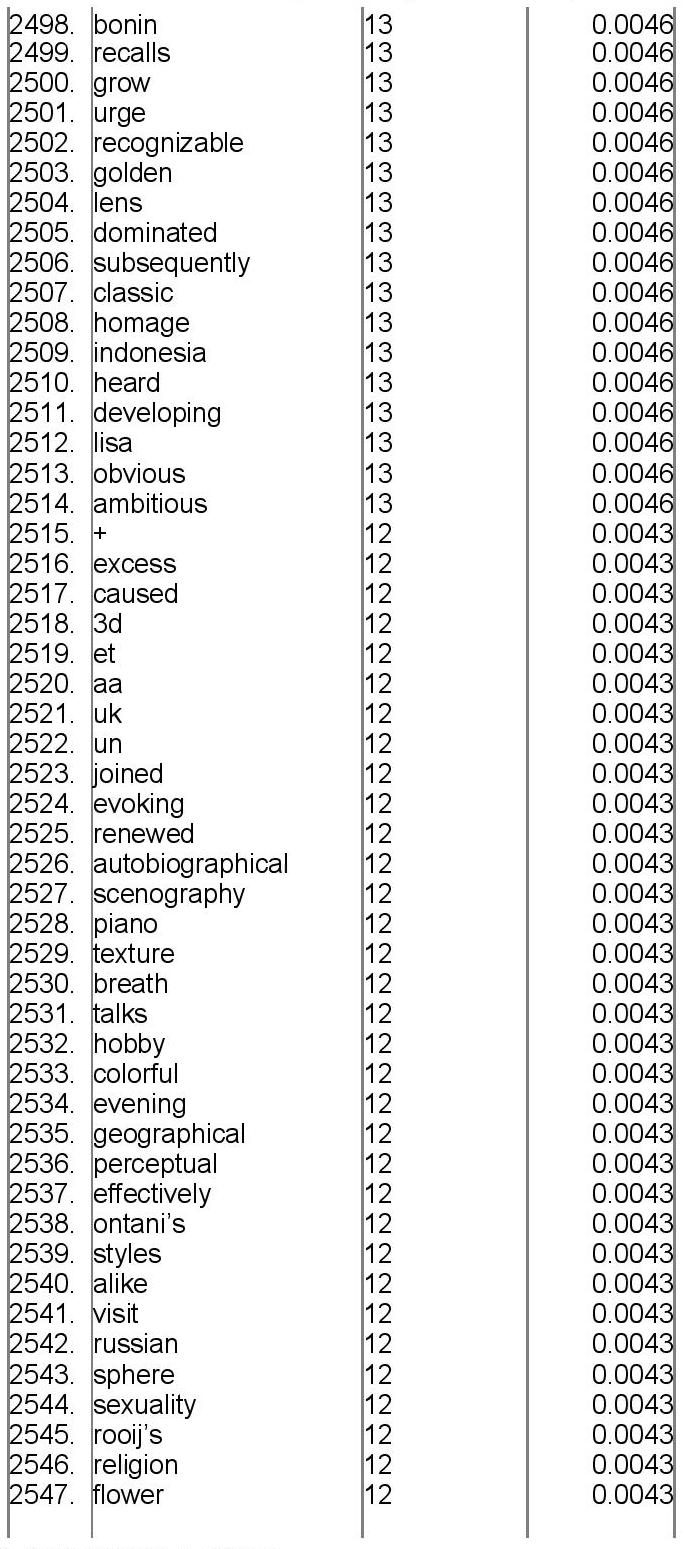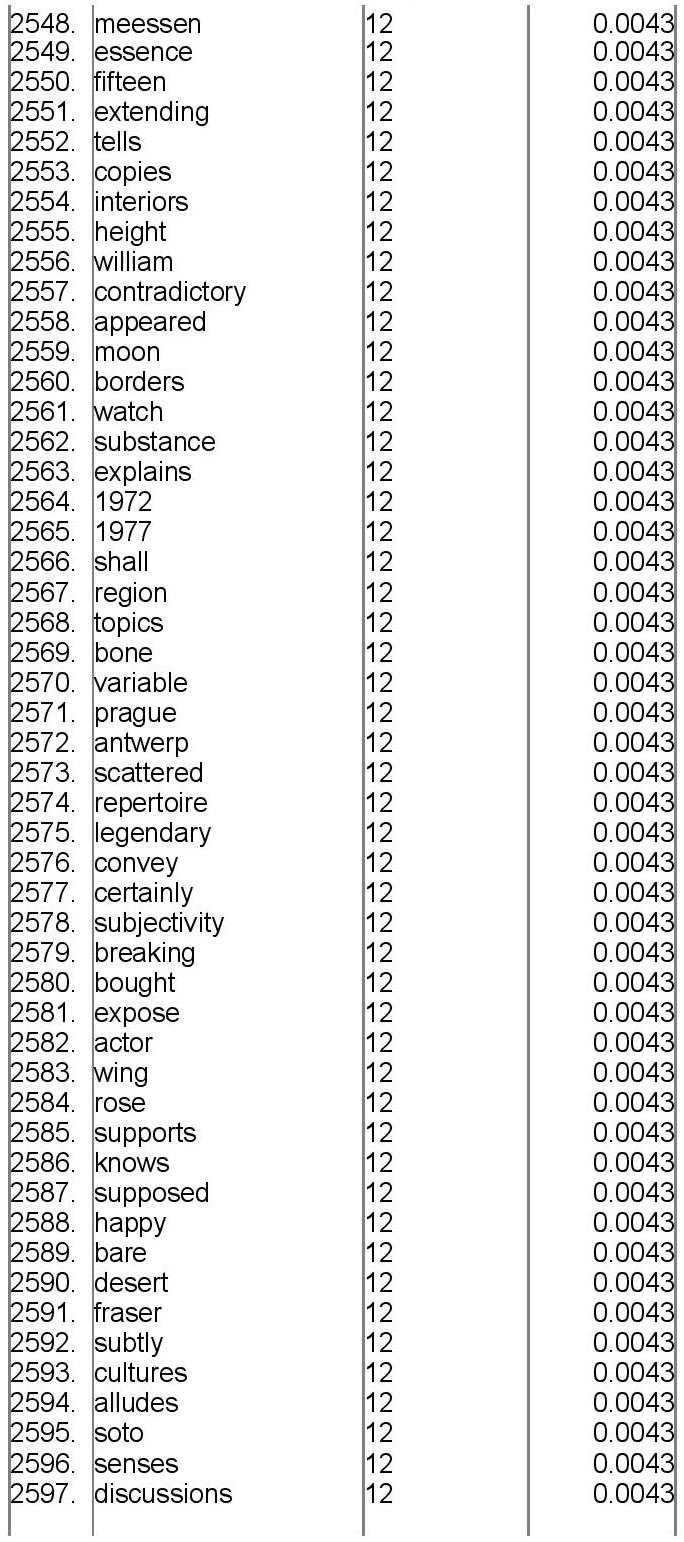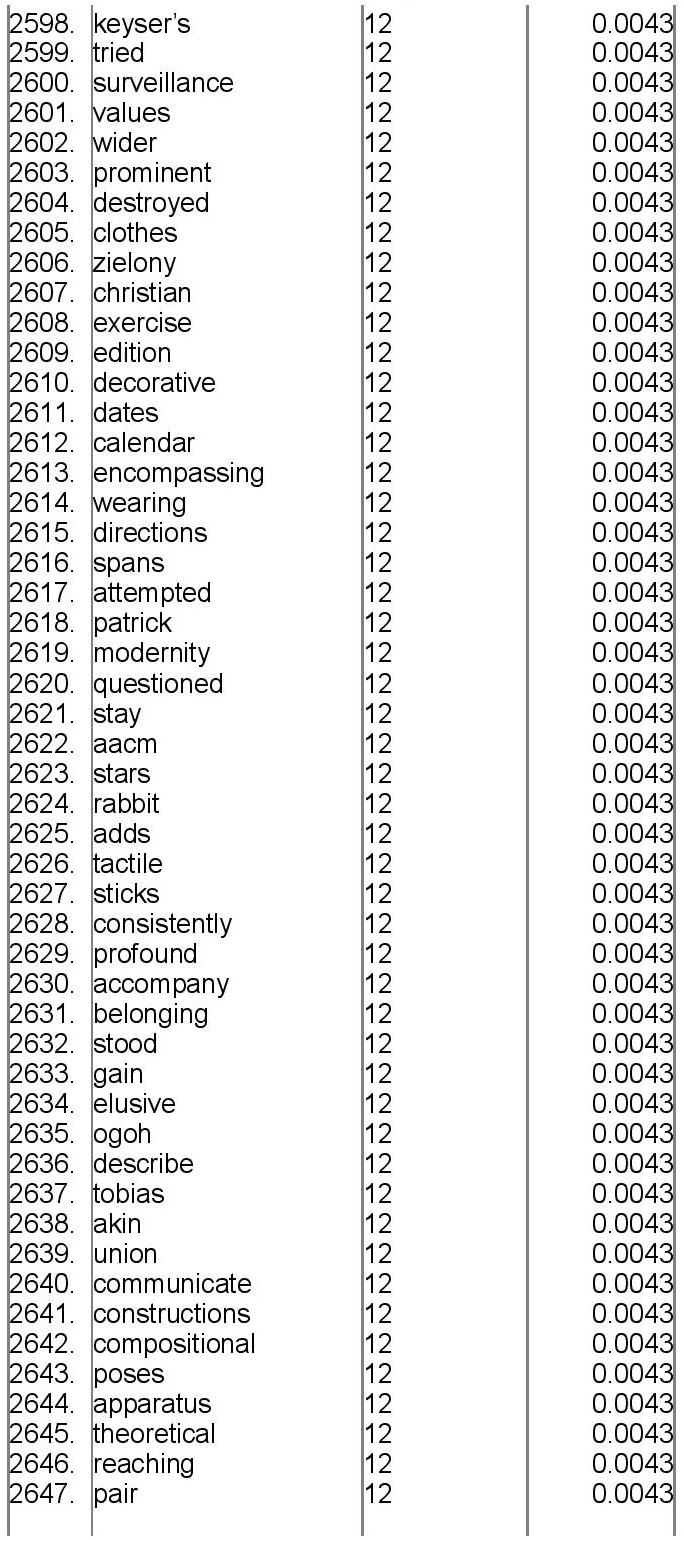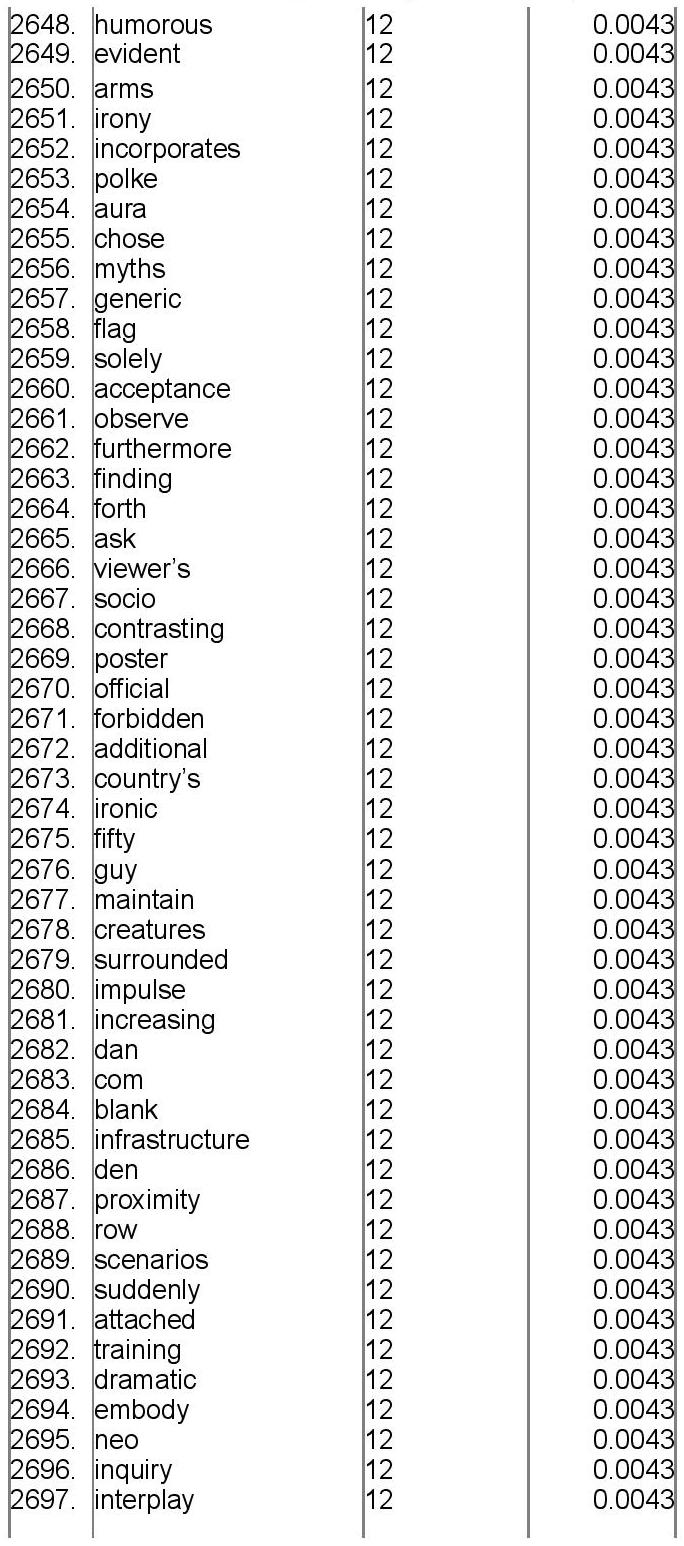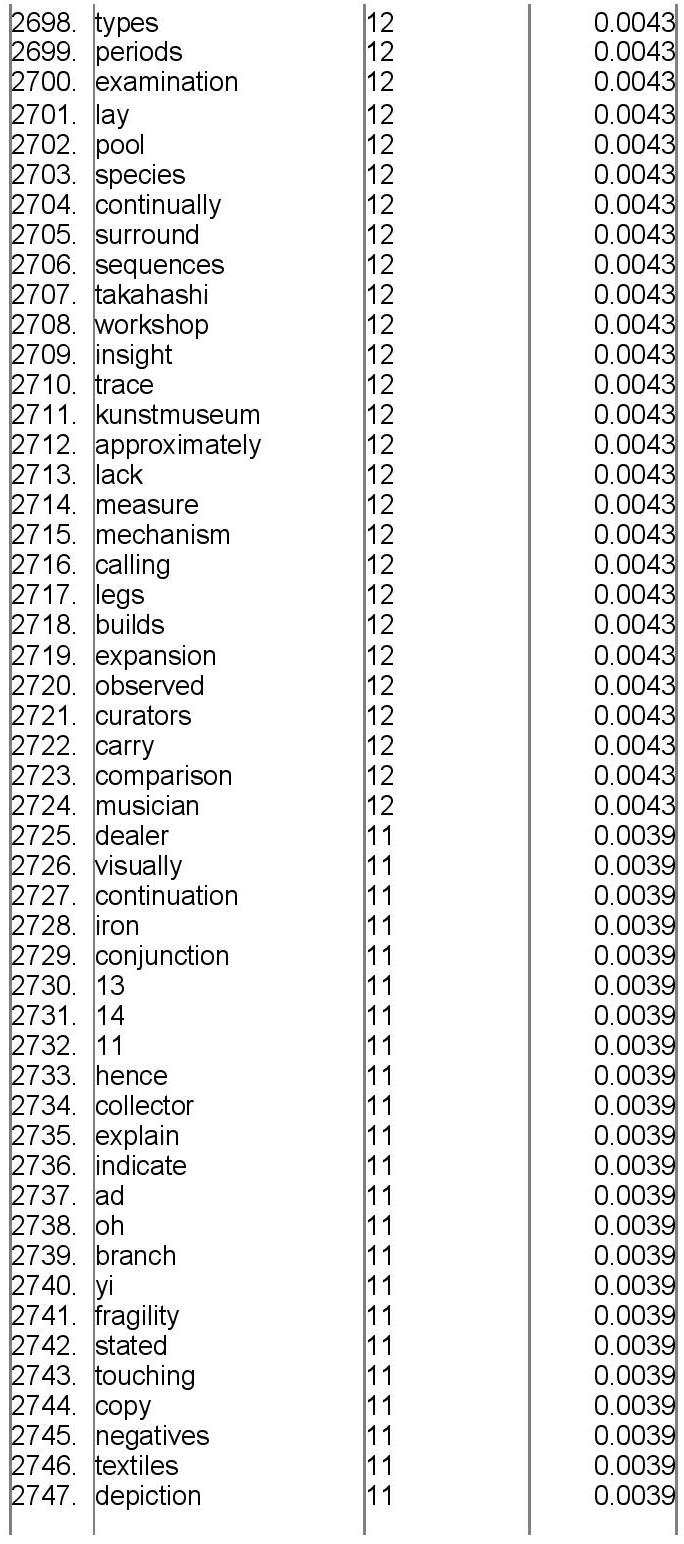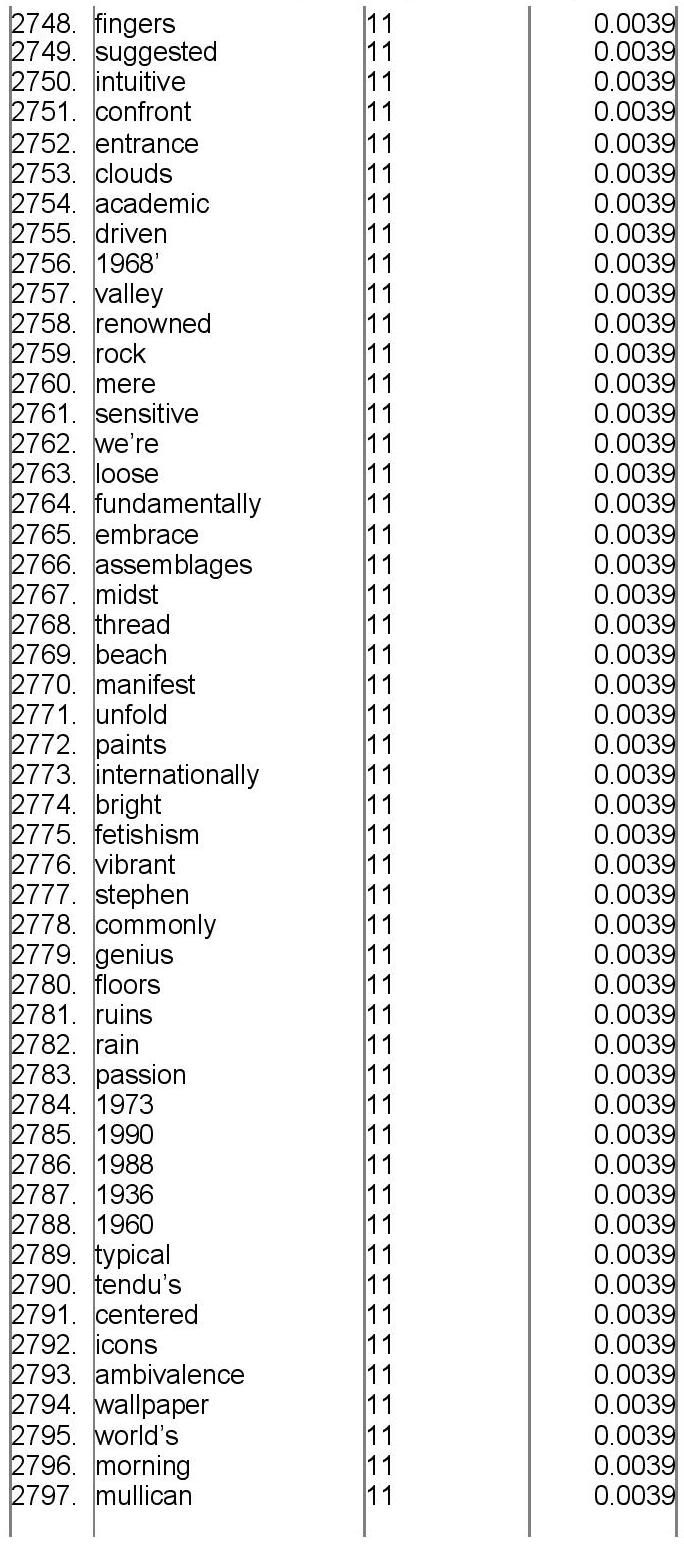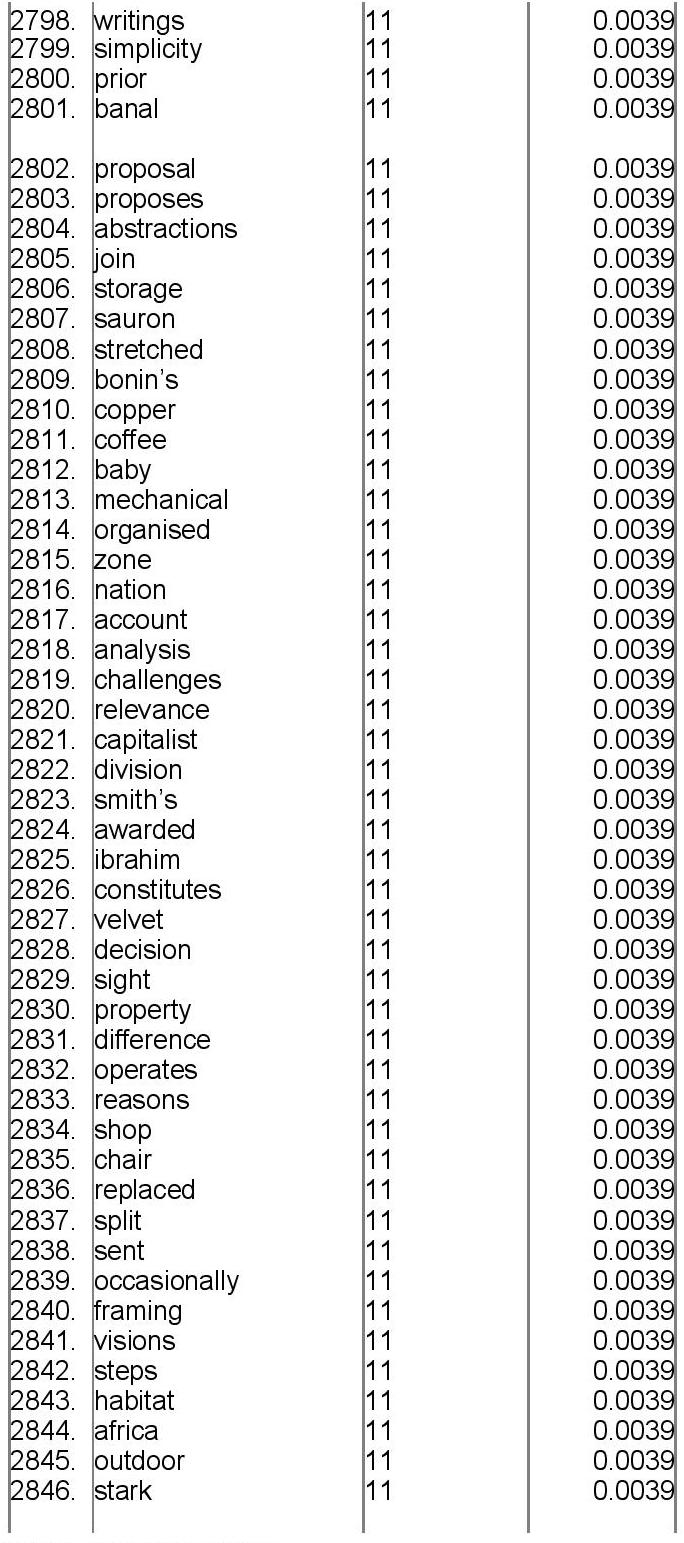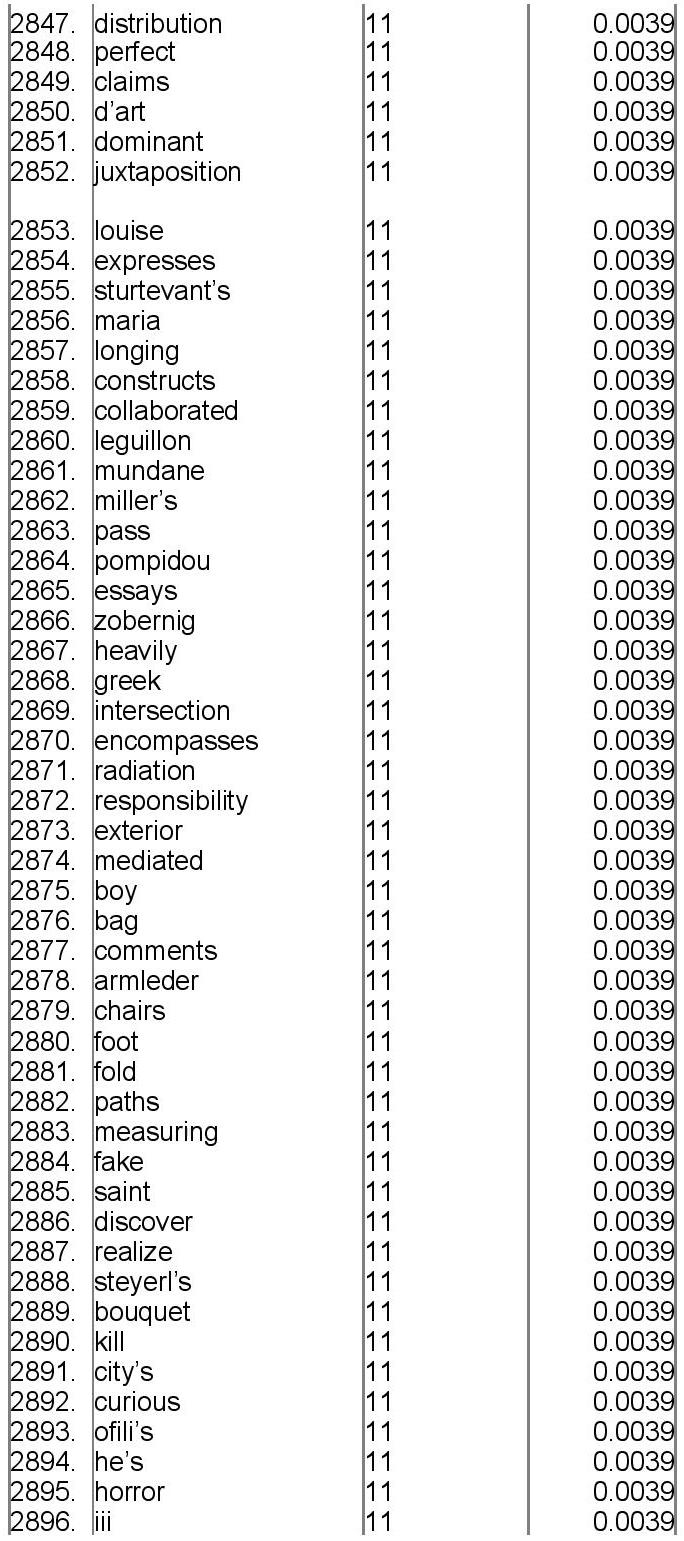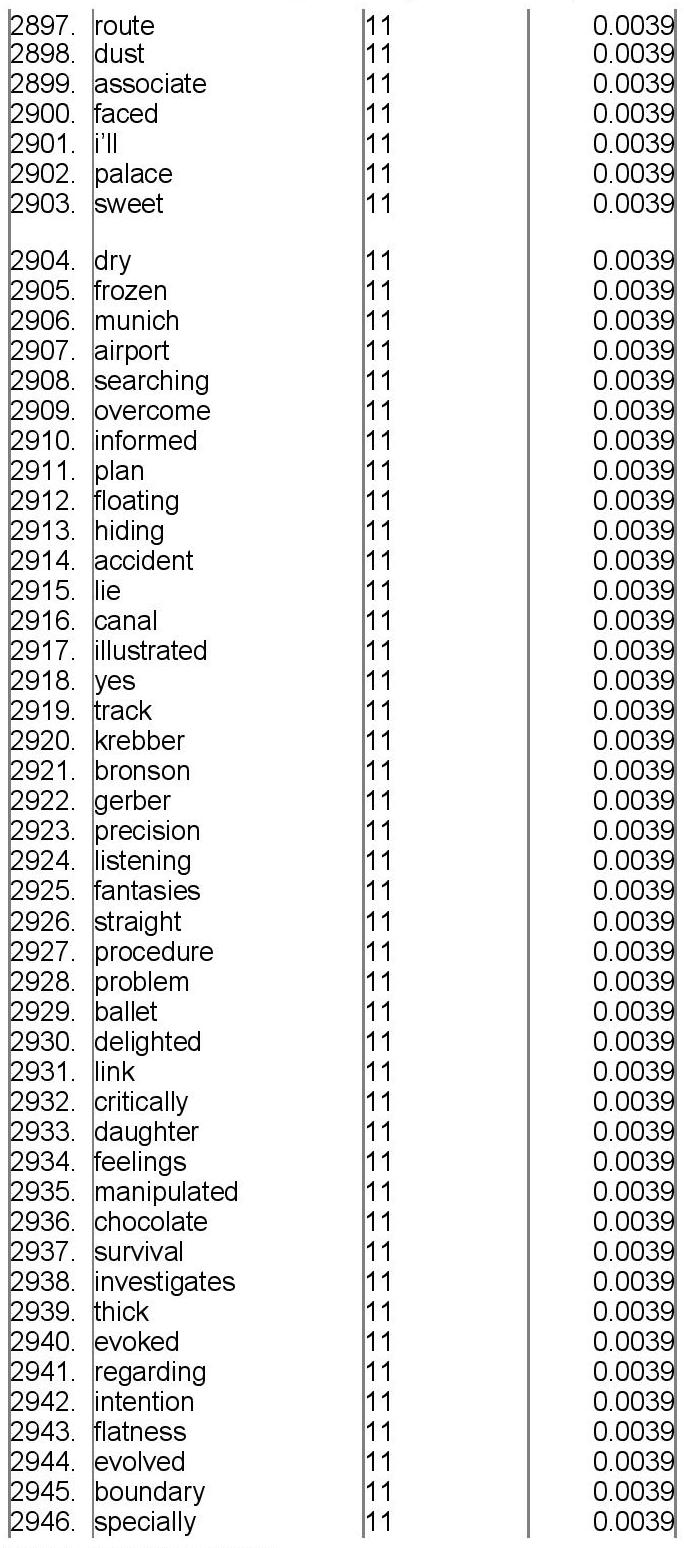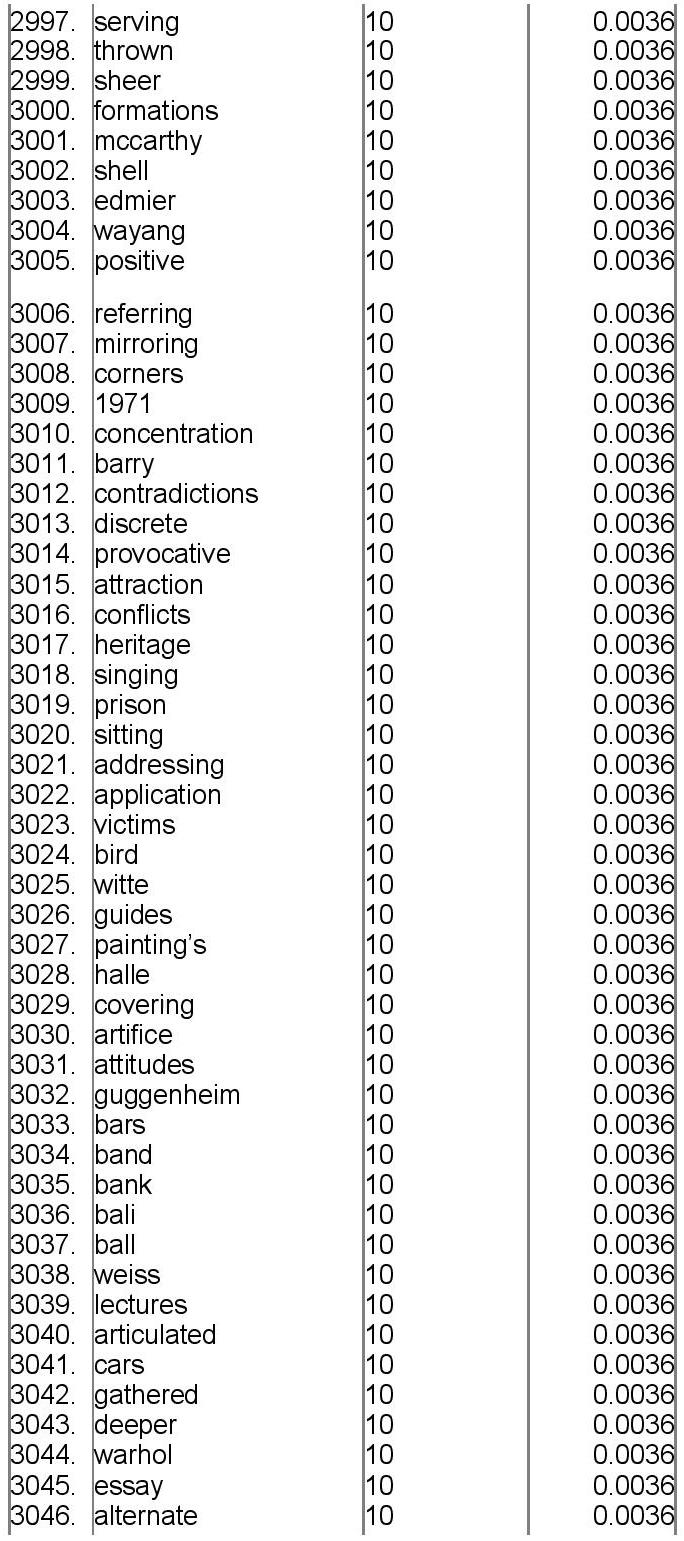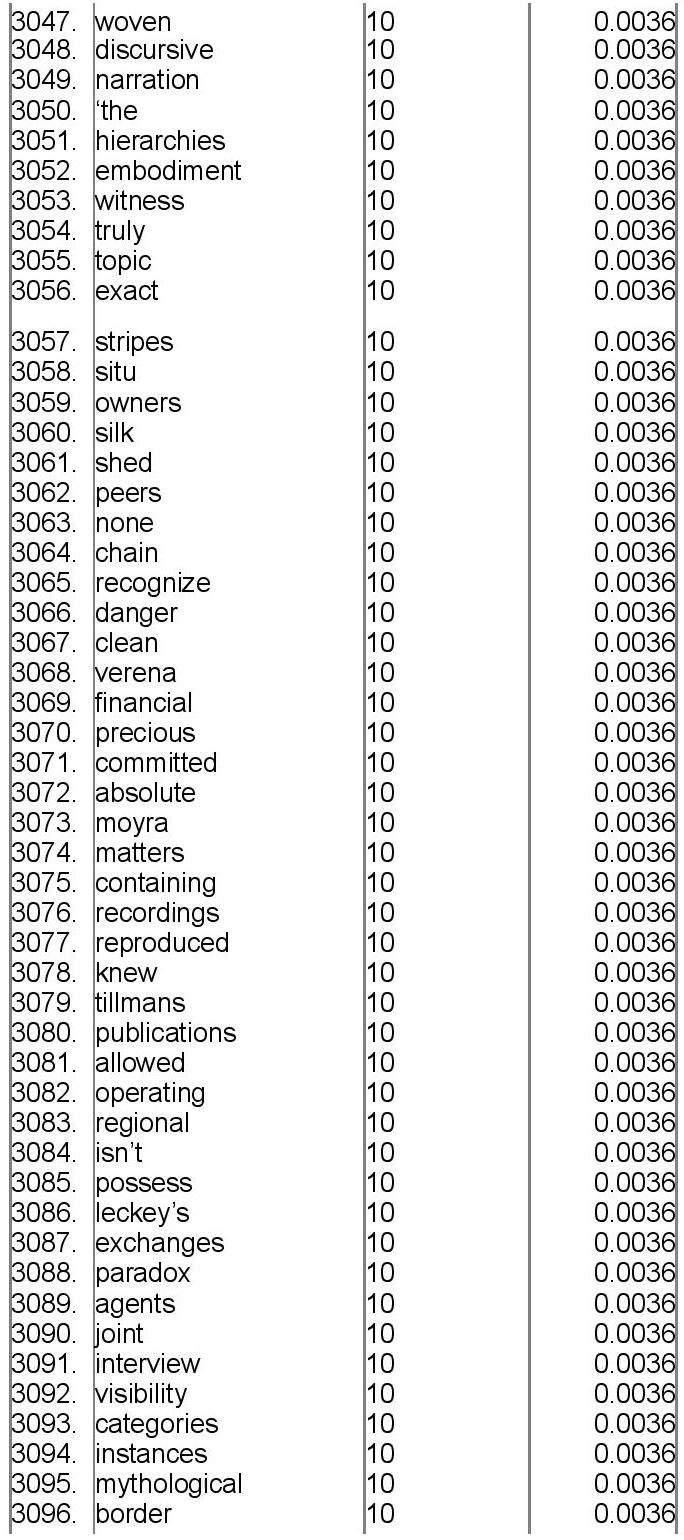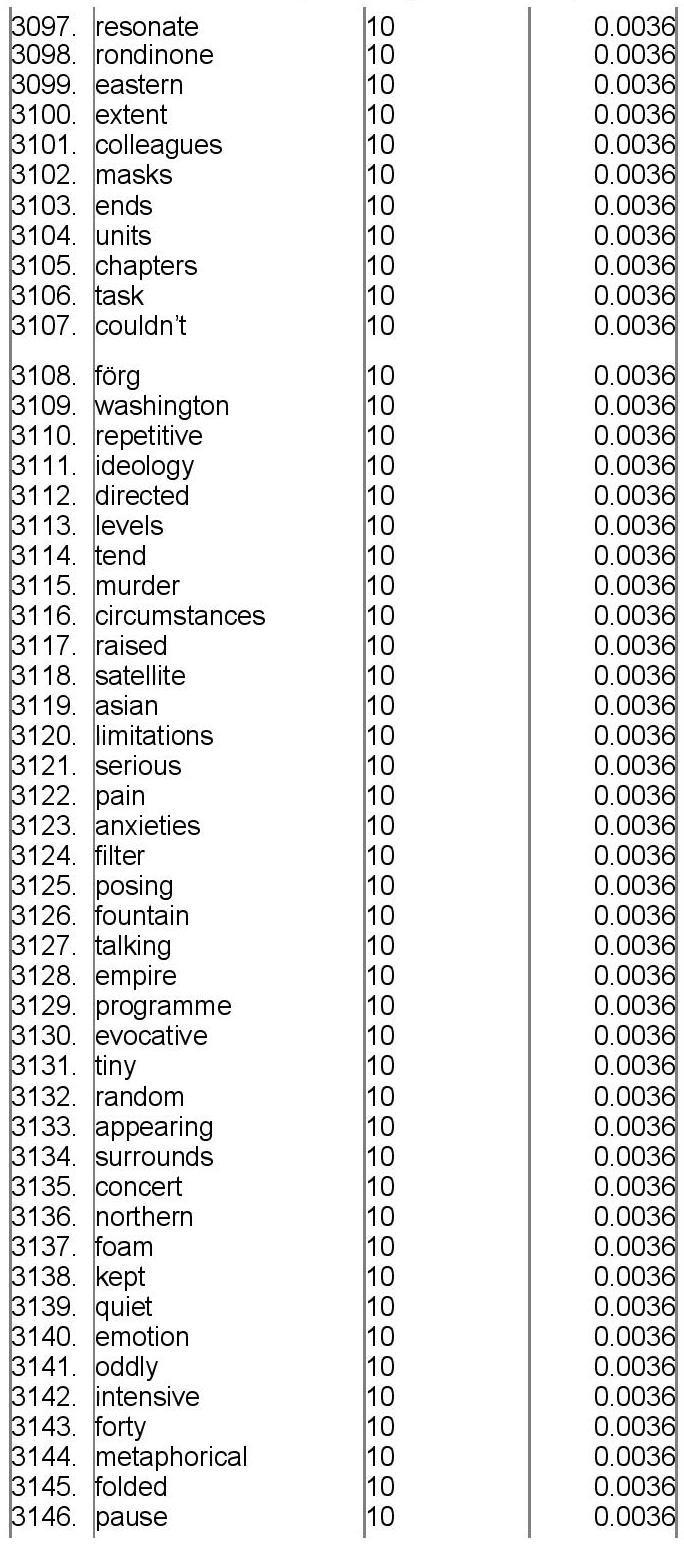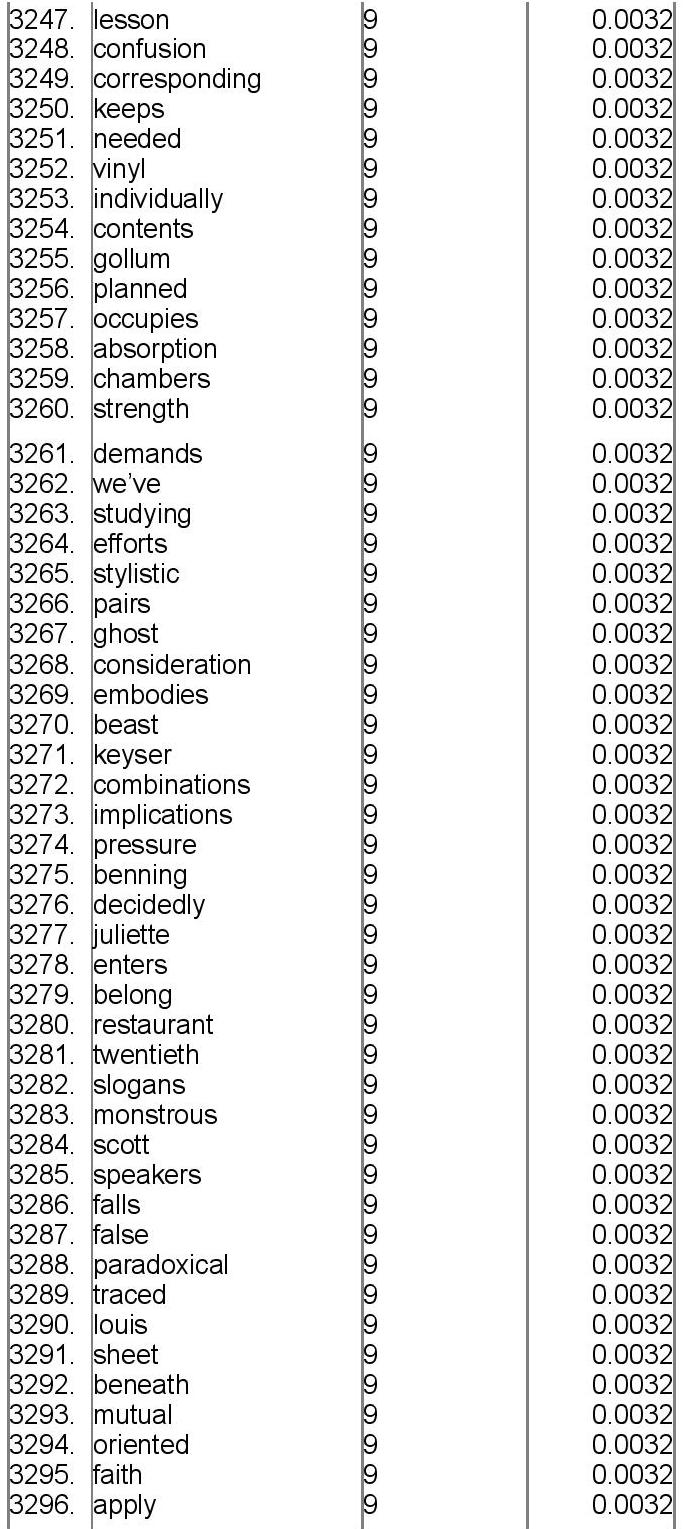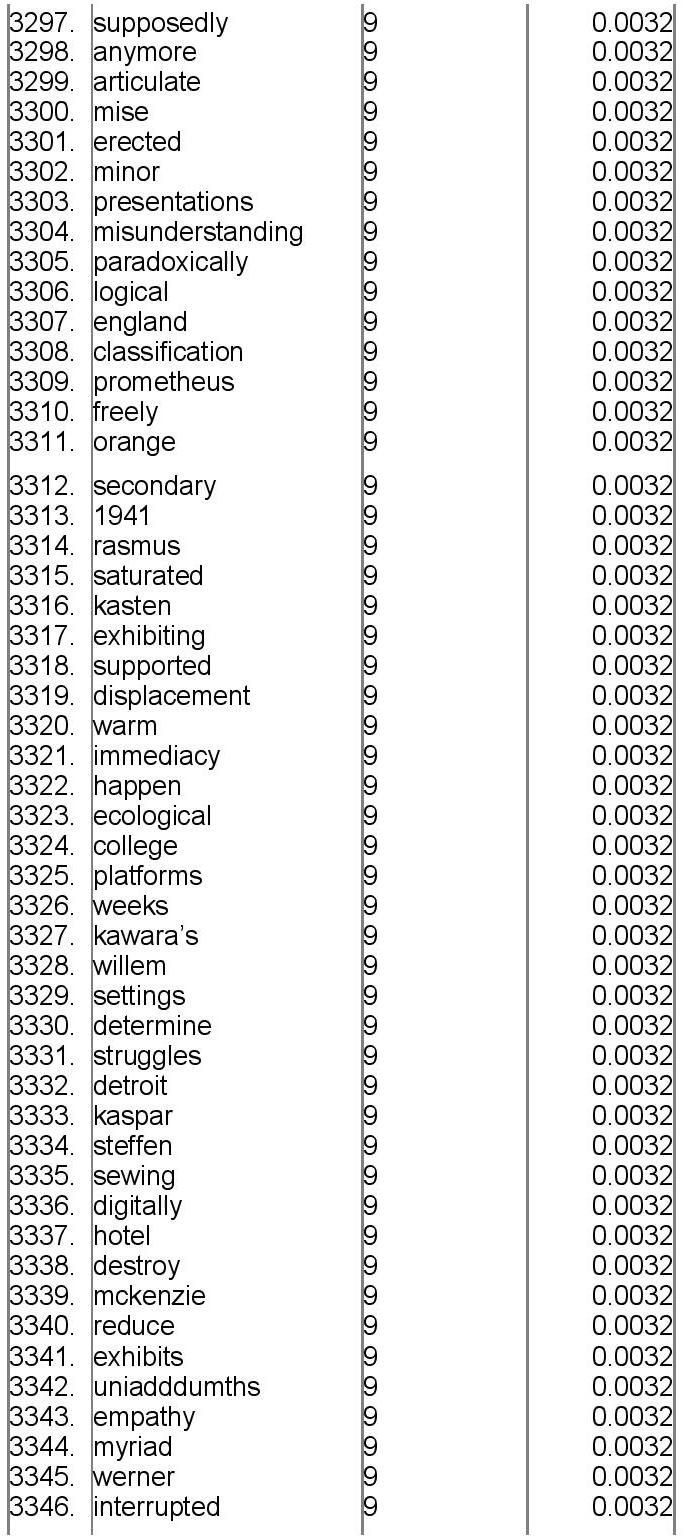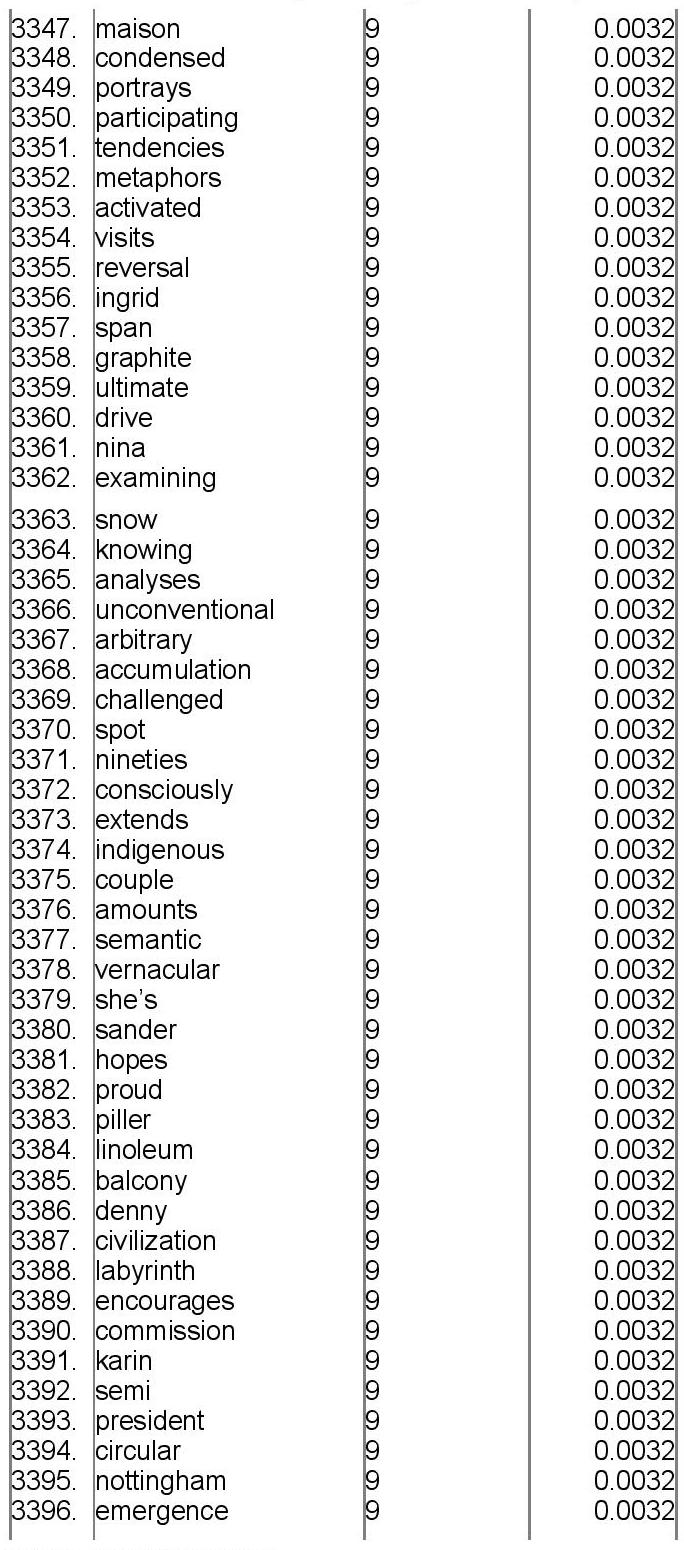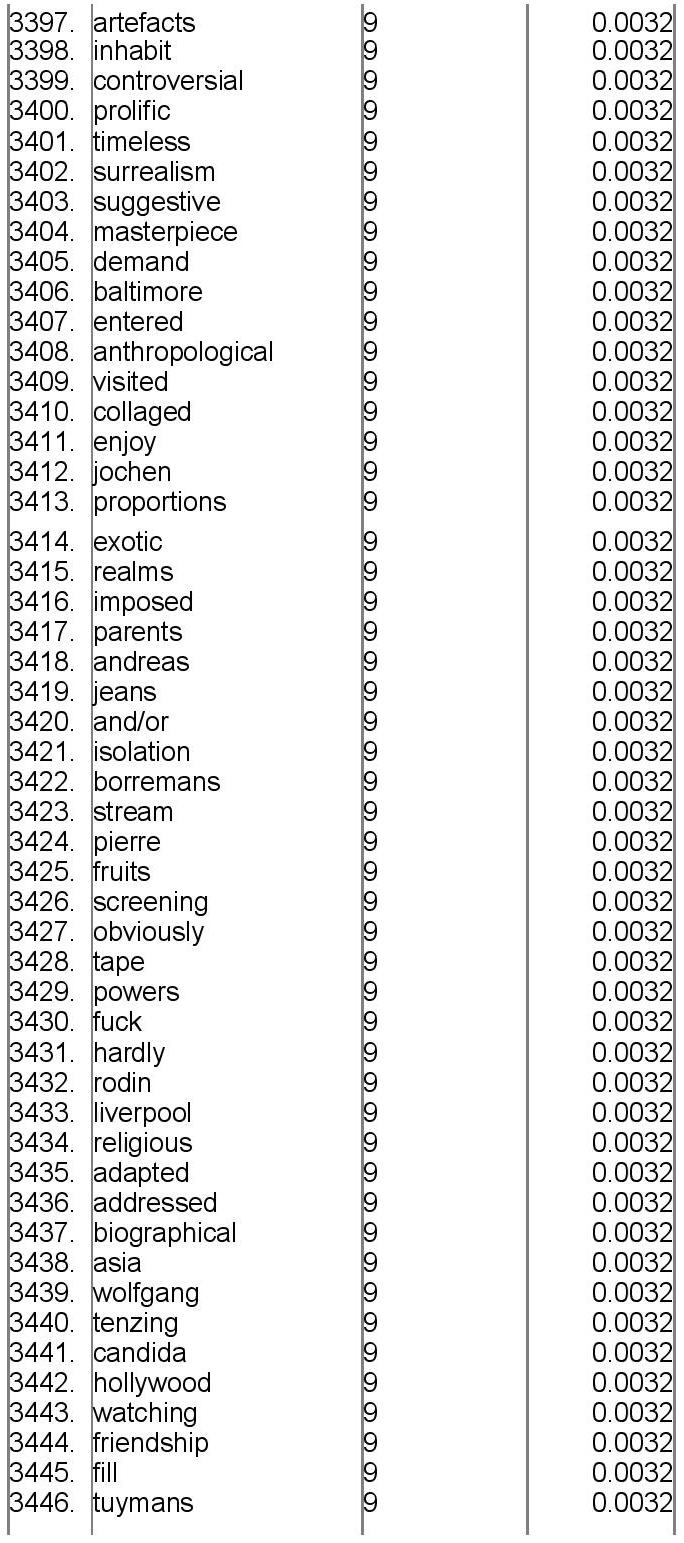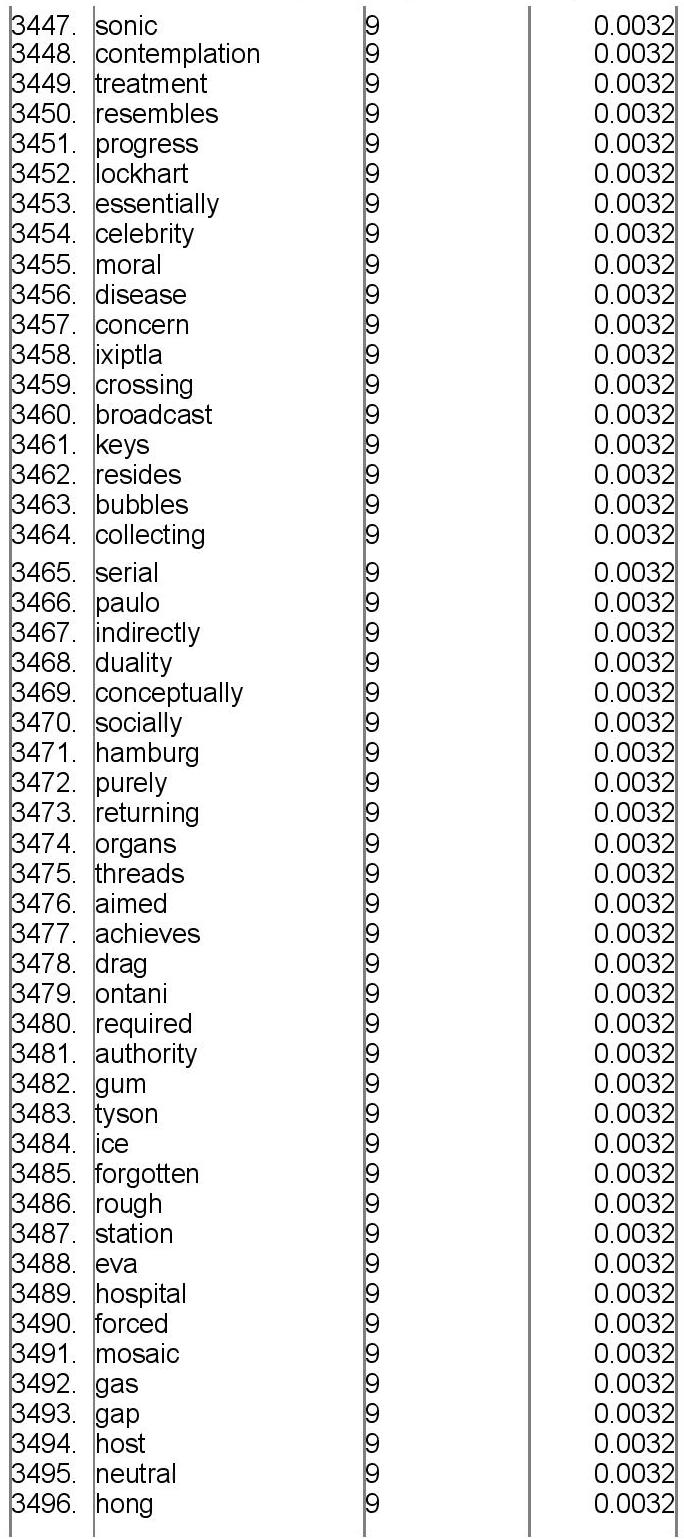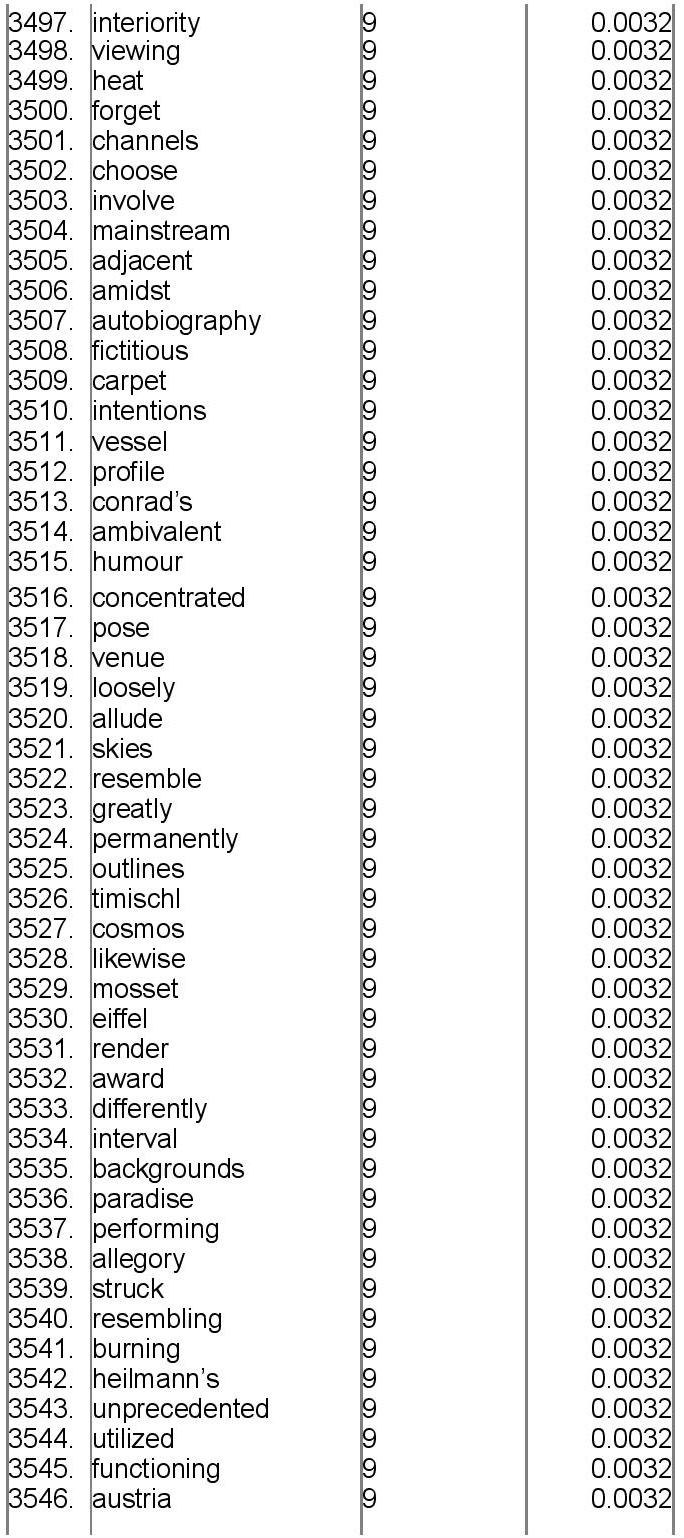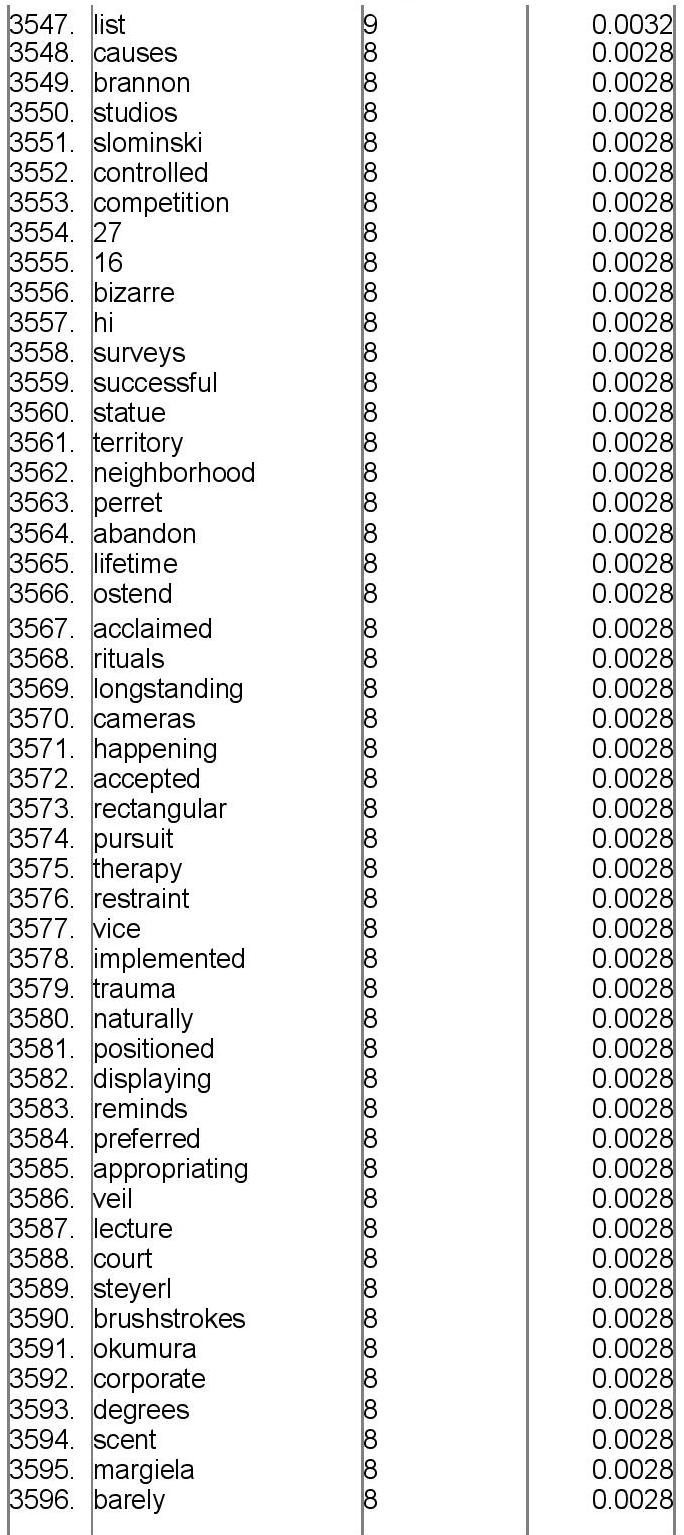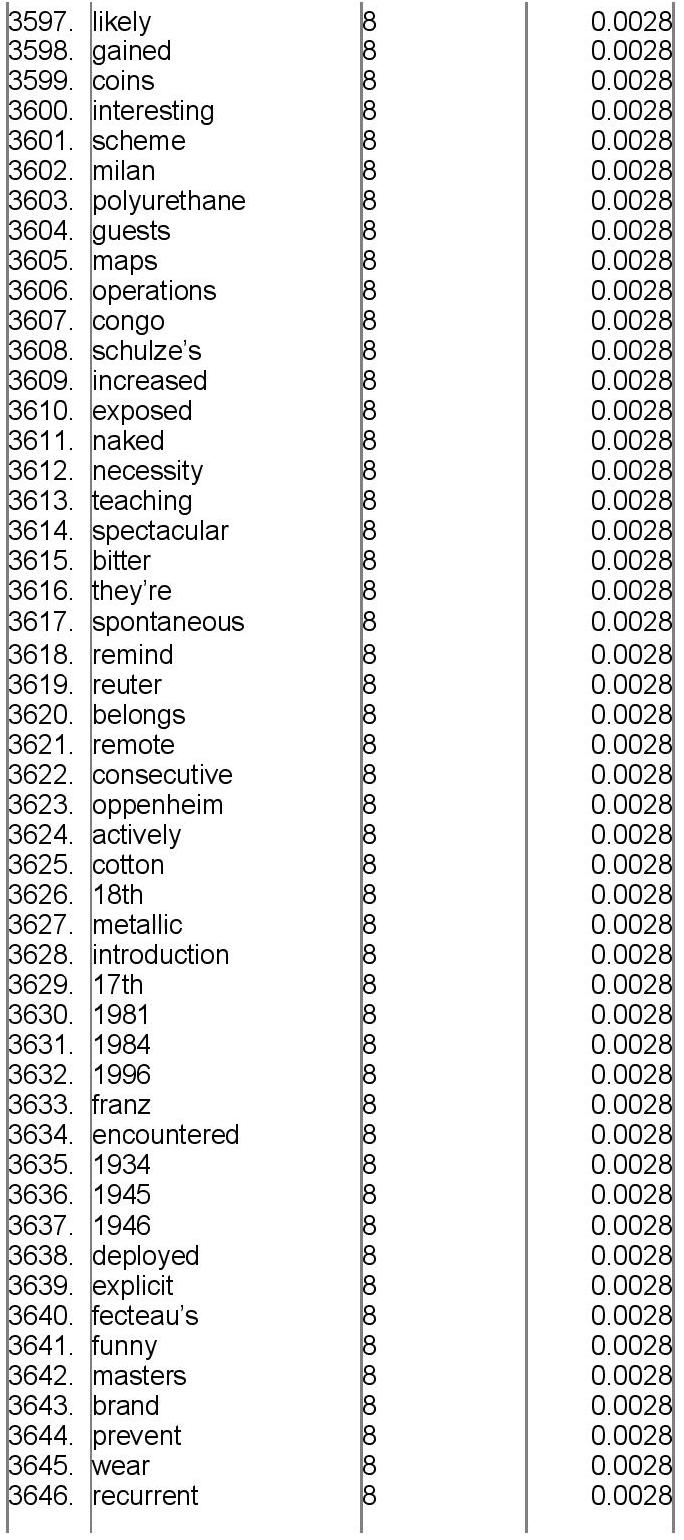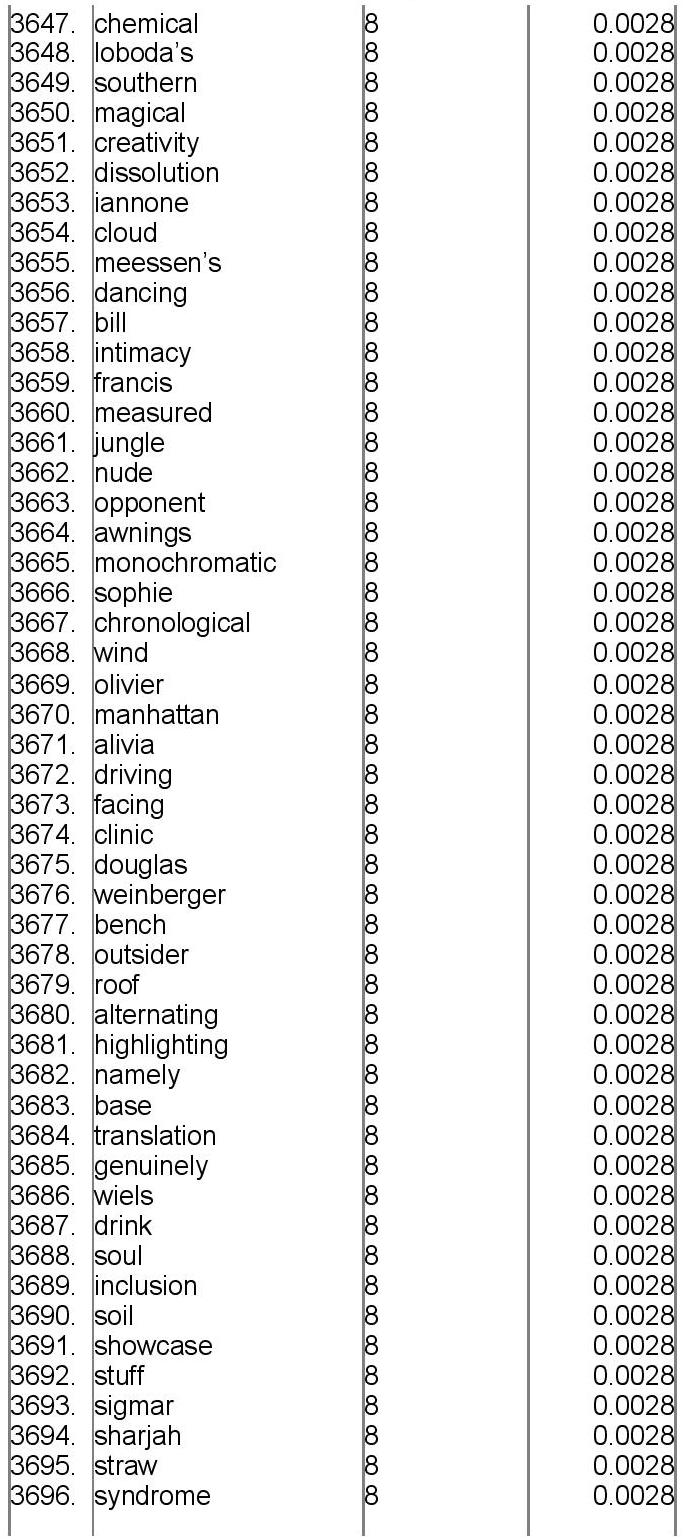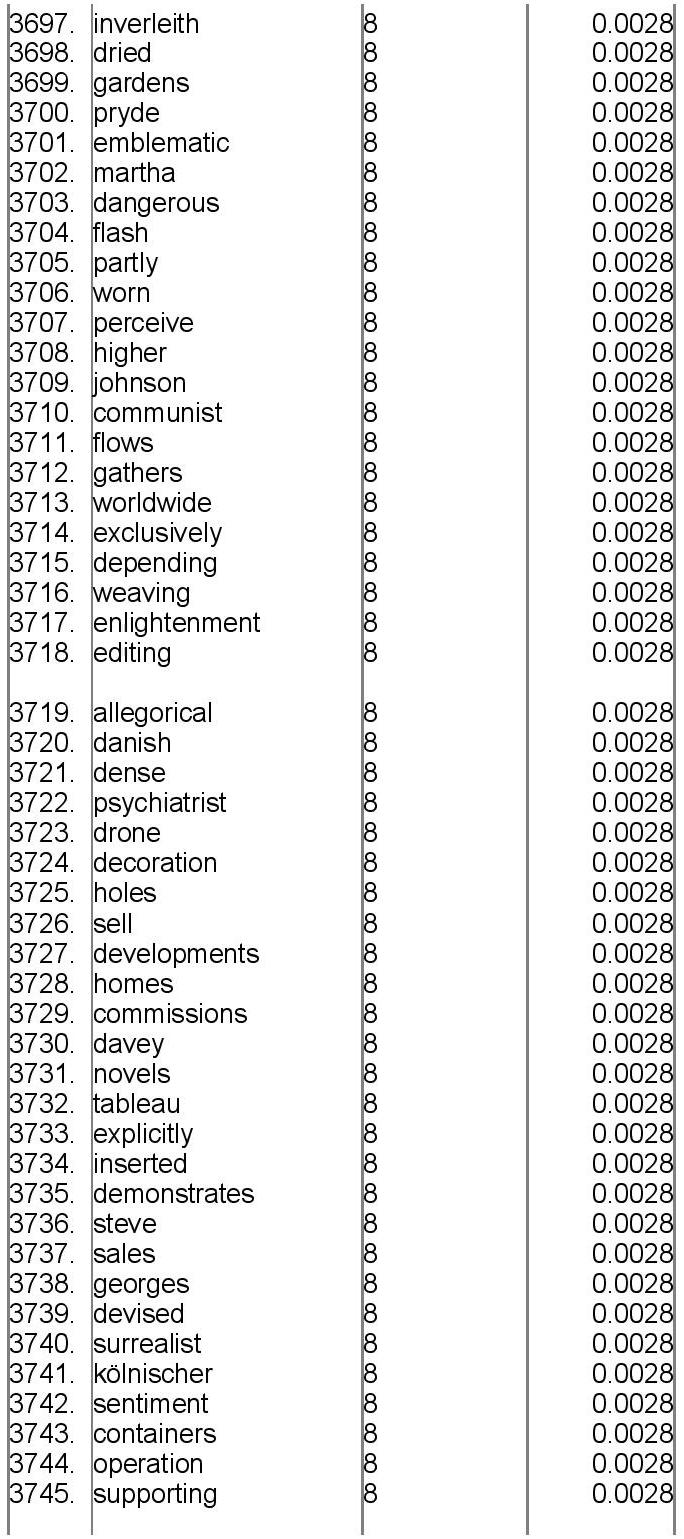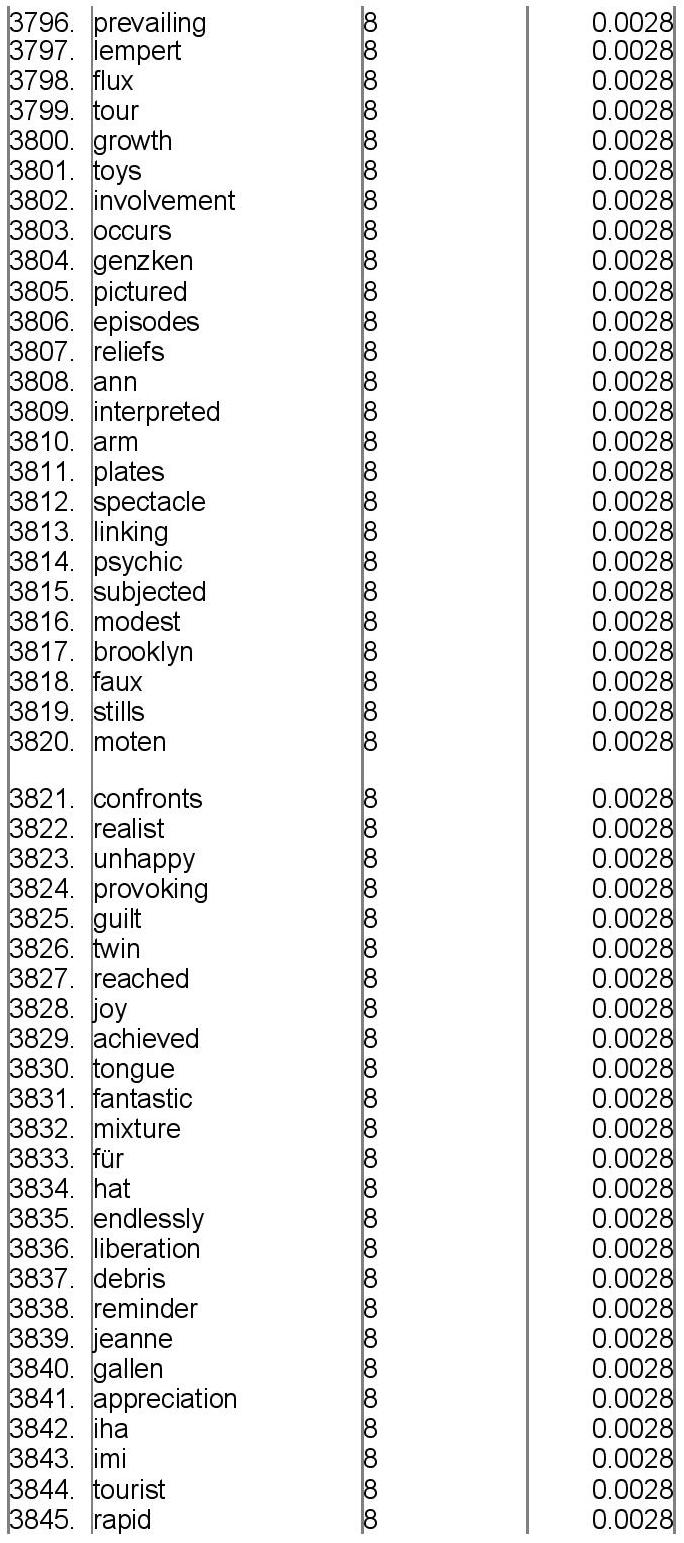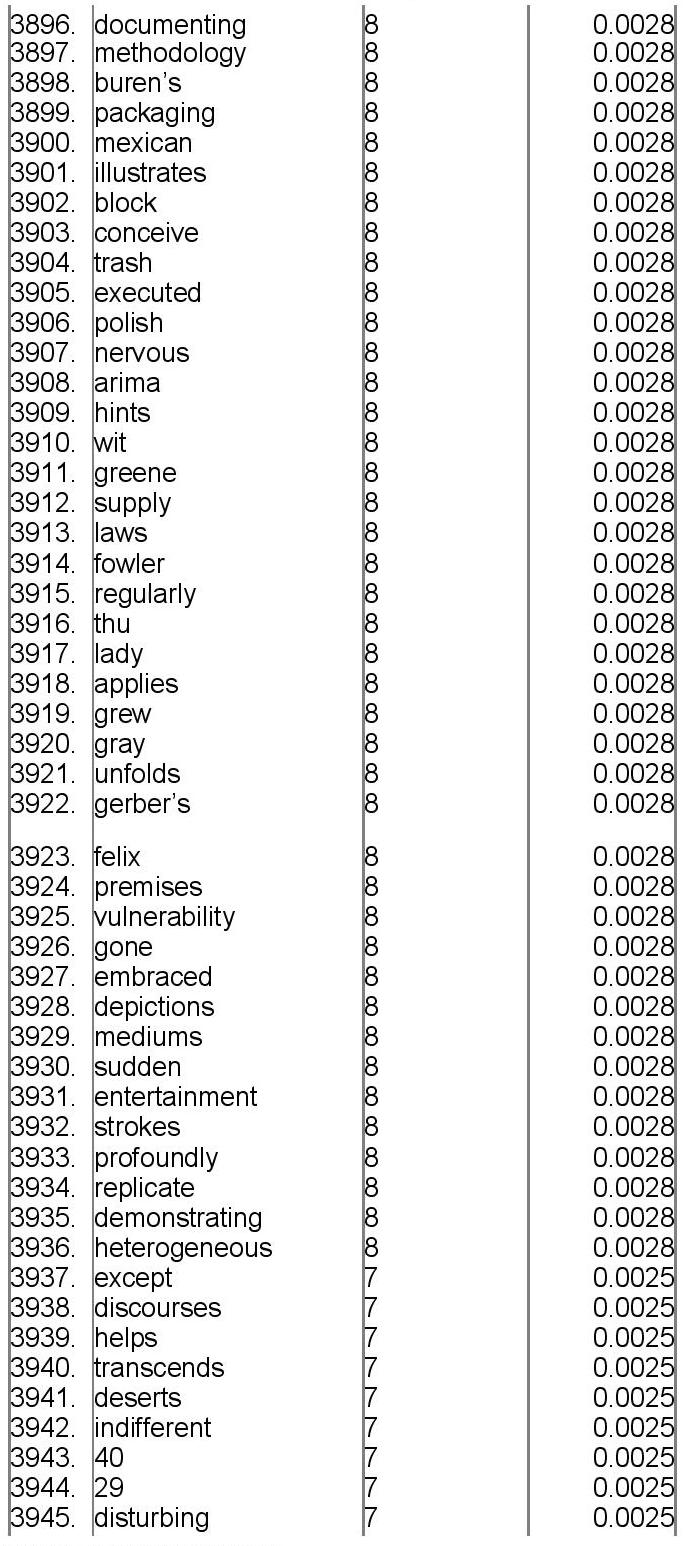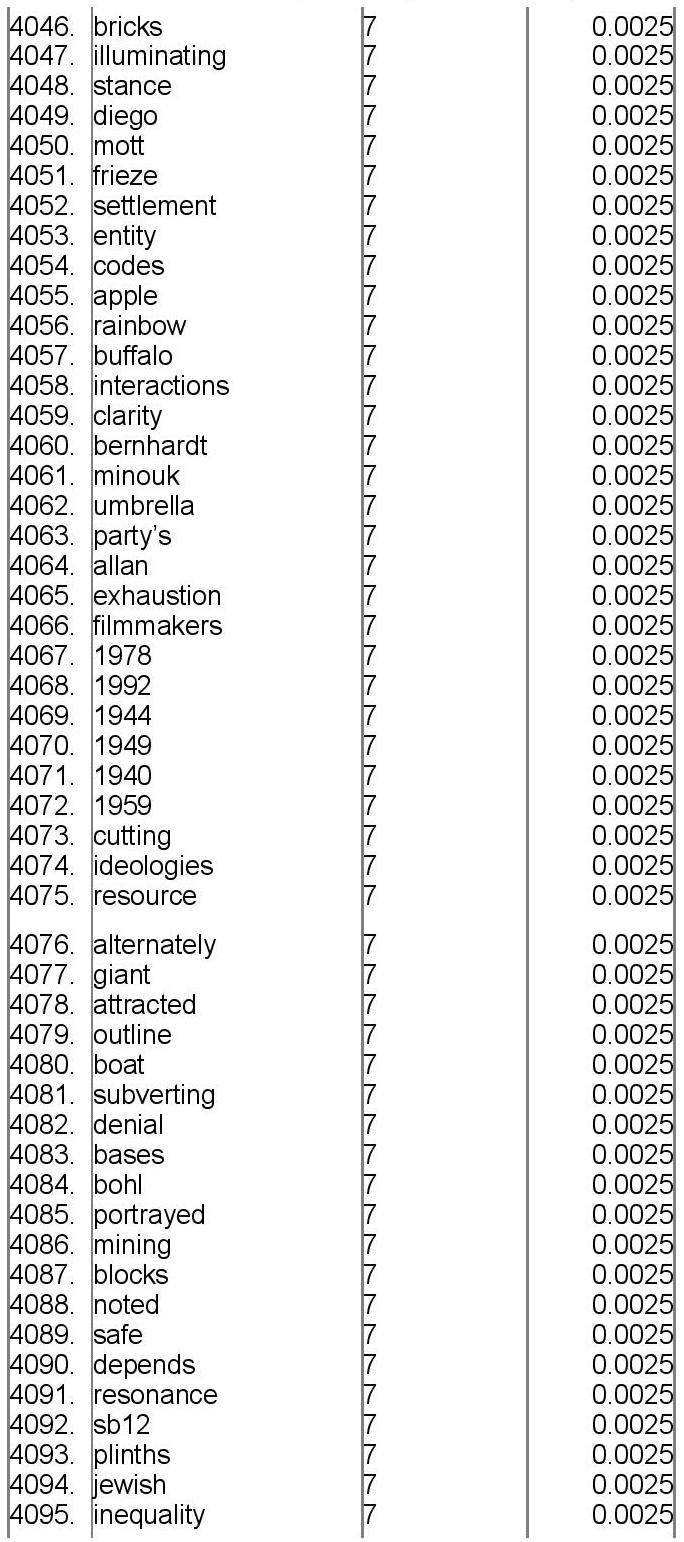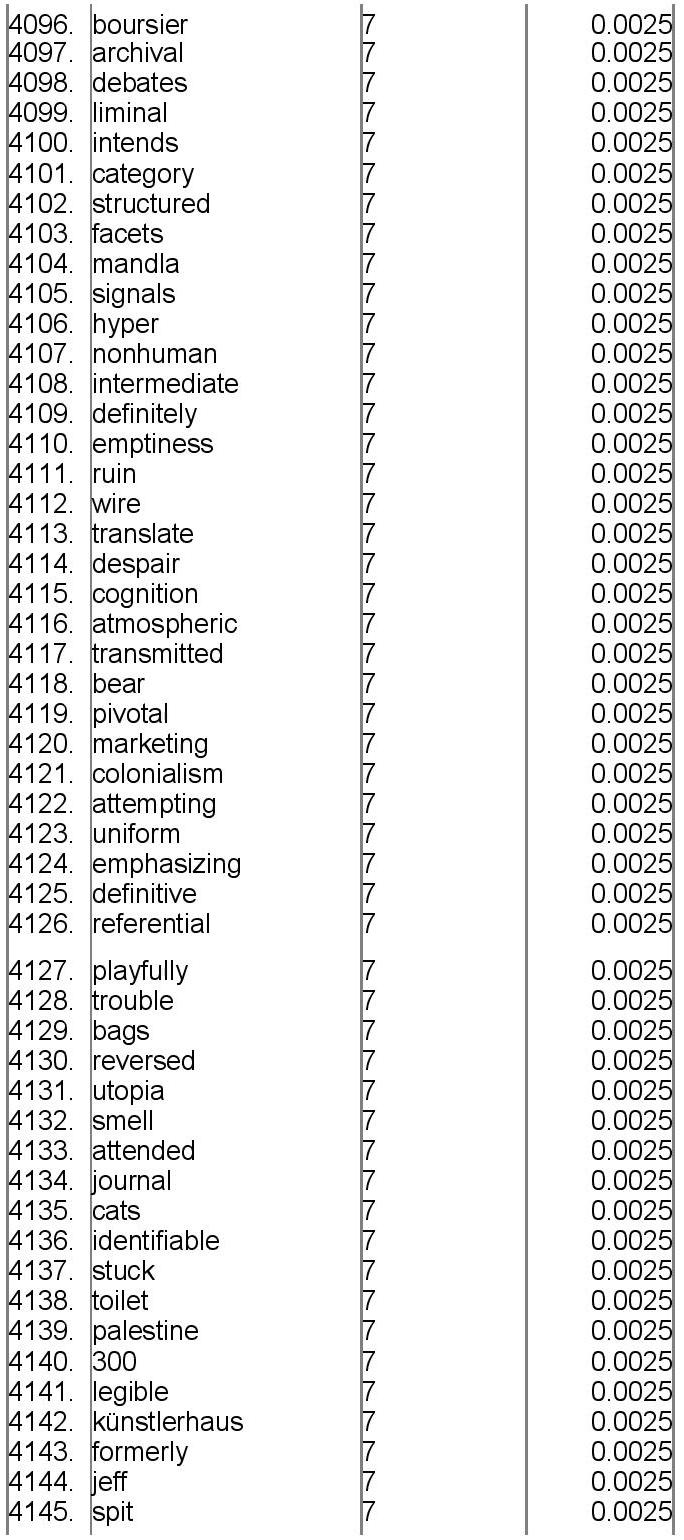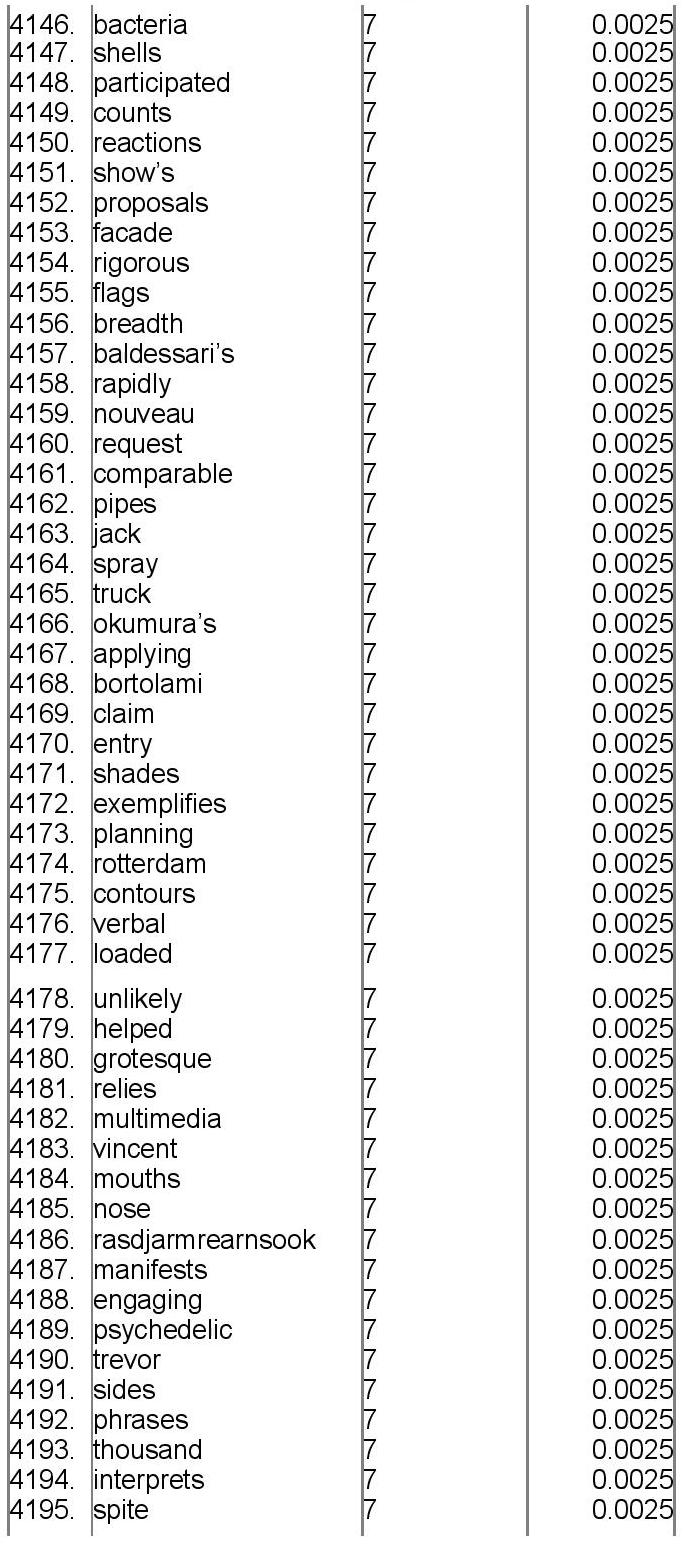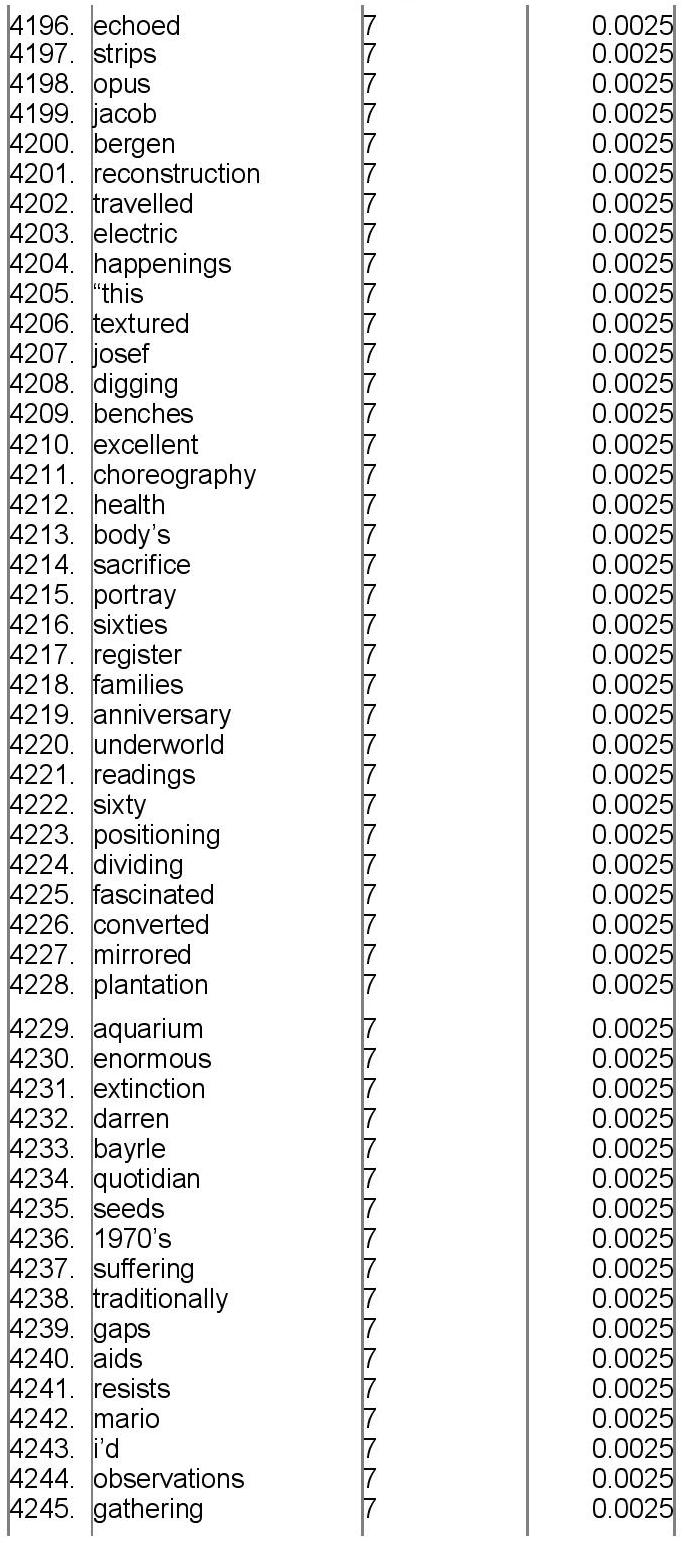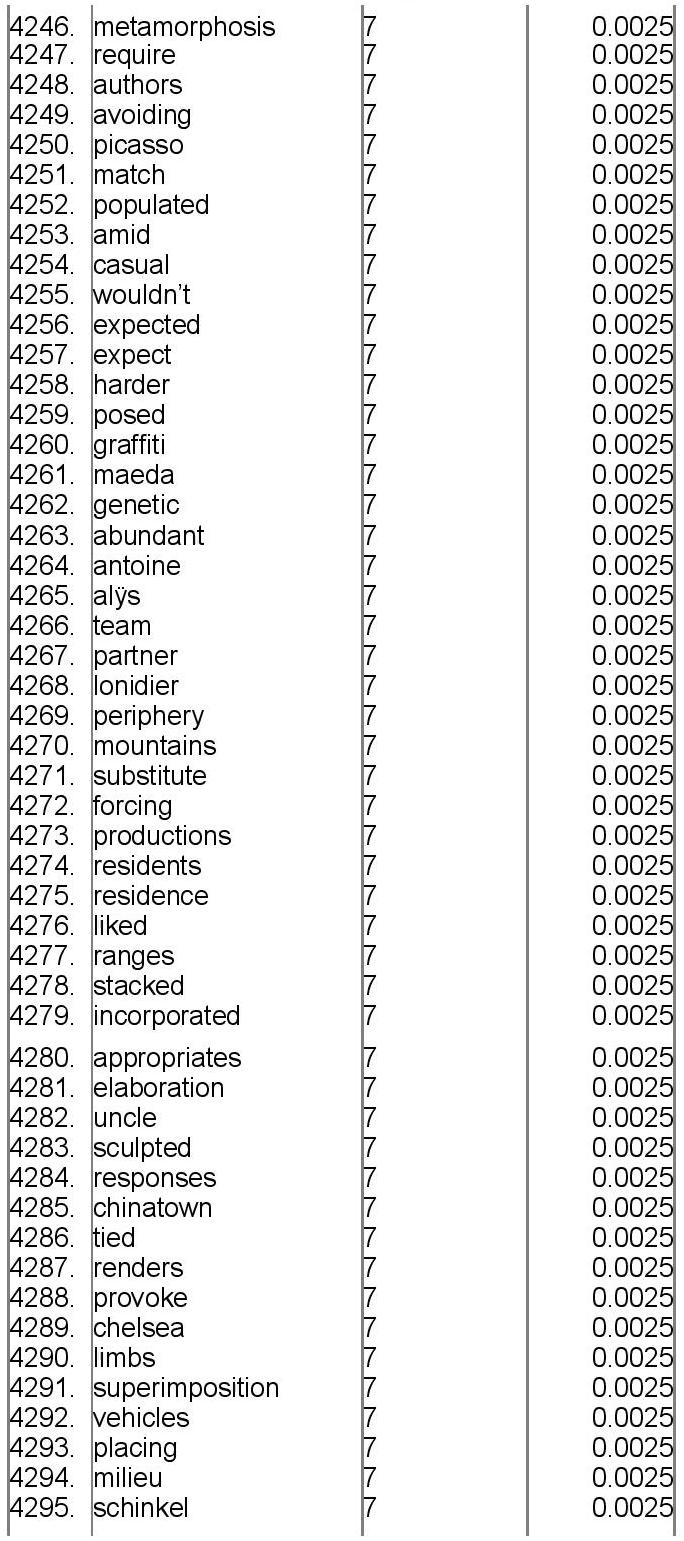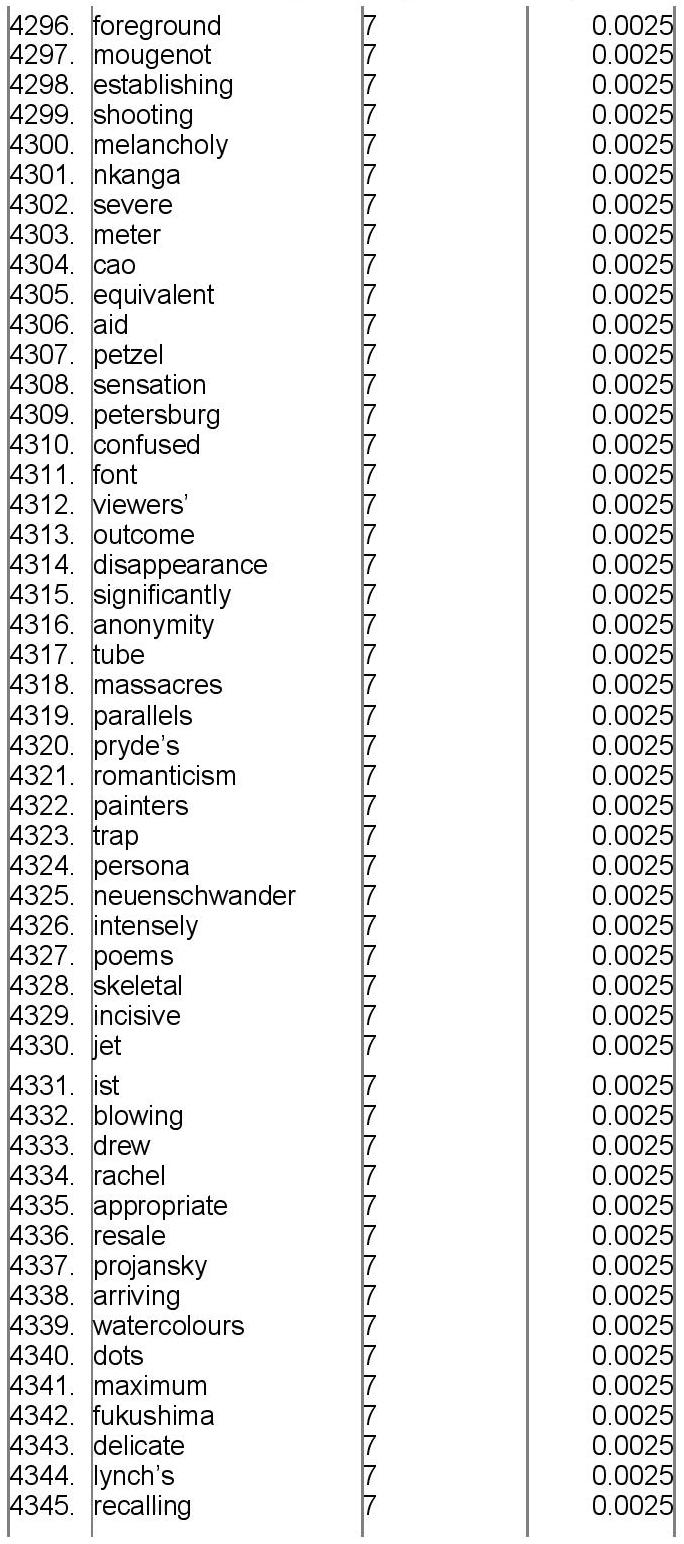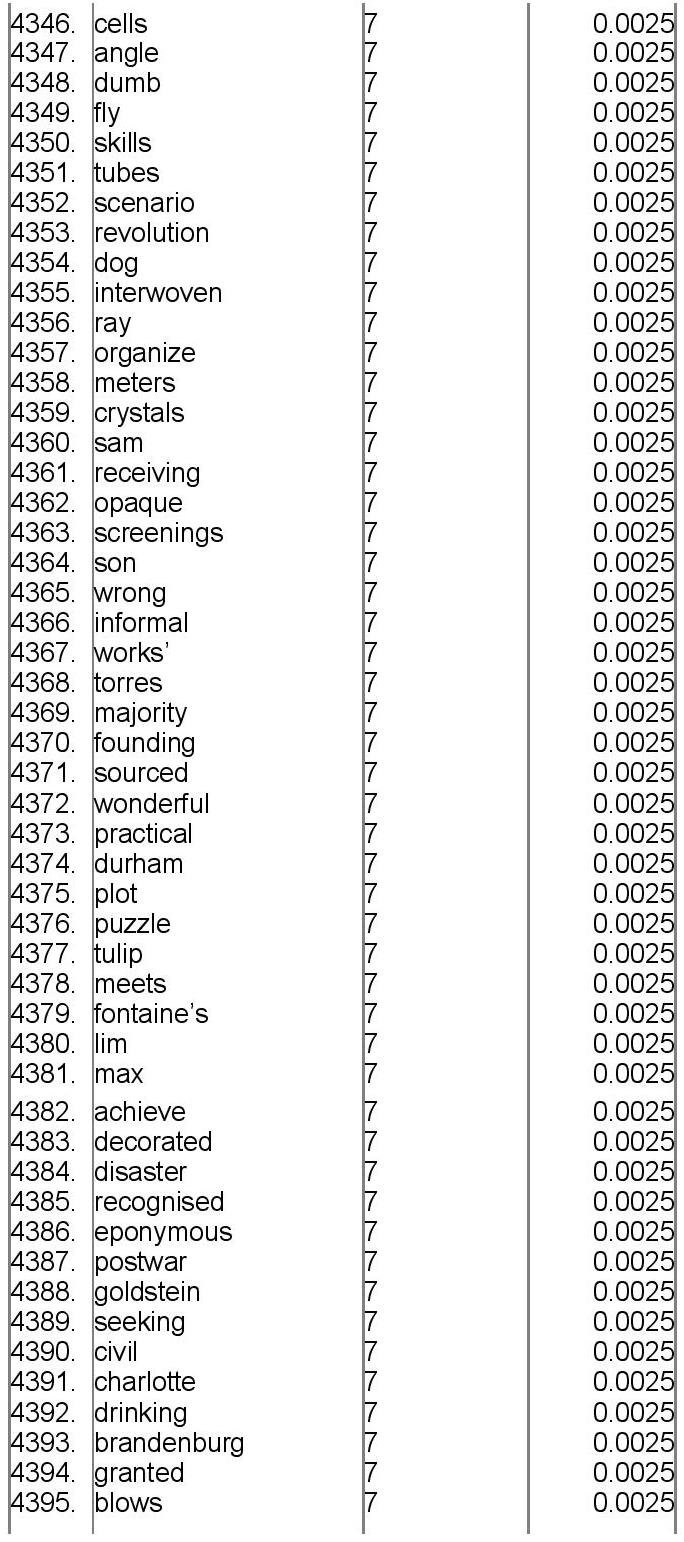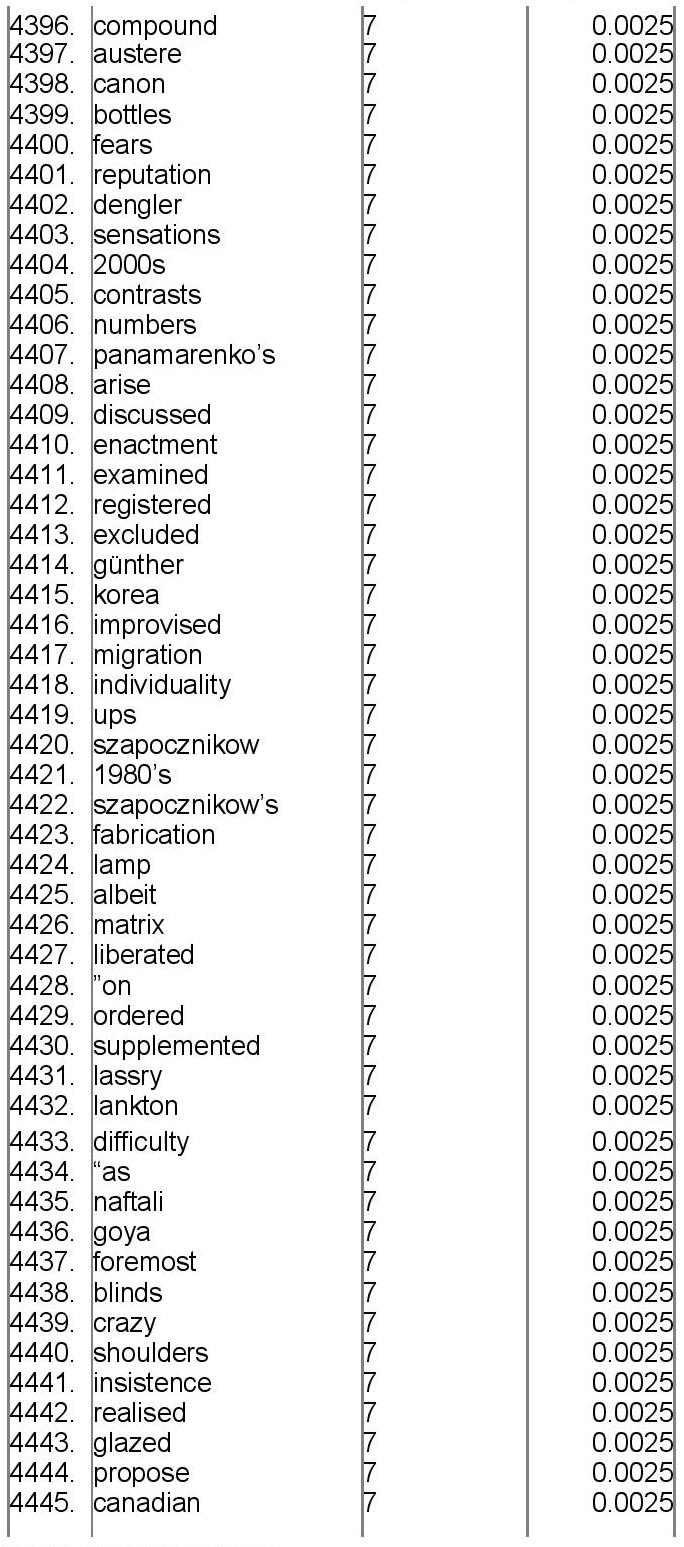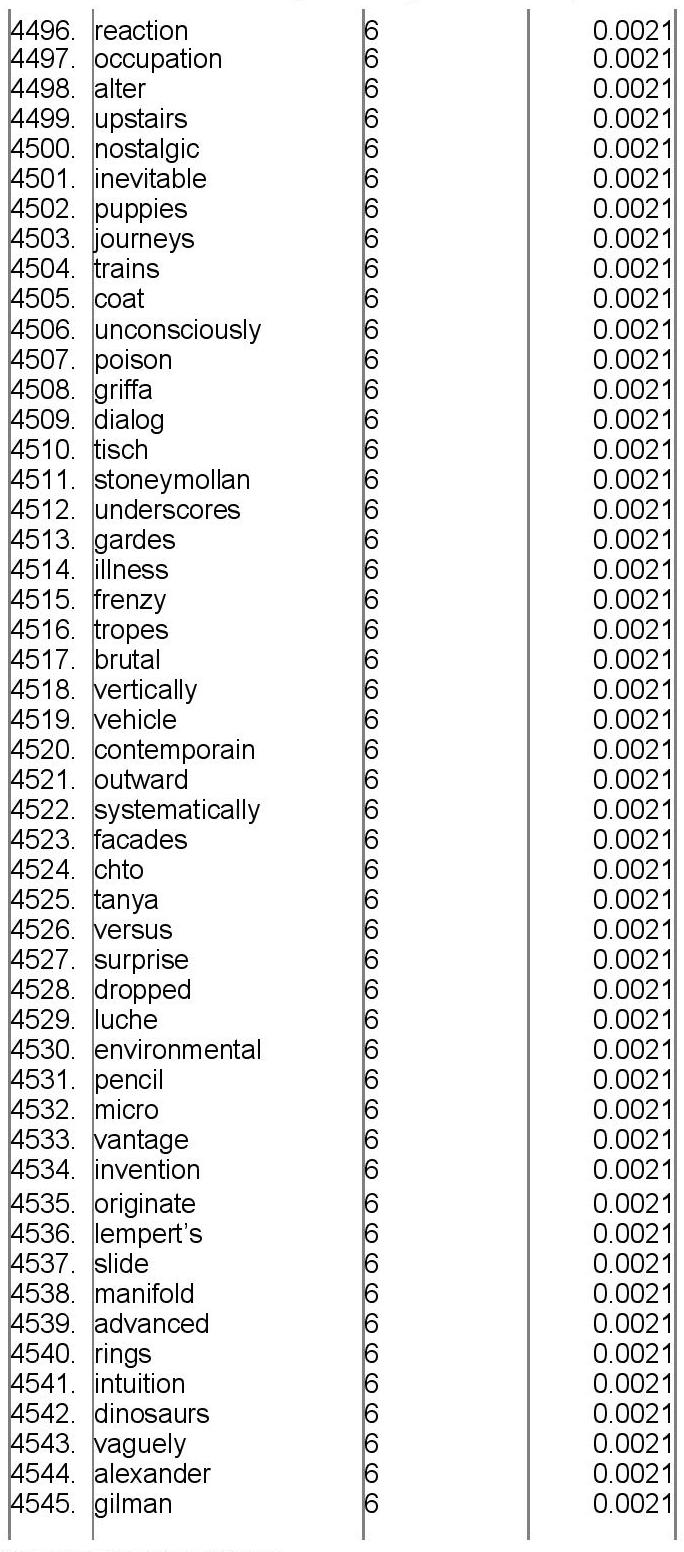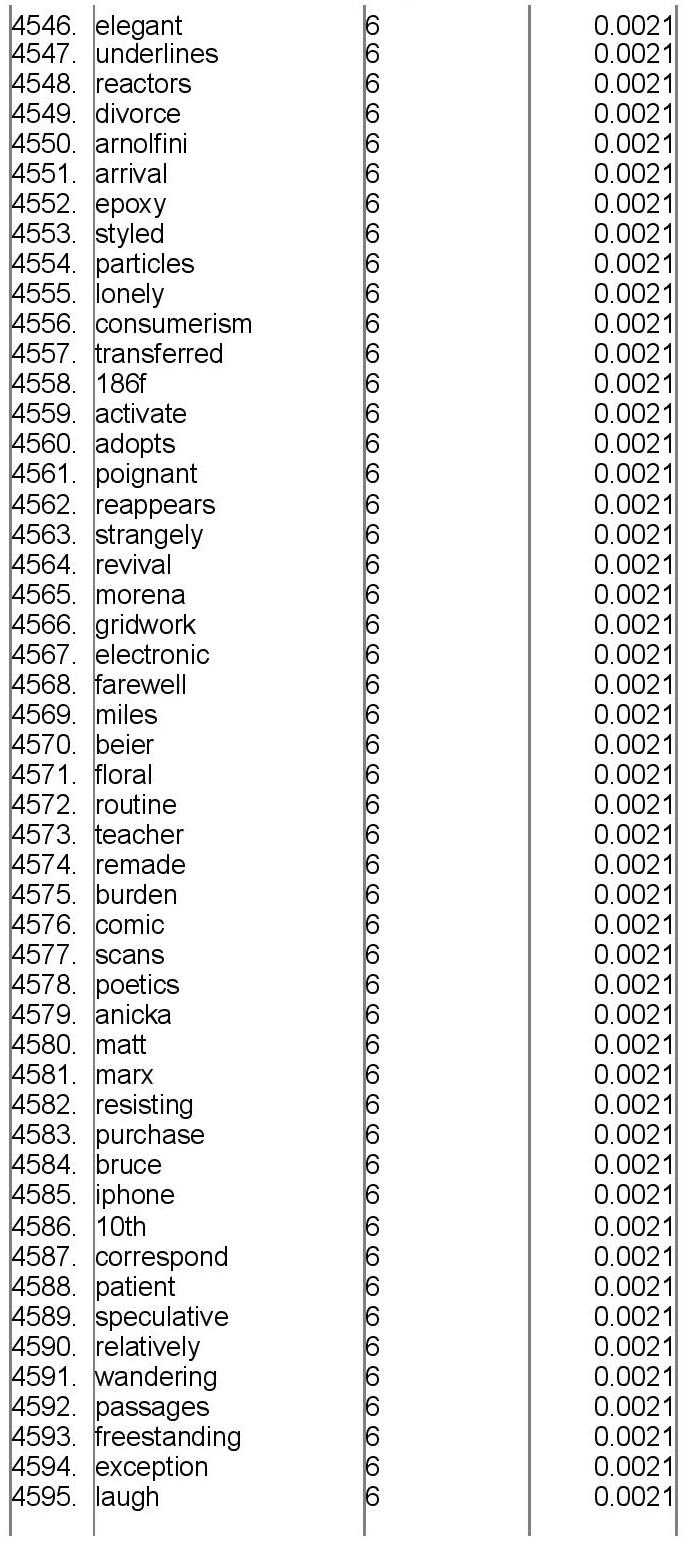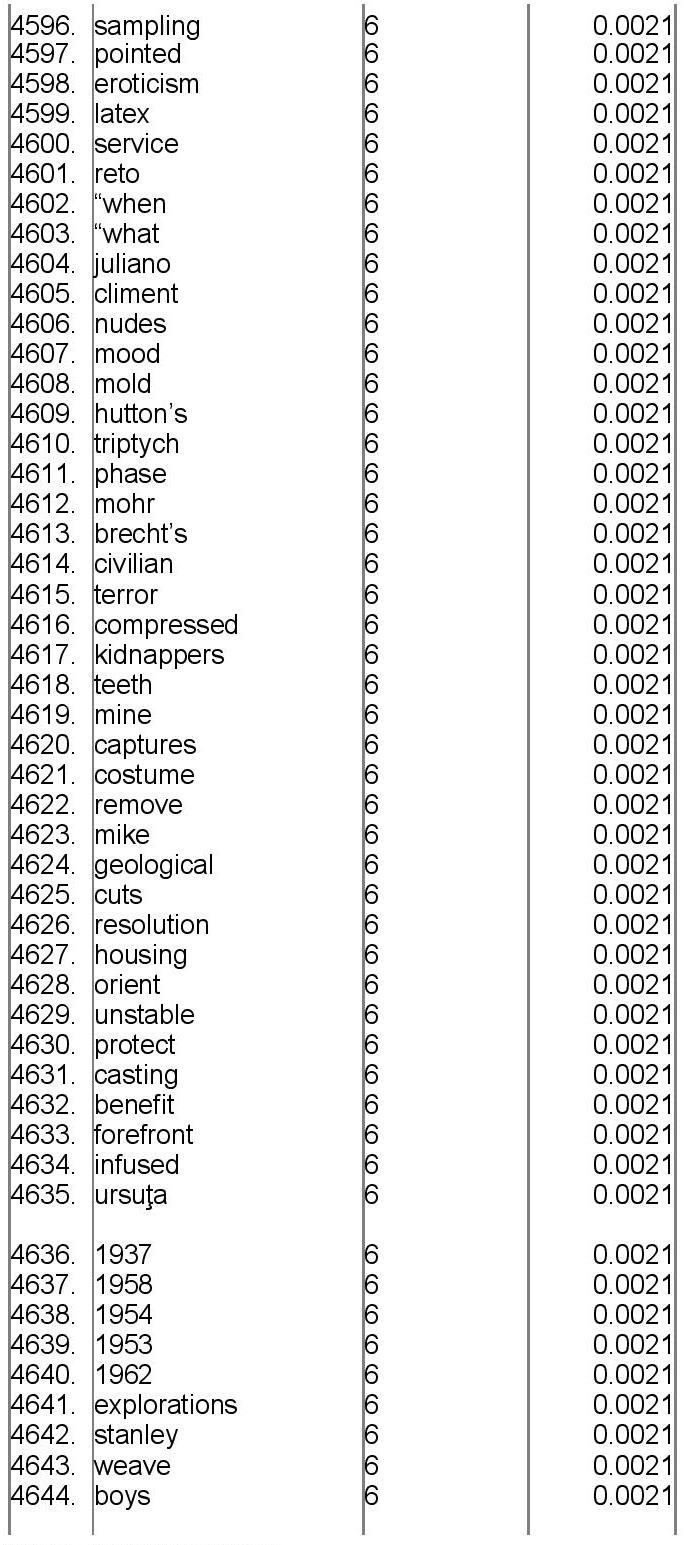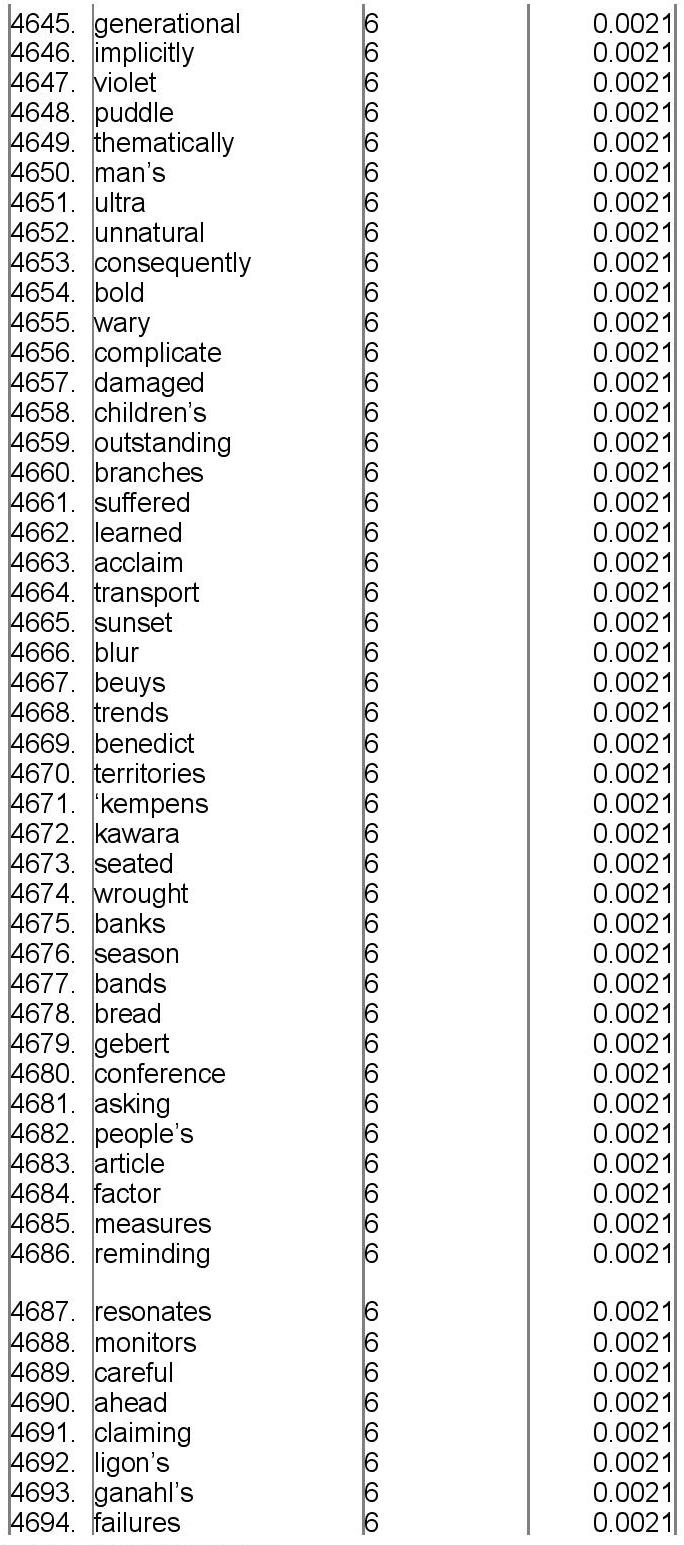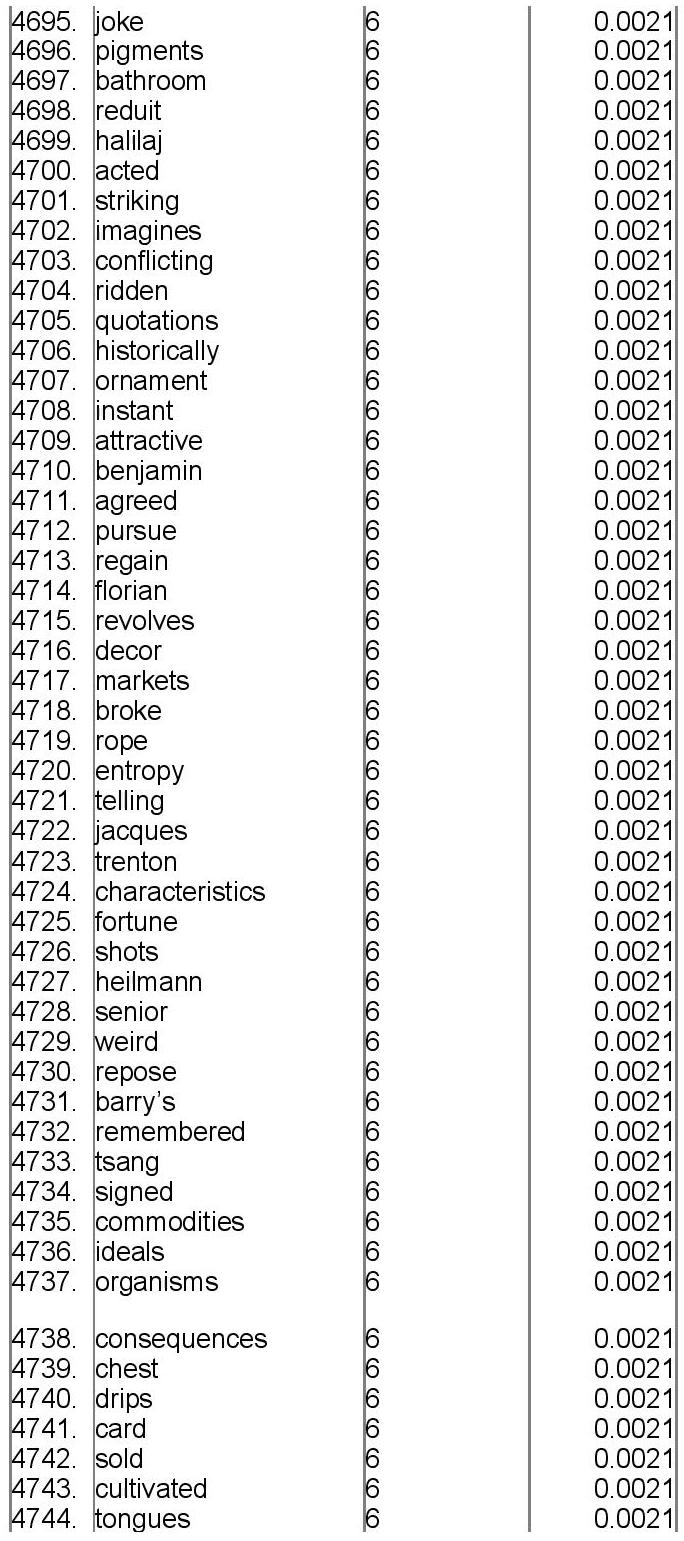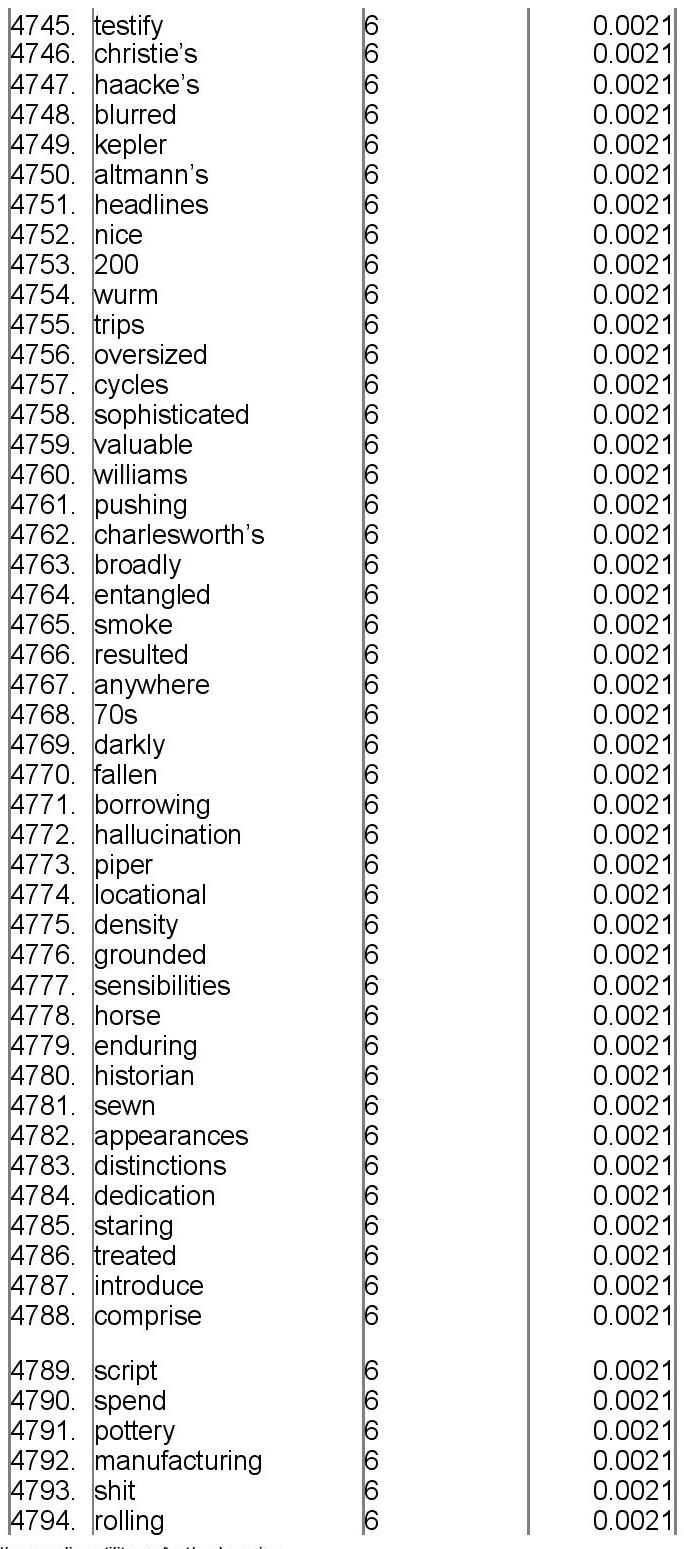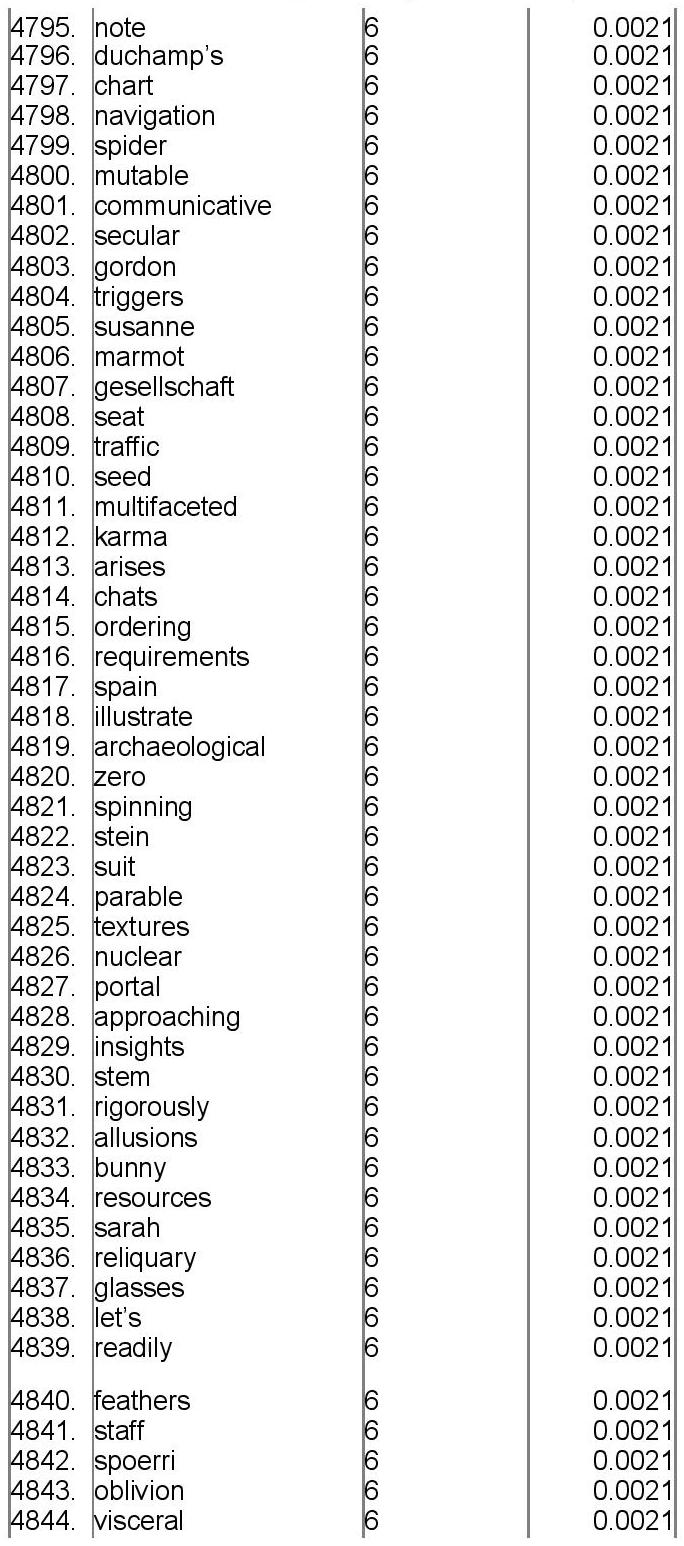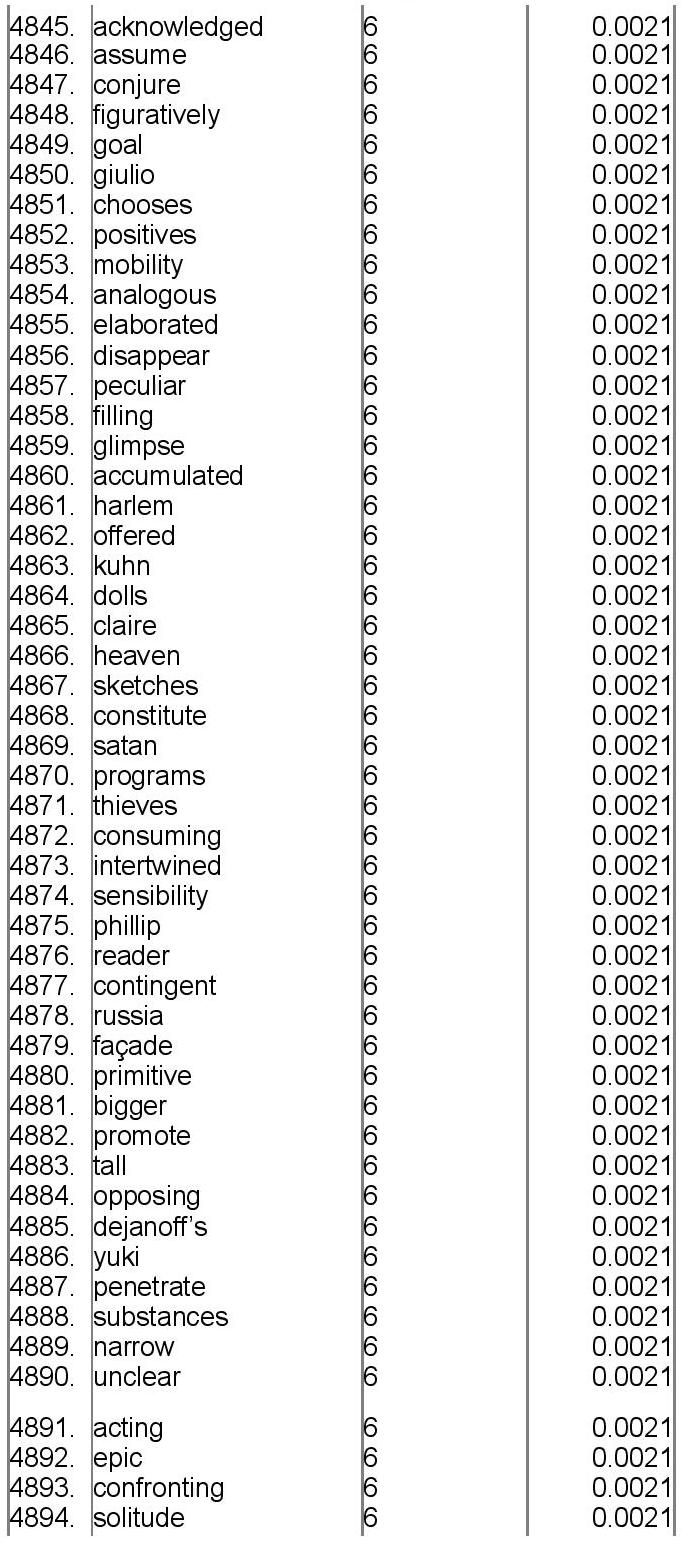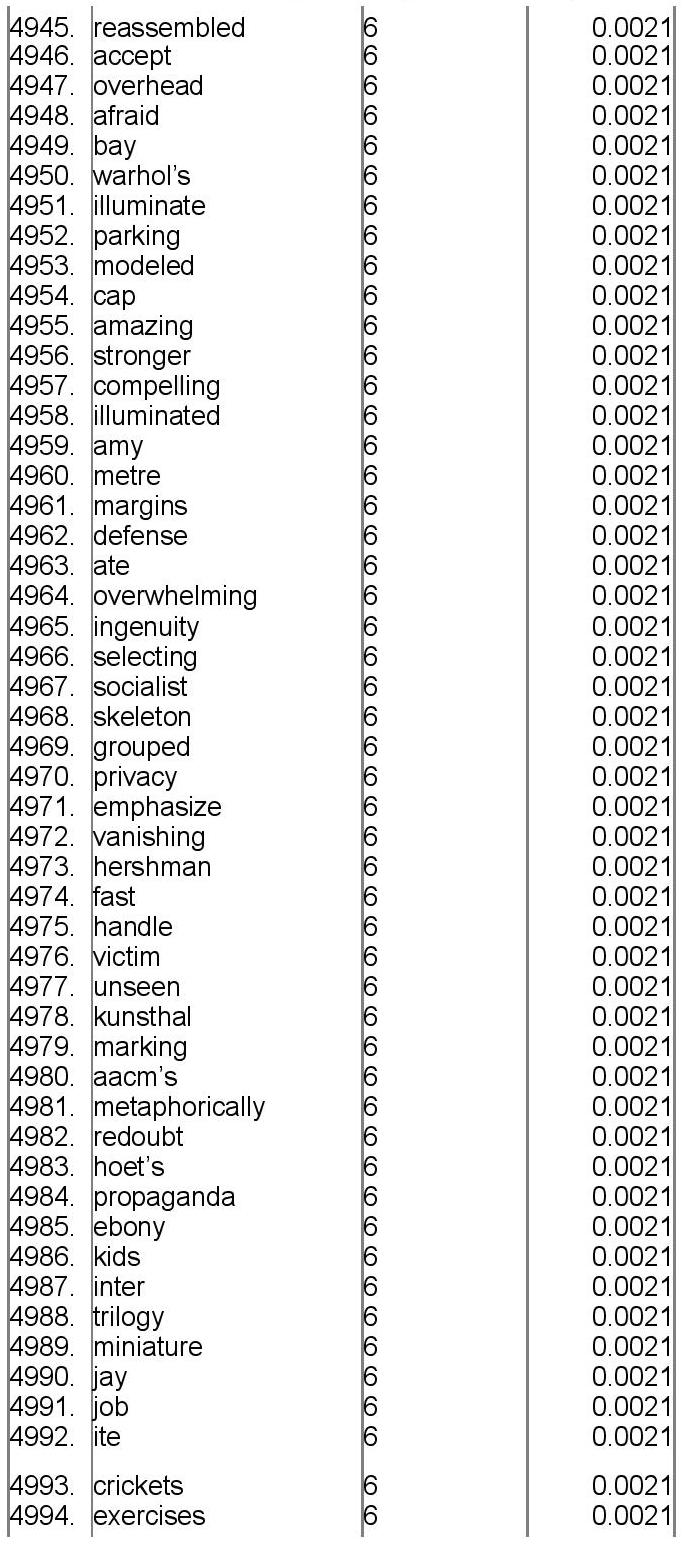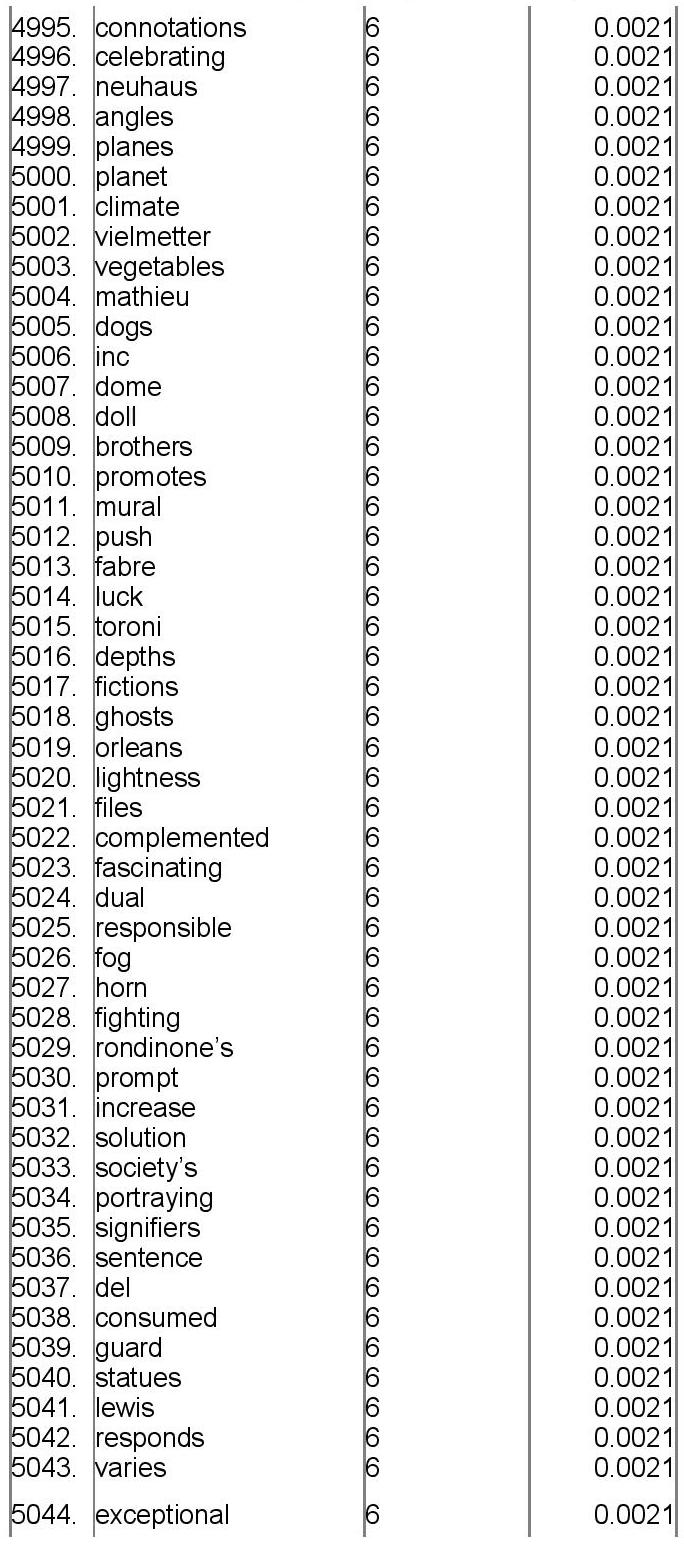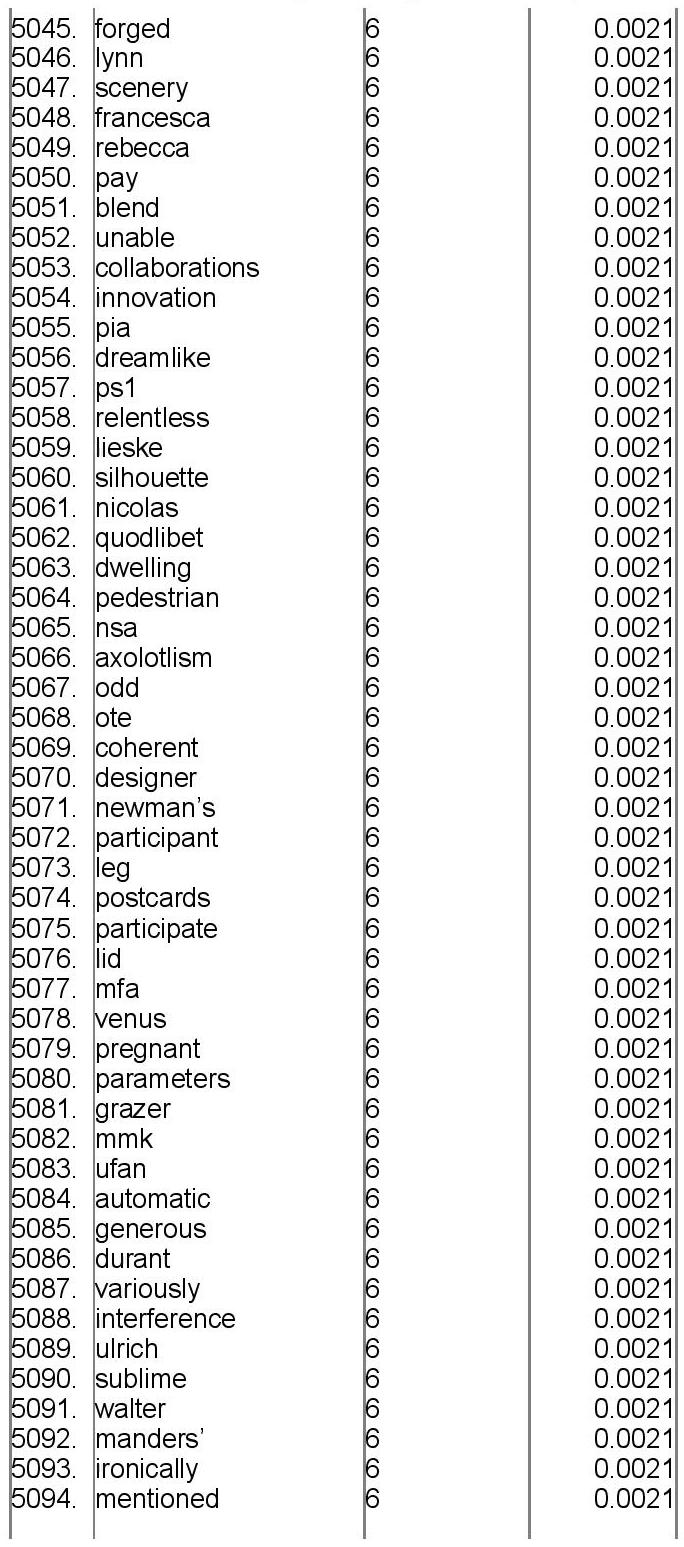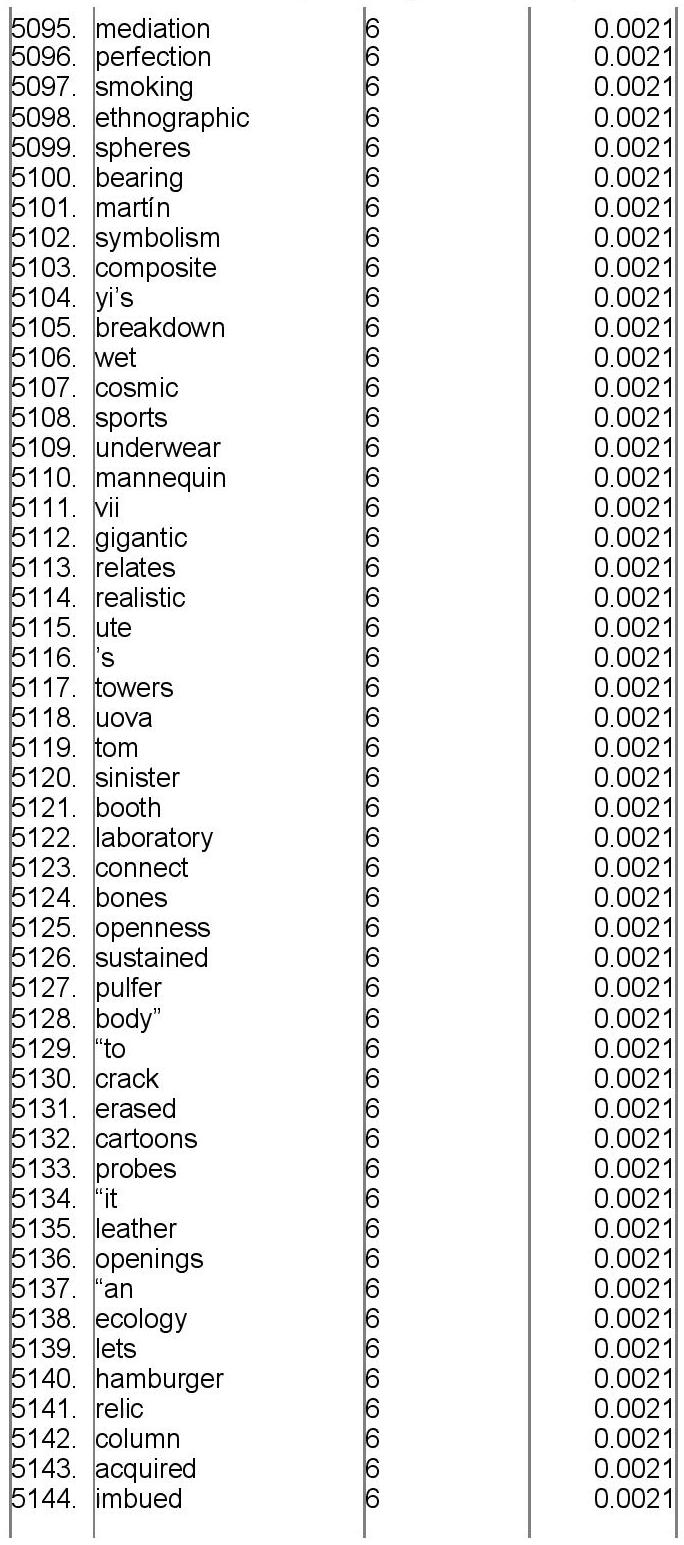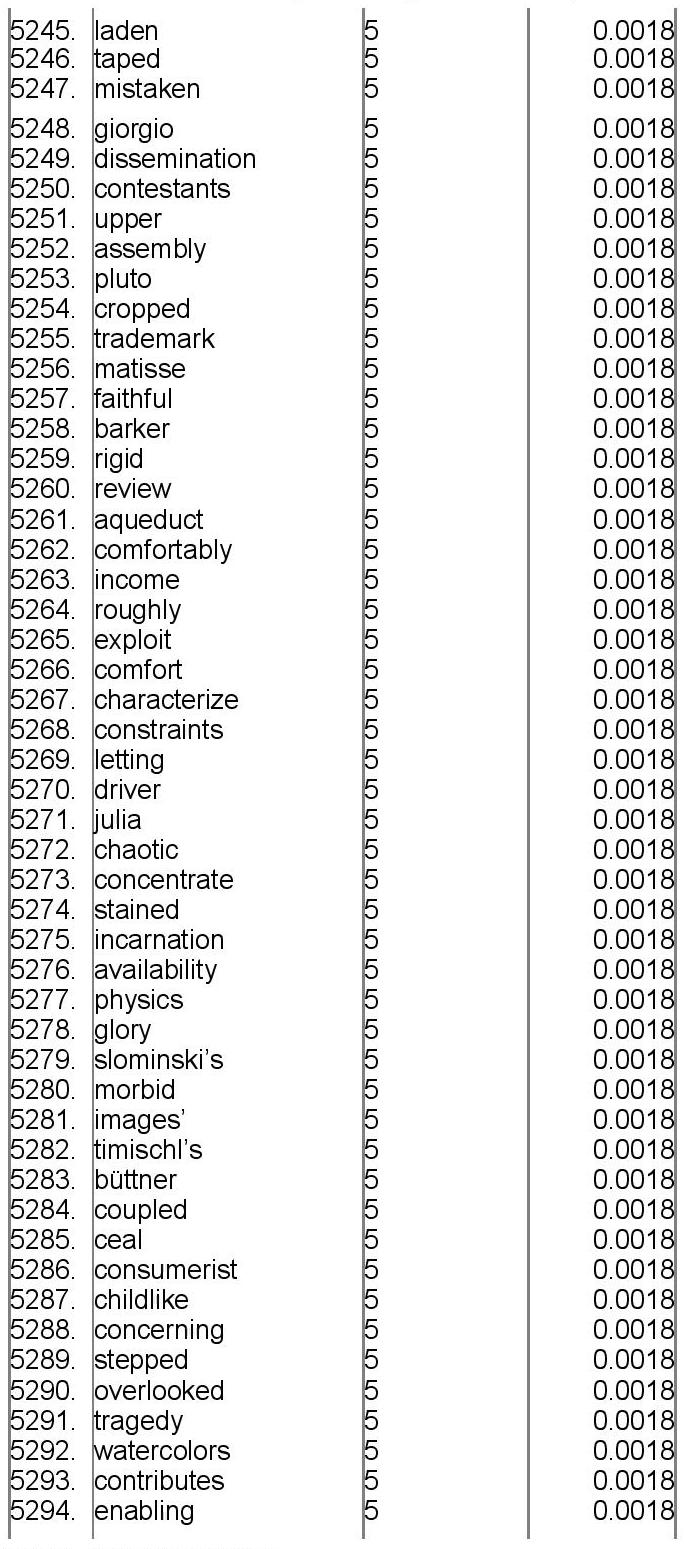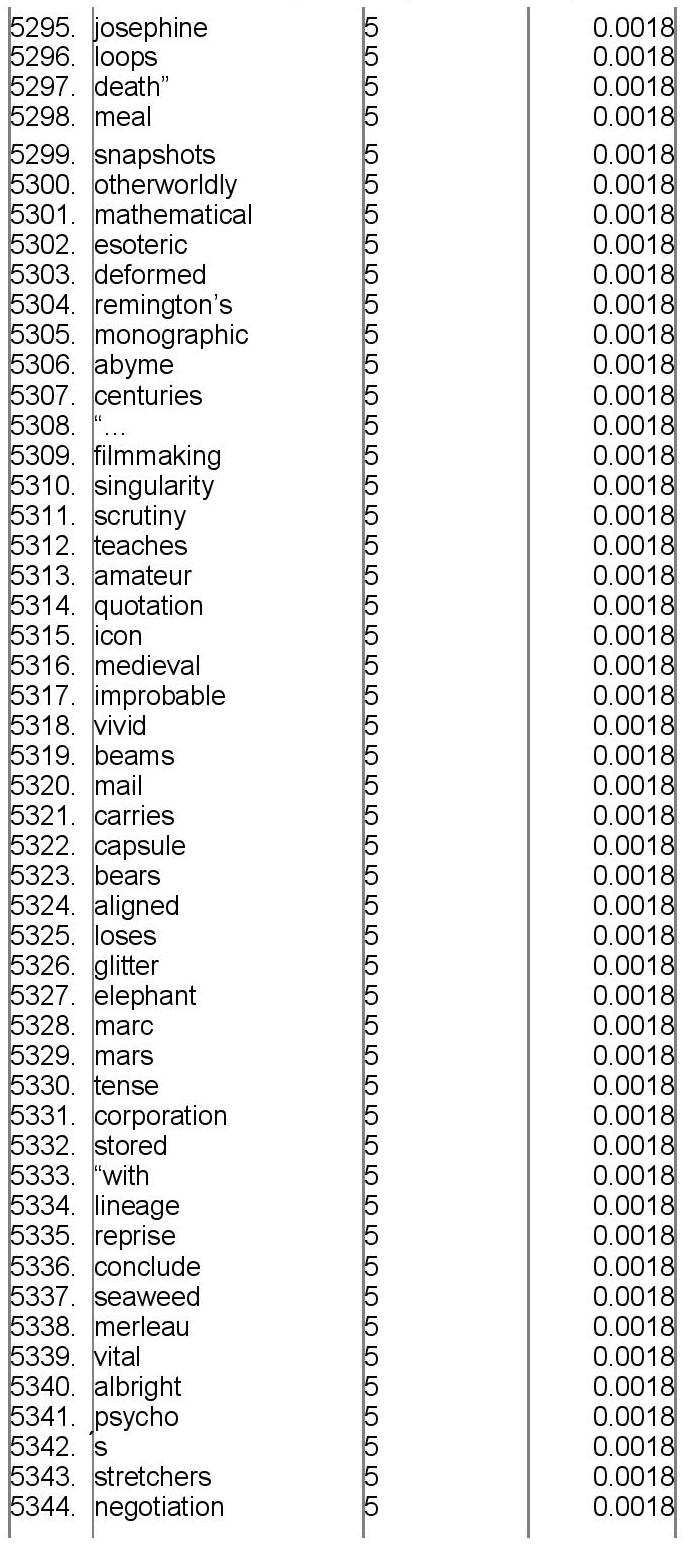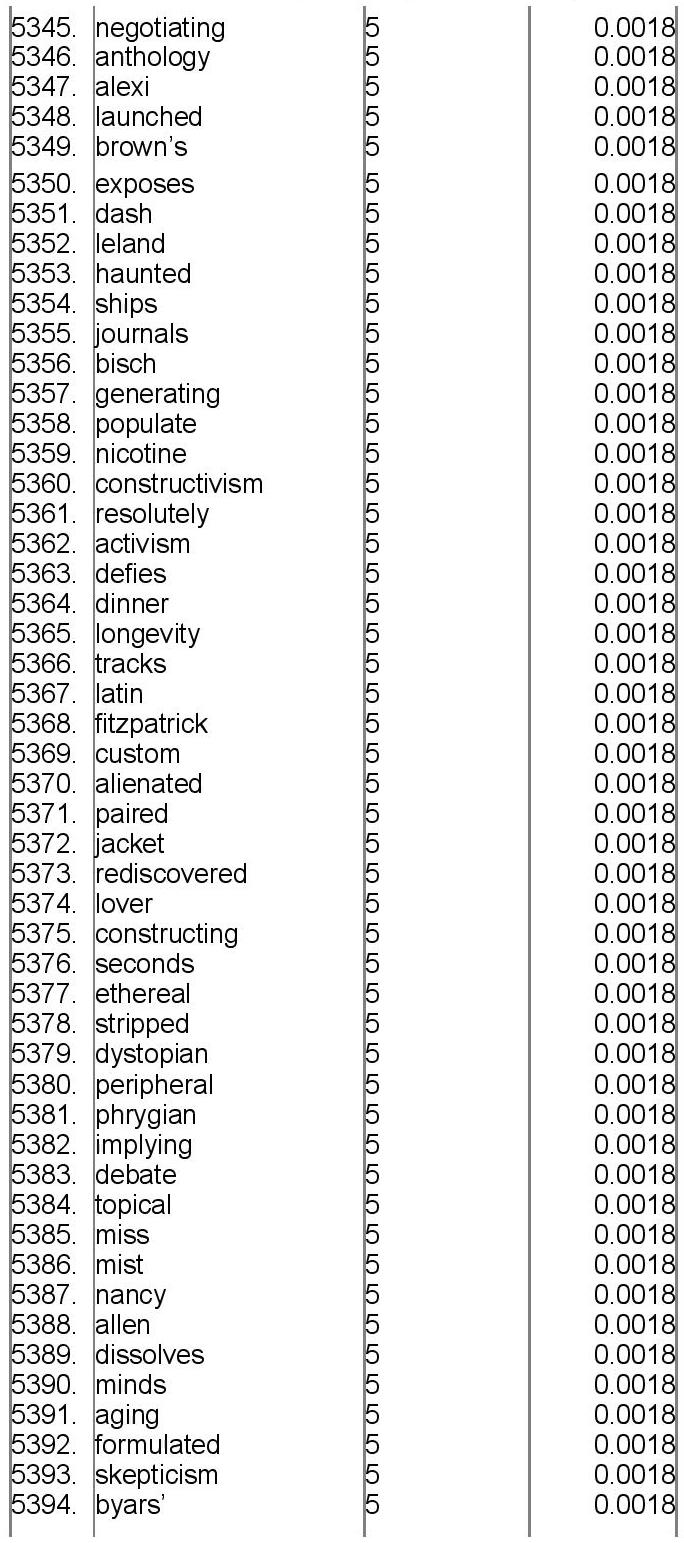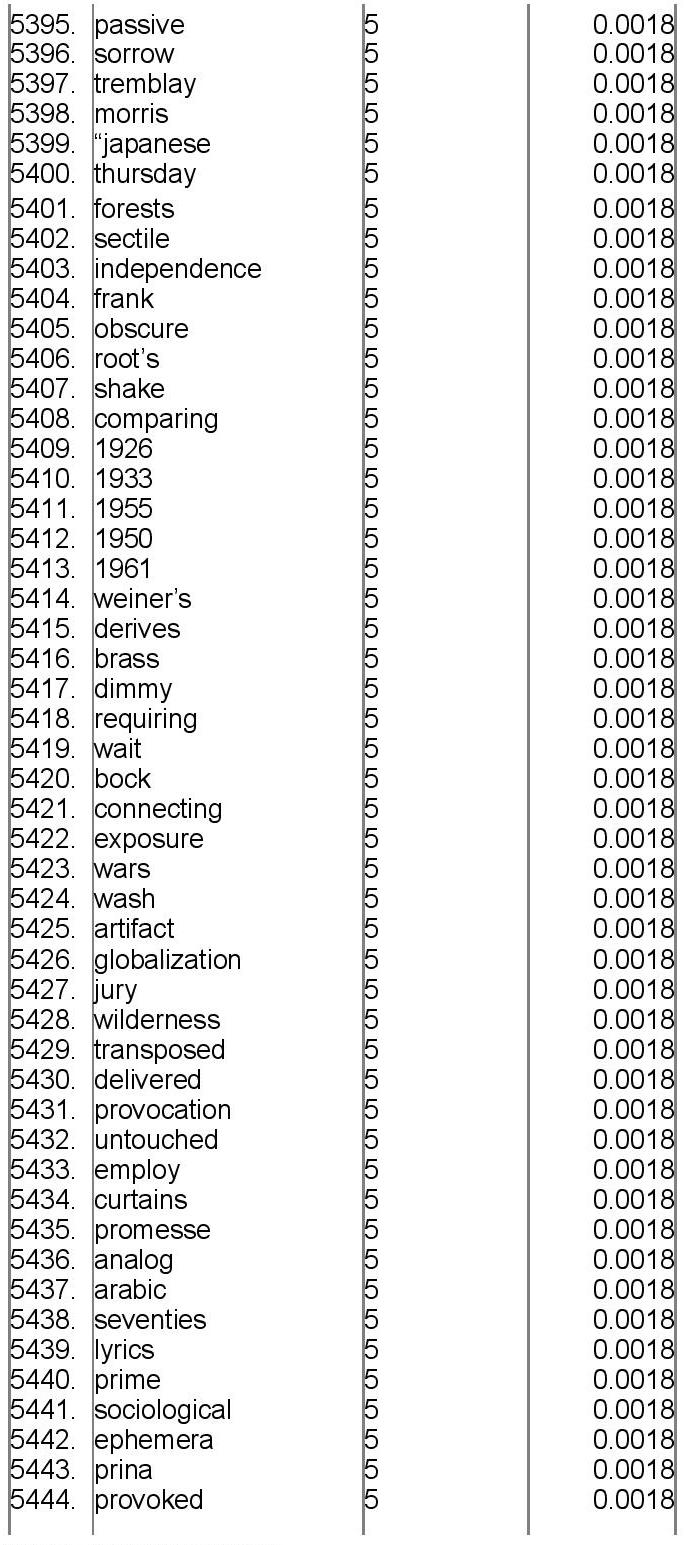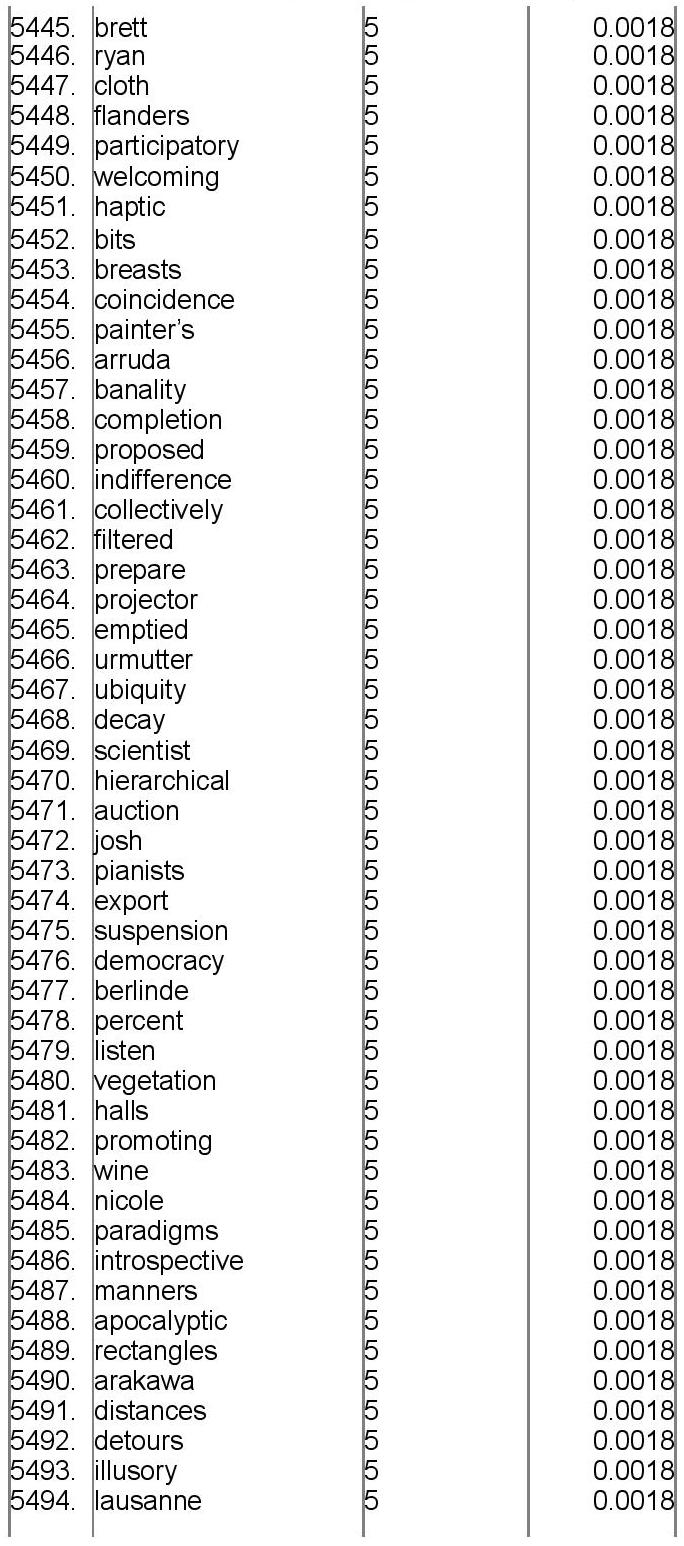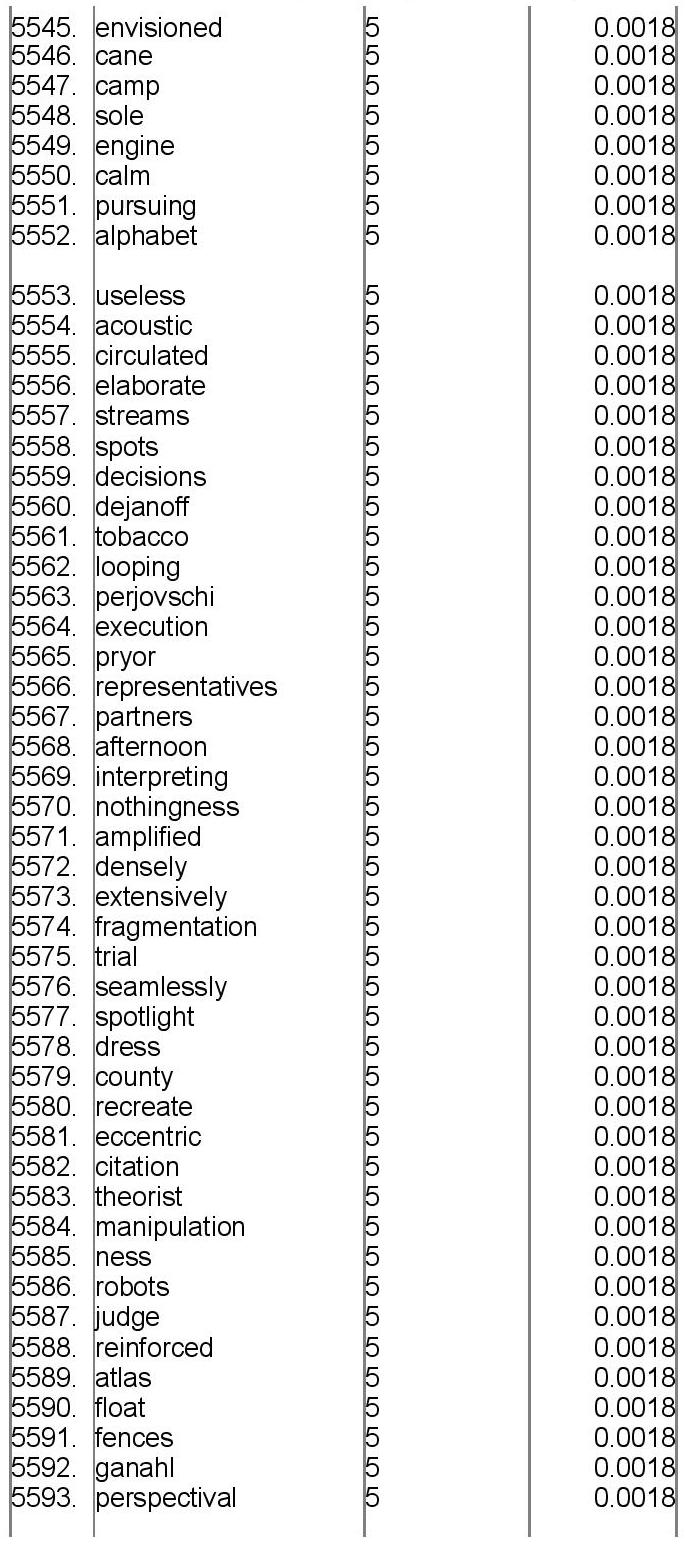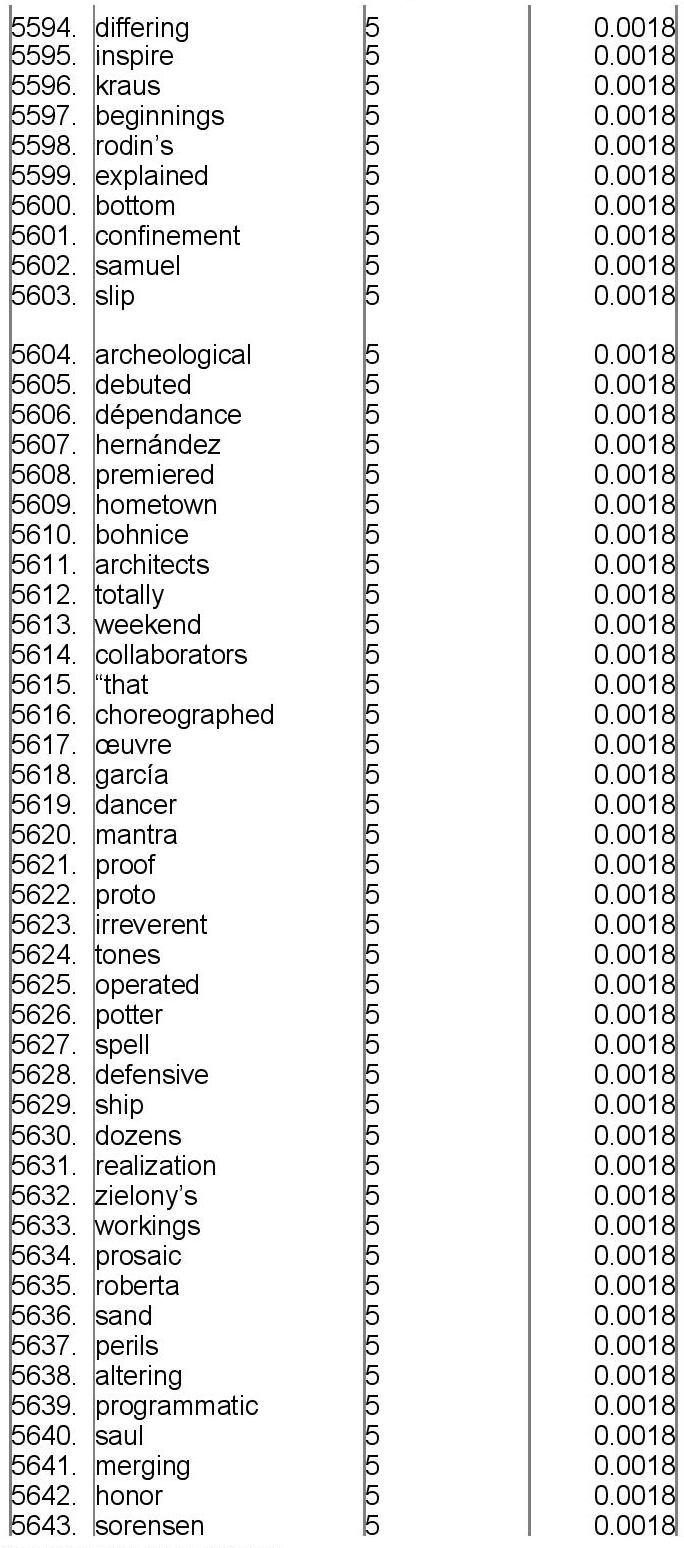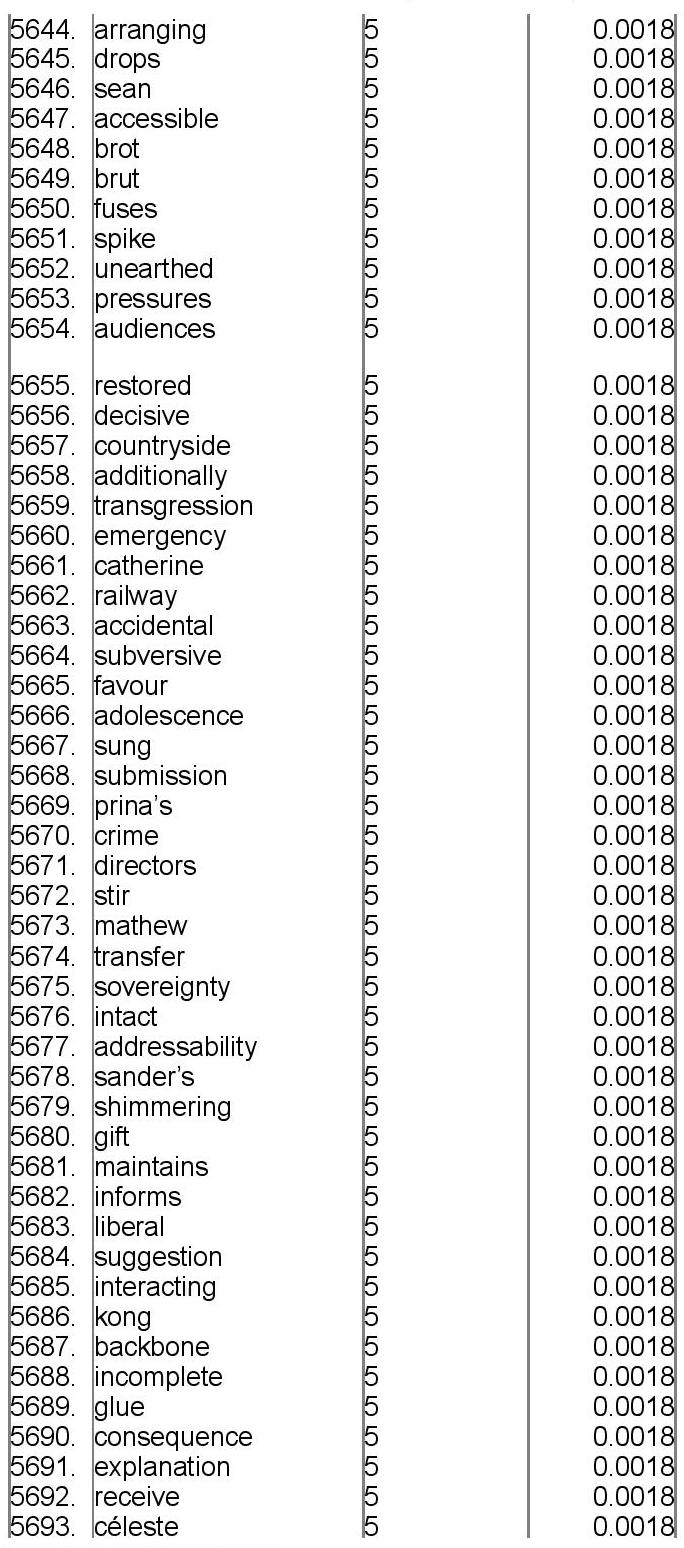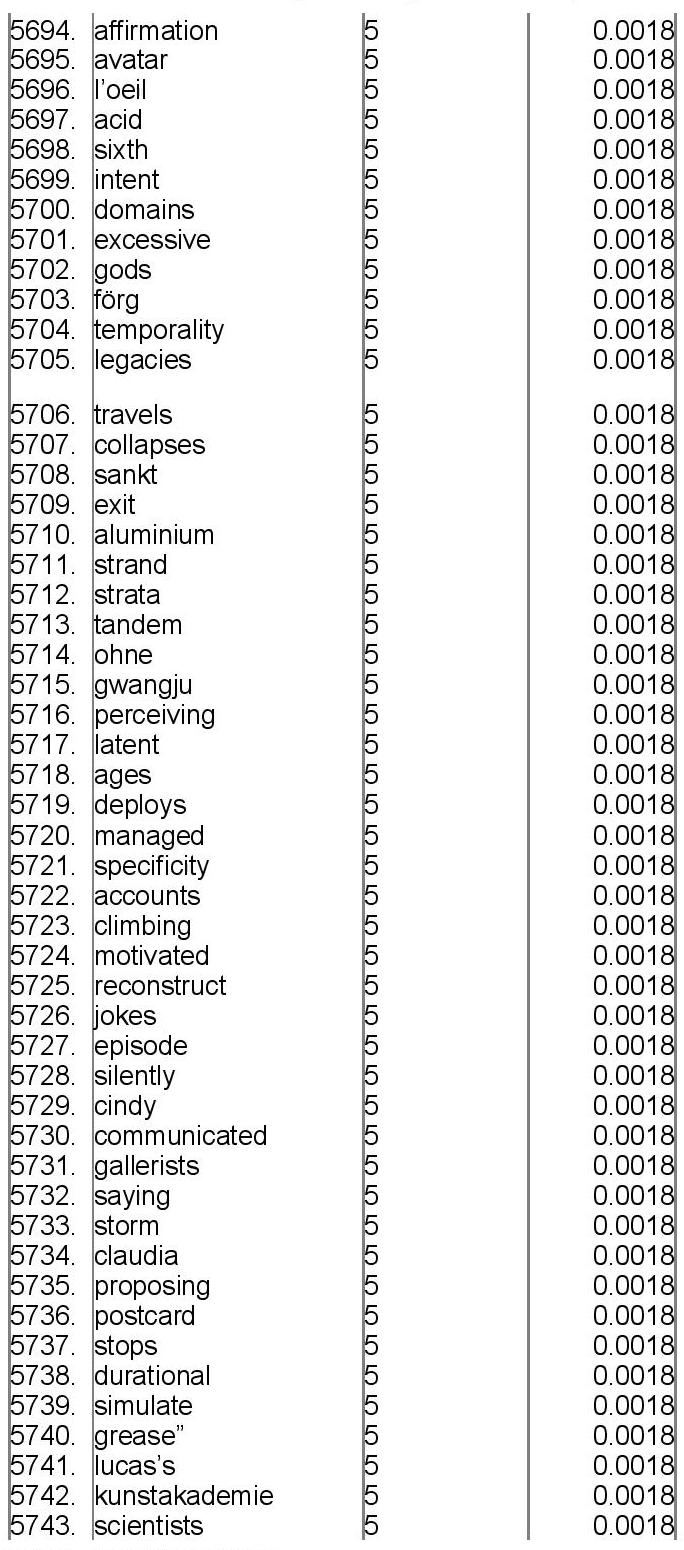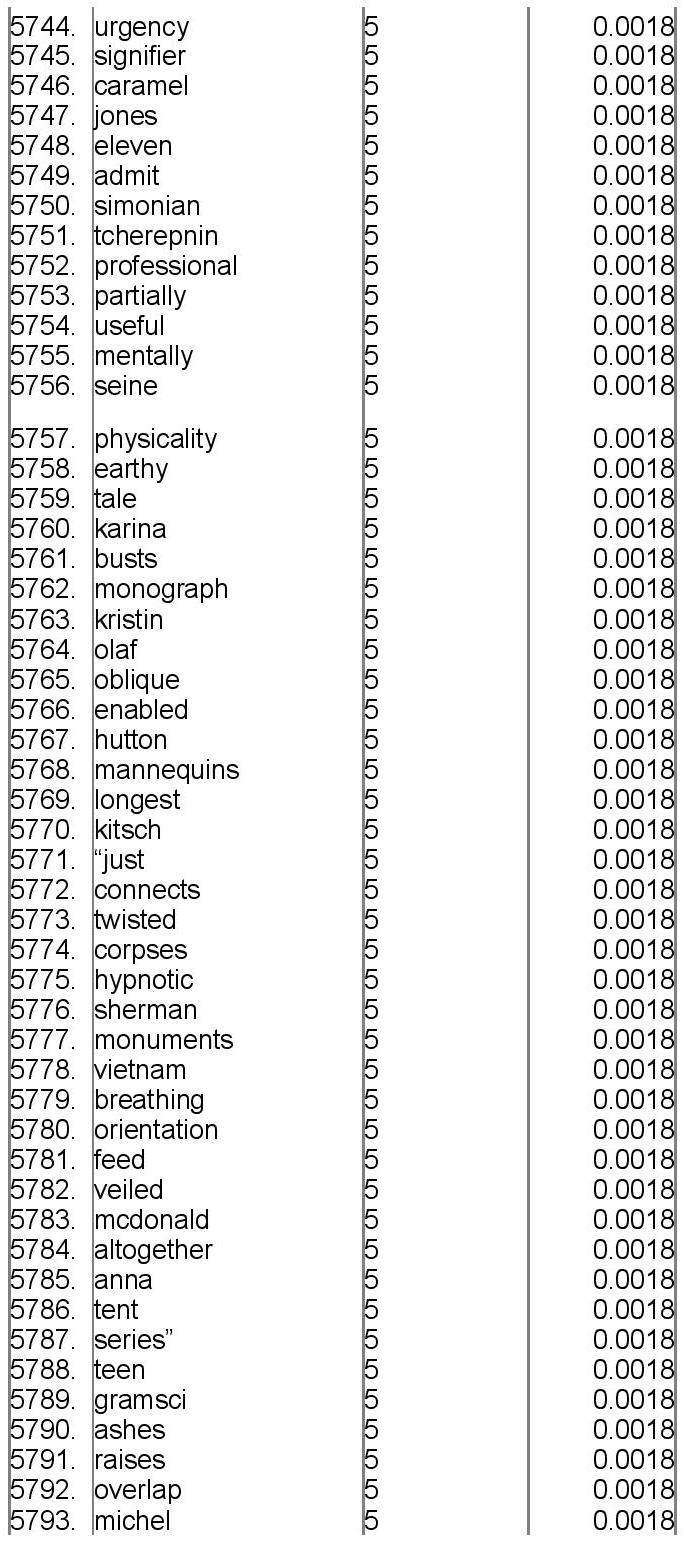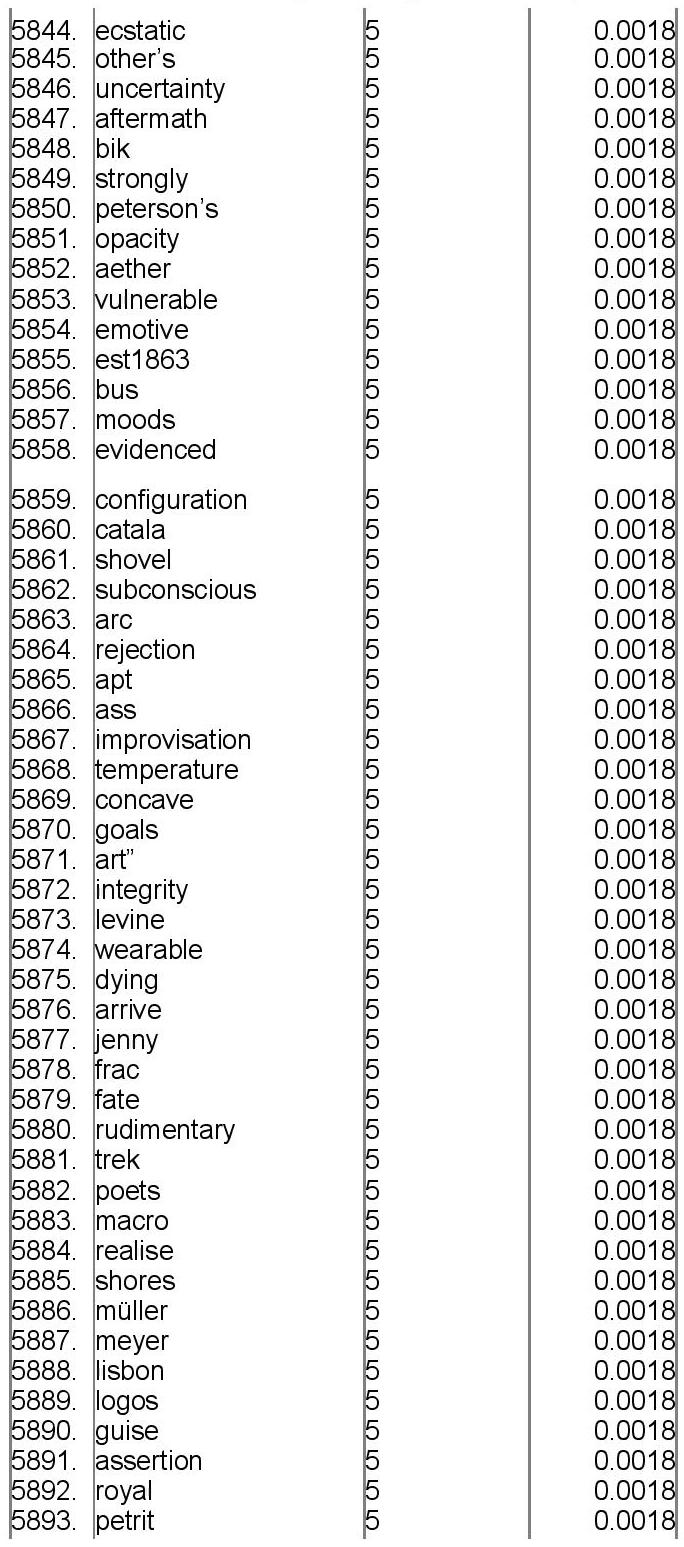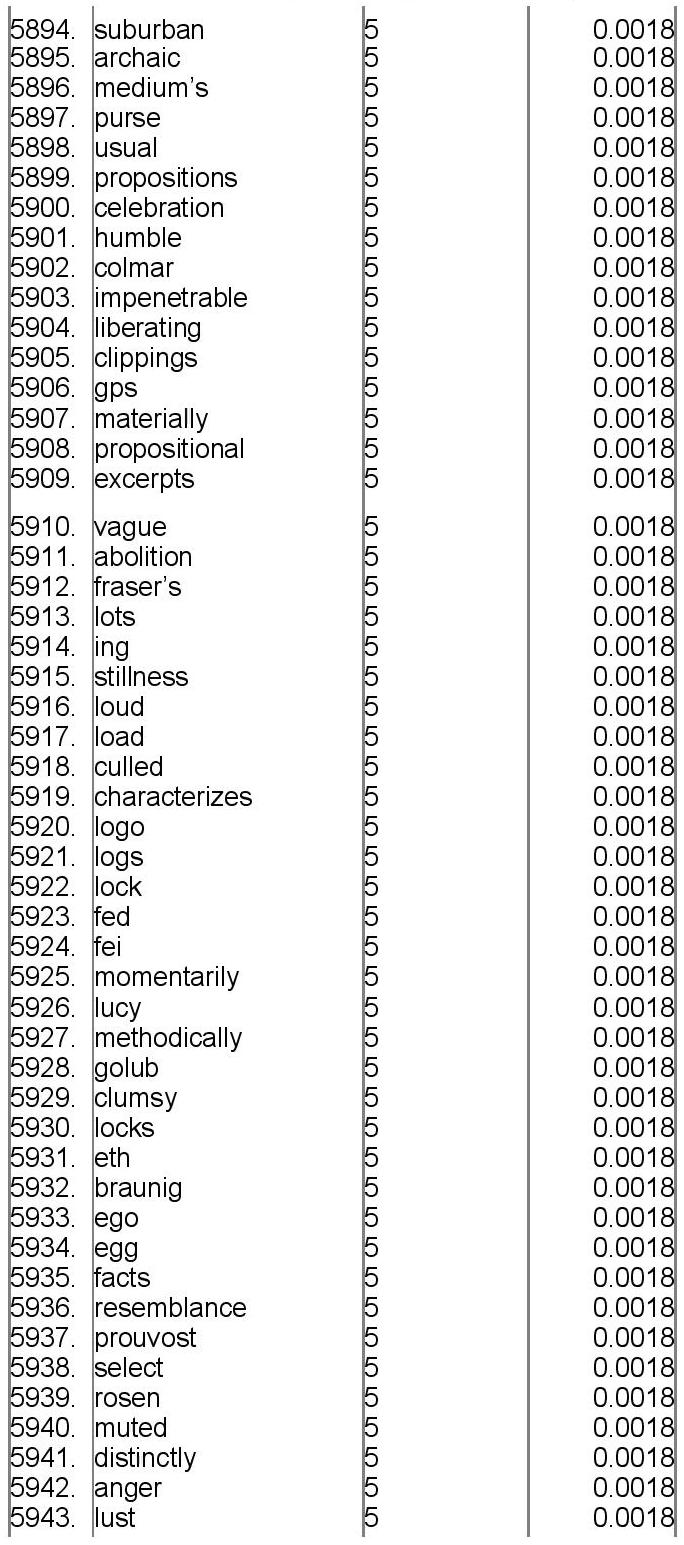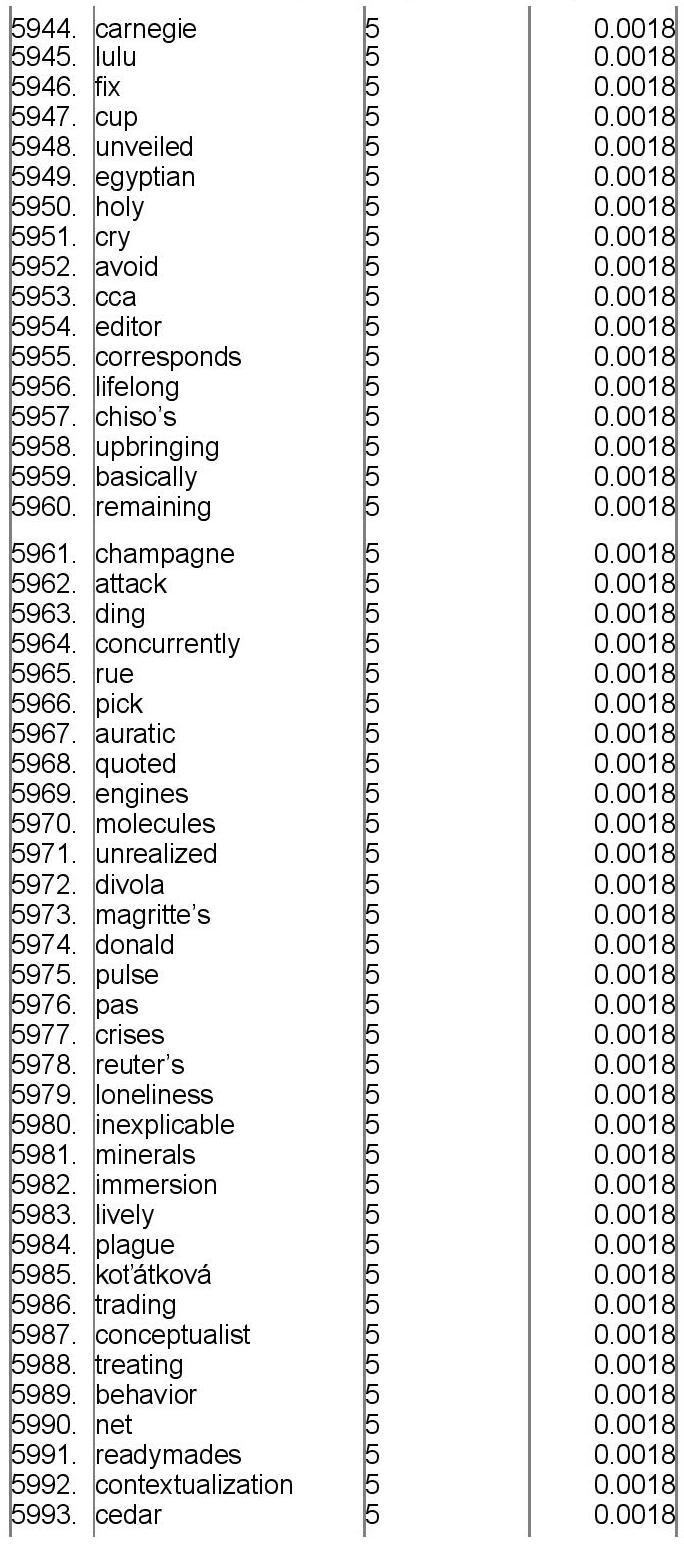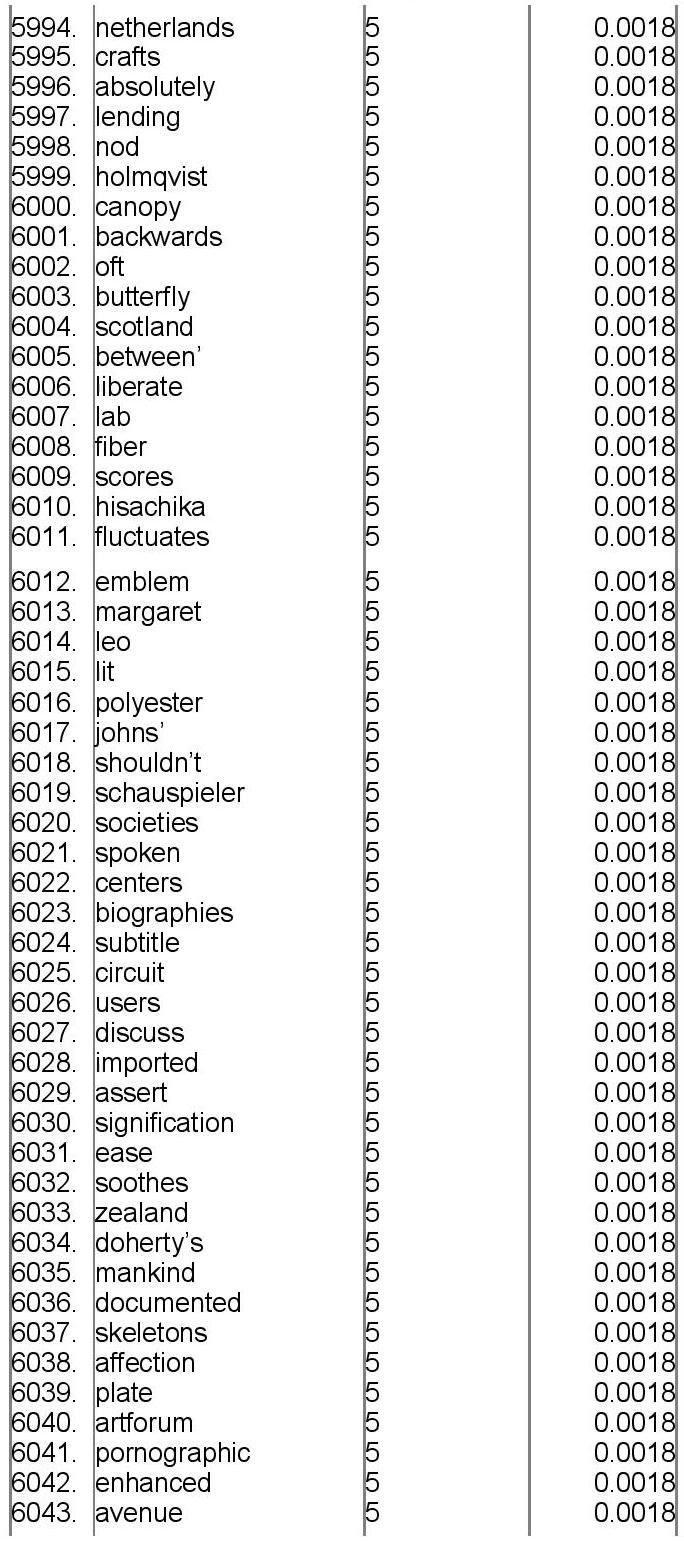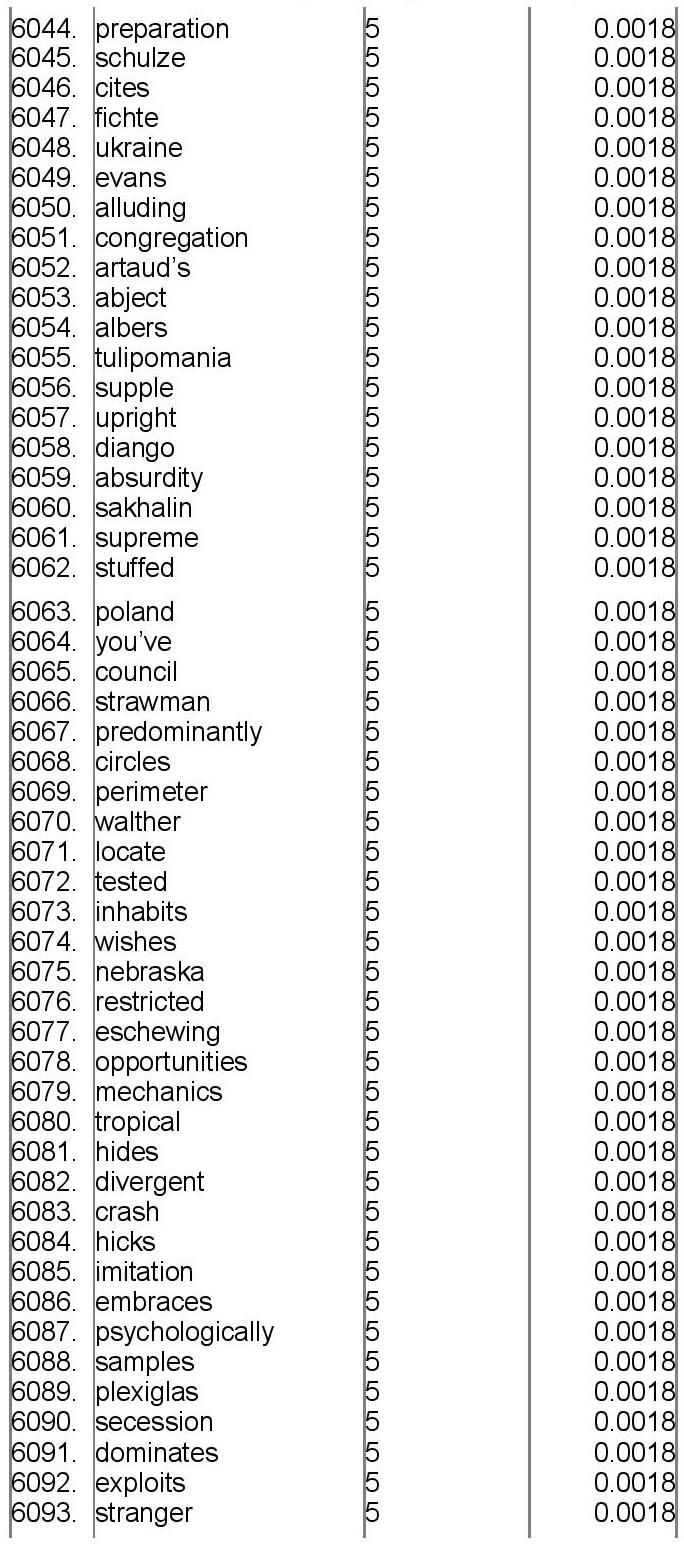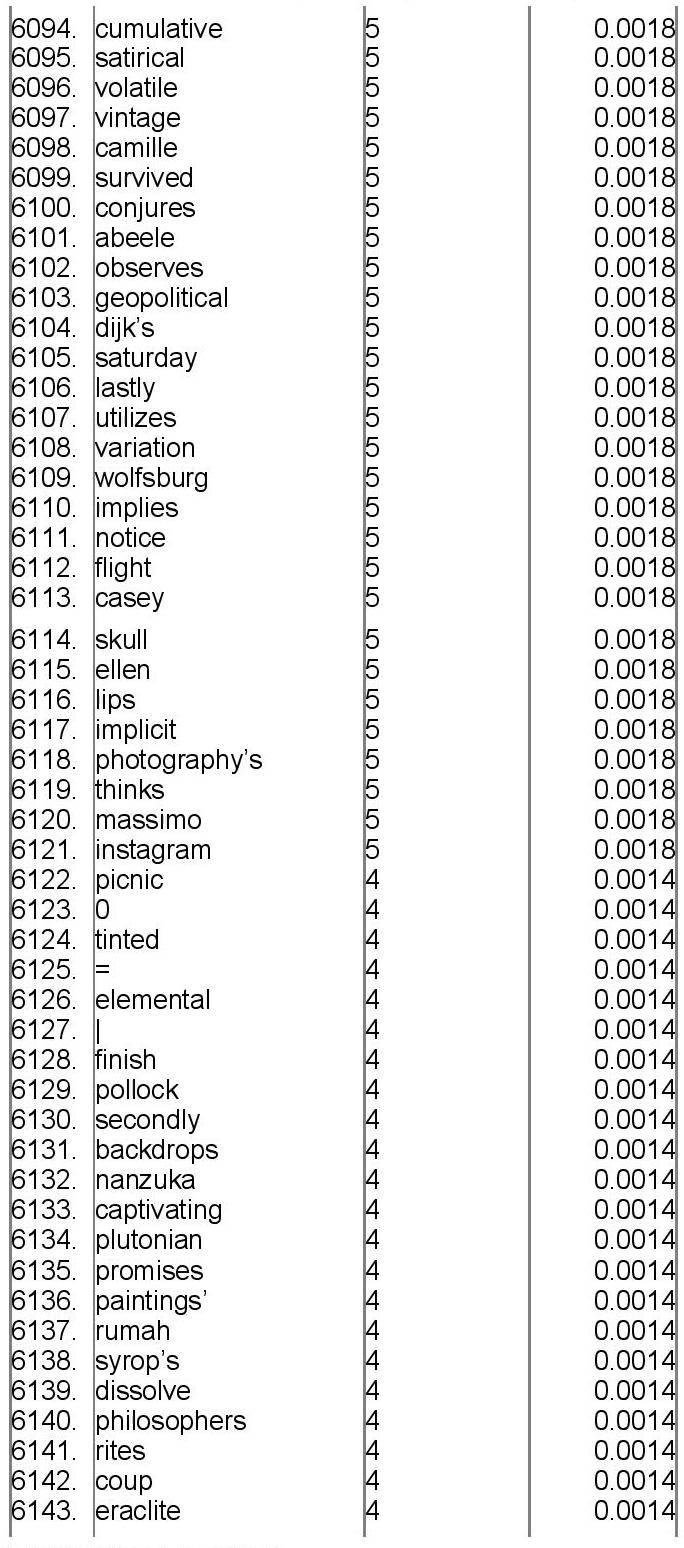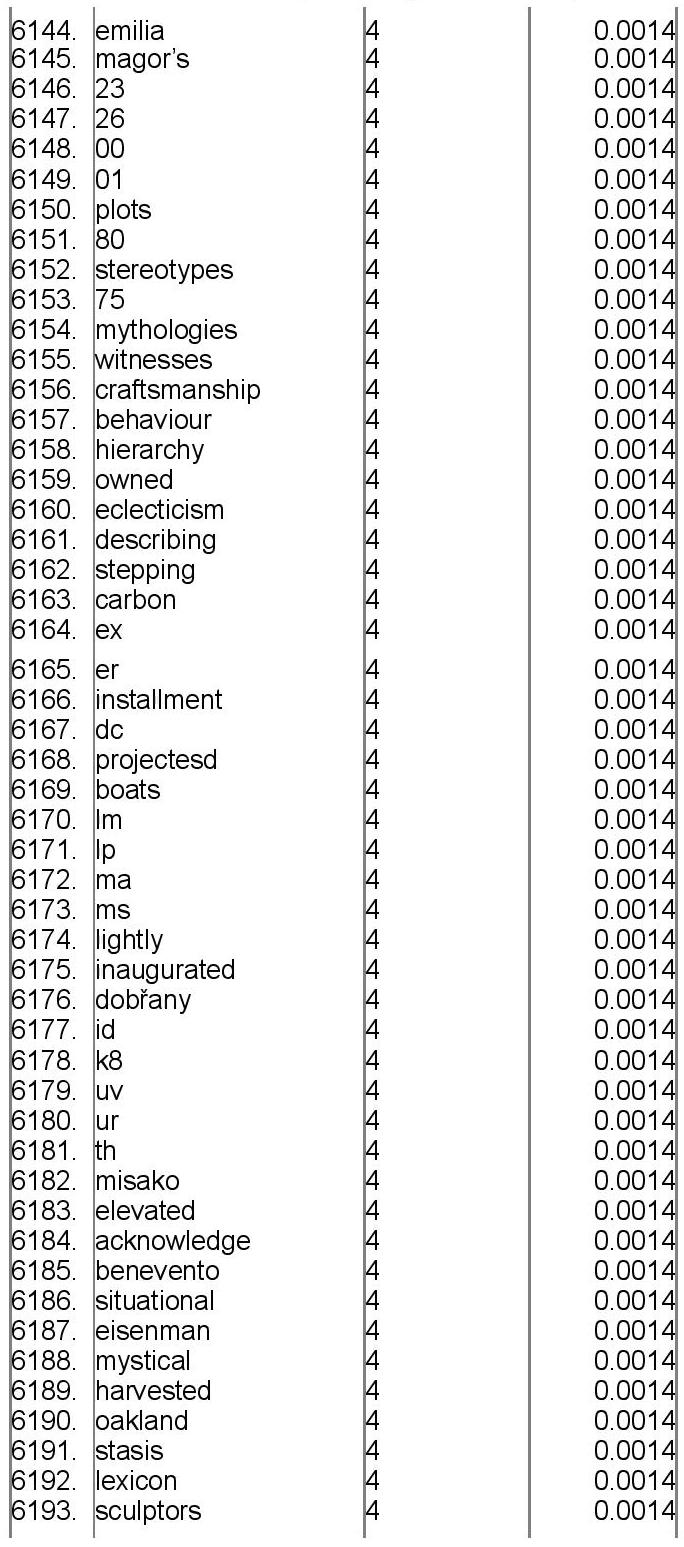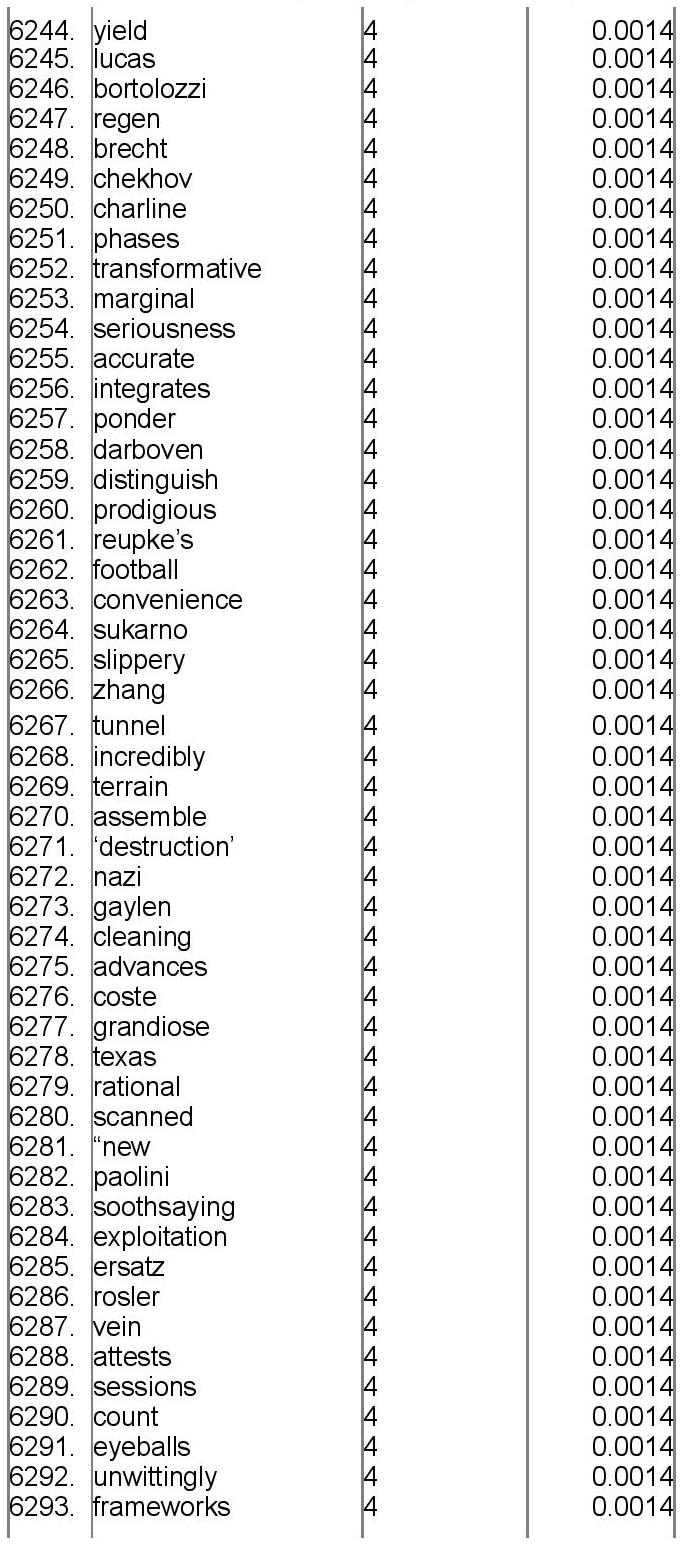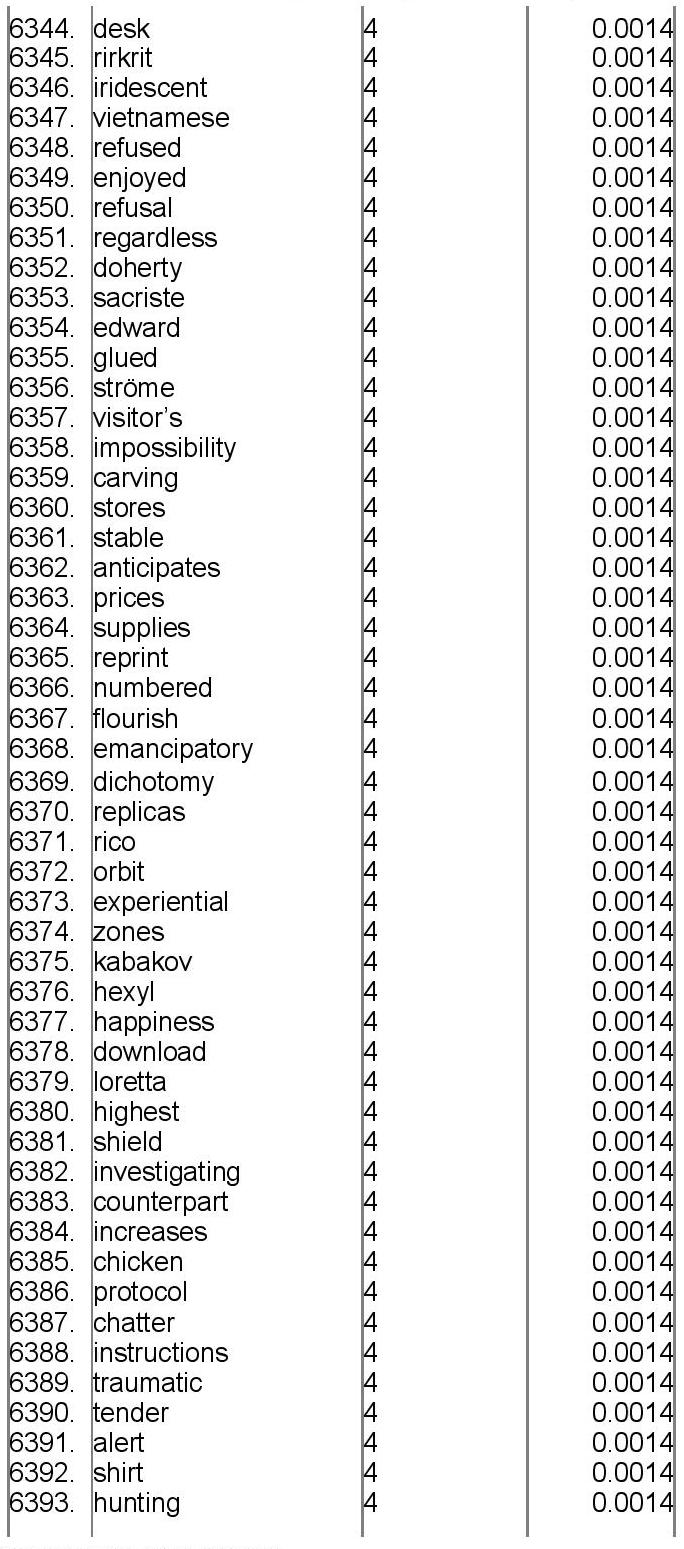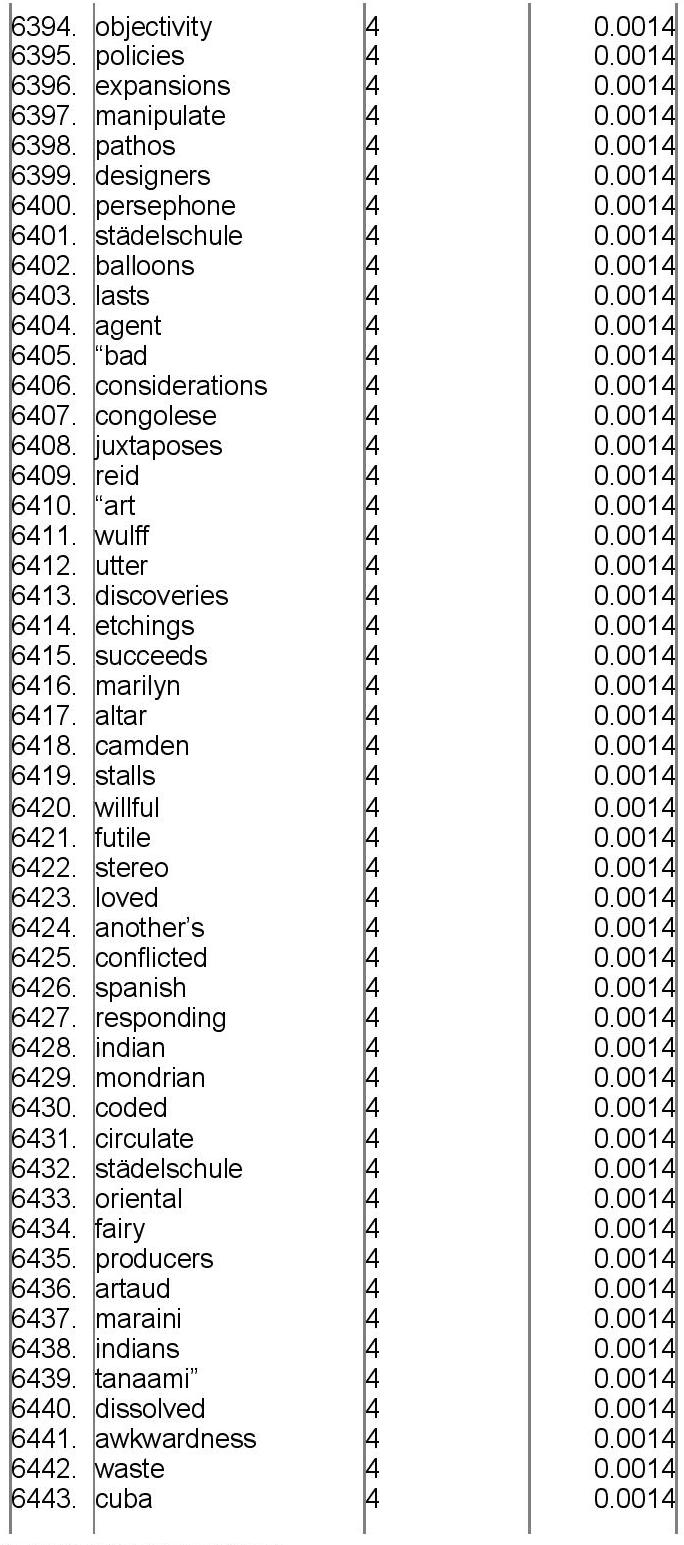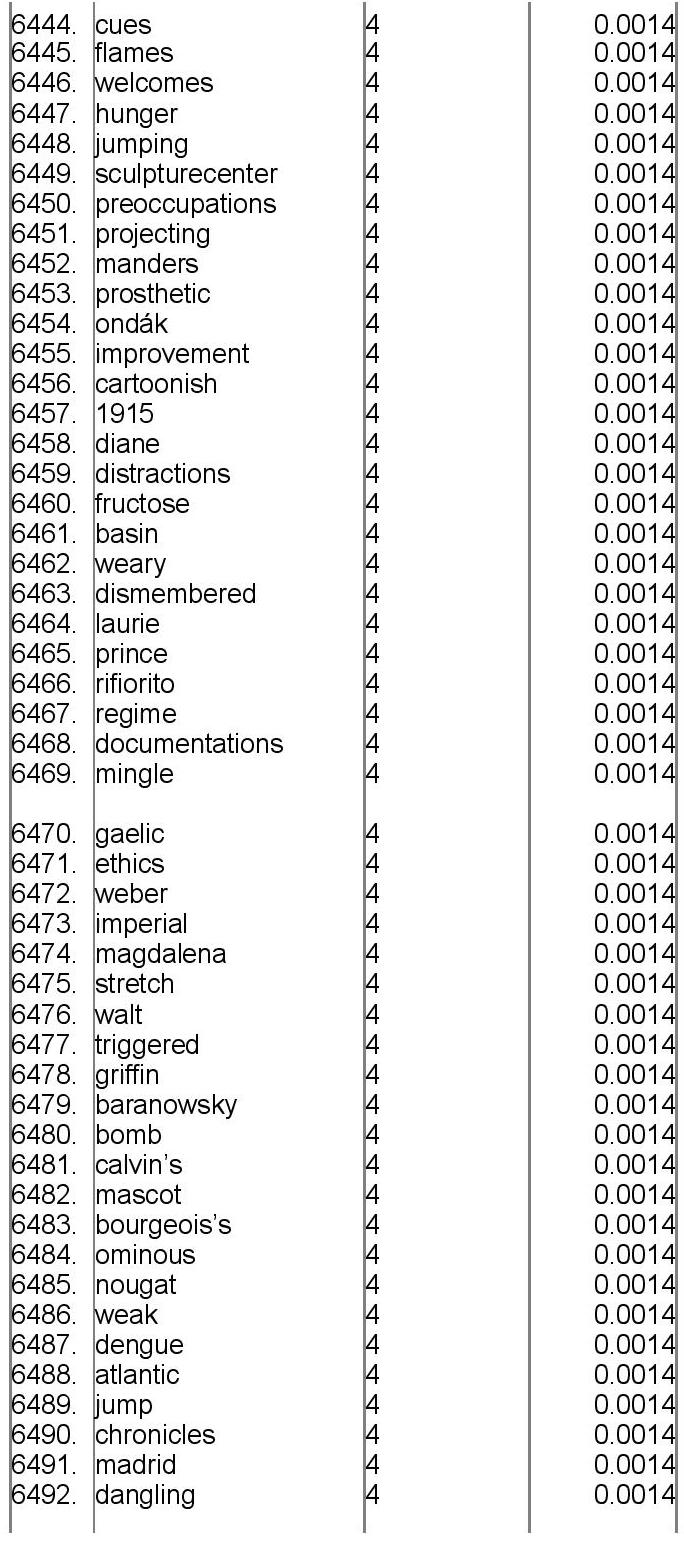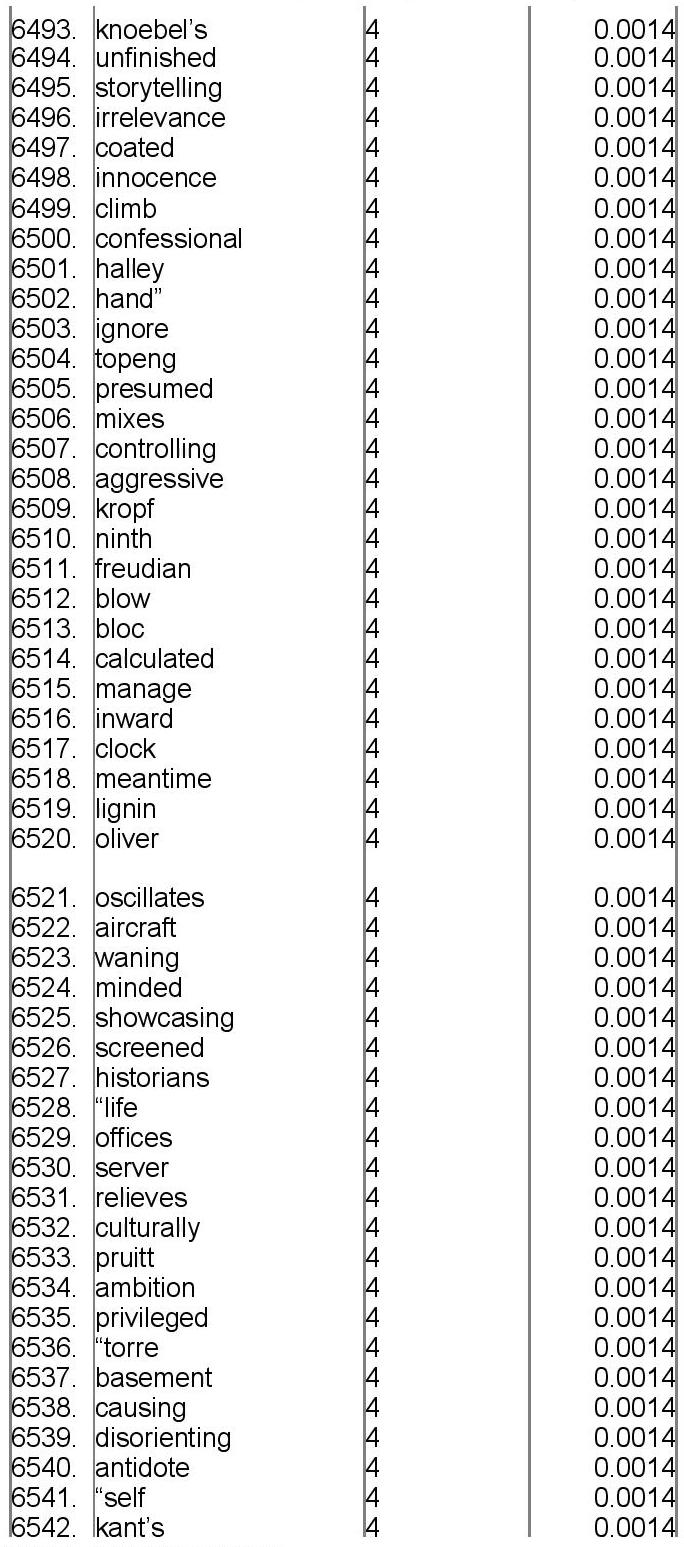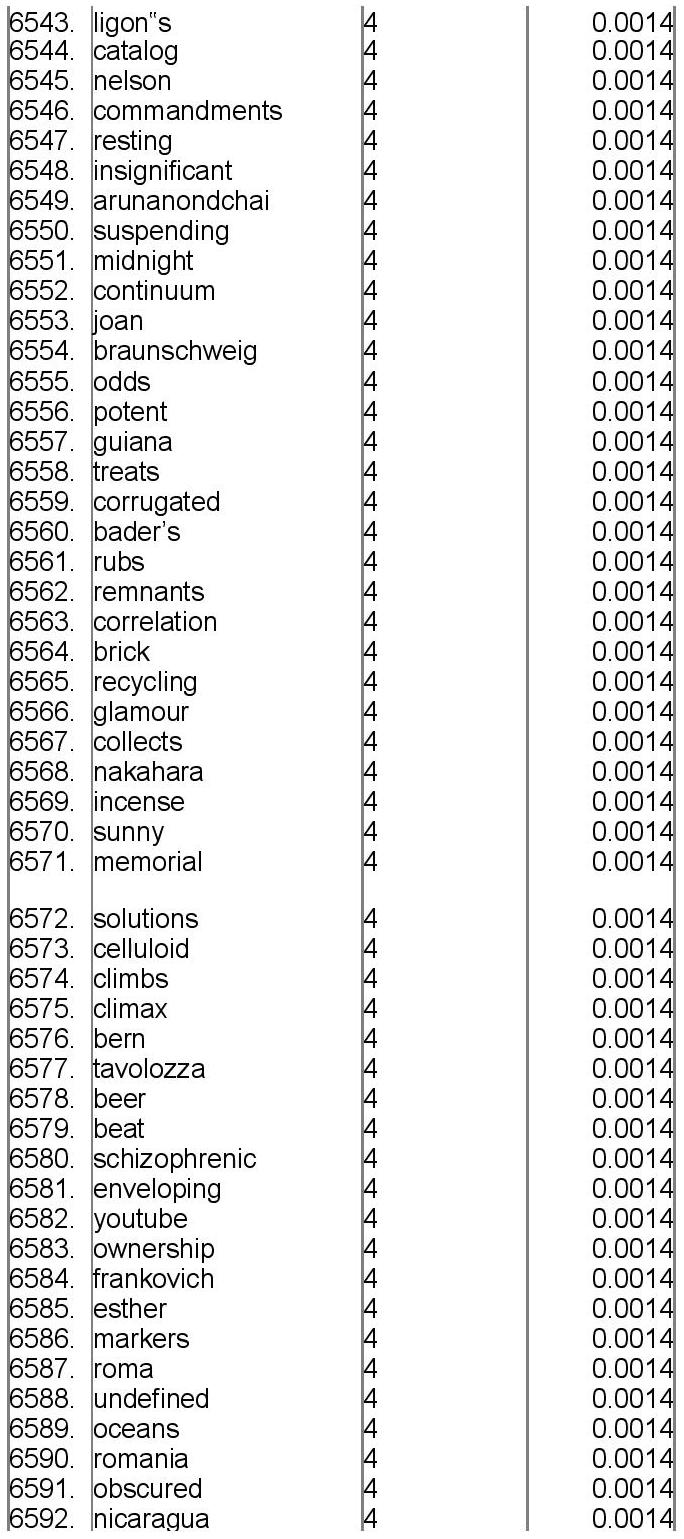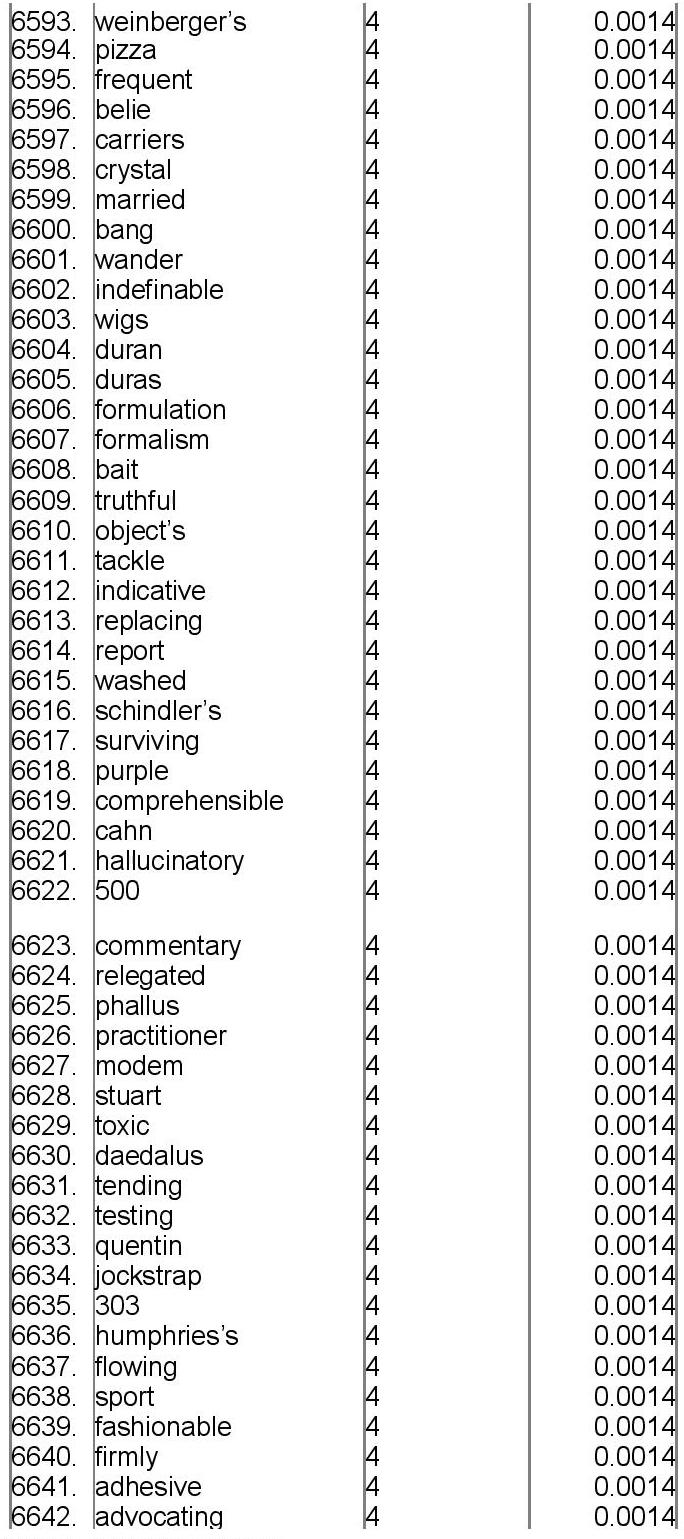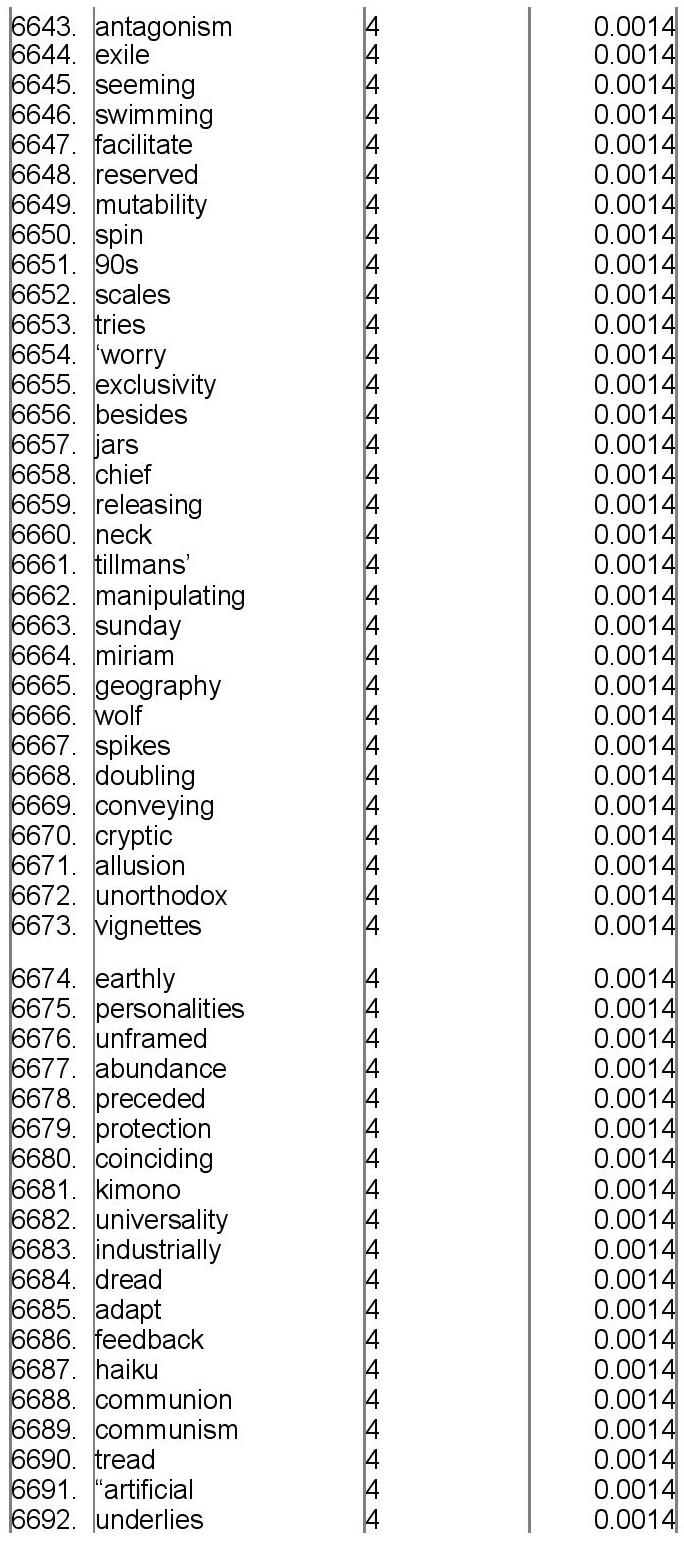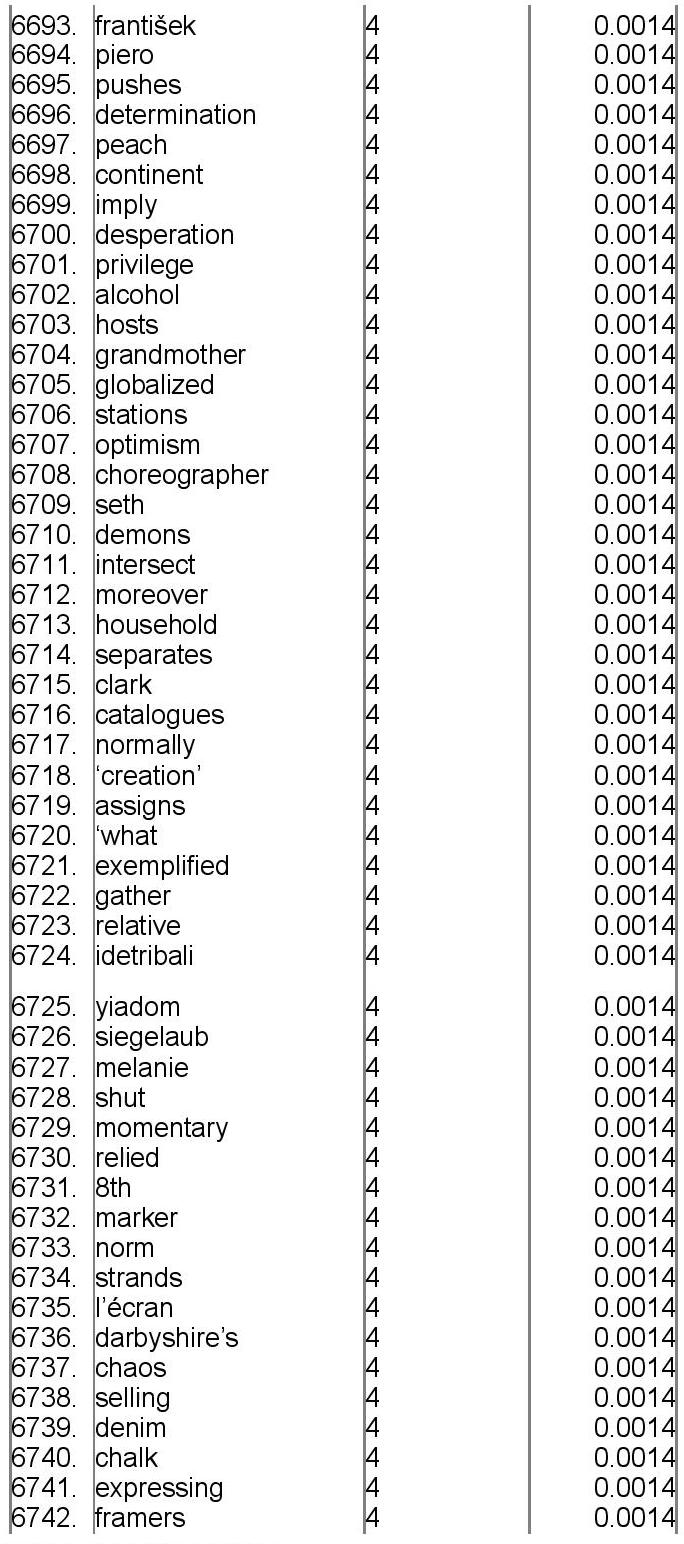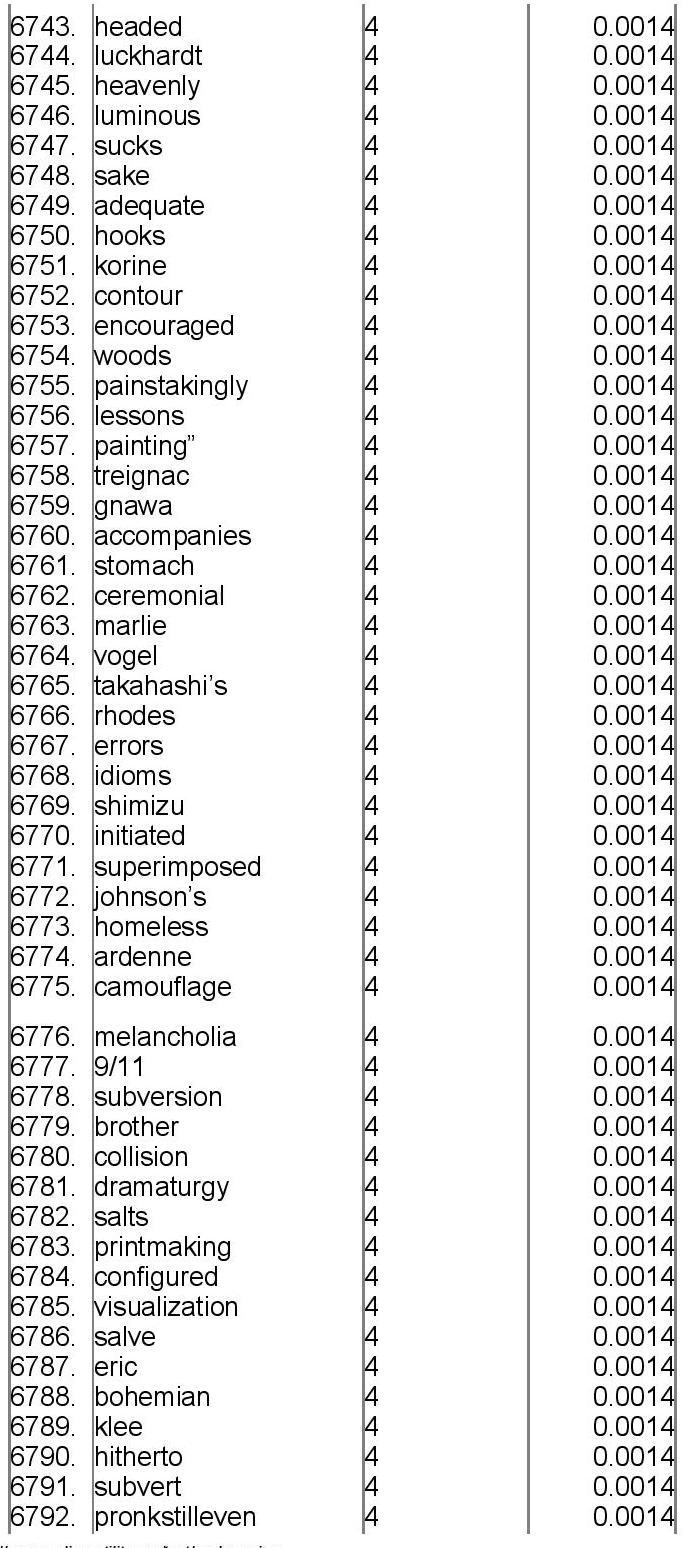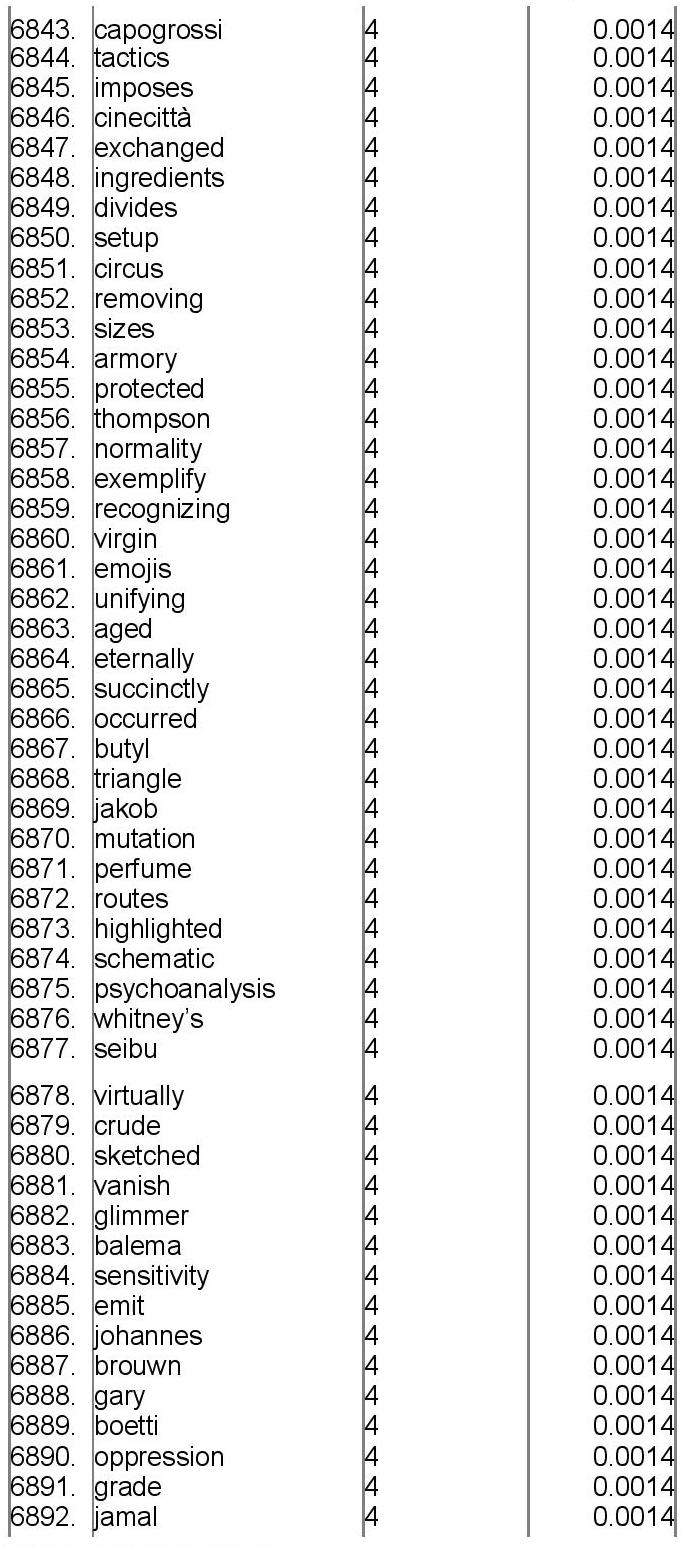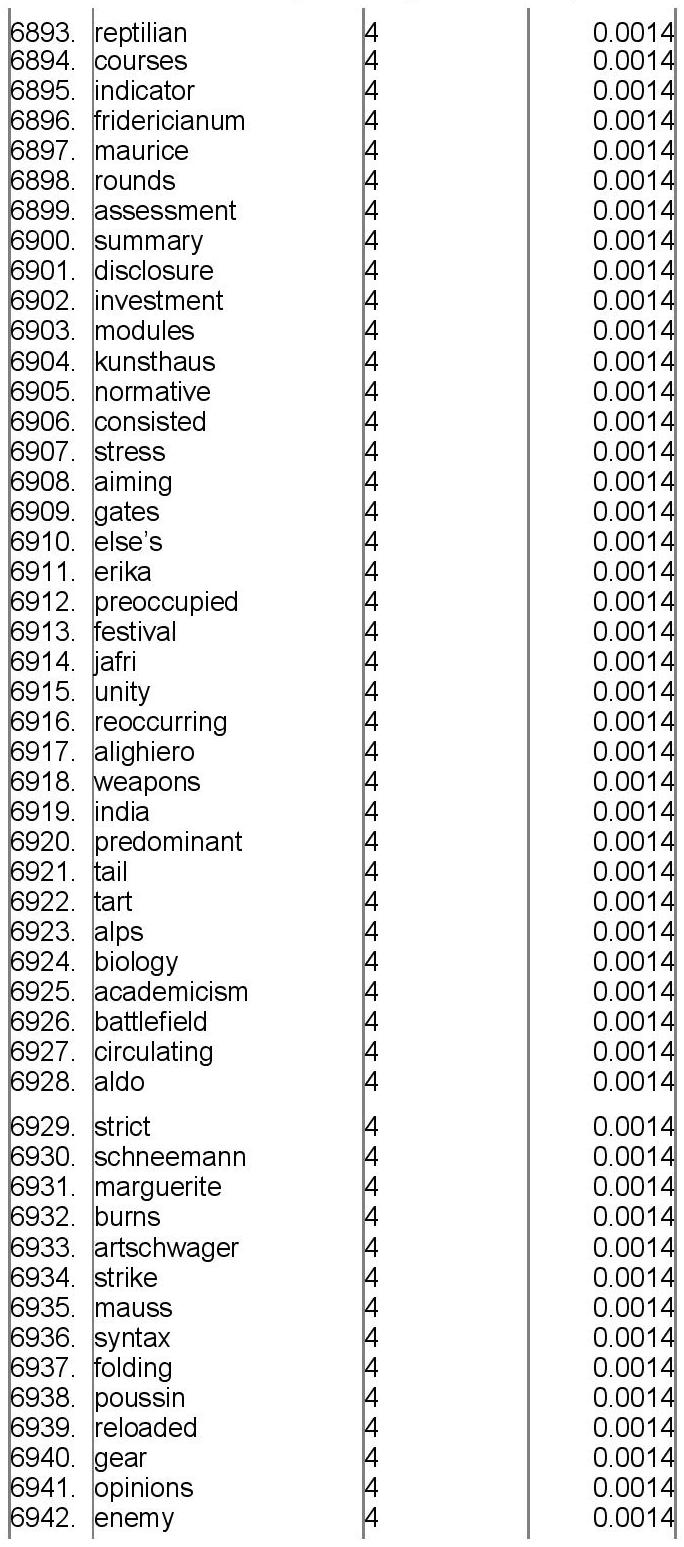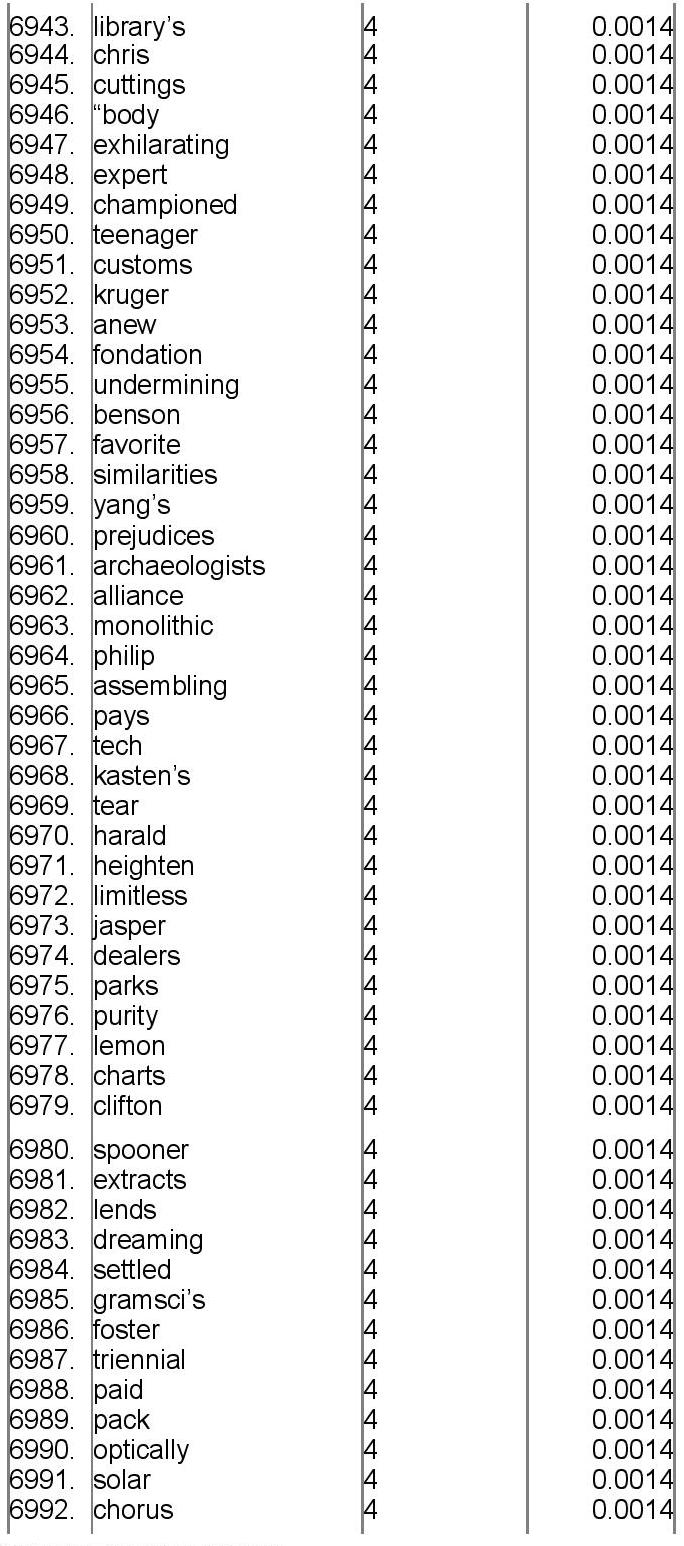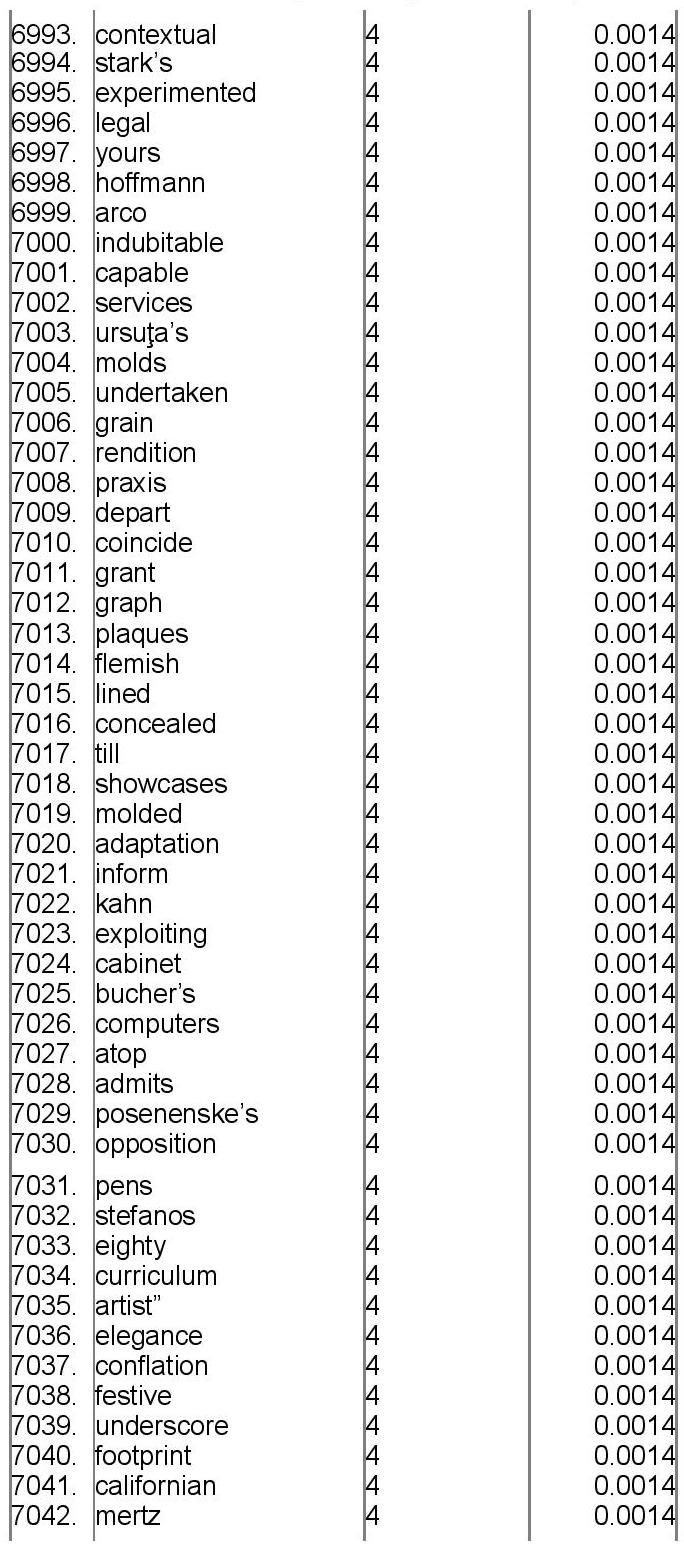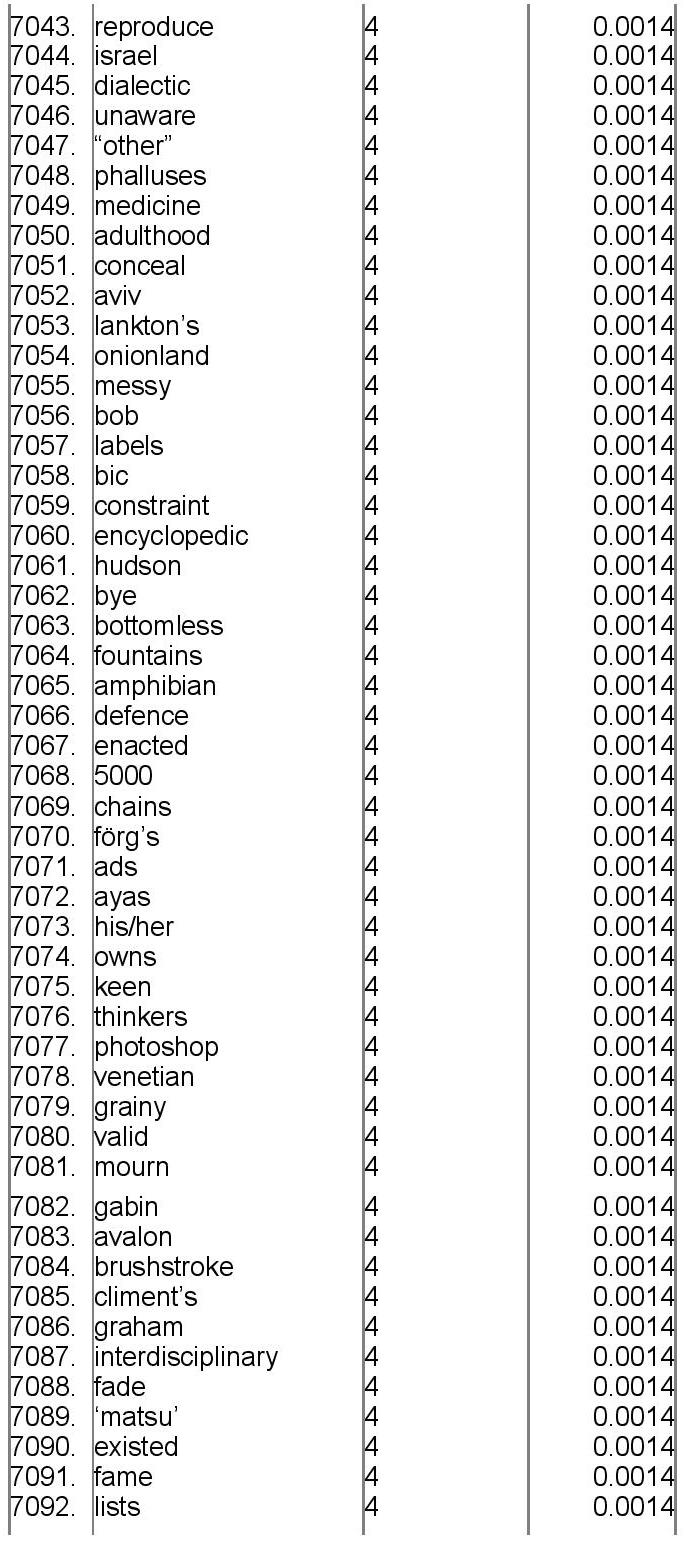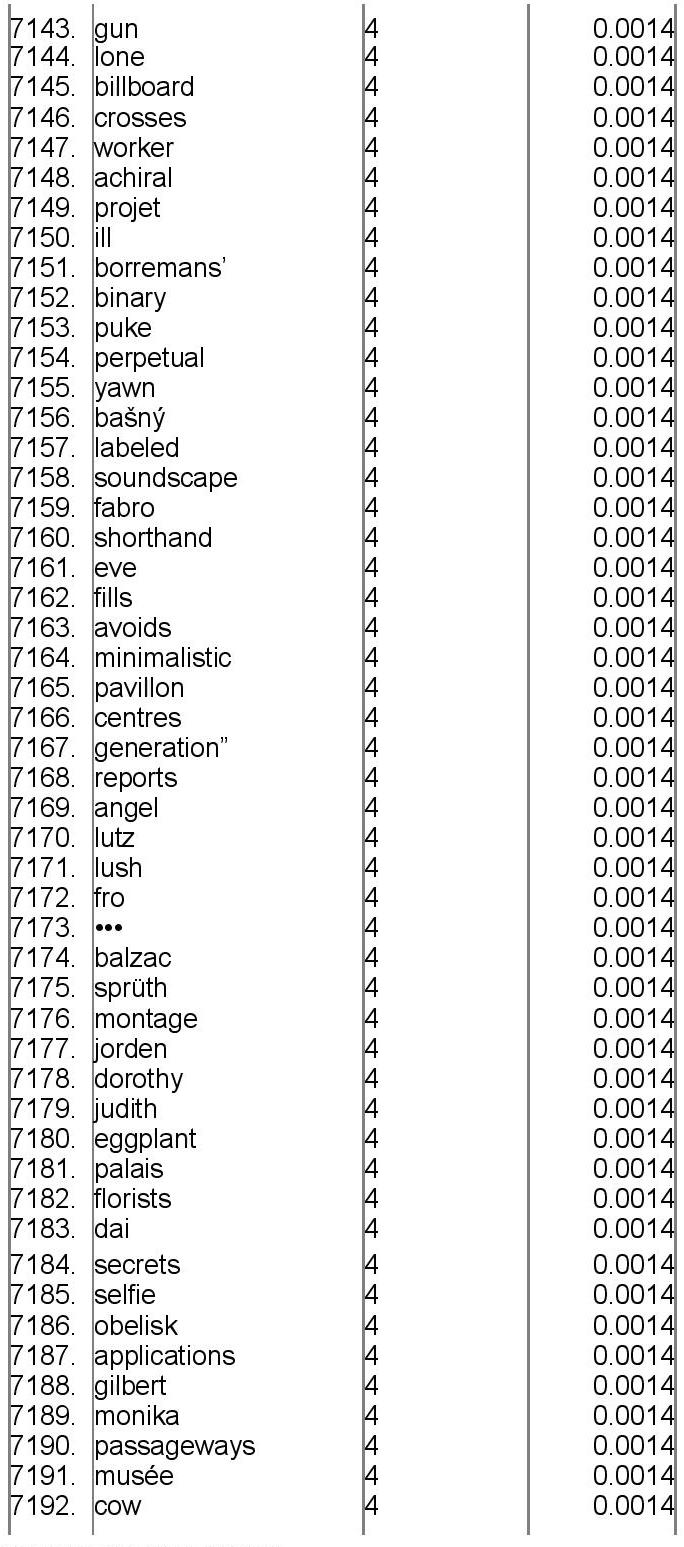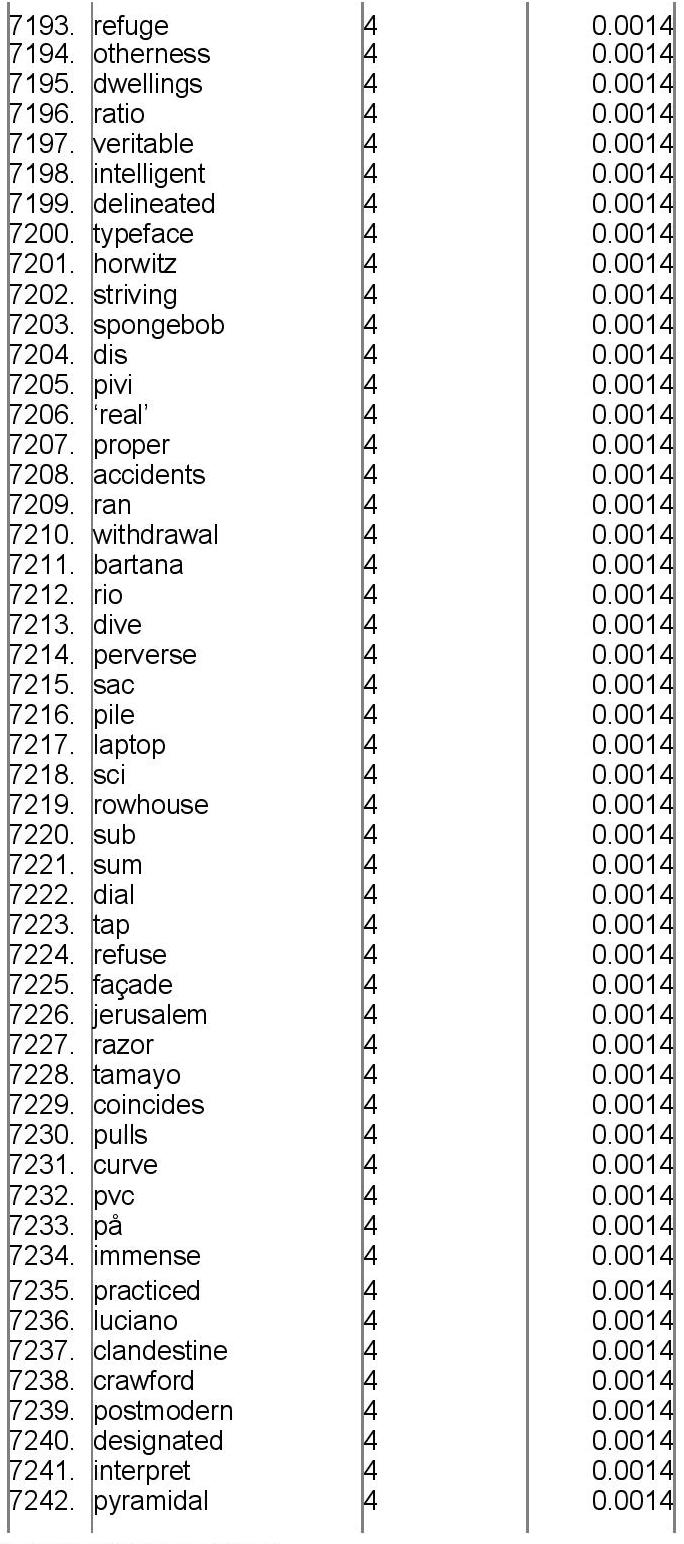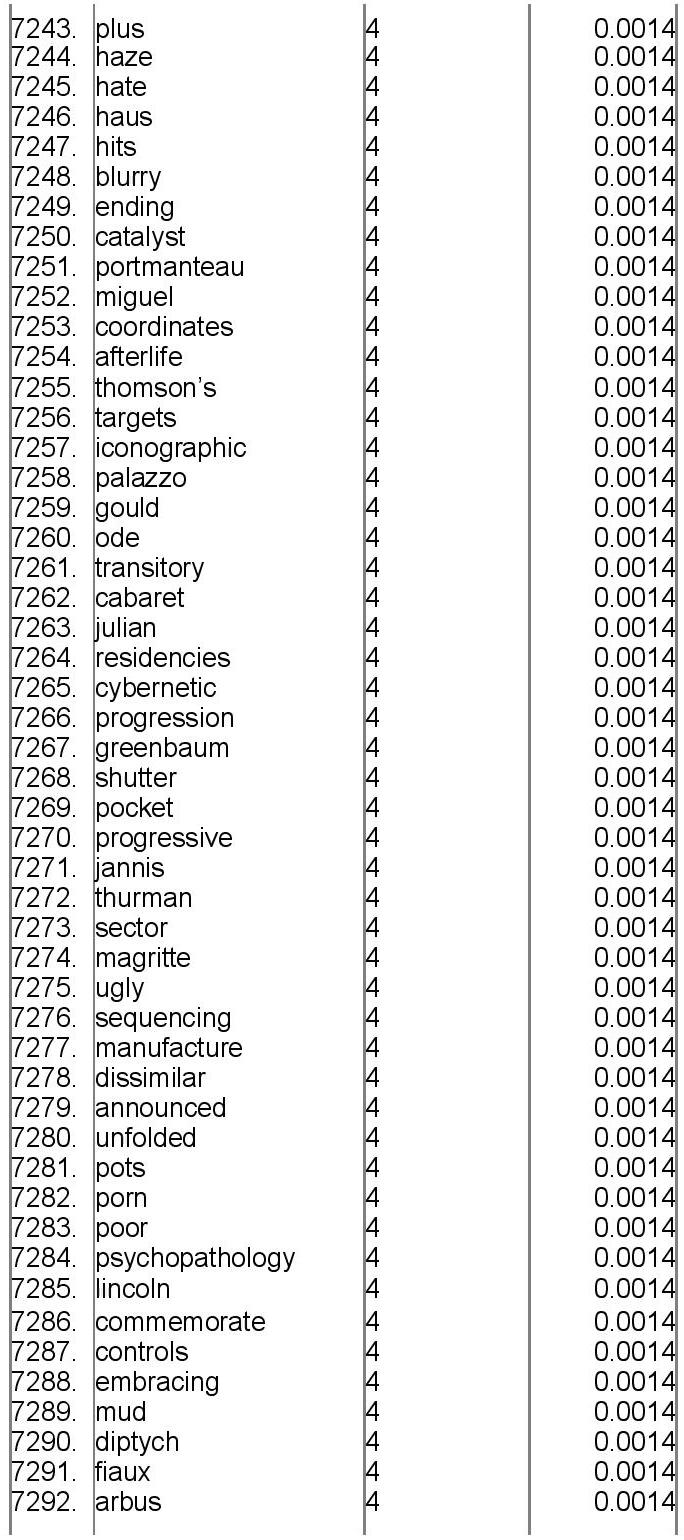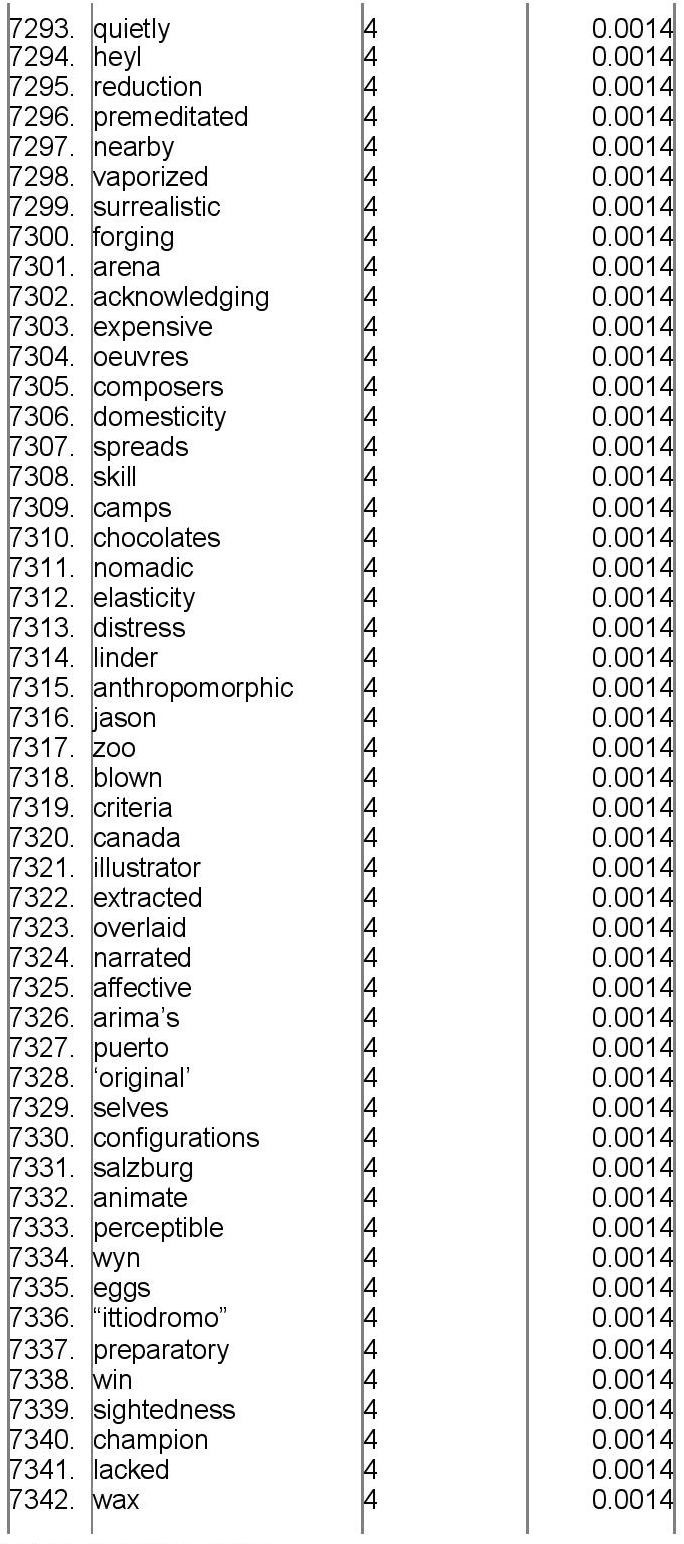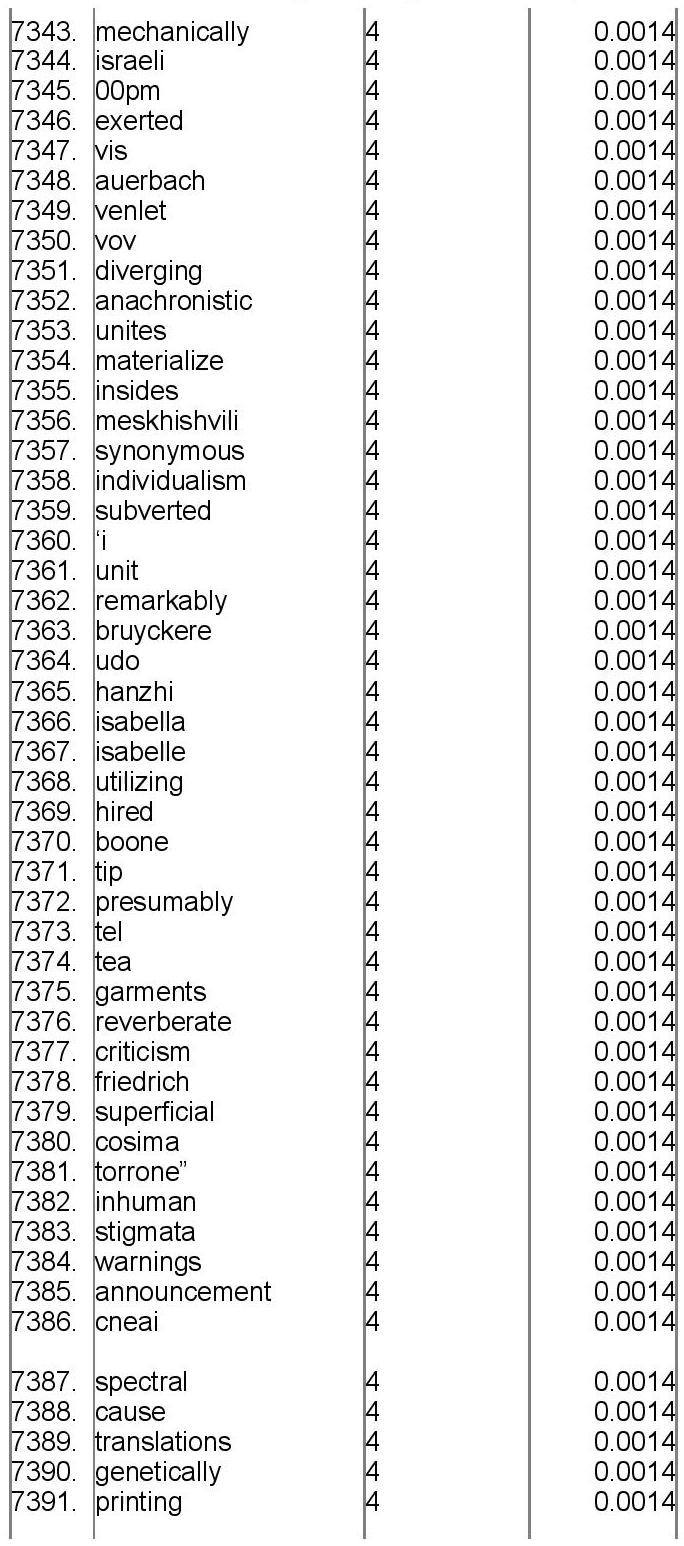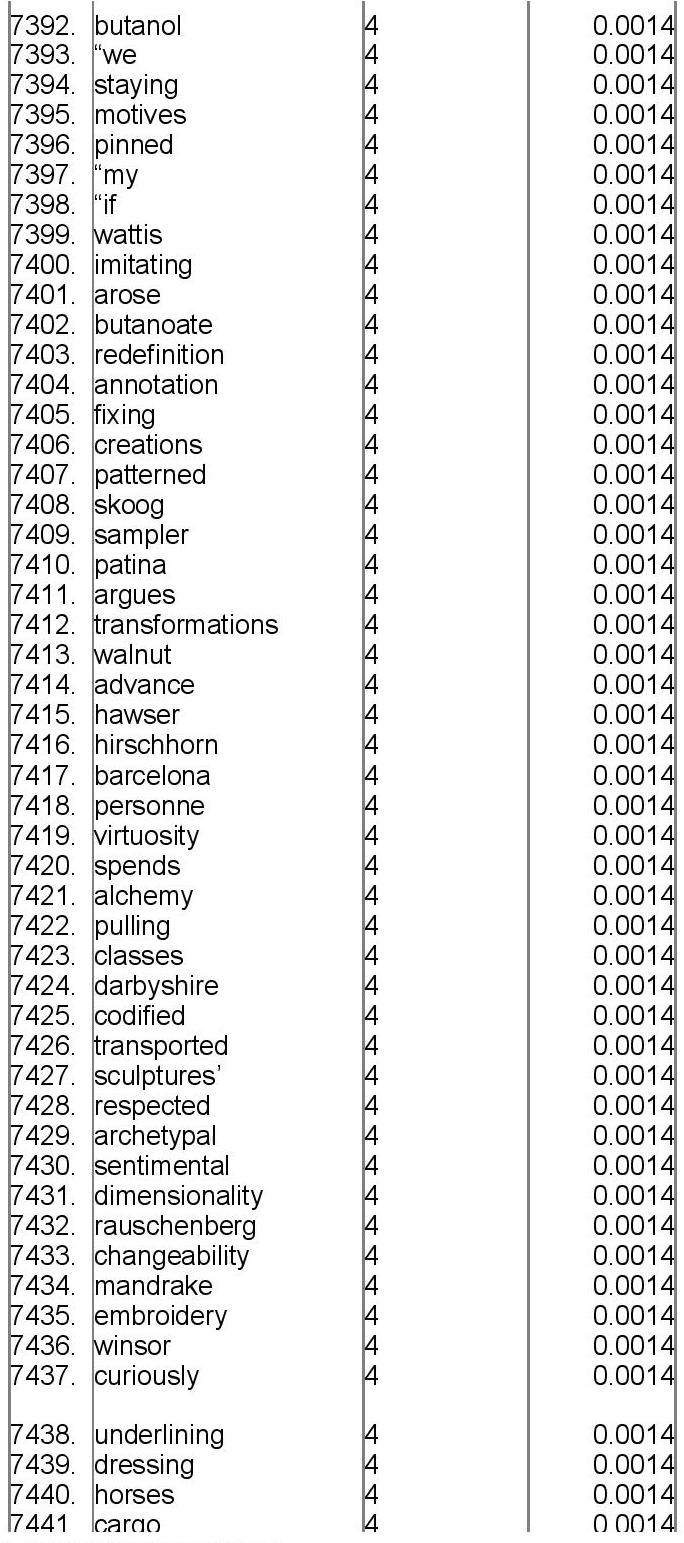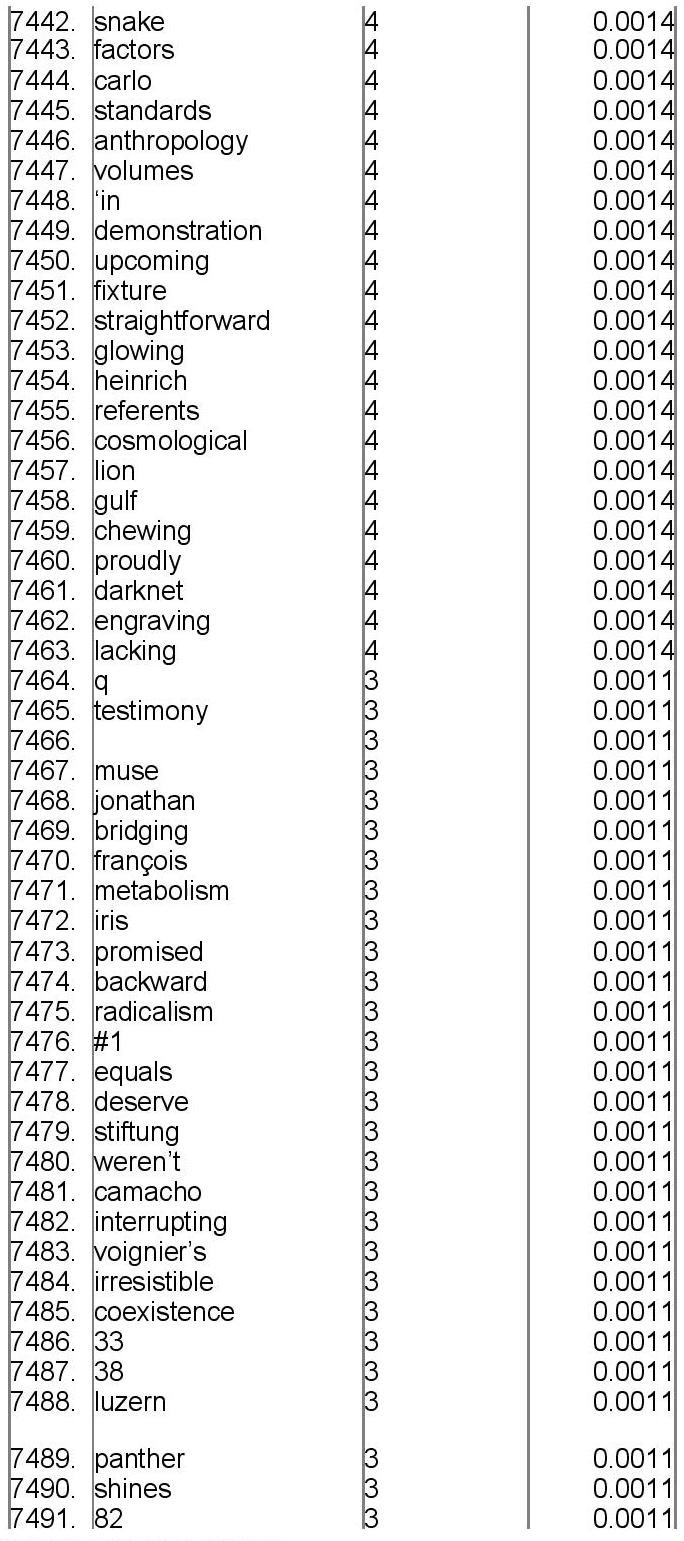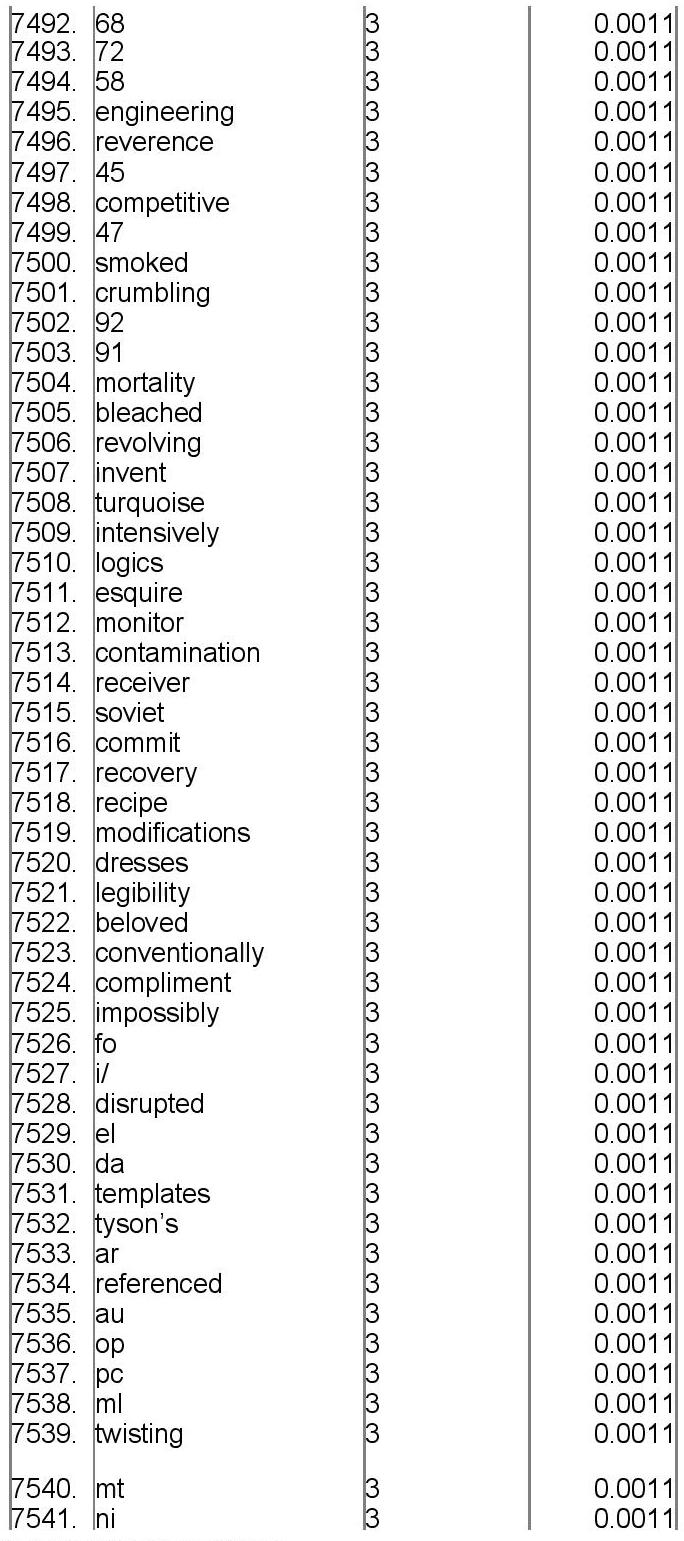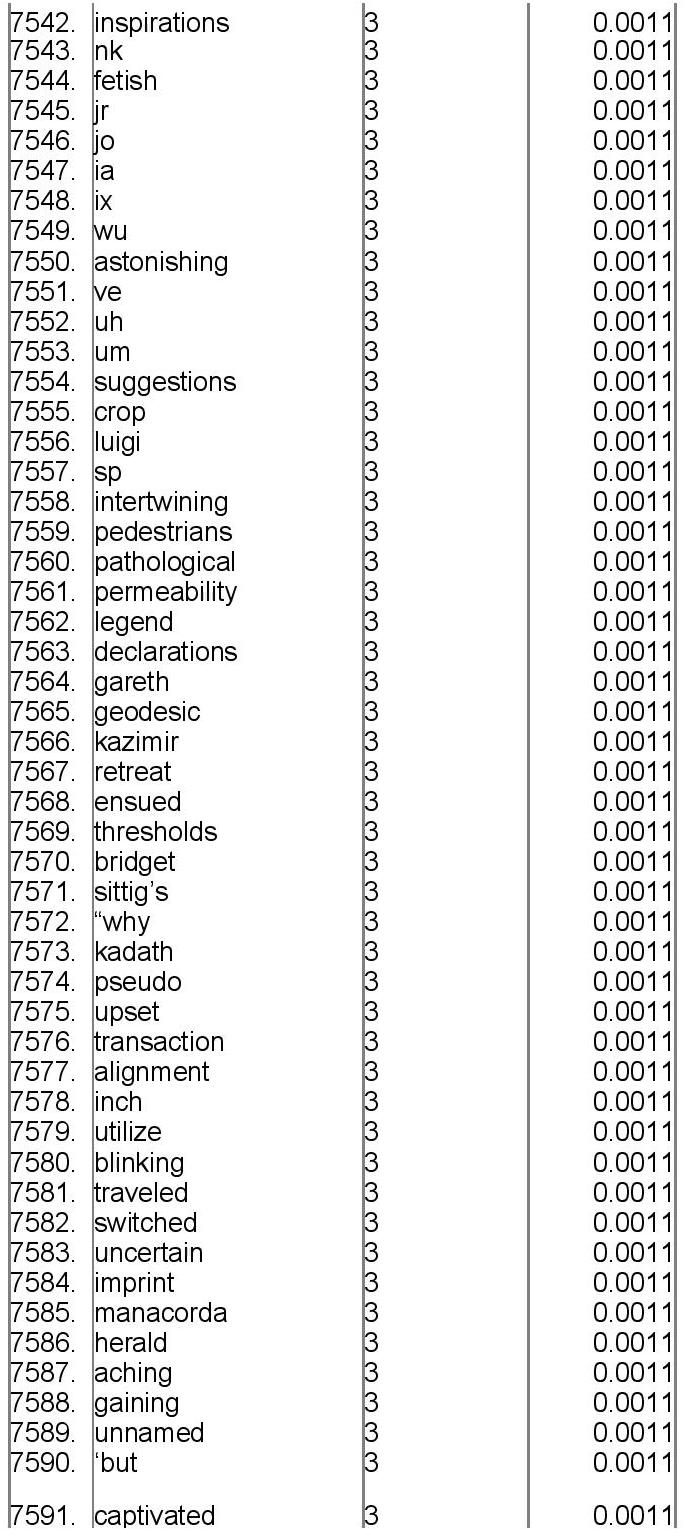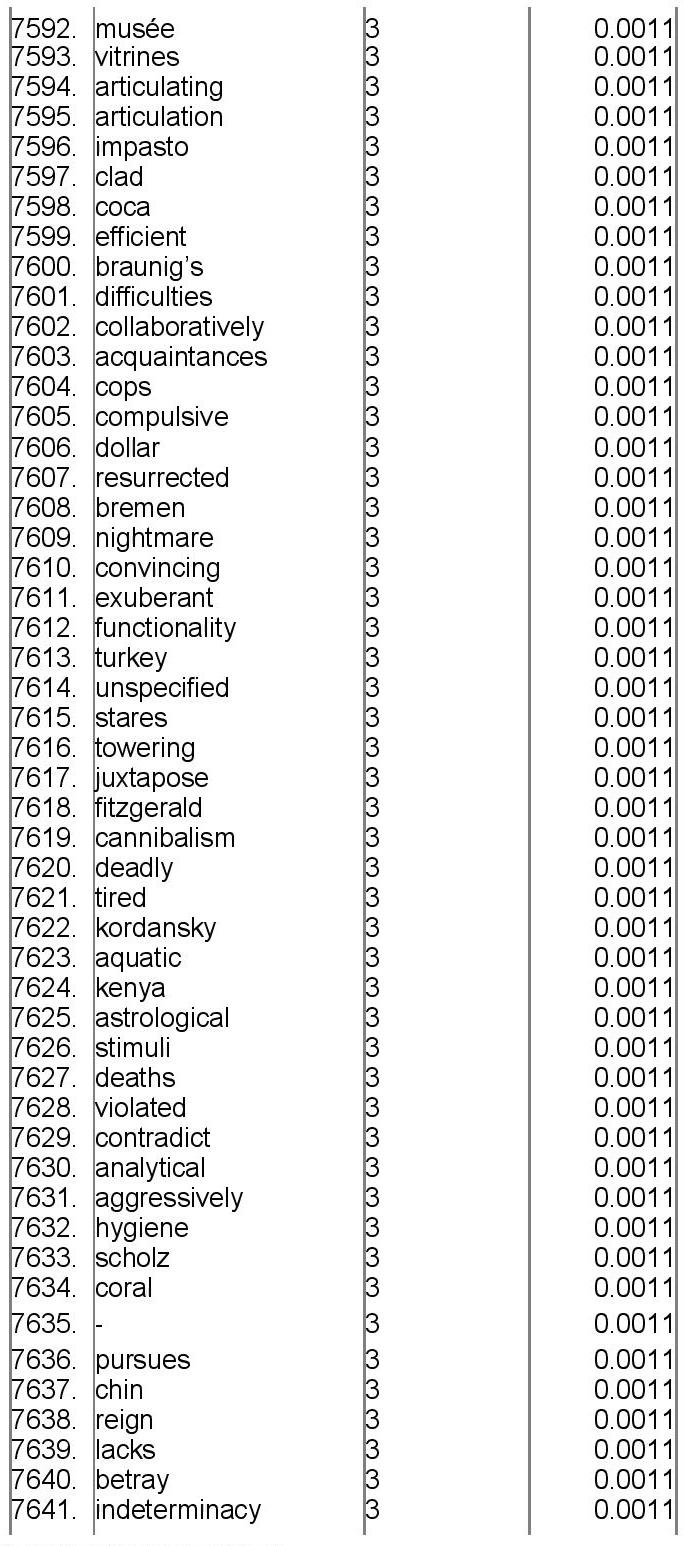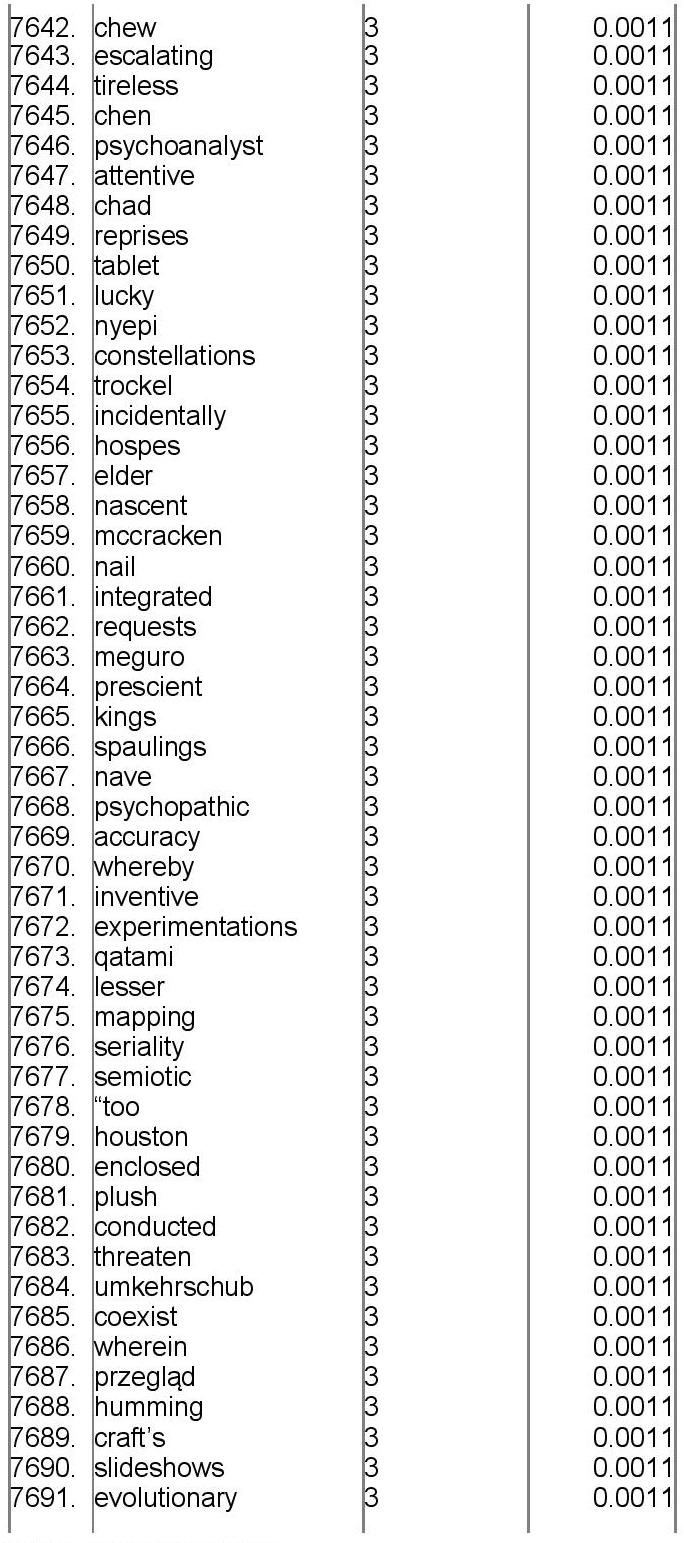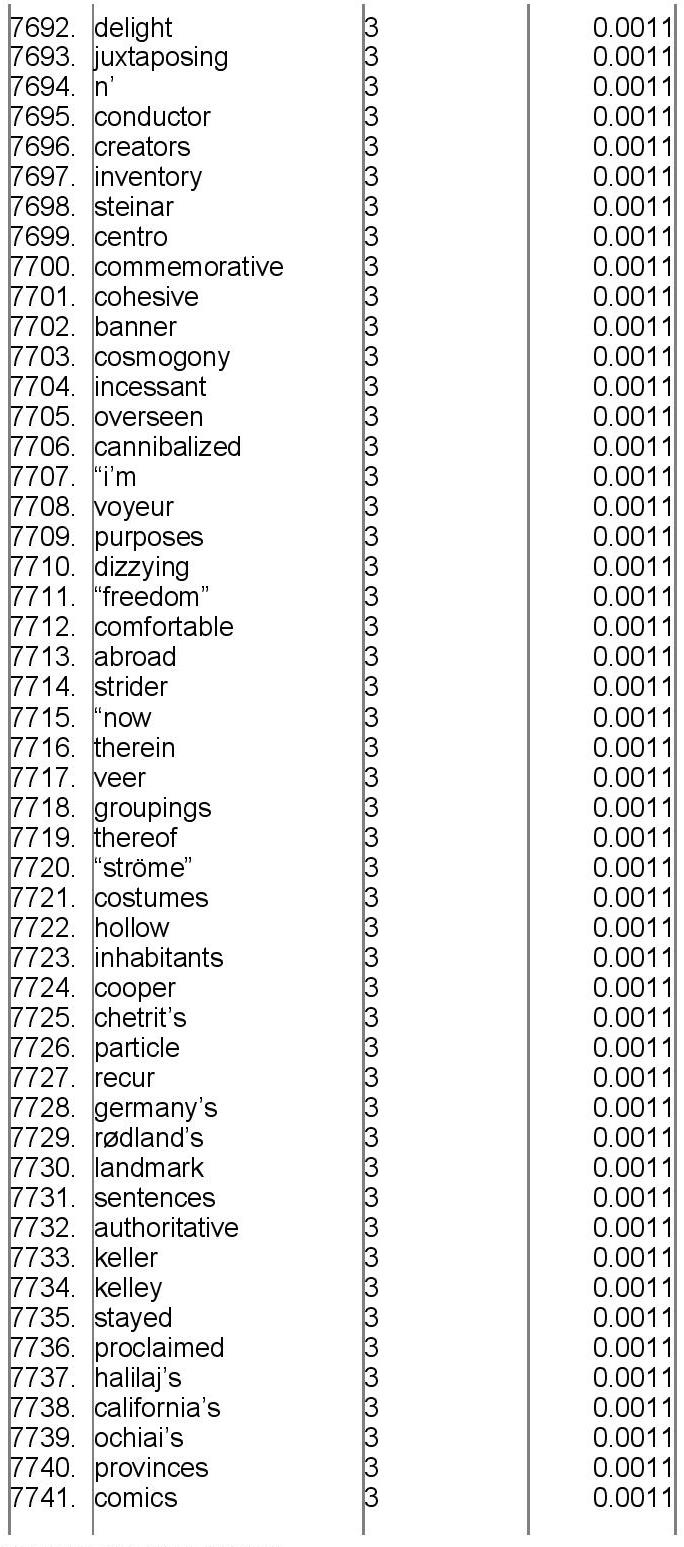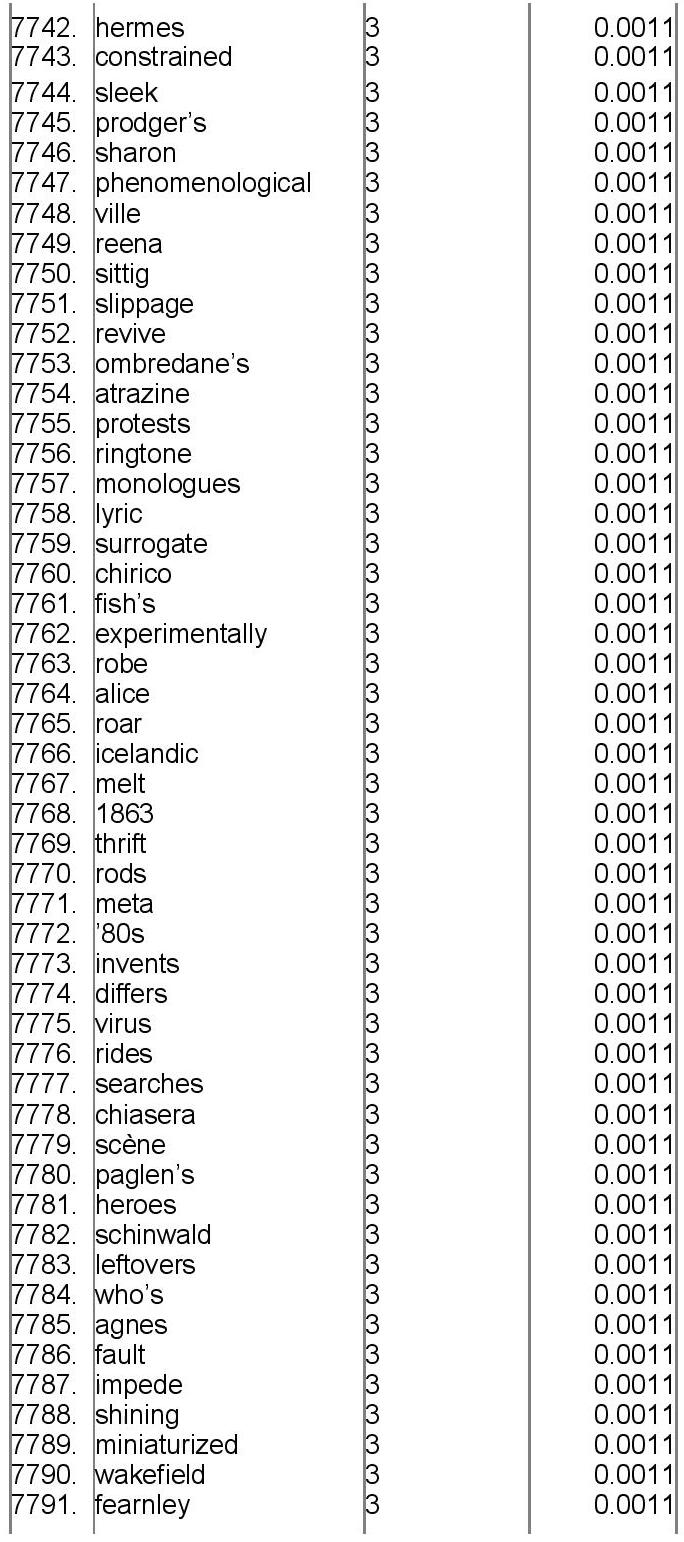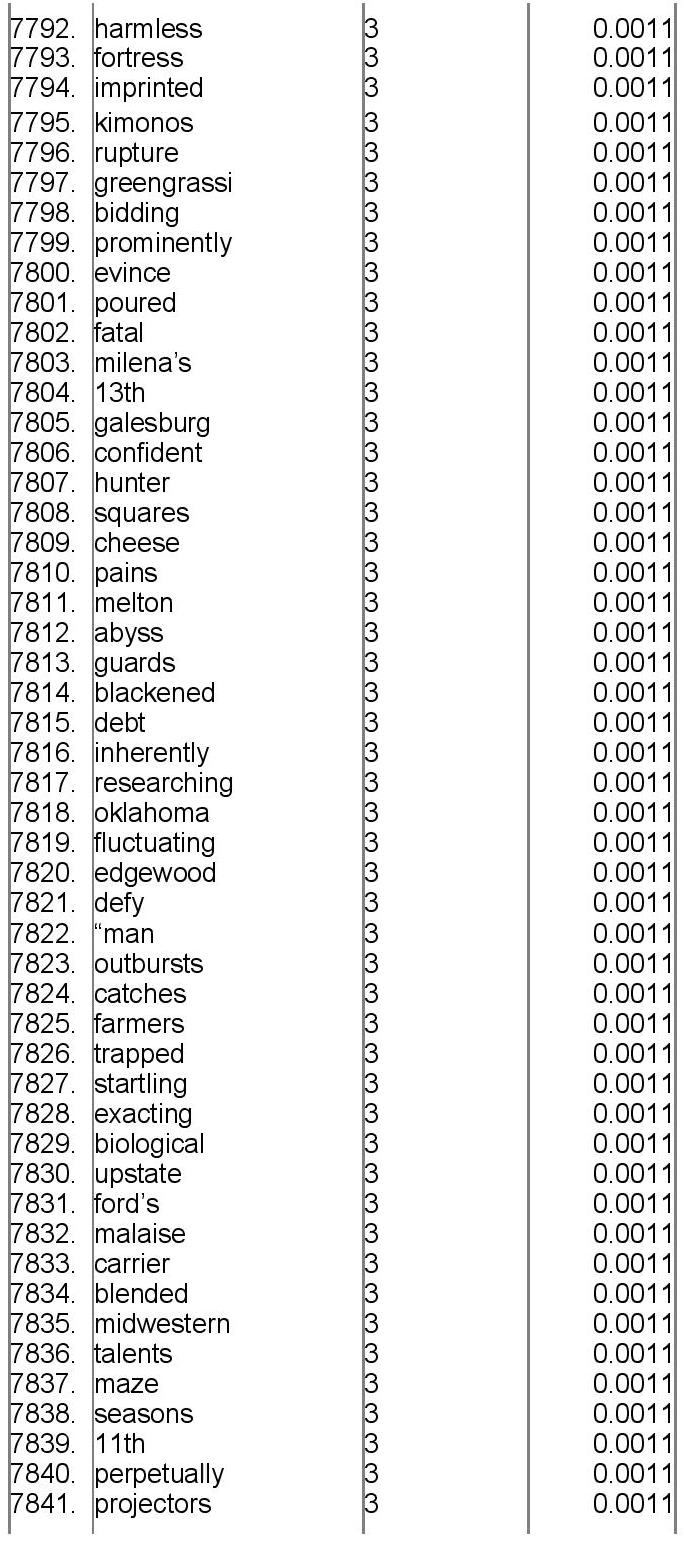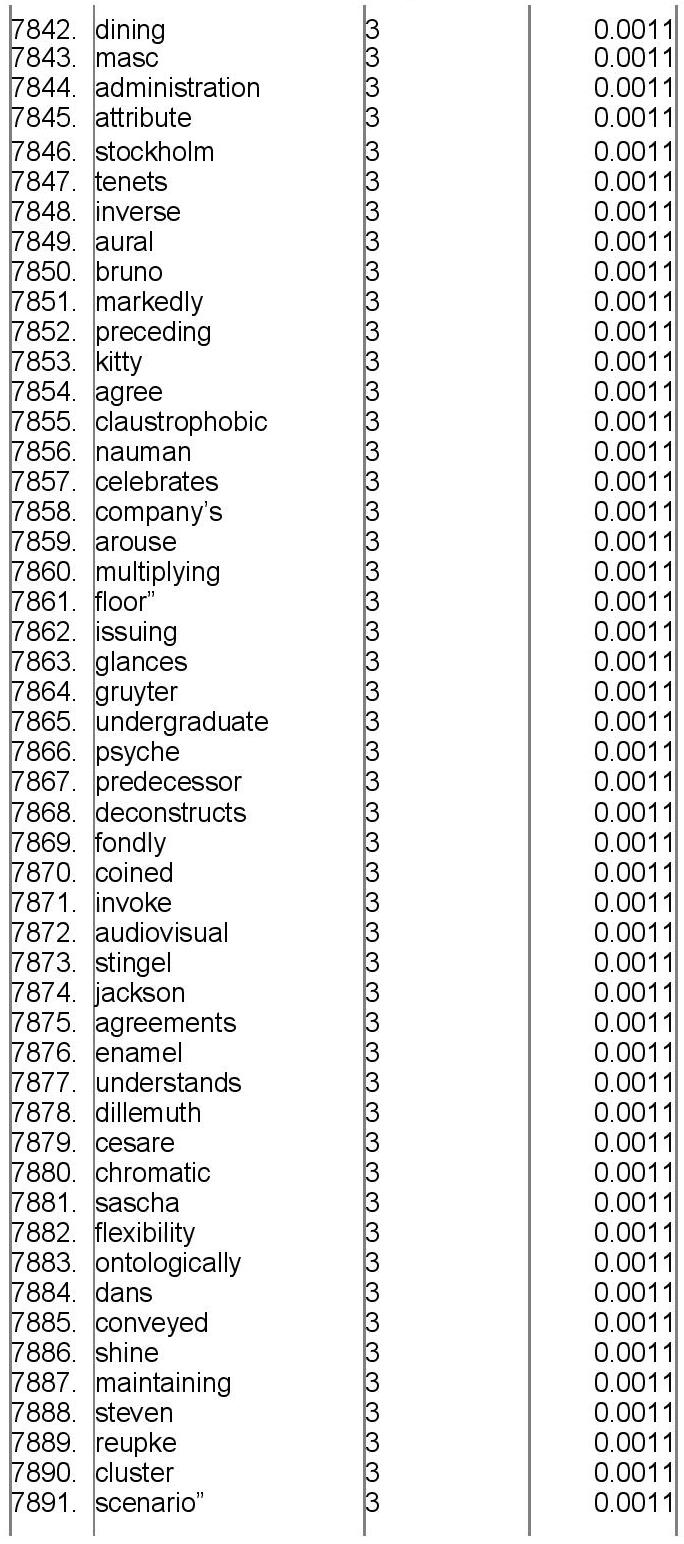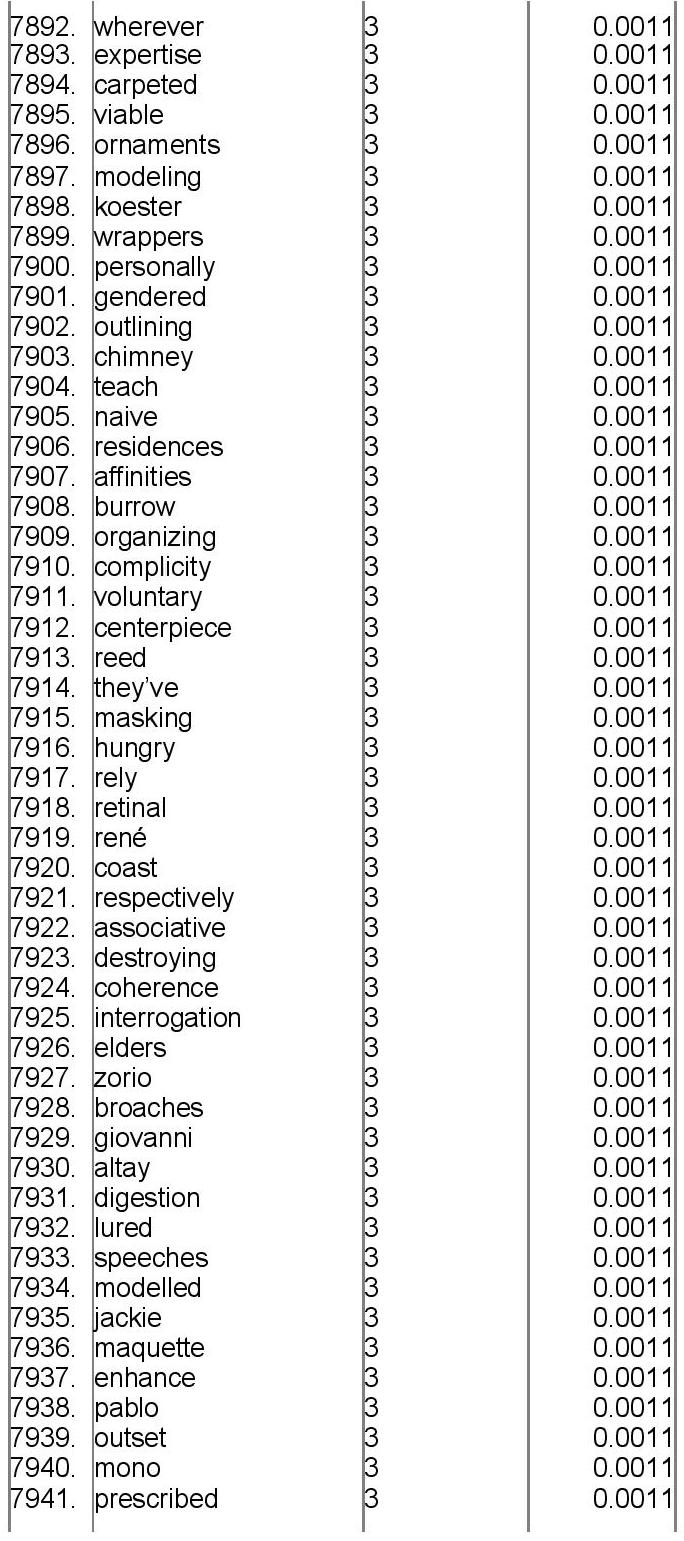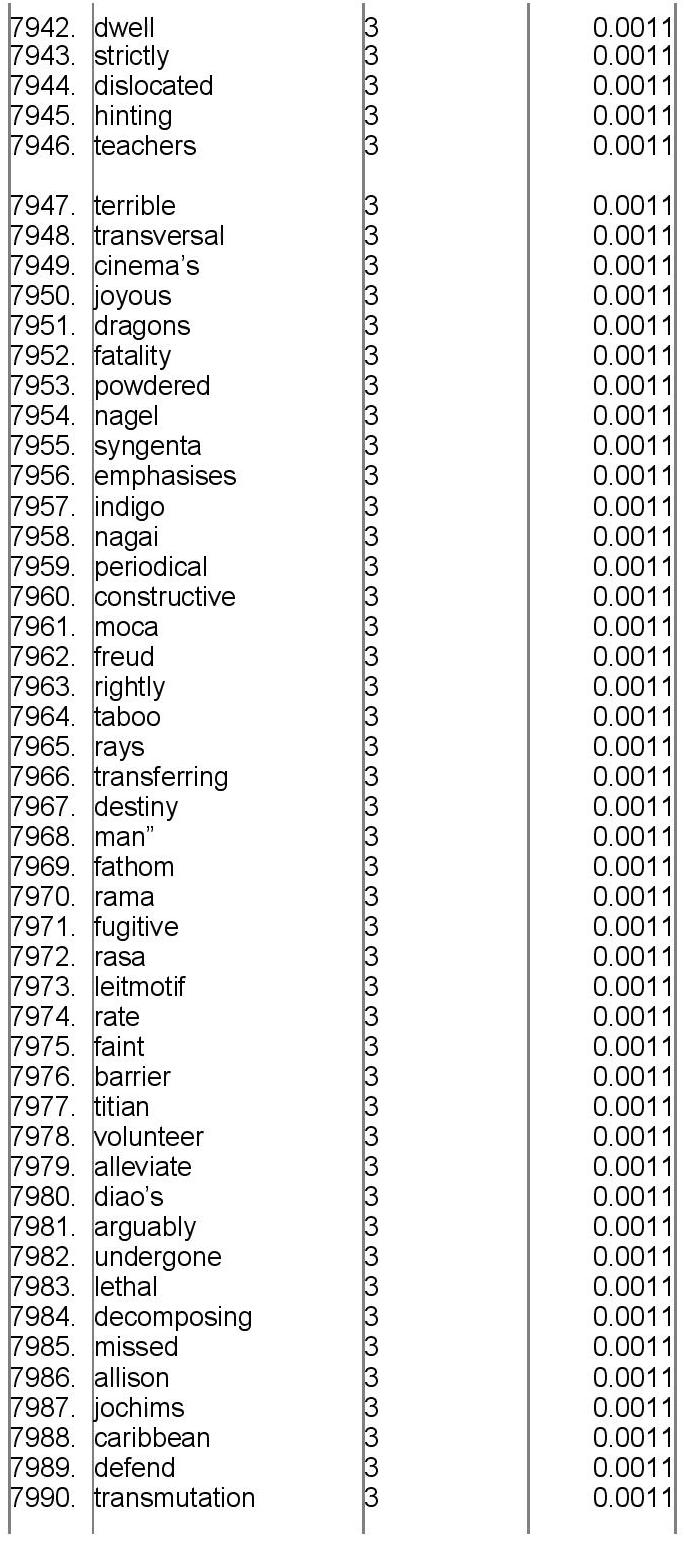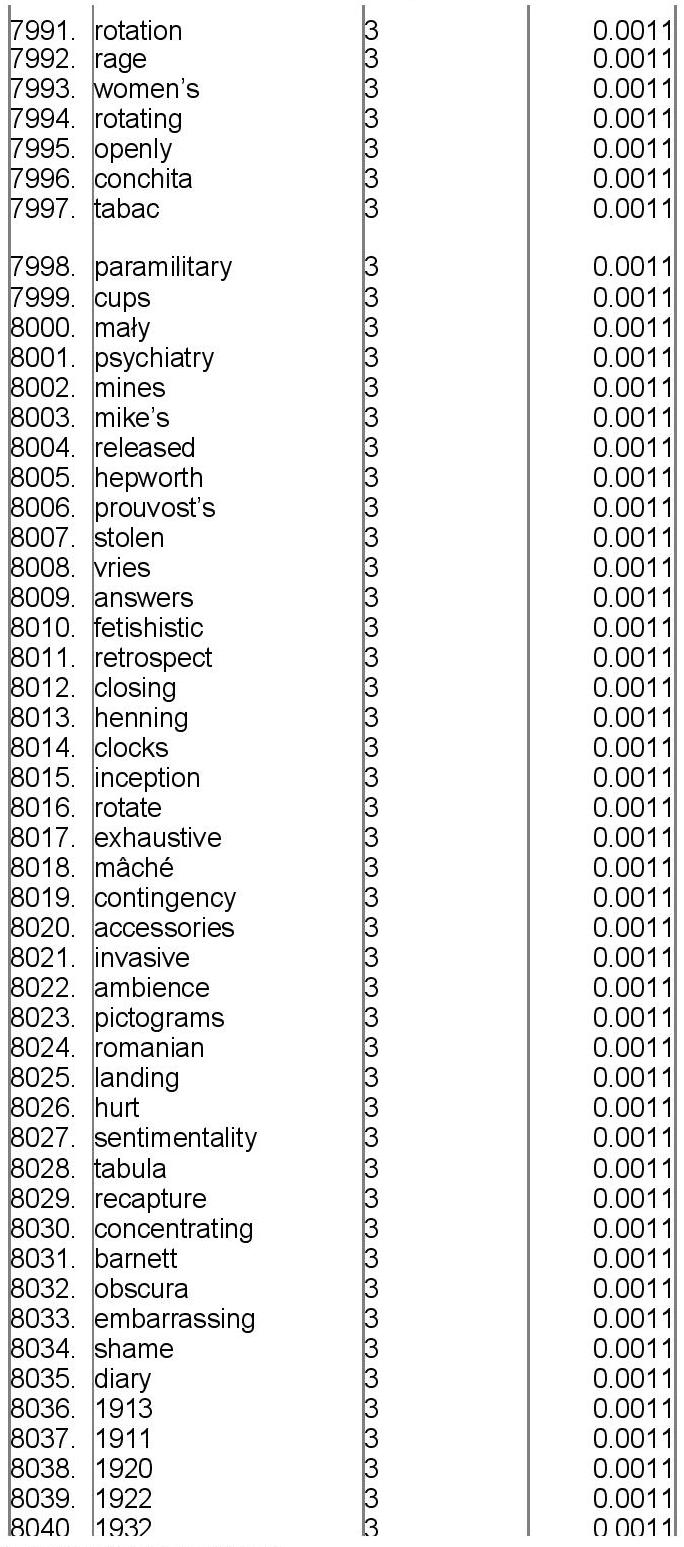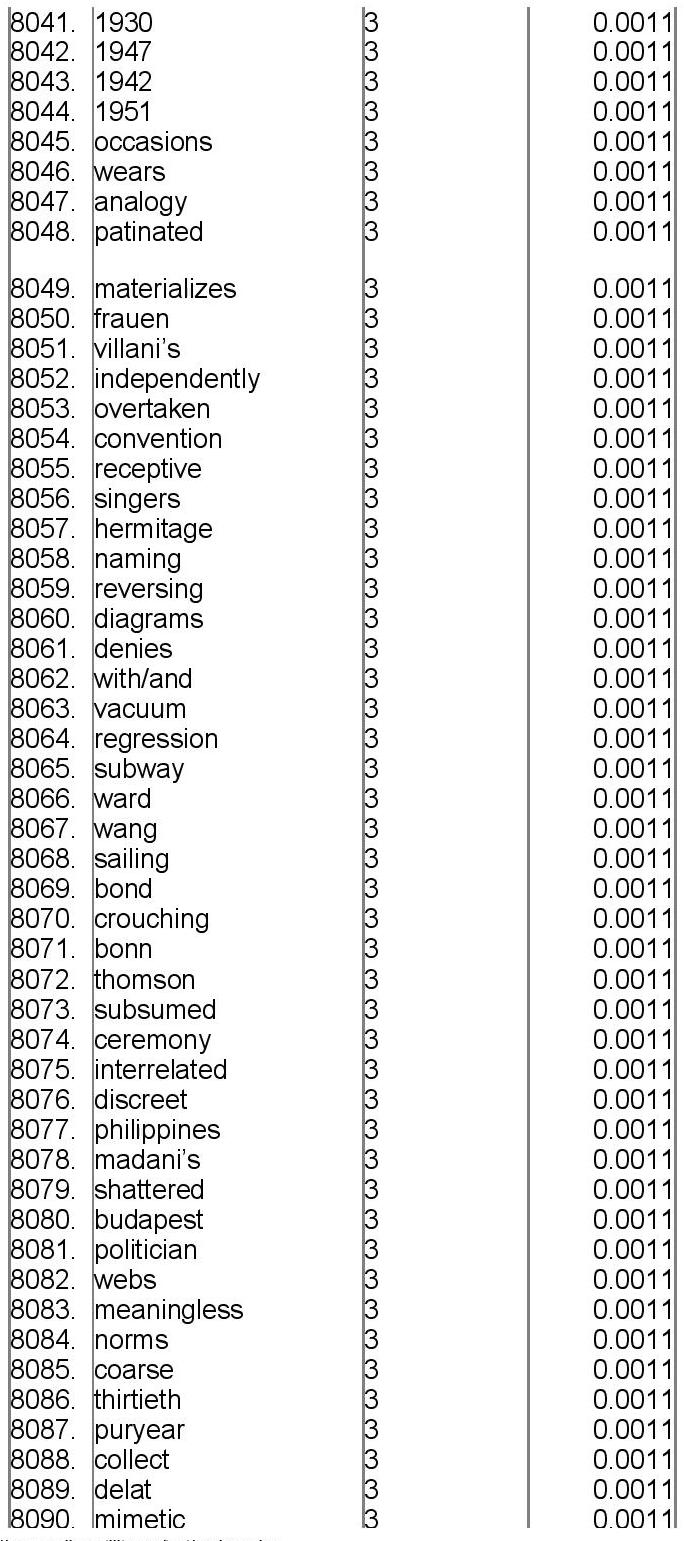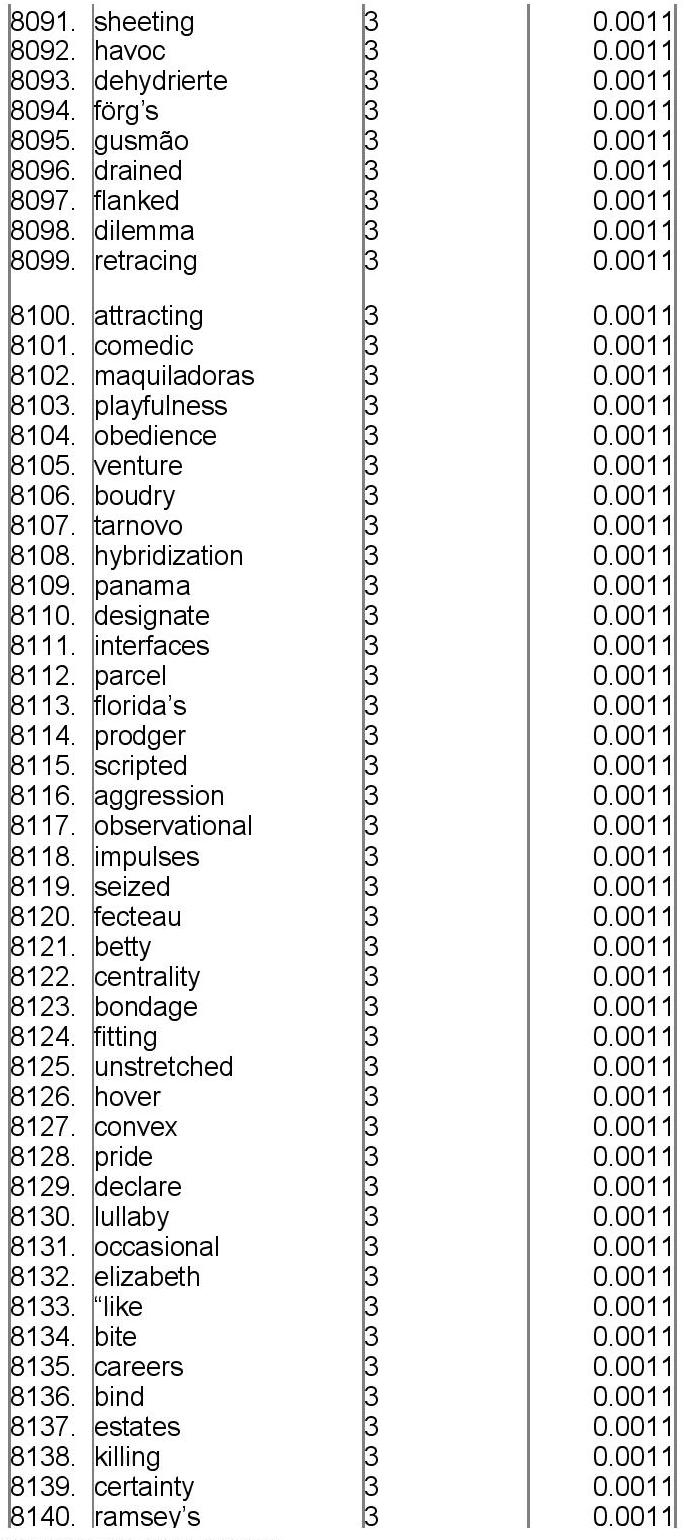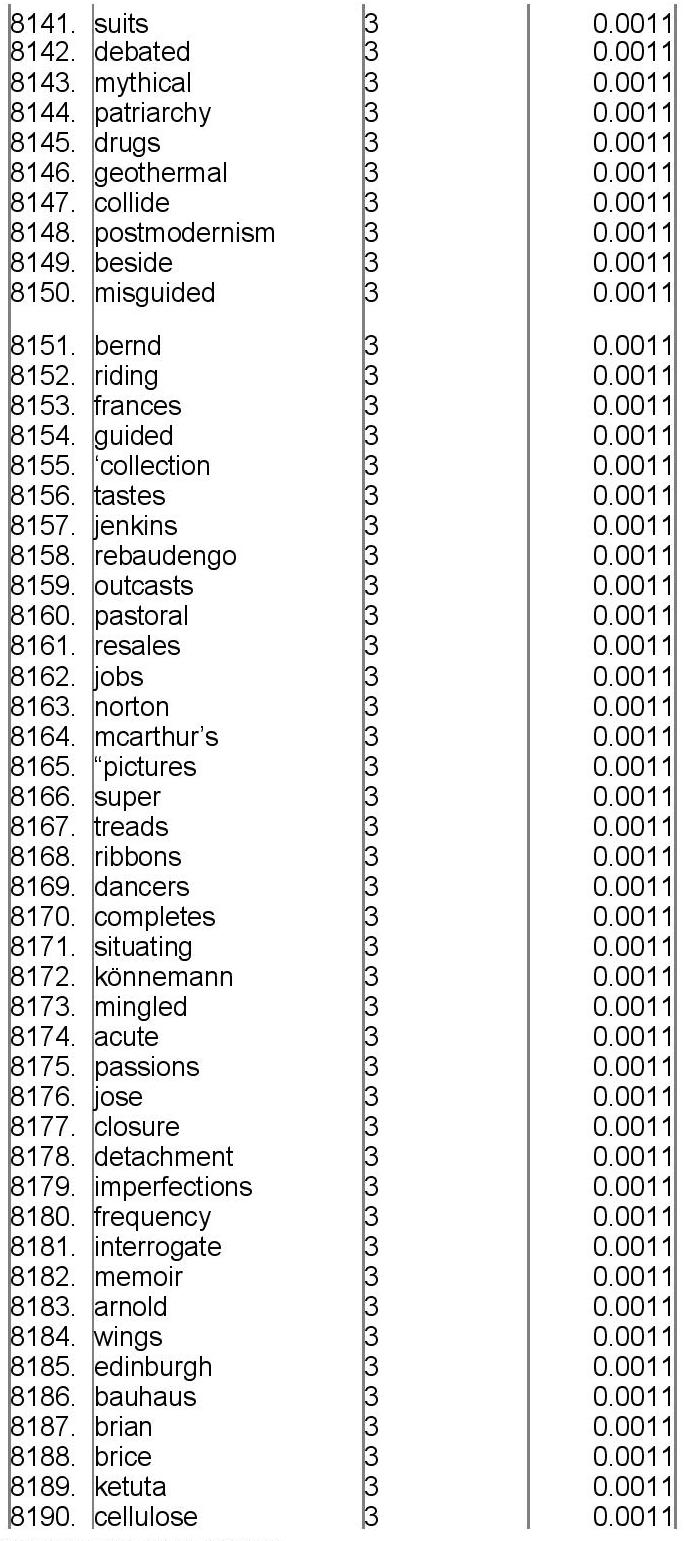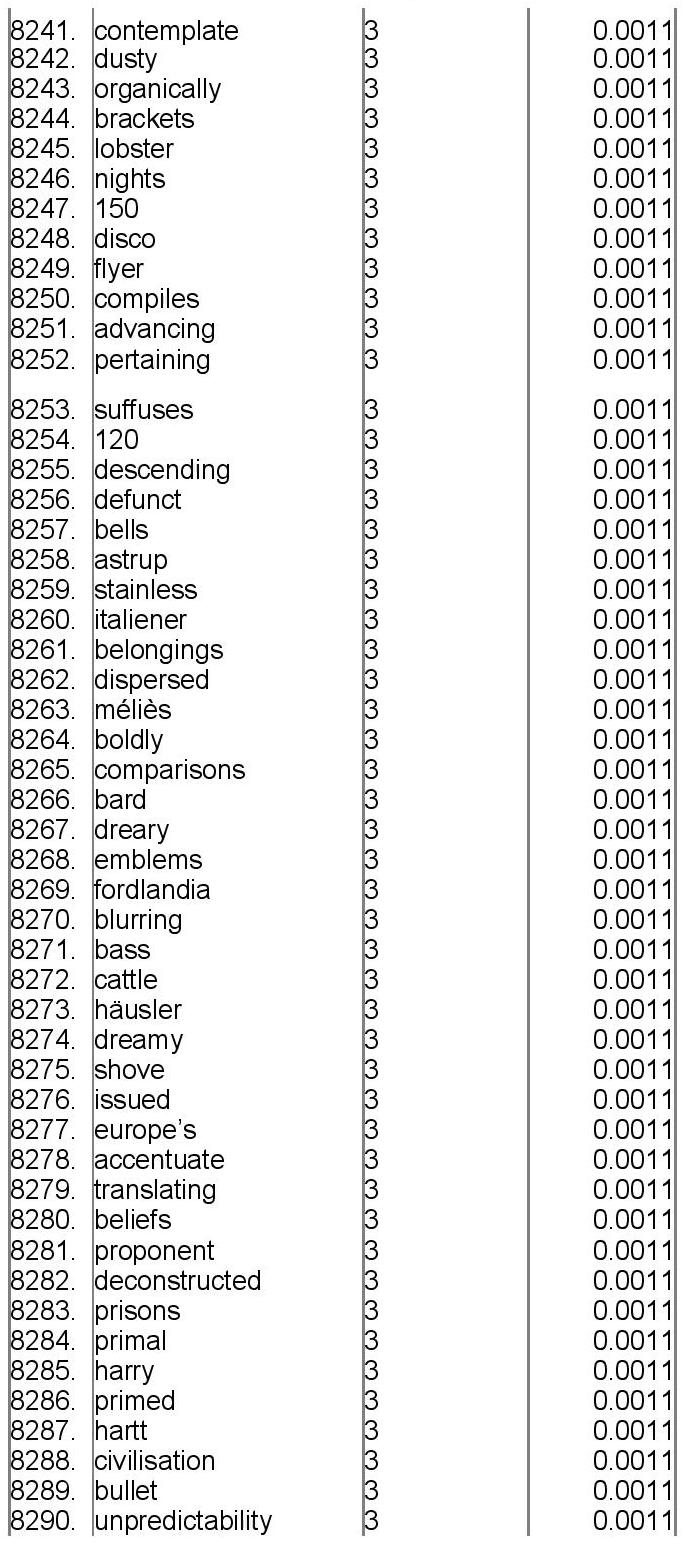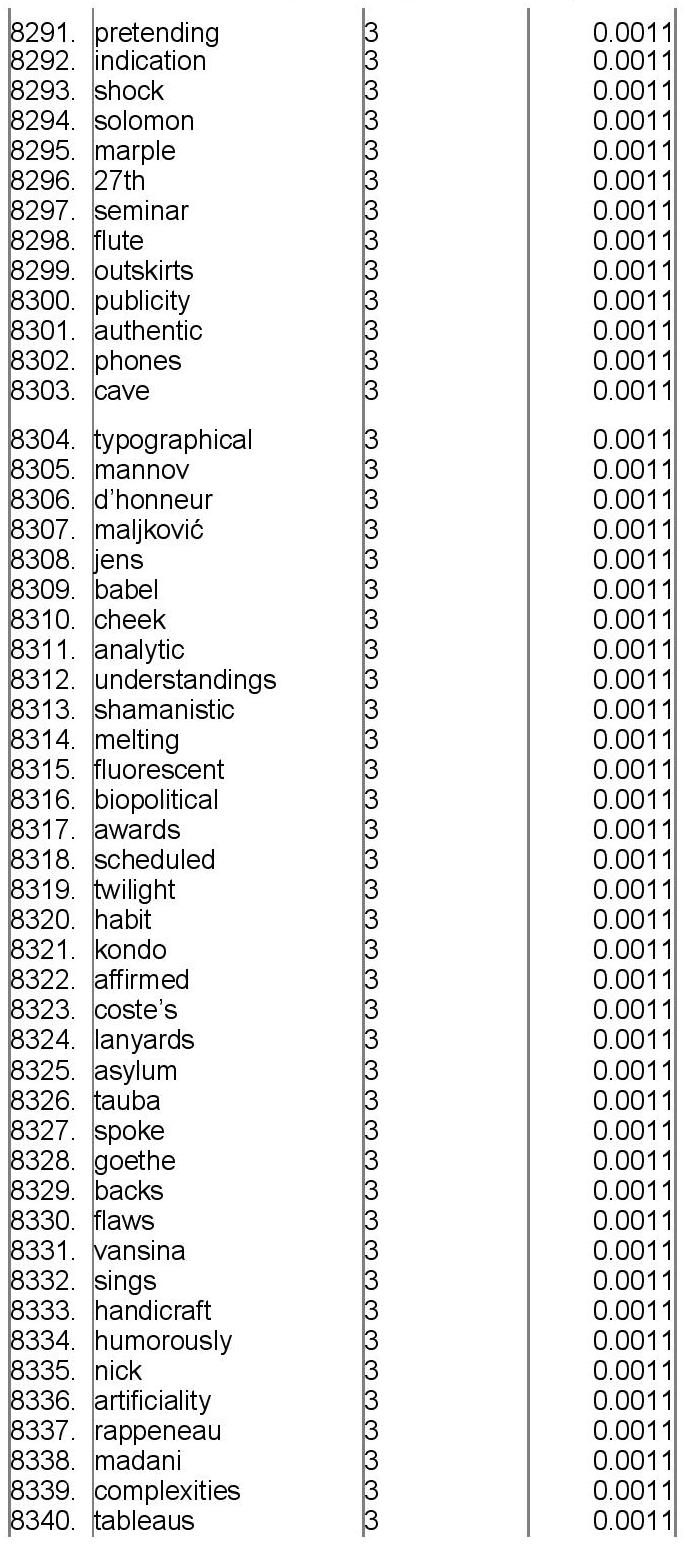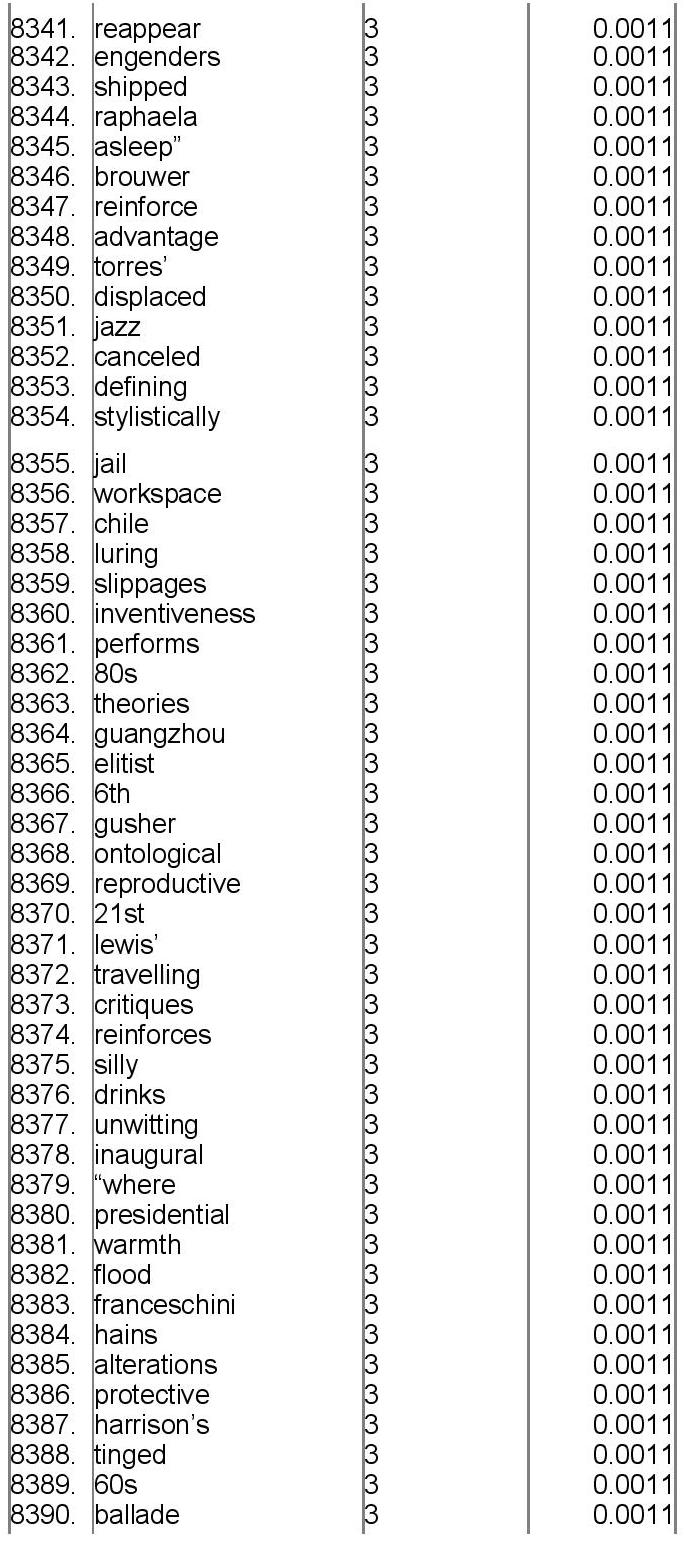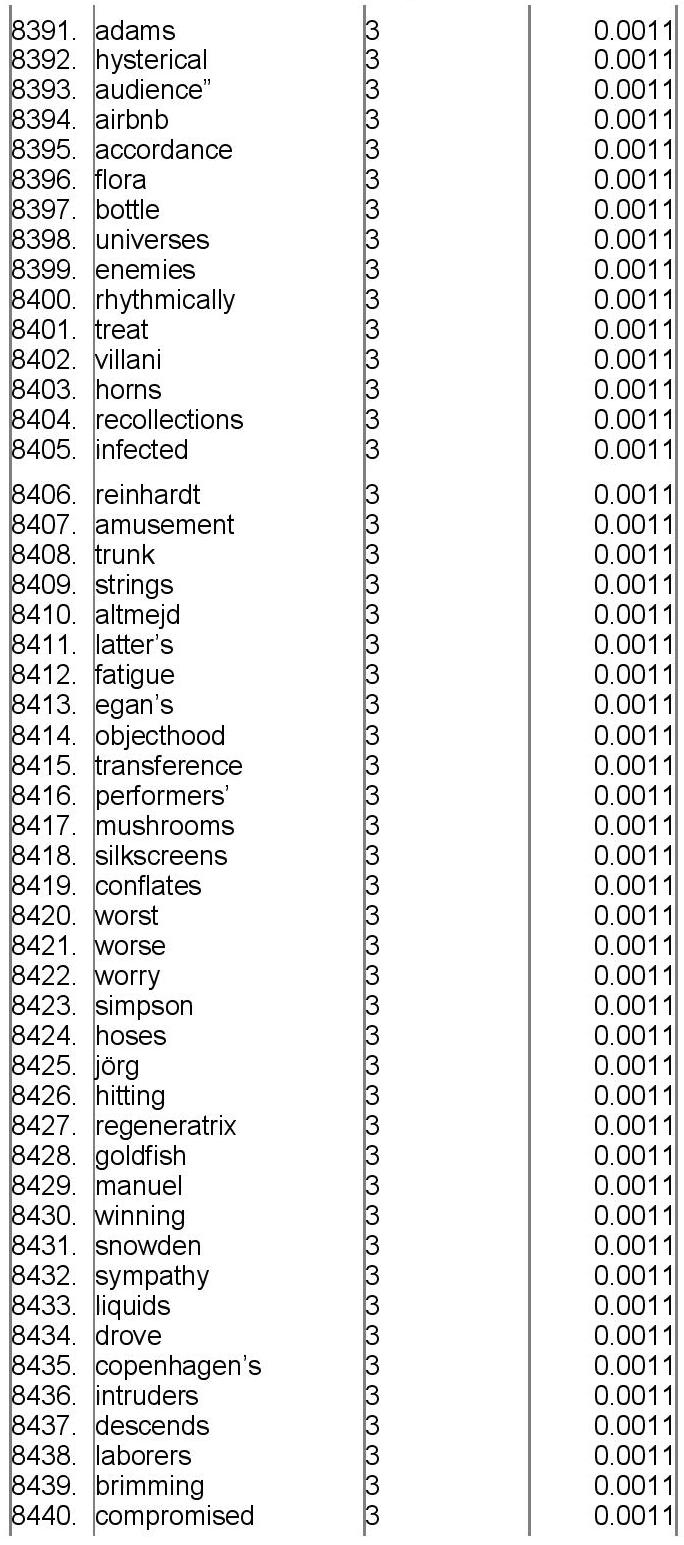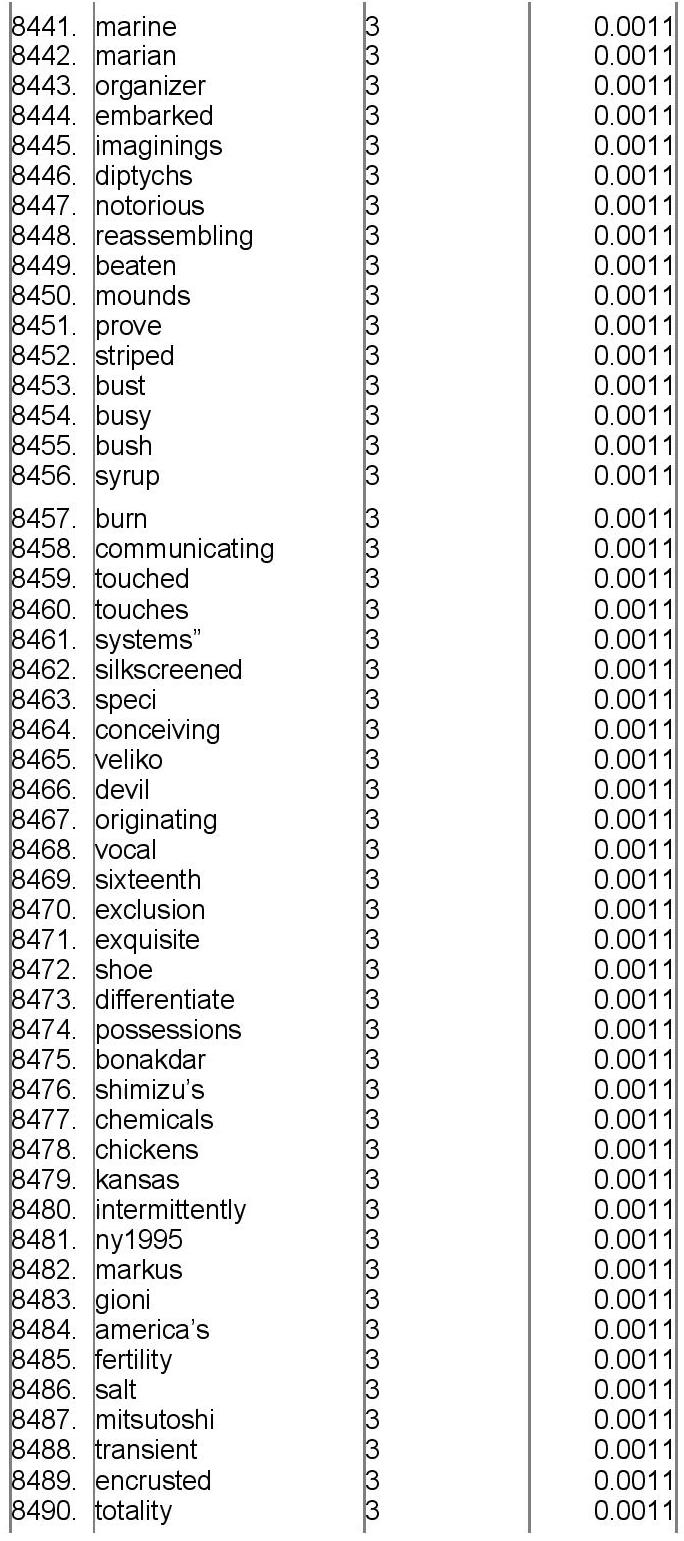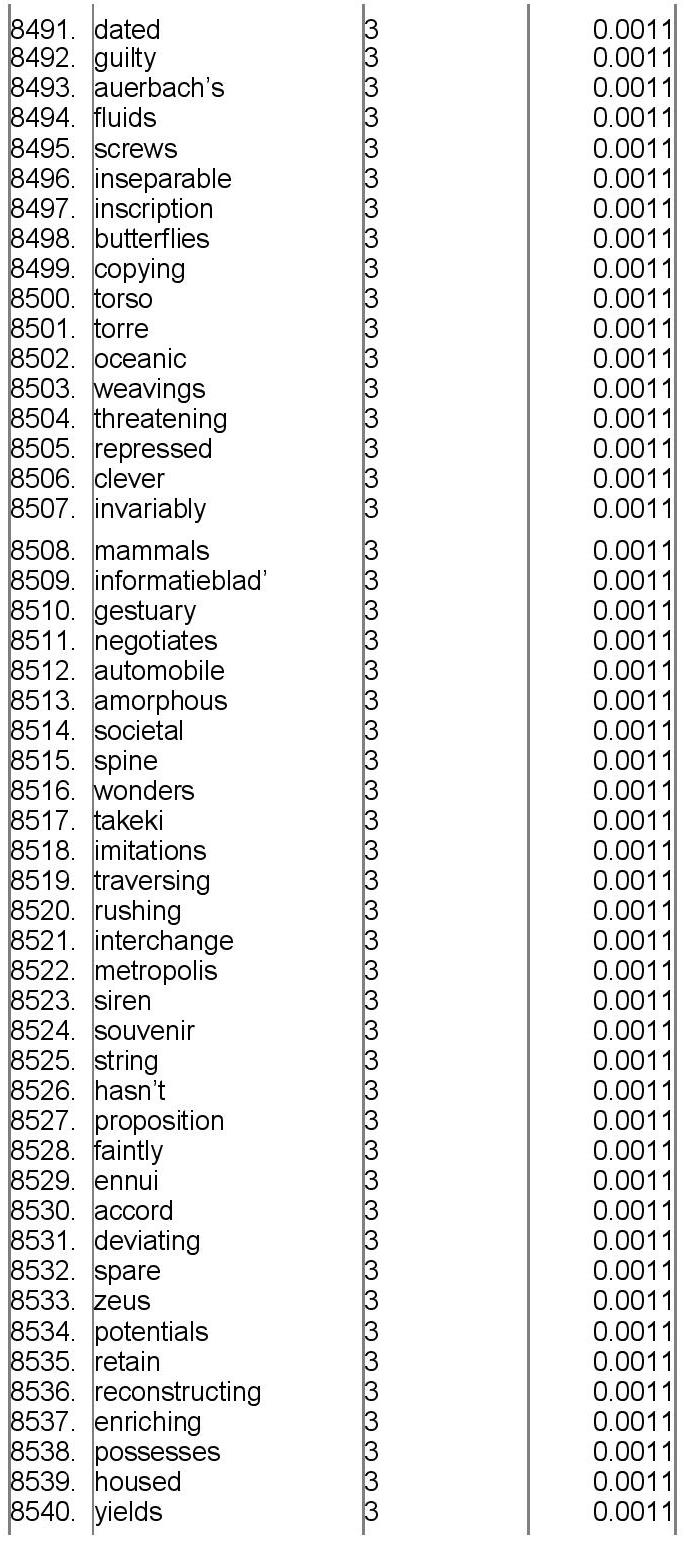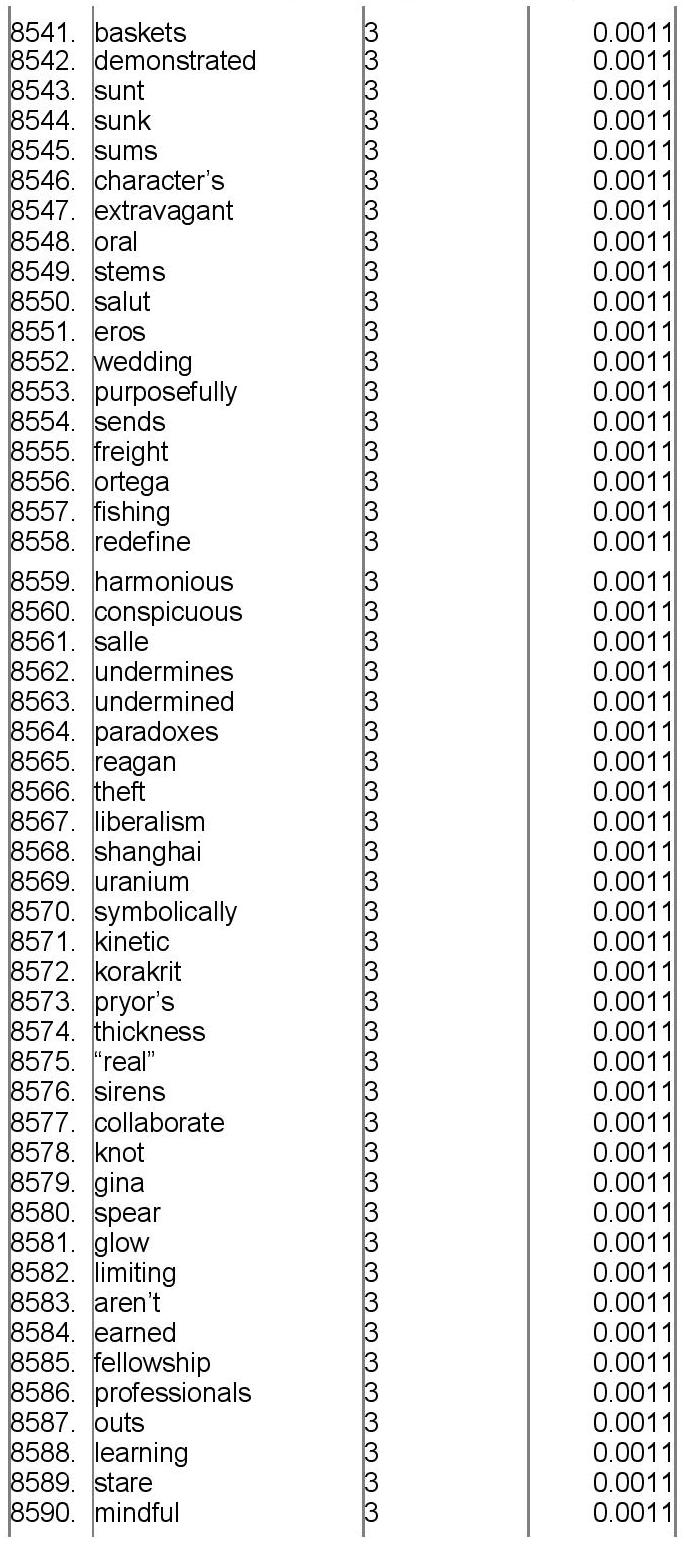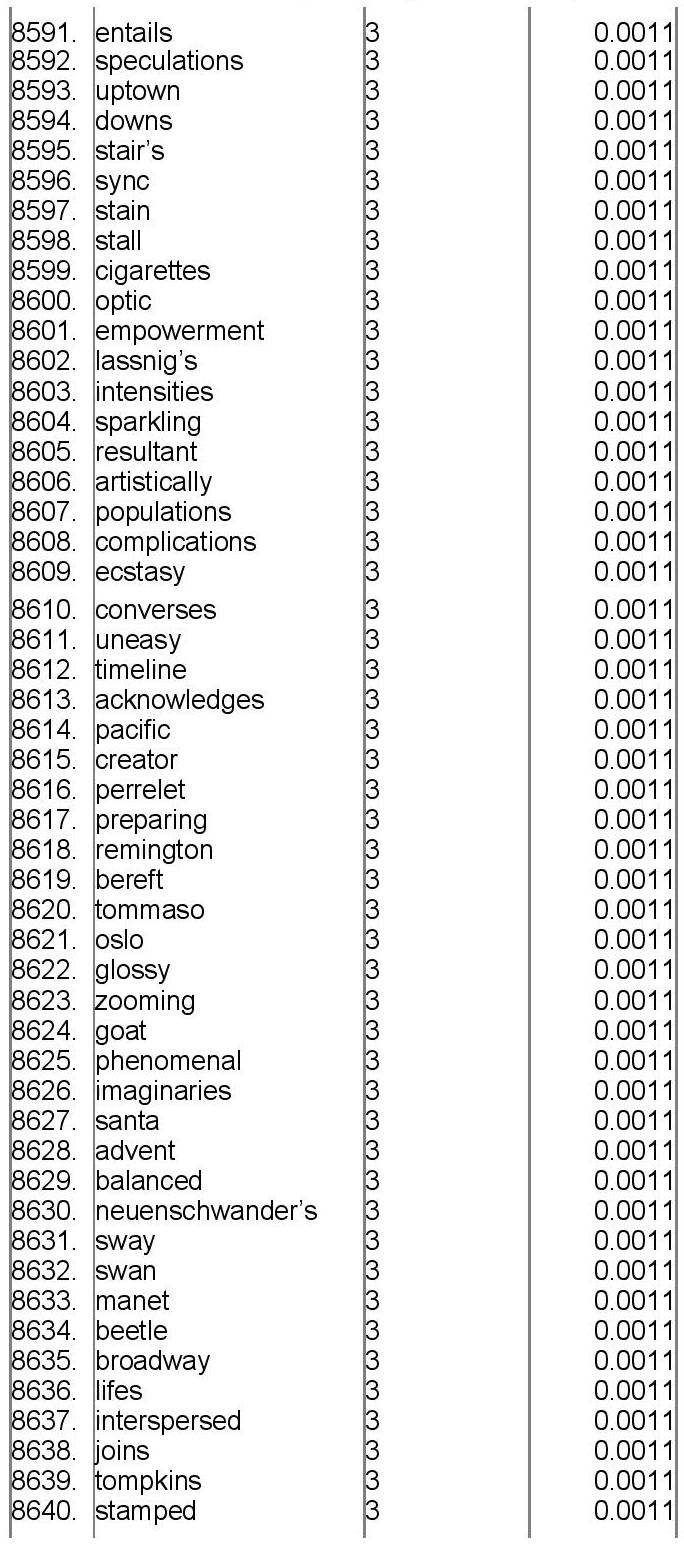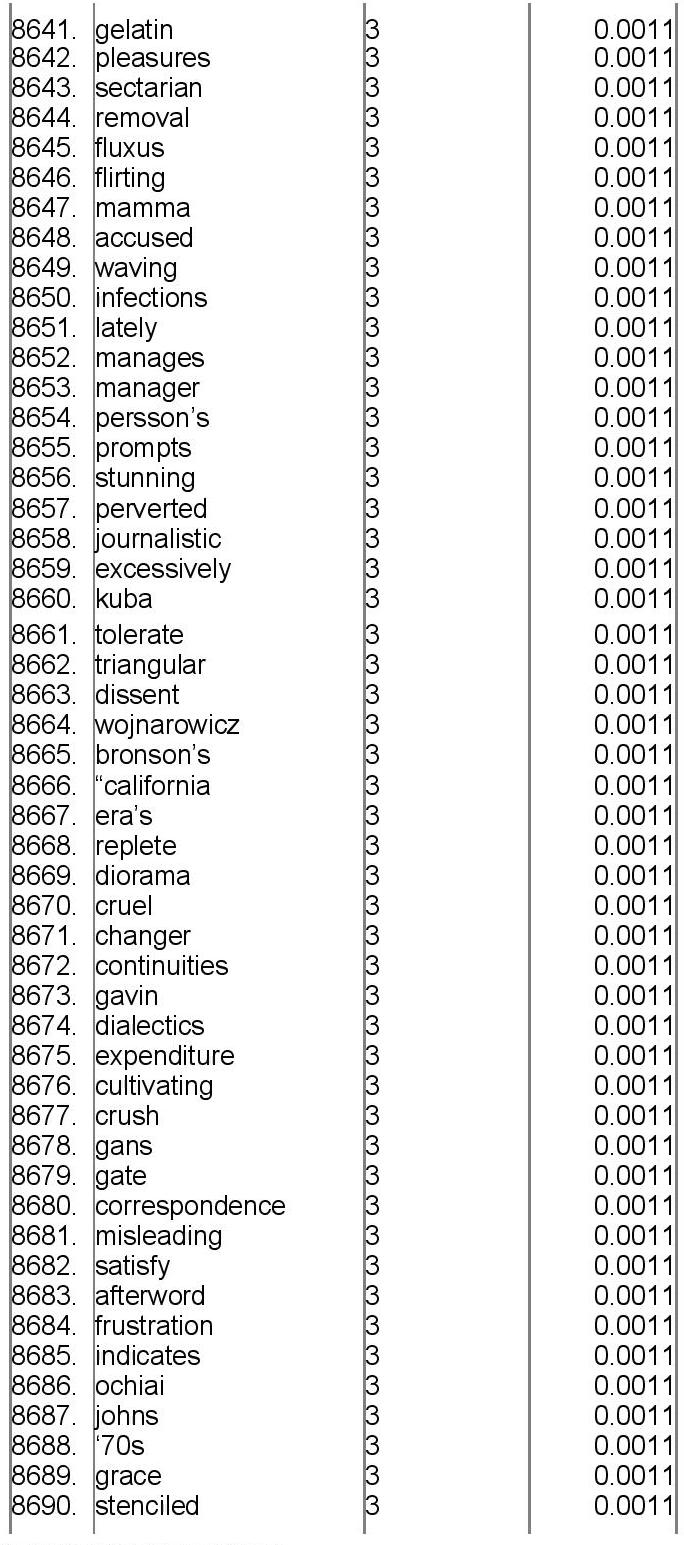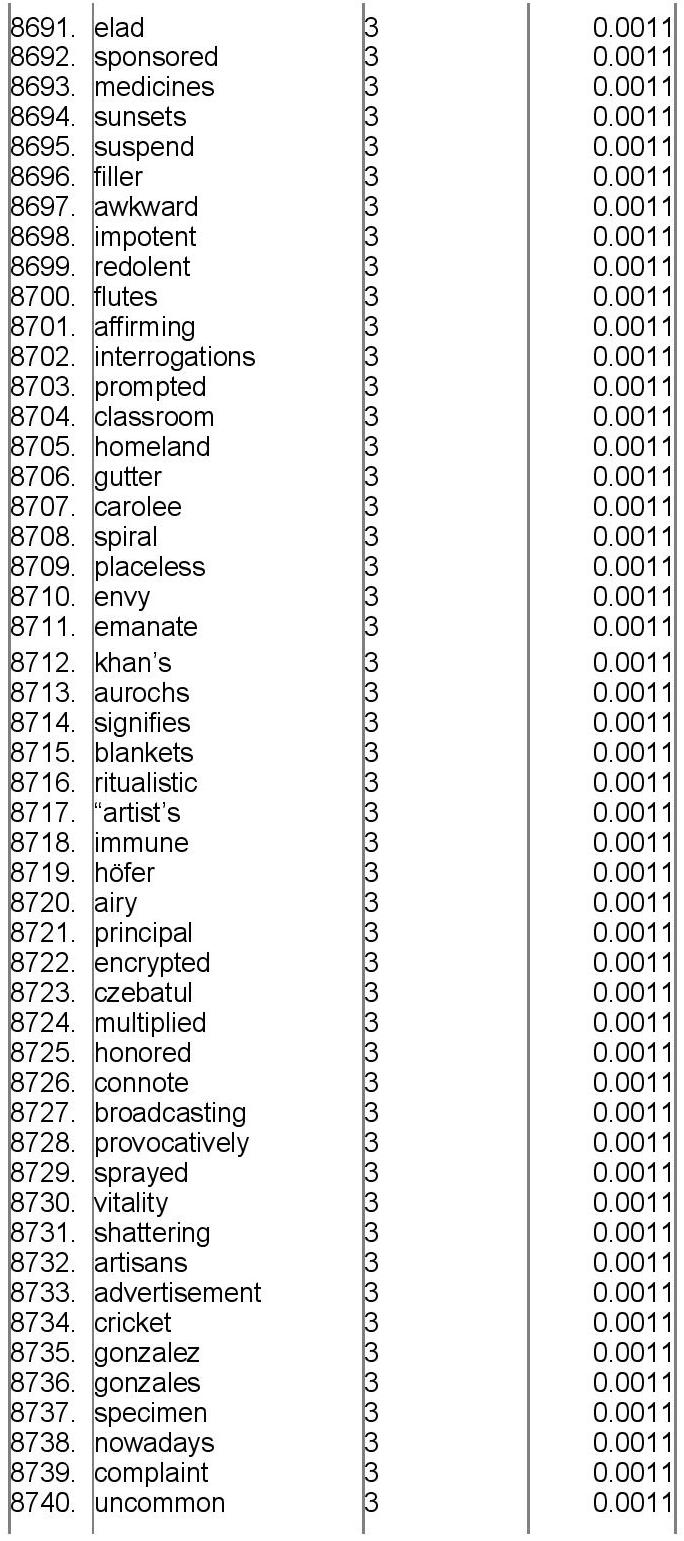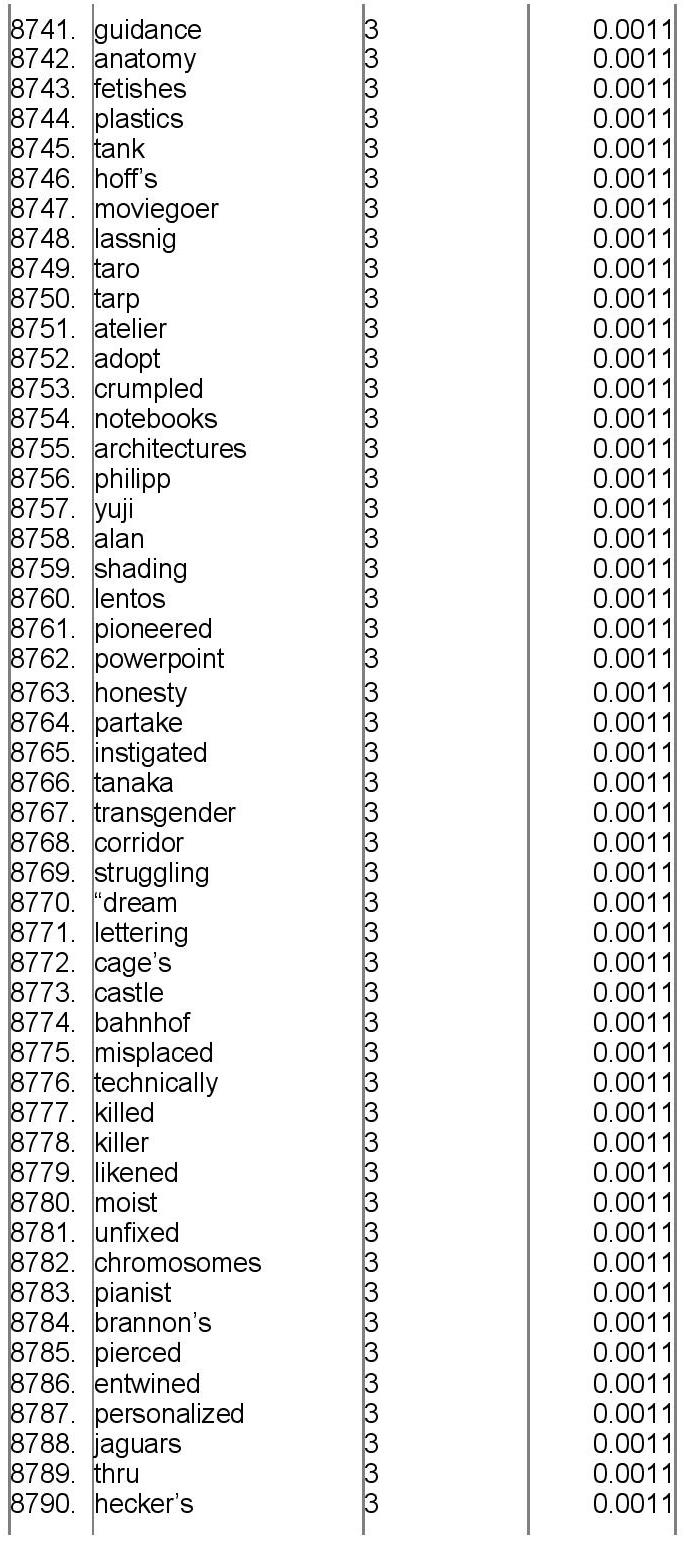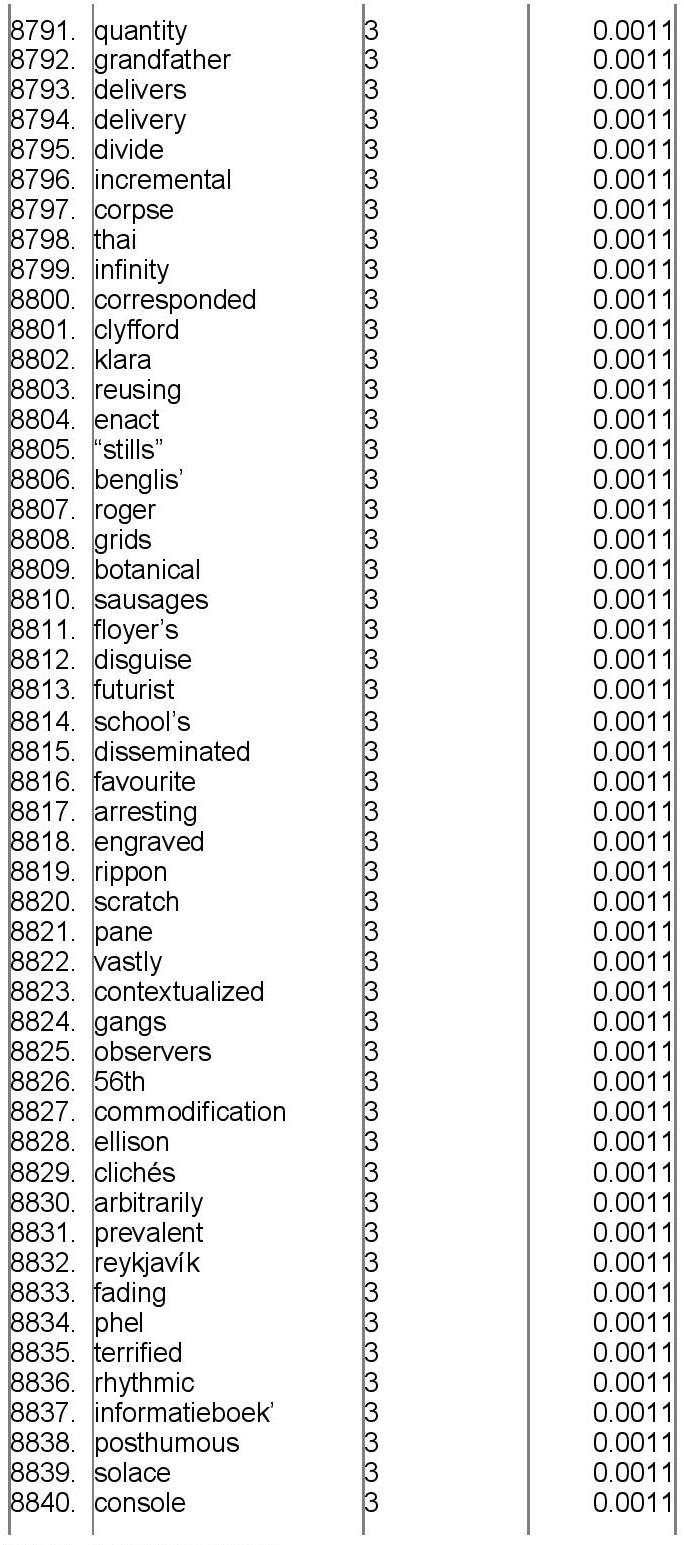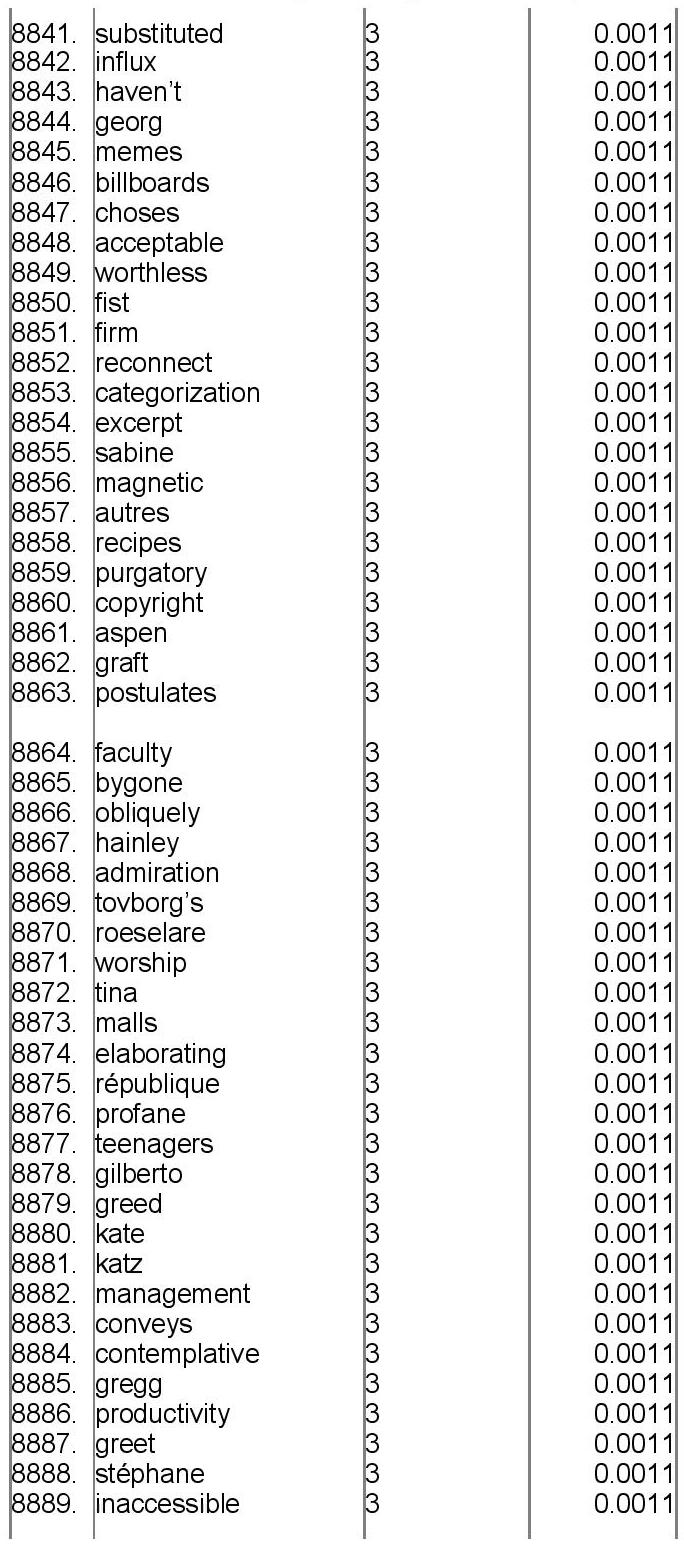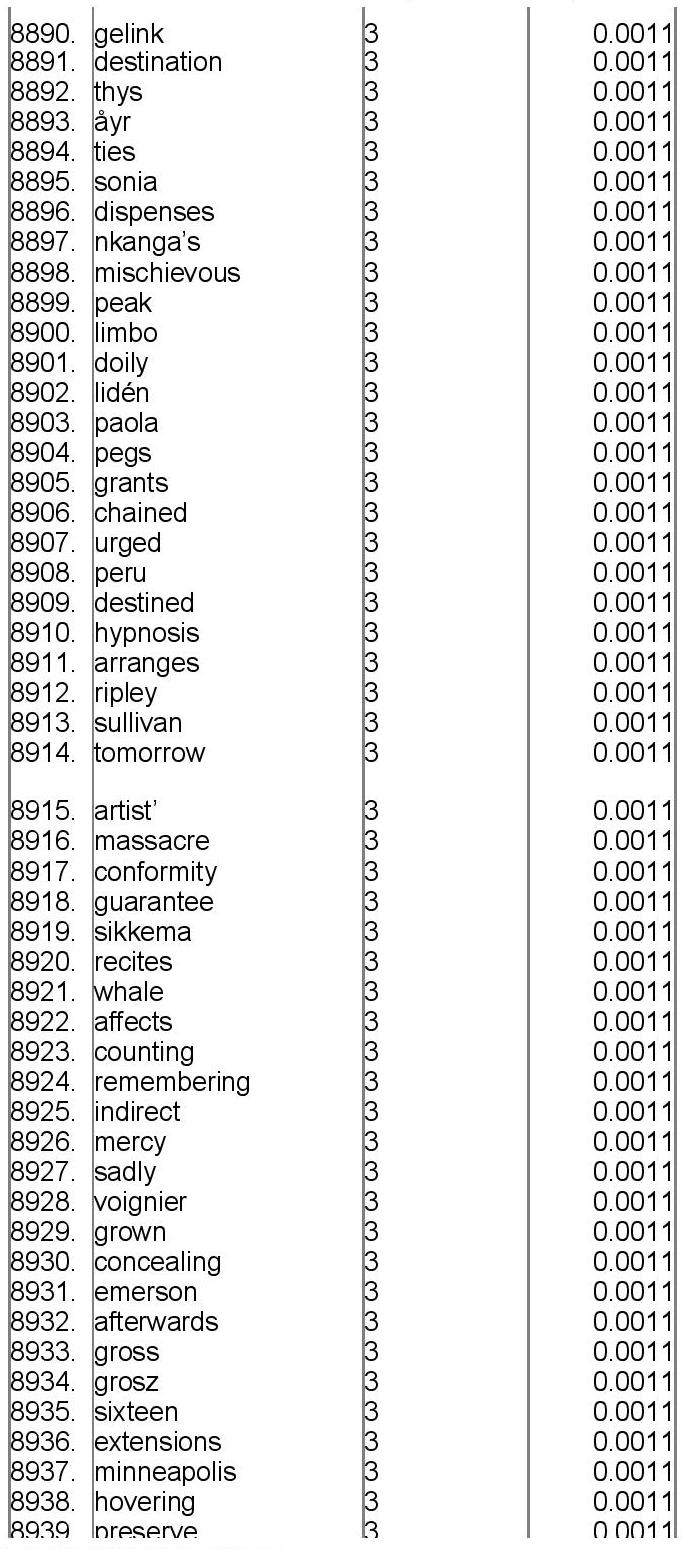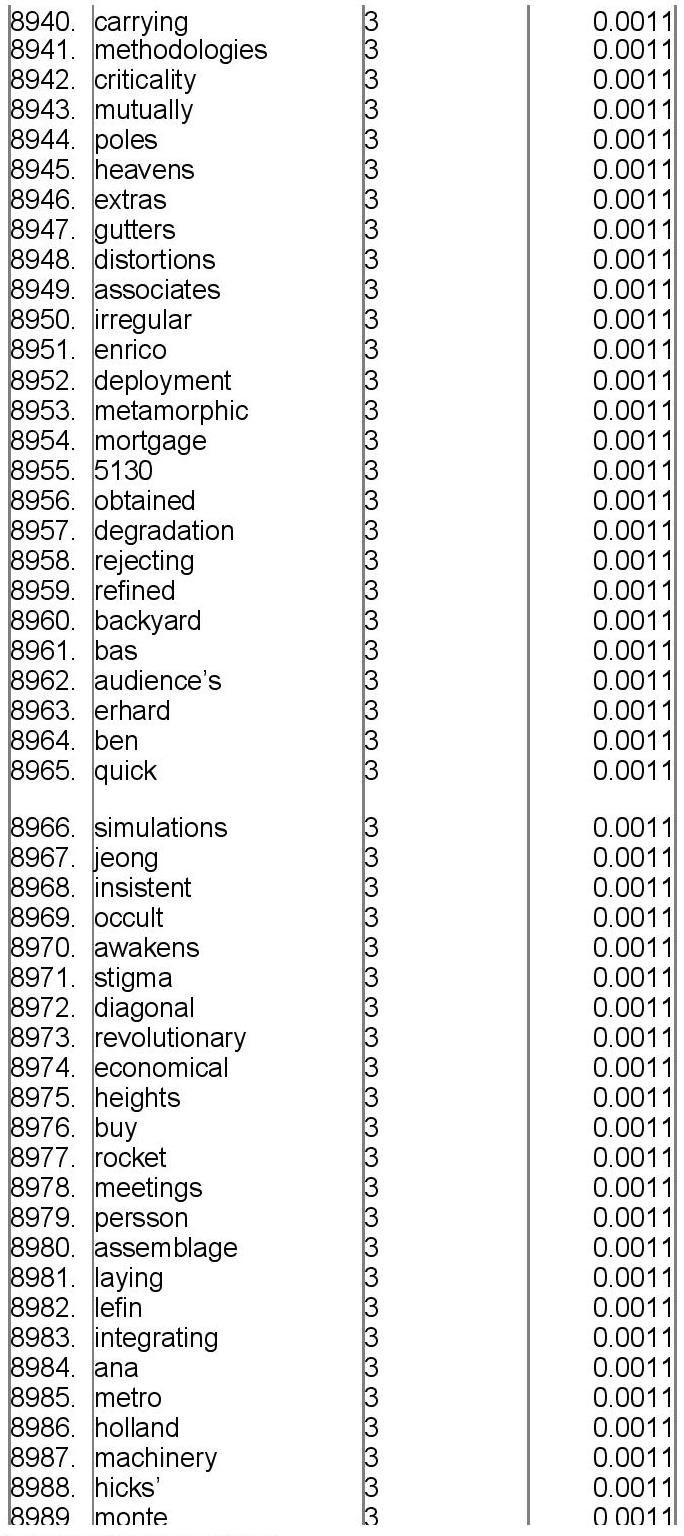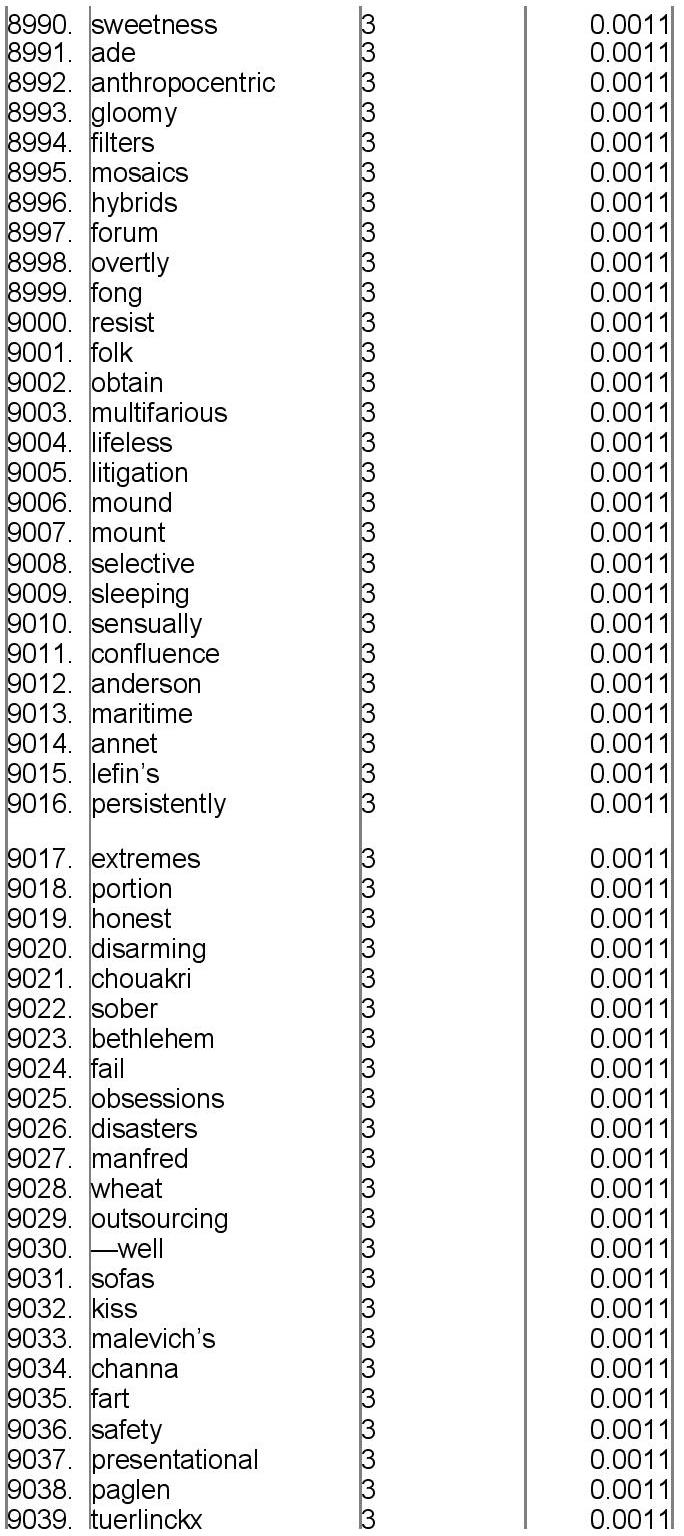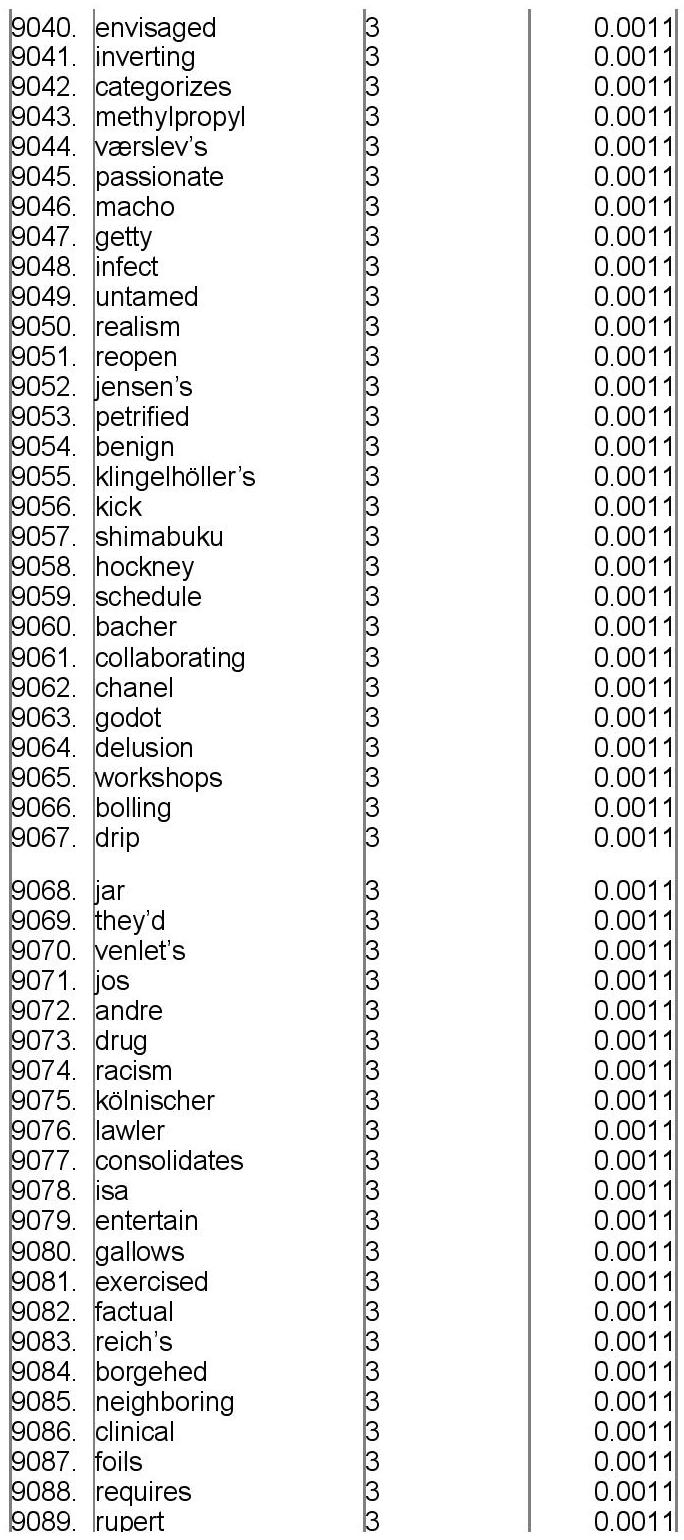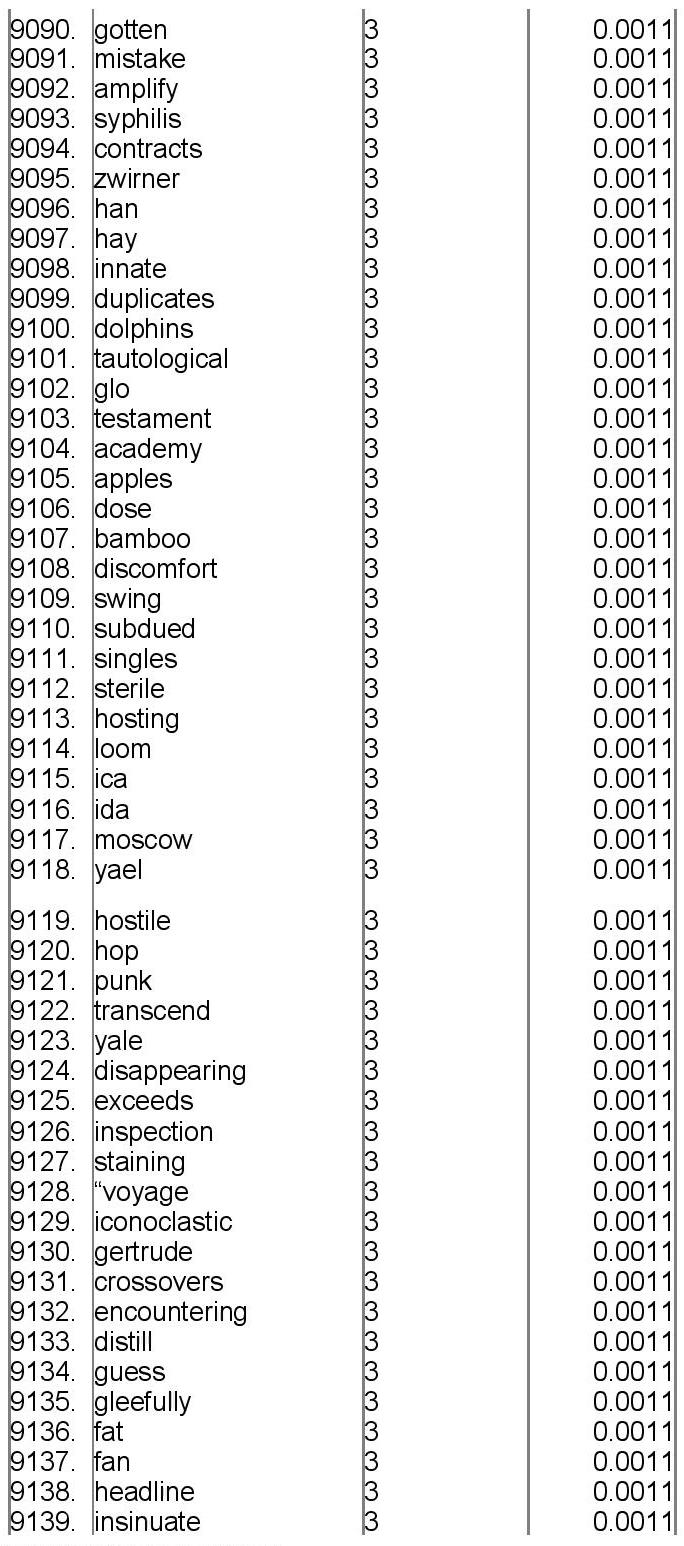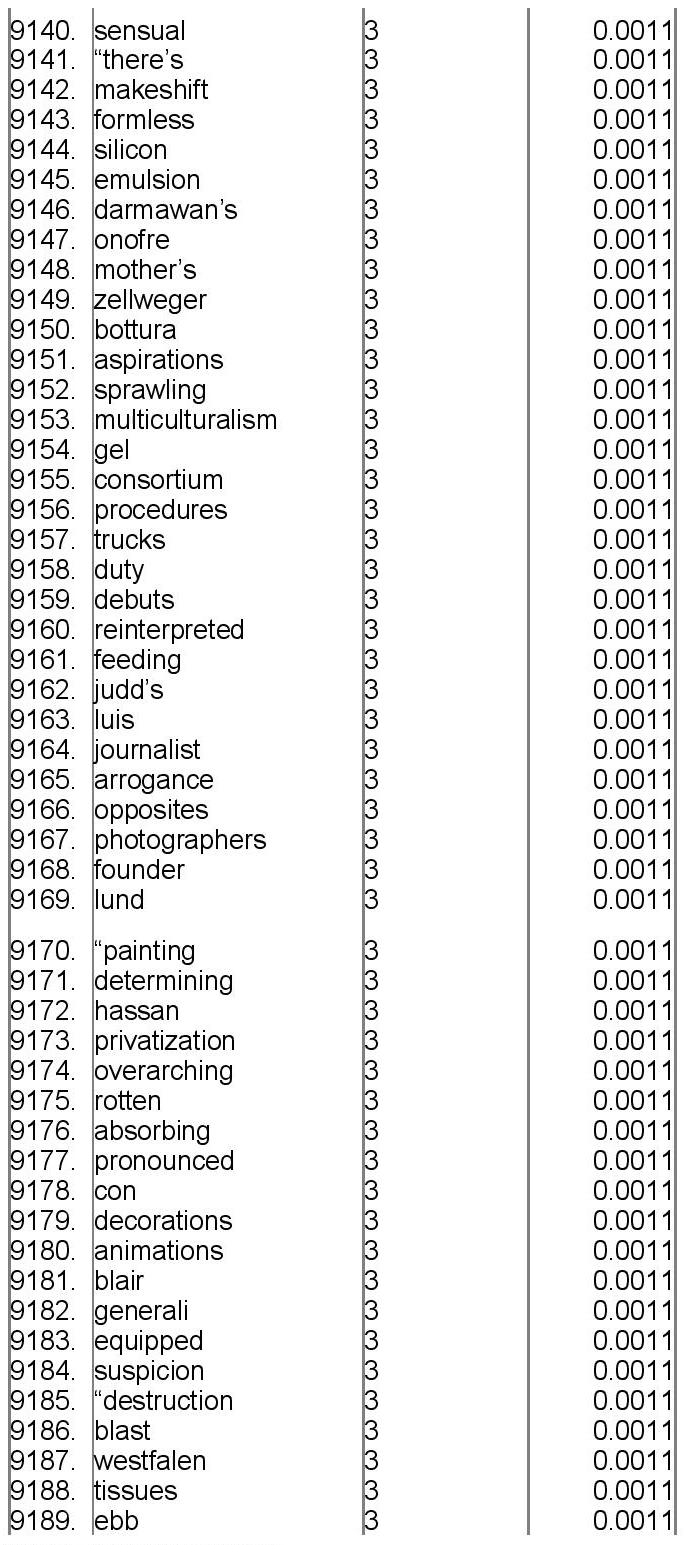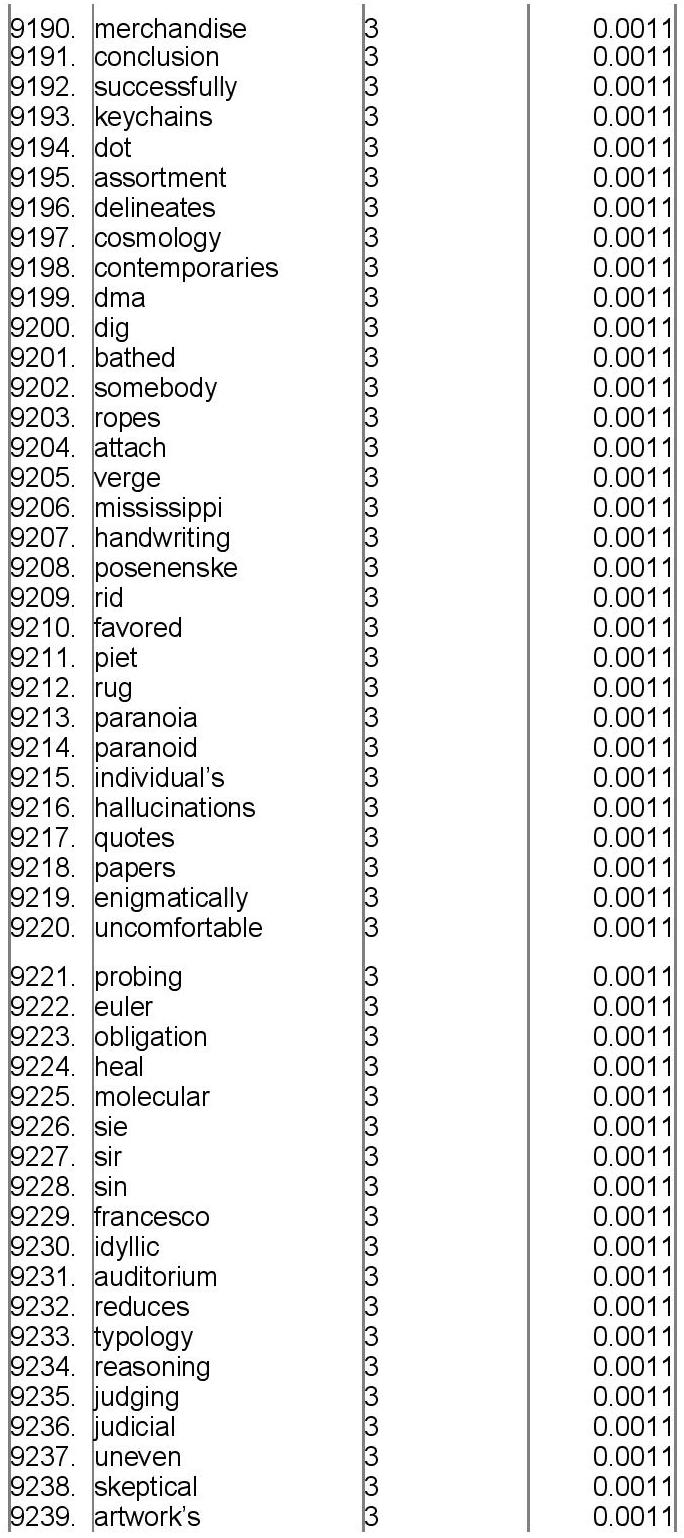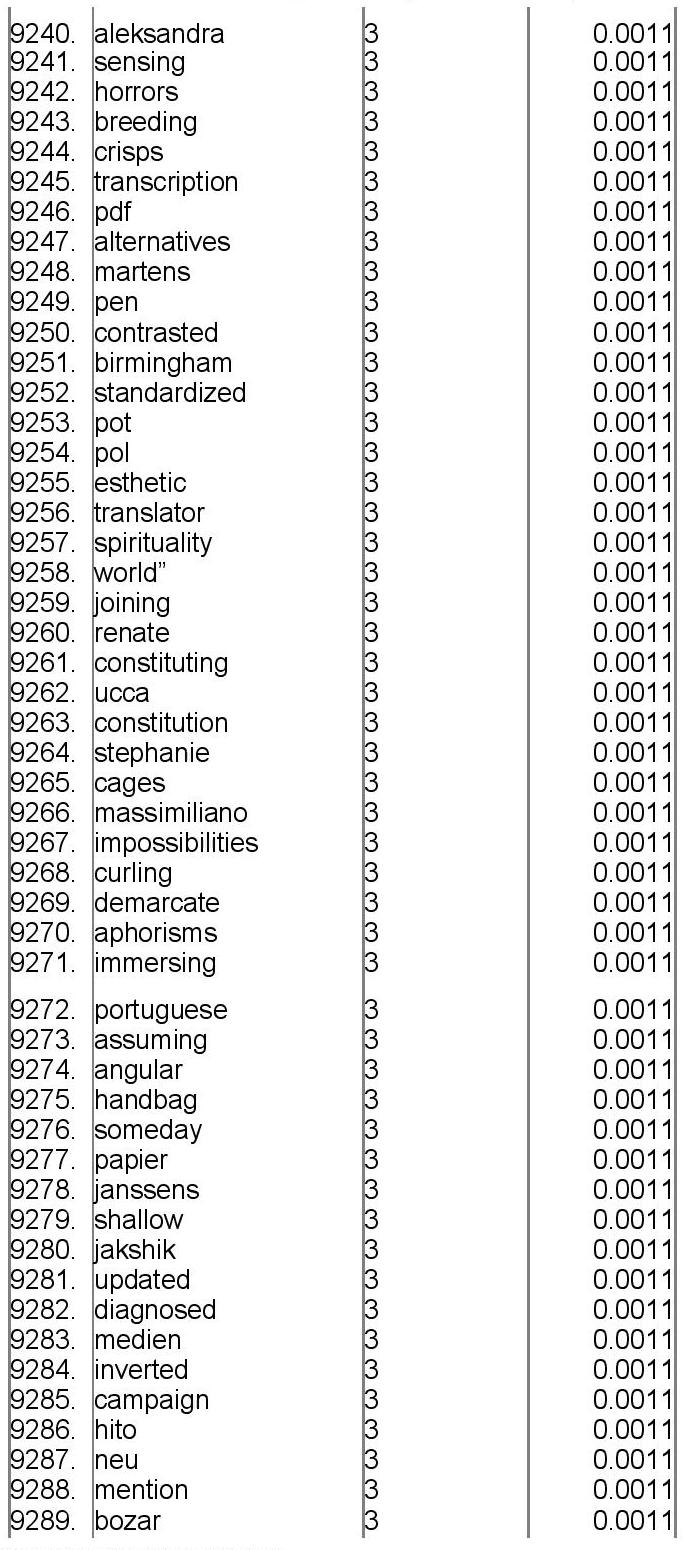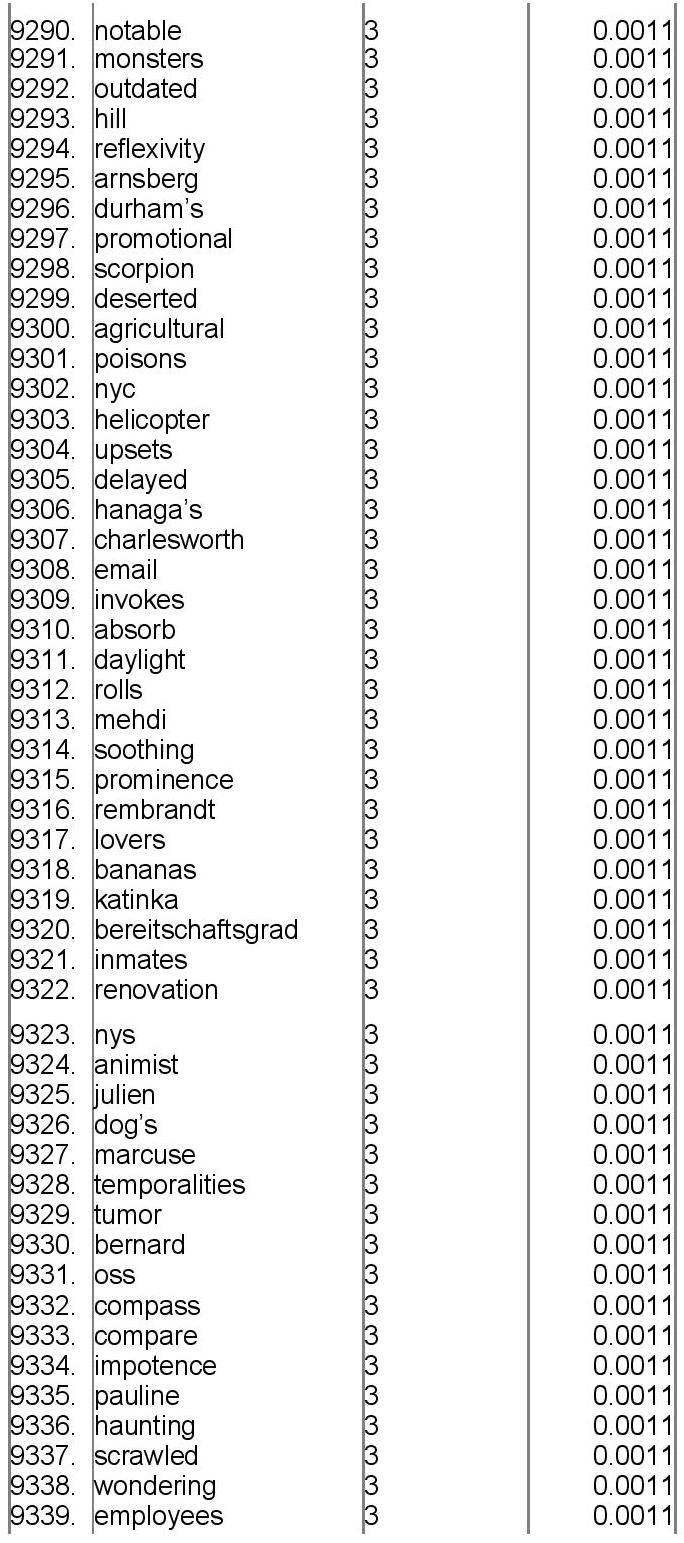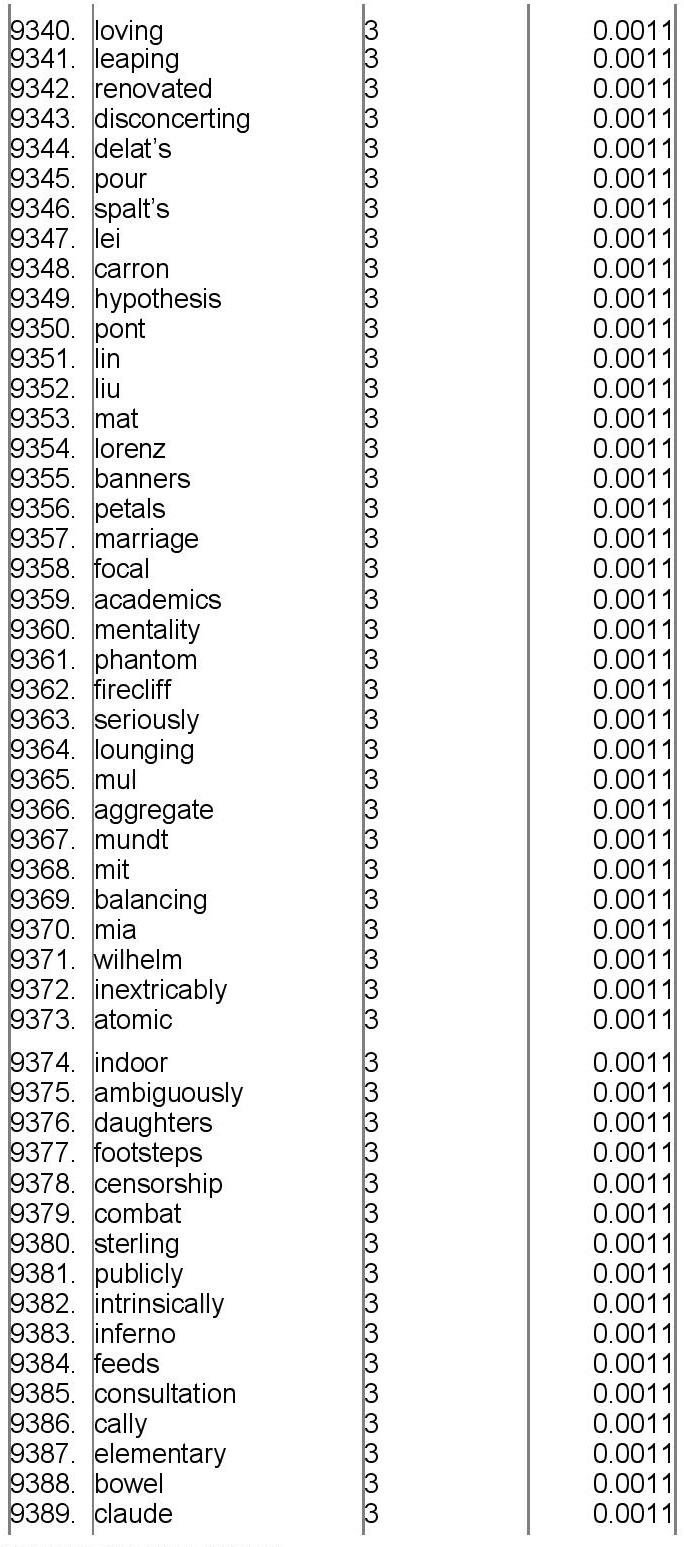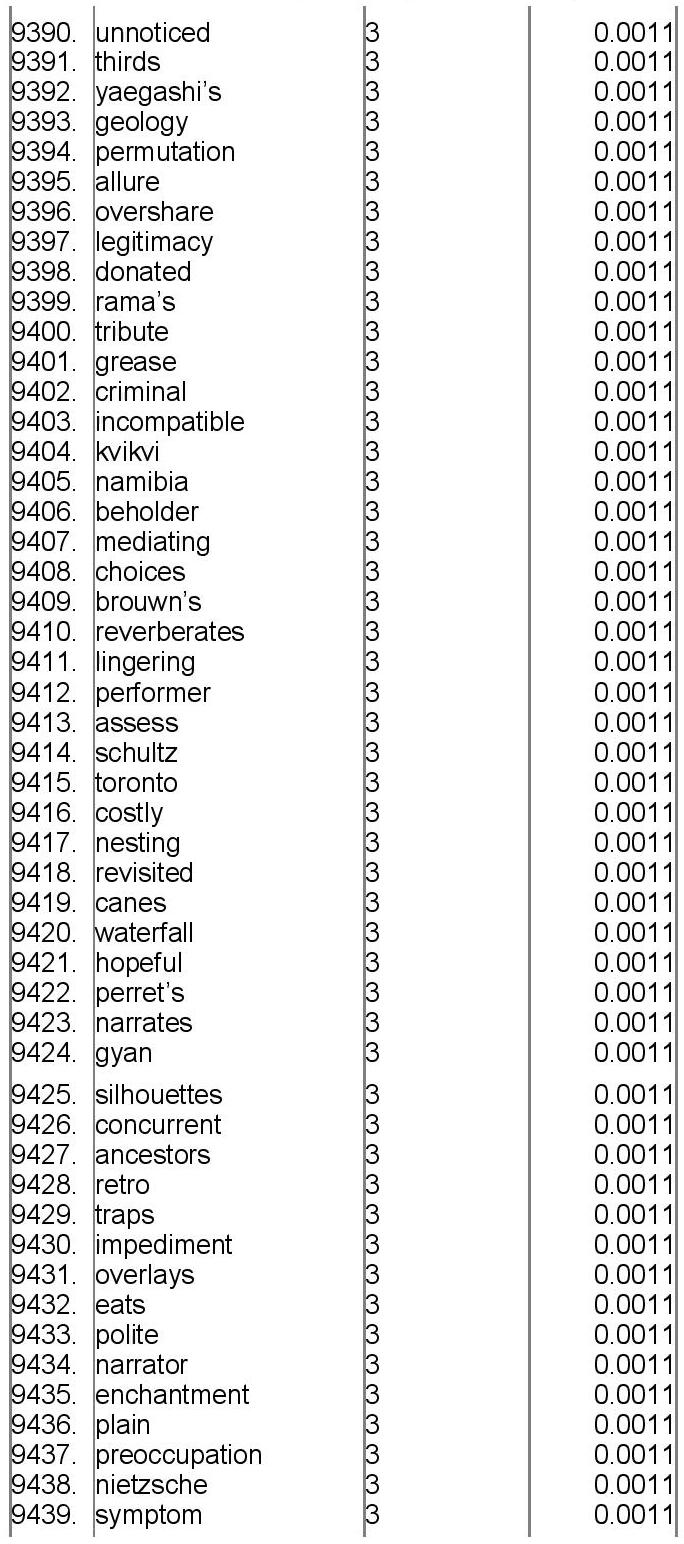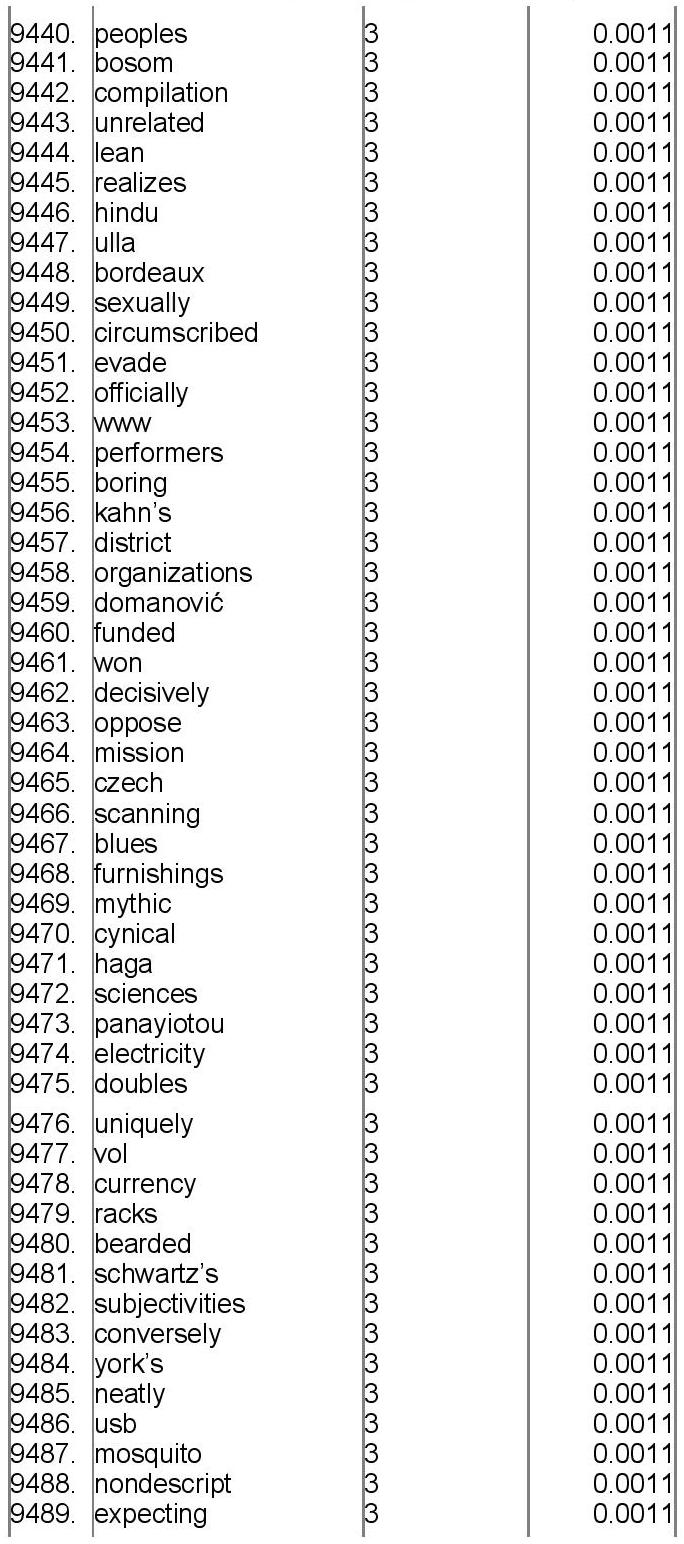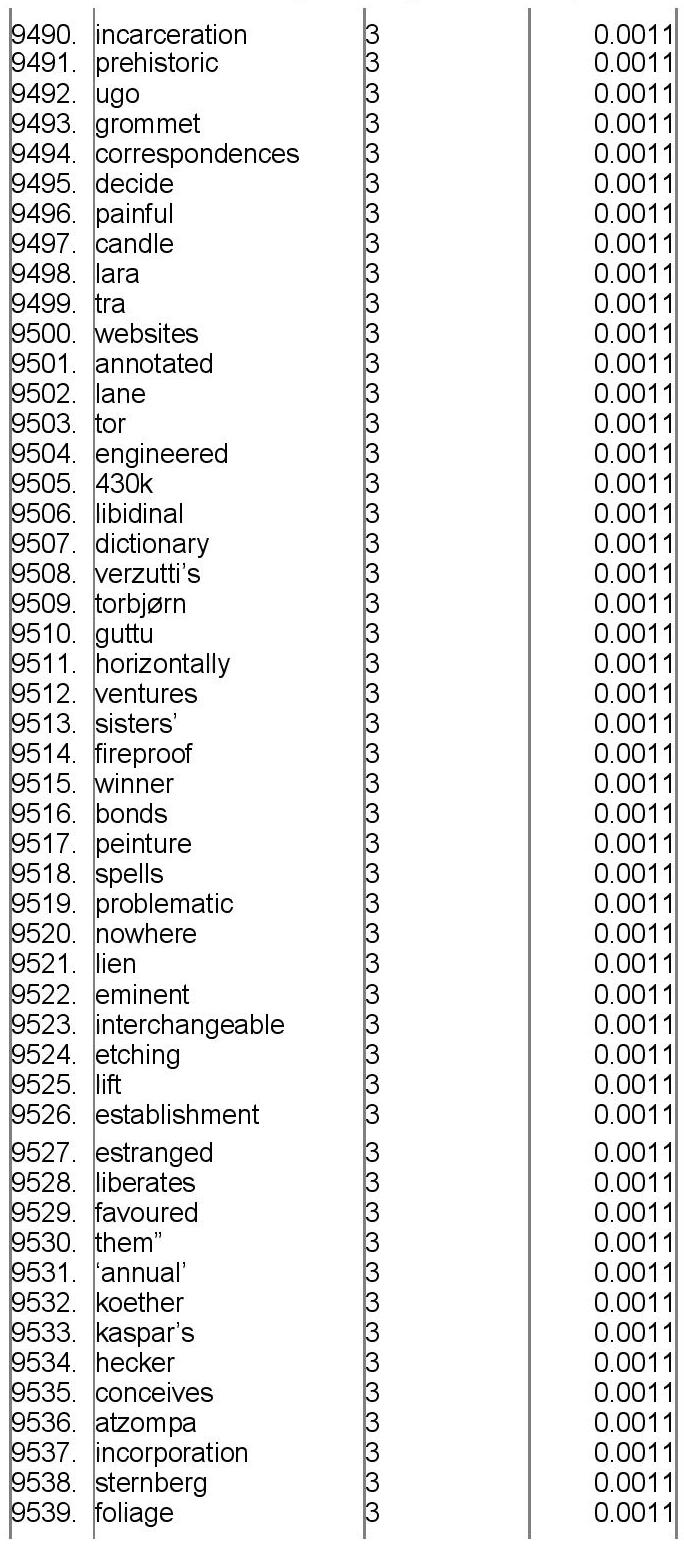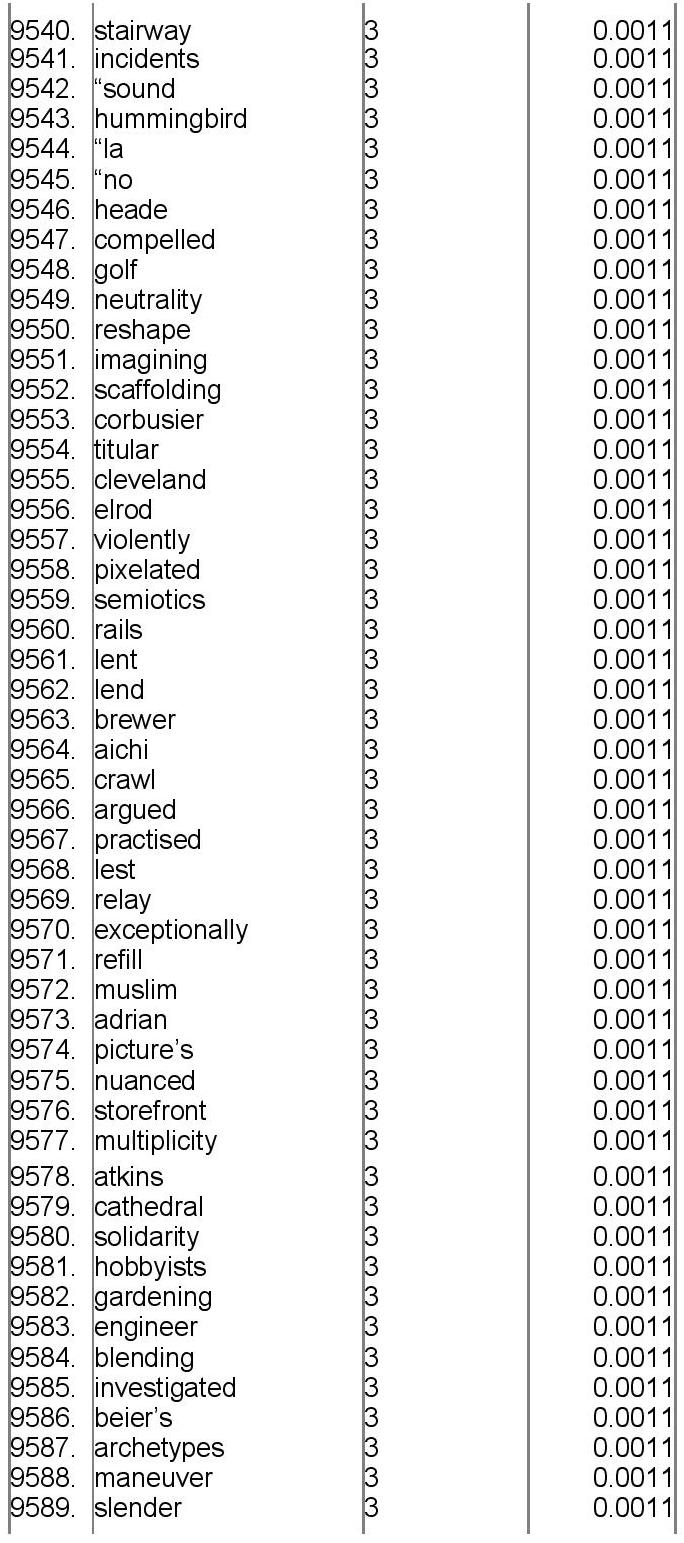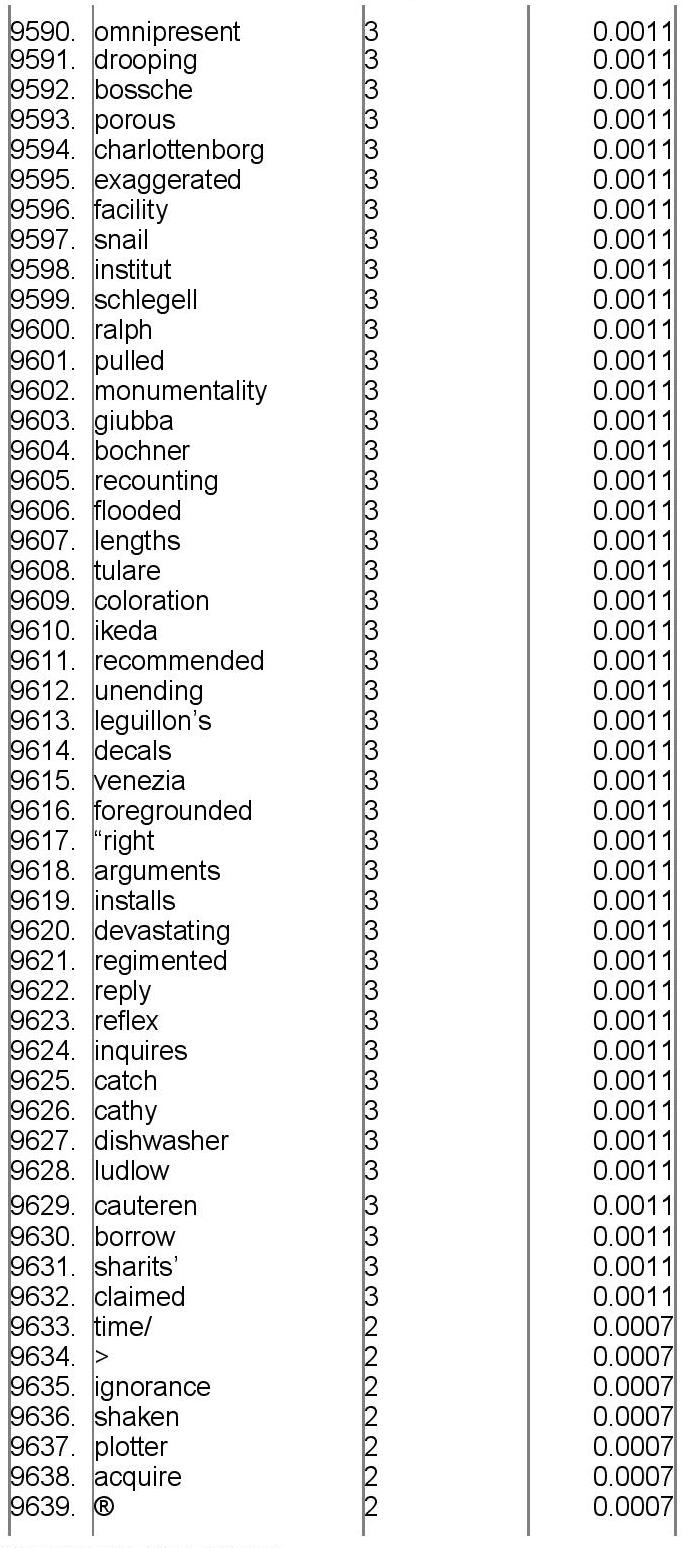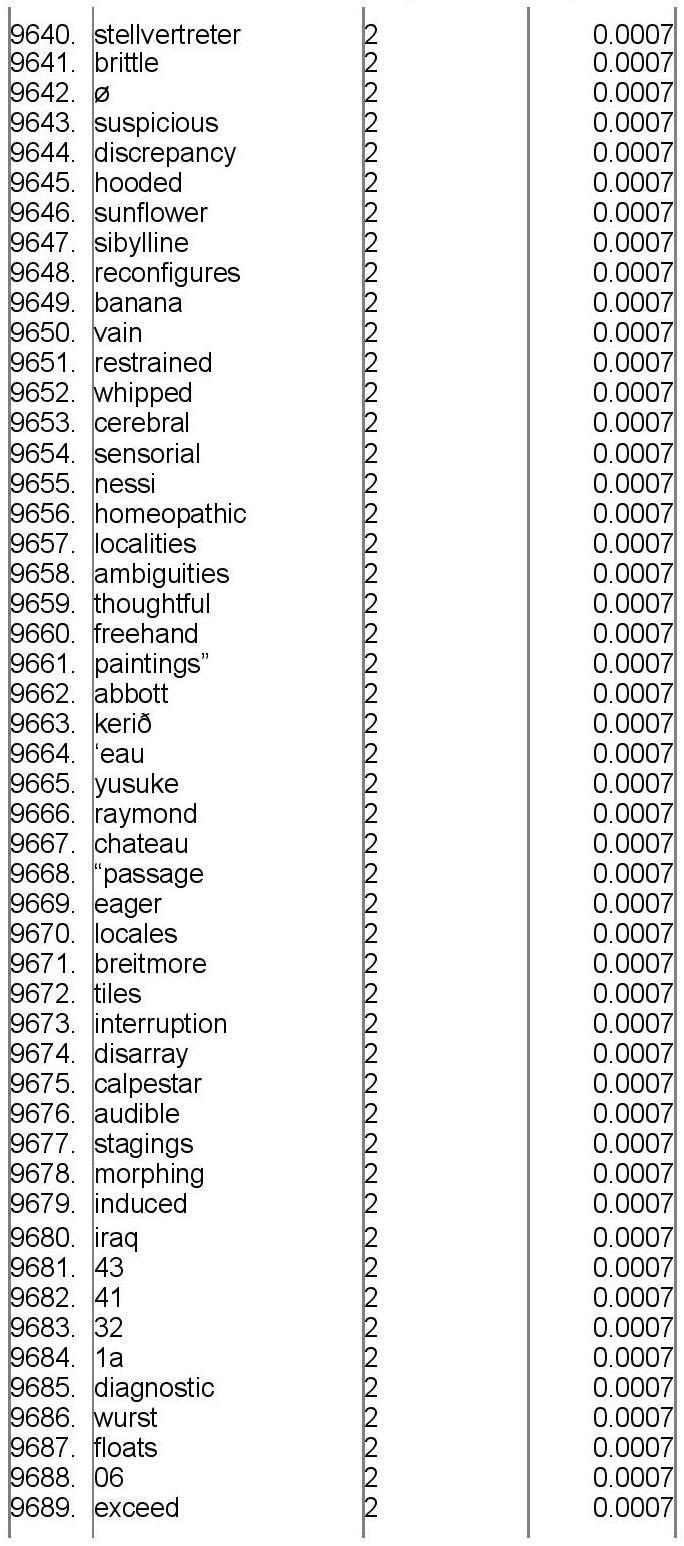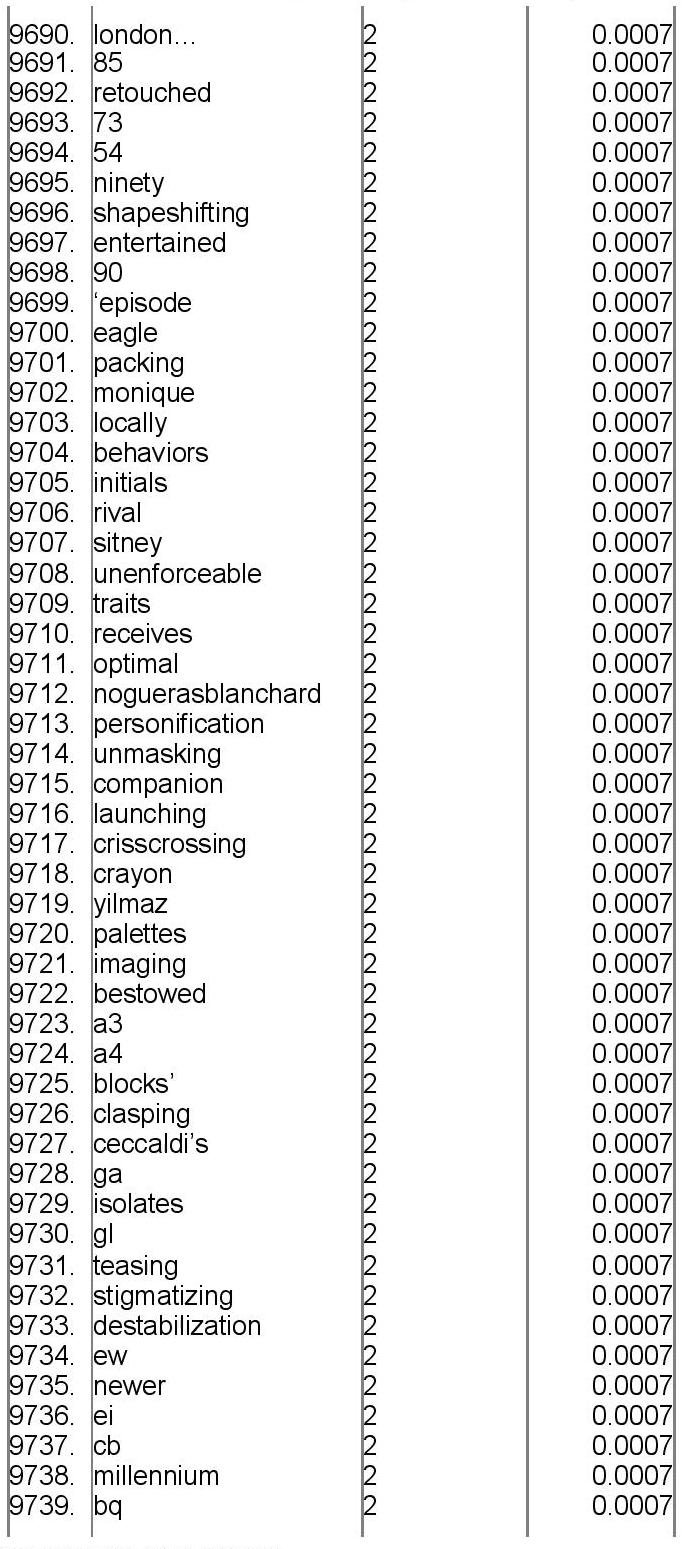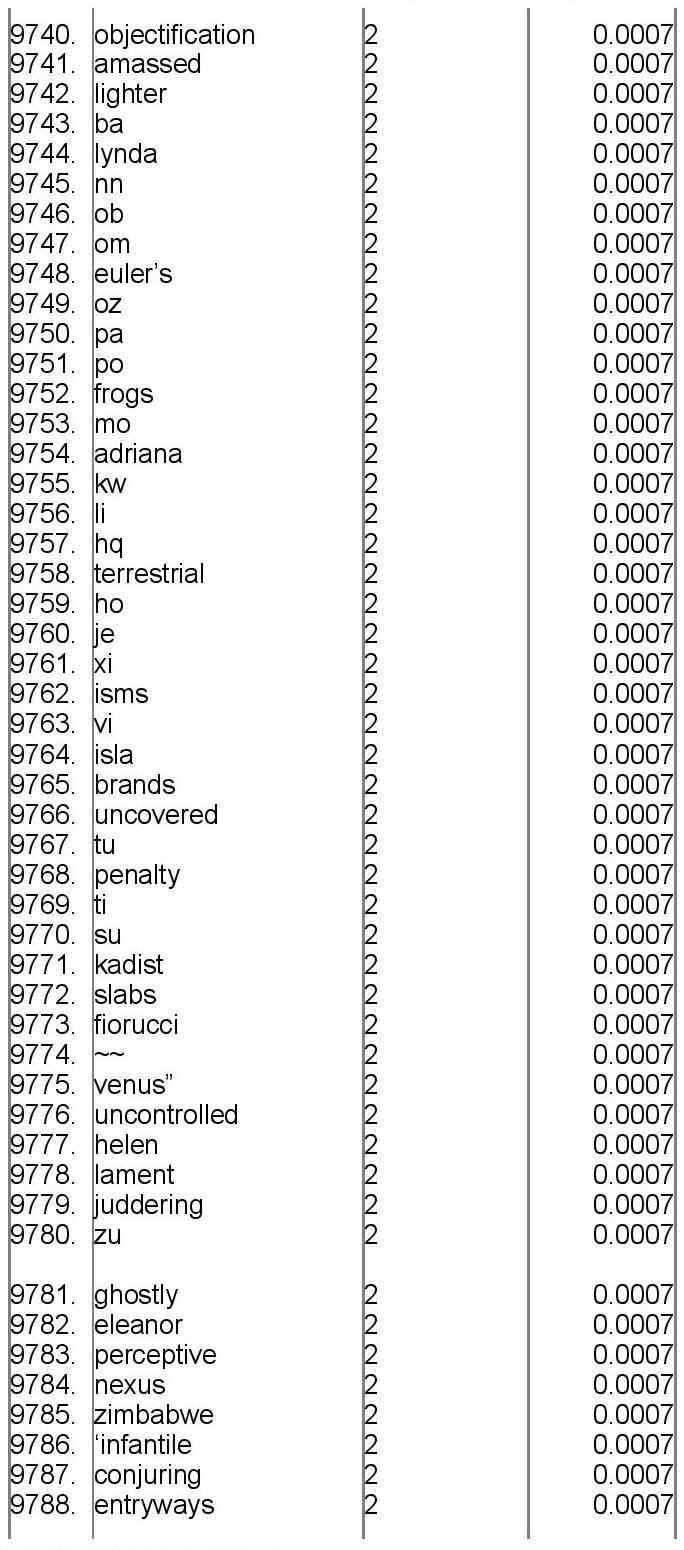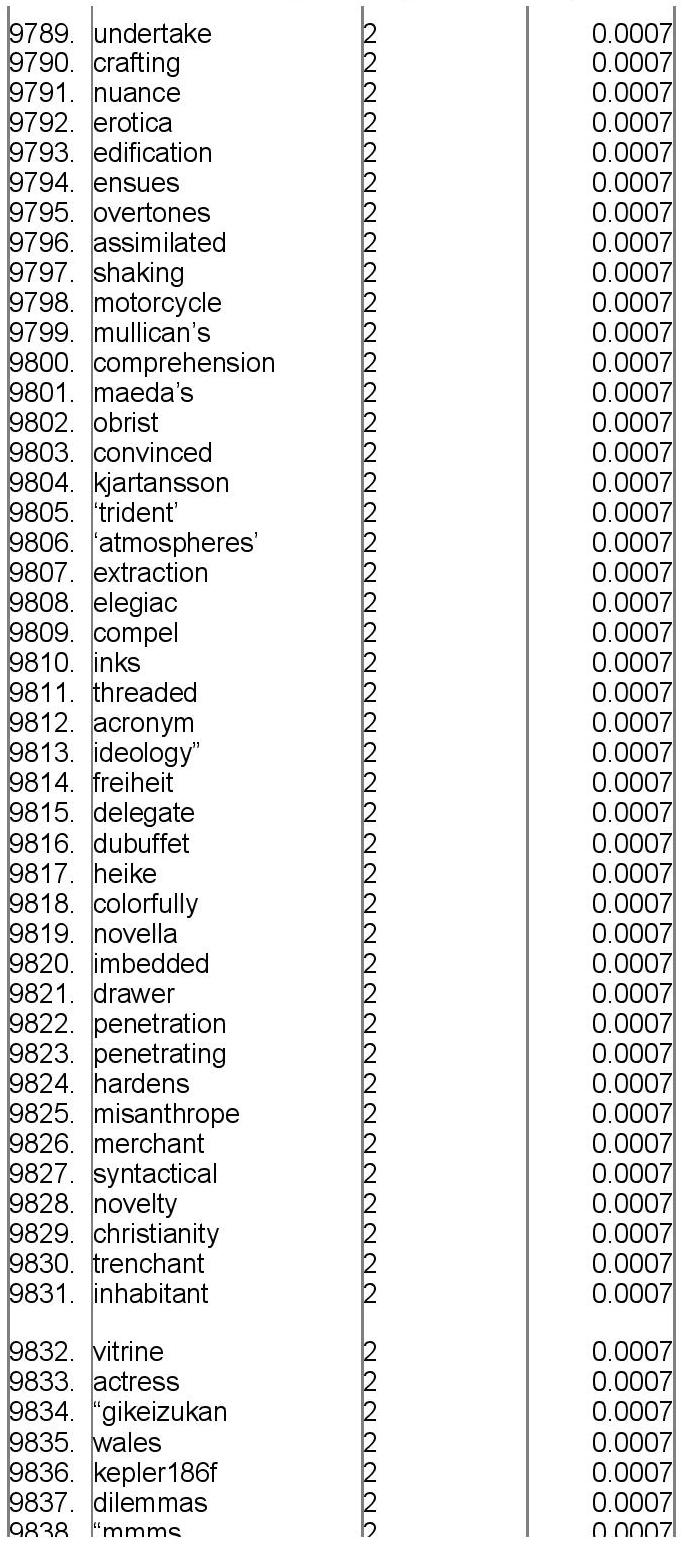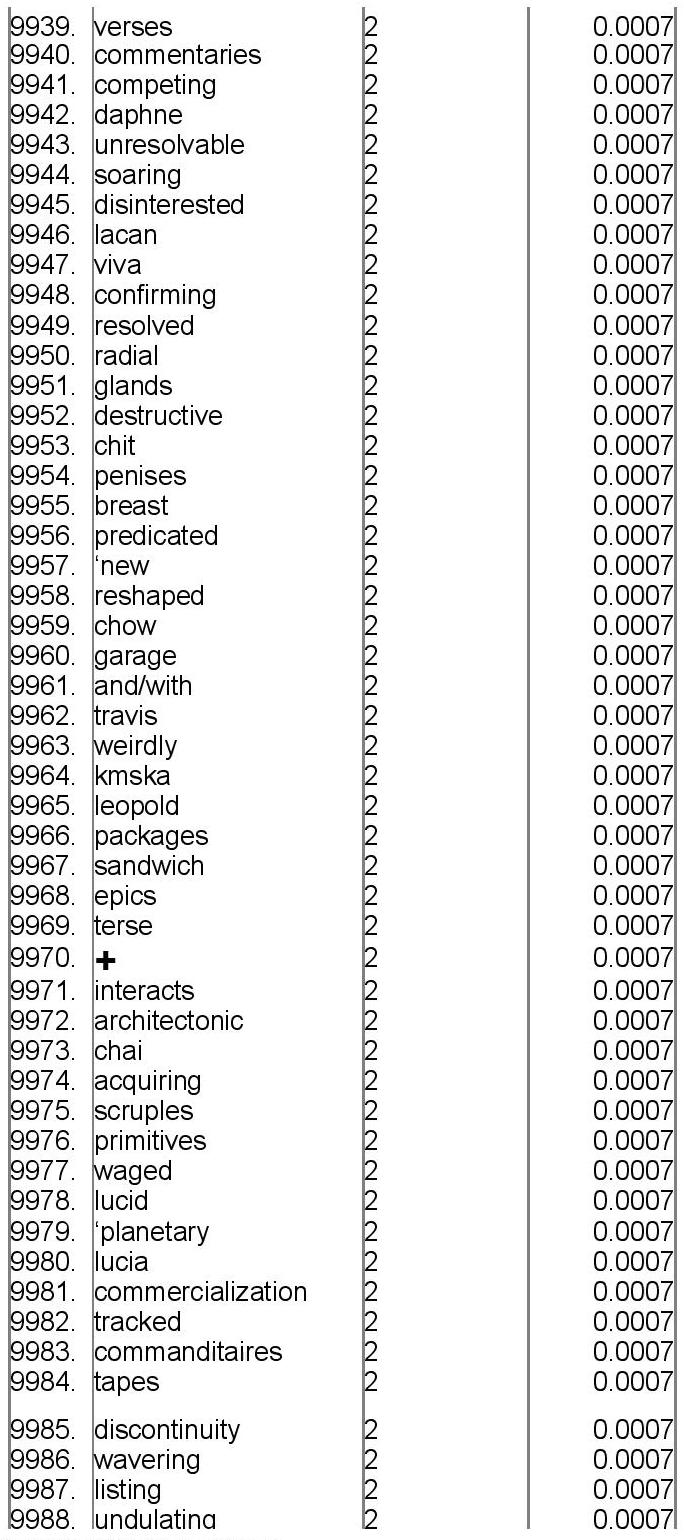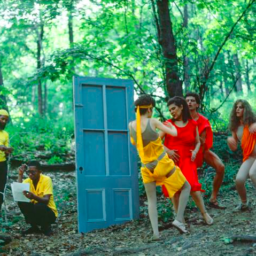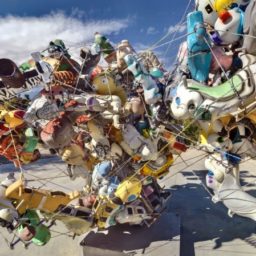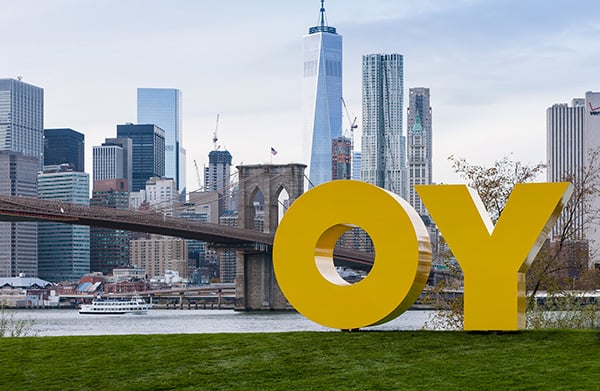

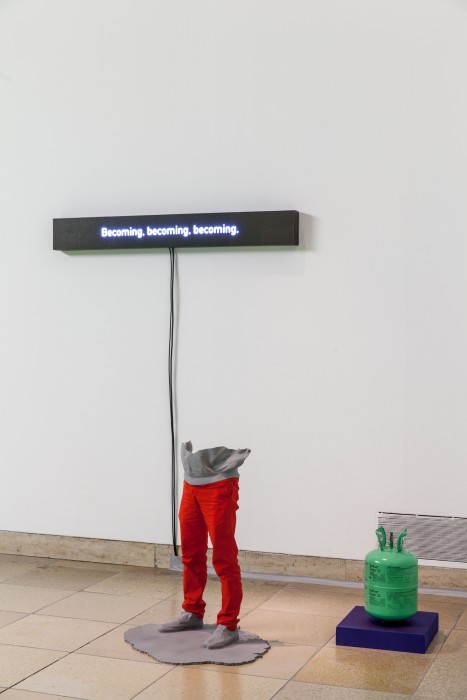
Mark Leckey at Haus Der Kunst “casually illustrates groundbreaking episodes of twentieth-century media history.”
Image: Courtesy Haus der Kunst.
I began last year with a list of art-writing clichés I thought were worth keeping an eye out for or ditching entirely. This exercise helped me think about keeping my own language fresh during the year—though I don’t think I’ve been totally successful in escaping my own most stringent “don’ts.”
I thought I’d switch things up this year and look at some press releases to see if any exciting new emerging stock phrases leapt out at me. Contemporary Art Daily seemed a handy repository, because of its tastemaker status.
Scanning that site’s 2015 archive, you quickly note all the usual self-serious tics of the much-hated “International Art English.” At the same time, I sense that if anything the genre of the press release has become so self-conscious of its stilted character that it is in danger of going in the opposite direction. There are an awful lot of announcements written in the form of inscrutable poems.
In any case, to see if I could get a larger perspective, I fed every press release that appeared on Contemporary Art Daily in 2015 into a website that analyzes word frequency. Stripping out artist bios and just focusing on descriptions of shows, the analyzed text amounts to 281,419 words, or about 580 single-spaced pages, with no page breaks, the length of Moby Dick, Ulysses, or 50 Shades of Gray.
Staring into this pool of information, you get a small sense of some underlying habits of writing (though you have to check the words against the original archive, otherwise you’d think “mauve” was unusually popular this year, when all the occurrences are just from one press release that contains an anecdote about the “Mauve Club of America.”)
Here are some observations, based on the data.
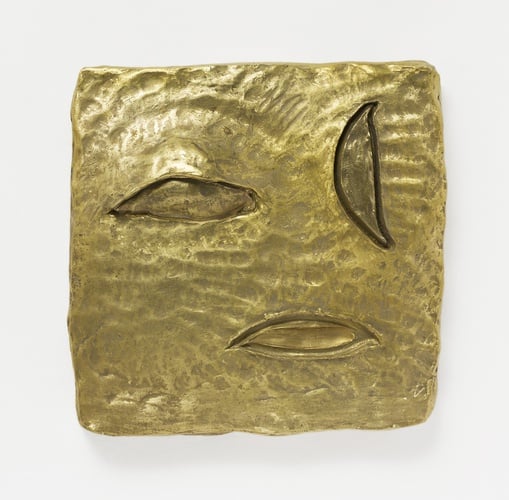
Erika Verzutti, Star Without Makeup (2015) at Alison Jacques Gallery was, the artist said, her “first time showing bronze this gold.”
Image: Courtesy Alison Jacques Gallery.
“New” / “First”
Despite the pervasive sense that it’s all been done—or maybe because of it—the insistence on newness shines through. Originality may be, as Rosalind Krauss once declared, a “modernist myth,” but it is a myth that the art industry definitely still believes in.
Thus, “new” is the 28th most popular word in the lexicon overall, appearing 888 times—more then “their,” “has,” “was,” “he,” or “its.” (This is impressive even after you take into consideration that 170 of these are paired with the word “York.”)
Occurring 425 times, “first” appears more often here than words like “can,” “what,” or “all.” The three-word phrase “the first time” alone appears no less than 59 times. Novelty may be the major unifying theme of contemporary art.
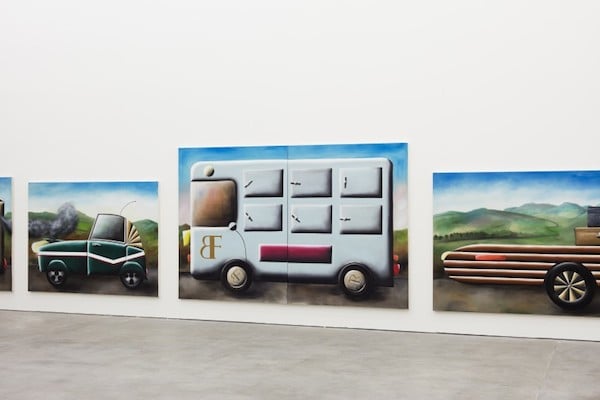
Andreas Schulze at Sprüth Magers, July 28–August 29, 2015: “Schulze’s ‘Stau’ paintings are testimony to an extremely distinctive style of painting.”
Image: Courtesy Sprüth Magers.
“Painting”
Painting is very much not dead. But how not dead is it?
Here’s a sense: There are 481 references to the word “paintings” and 427 references to “painting.” Compare that to “sculptures” (244) or “sculpture” (233); “film” (283) or “video” (185); “installation” (193); “photographs” (152); or “performance” (102).
Internet or “Post-Internet art,” while a hot topic of discussion in the art press, is a relatively modest presence by comparison in these gallery and museum press releases: “Internet” gets 42 mentions, “online” just 23, and “web” only 14. The data affirms that old fashioned unique paint-on-canvas objects are not just alive, but still very much the mainstream.
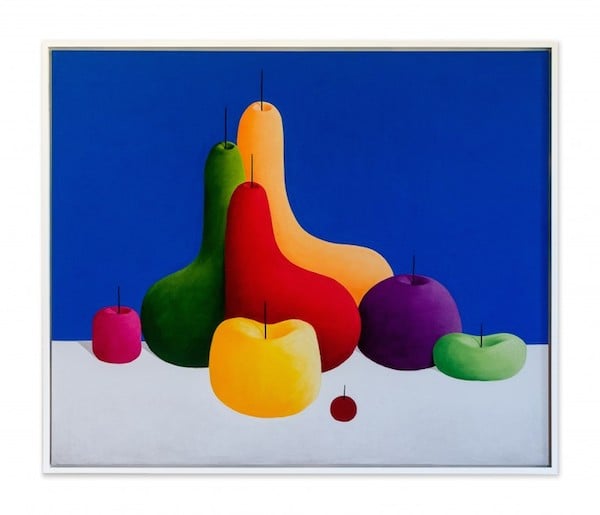
Nicolas Party at Inverleith House, was out “question the established paradigms of art history.”
Image: Courtesy Inverleith House.
“History” / “Historical”
Indeed, while “technology” seems like a big theme in our tech-obsessed present (it clocks up just 28 mentions here), more often than not it appears as if what really haunts contemporary art is “history,” a word which appears 264 times here, and which I think stands in for a kind of gravitas. “Historical” appears another 138.
There’s plenty of very specific “history” (“the complex history of the Belizean mahogany“), and, on the other end, a lot of very, very general, thematic invocations of “history” (“Neuenschwander engages concepts of history, experience and identity“). But it is “art history” and its many cognates that claim a disproportionate amount of the territory, with contemporary art’s big theme being non-contemporary art.
For example:
“David Diao has shown a profound interest in the history of abstraction”
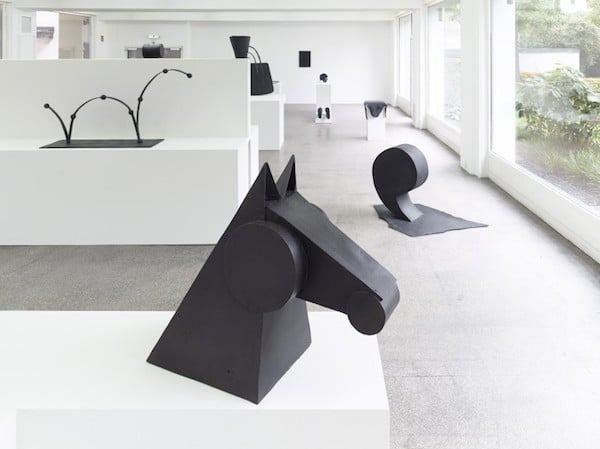
João Maria Gusmão and Pedro Paiva at Koelnischer Kunstverein, examining “our relationship to reality.”
Image: Courtesy Koelnischer Kunstverein.
“Reality” / “Real”
What’s the obsession with realness? Like “history,” I think the word “reality” hints at seriousness of purpose and a certain ambition. Although, when I search for how this term is actually used in this press release trove, what strikes me is how, more often than not, “reality” pops up only to be cancelled, put under pressure, interrogated, or discarded.
Indeed, I would say that the primary mode that “reality” appears in art is as something to be doubted. I’ll add “exploring the border between fiction and reality” to the big list of clichés.
For example:
“Zellweger has carved out a body of work that counterbalances reality and mystification…”

Keith Edmier at Friedrich Petzel, inspiring via architecture.
Image: Courtesy Petzel.
“Architecture”
One theme that leaps out at me from the data is the relatively high place that “architecture” finds itself. It appears often as a theme or sub-theme for a lot of art, as in:
“Czebatul addresses the history of architecture and its brittle lines in the present…”
“[Richard Venlet] questions the museum space and the architecture of viewing…”
Even more than this, the prominence of “architecture” owes itself to the soft site-specificity that is an insistent refrain in these press releases, which make a selling point of how artists are “responding to the architecture.”
For example:
“The exhibition aims to create a dialogue between the works and the architecture of the house…”
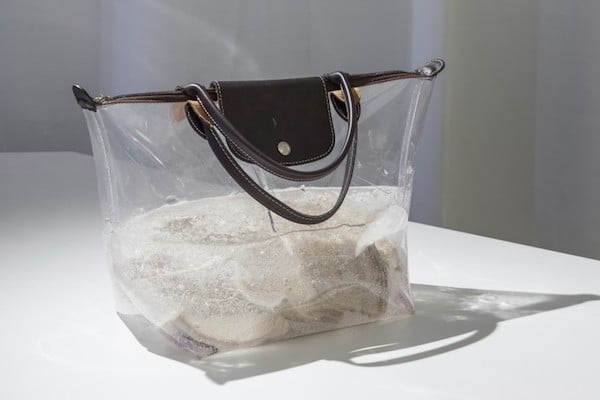
Anicka Yi’s 235,681K of Digital Spit (2010) in “THEM” at the Schinkel Pavilion, “a phantom of consumption and the beauty industry”
Image: Courtesy the Schinkel Pavilion
“Beauty”
Finally, a negative observation. “Beauty” appeared just 29 times this year on Contemporary Art Daily; “beautiful,” just 18. That’s not a lot, and looking into it, a few of the instances come in the context of fulminations against the “beauty industry,” while one claims that “Sturtevant adopted ‘the beauty of repetition’ as her artistic strategy.”
This is no surprise, since beauty is somewhat old-fashioned (not at all “new”). But I do think it says something about what you expect from contemporary art. “Beauty” is here exactly as popular as a word as “furniture” or “travel,” and comes in below “authorship” and “difficult.”
Here’s the list of the 10,000 most common words in the press releases of 2015, for your own pattern-finding activities:

